
DELIVERING SUSTAINABLE HYGIENE INFORMATION www.incleanmag.com.au July / August 2023
PEUGEOT PARTNER VAN RANGE*
Available in short and long wheelbase models, with the option of manual or automatic transmission. And soon, an efficient 100% electric model will be added to the PEUGEOT Partner line up.
CONTACT YOUR PEUGEOT PROFESSIONAL DEALERSHIP

*Some features and specifications may vary, check with your authorised Peugeot Professional dealer. Overseas model shown.
INCLEAN is published by The Intermedia Group Pty Ltd on behalf of ISSA – The Worldwide Cleaning Industry Association.
41 Bridge Road, Glebe
NSW 2037 Australia
MANAGING DIRECTOR:
Simon Grover
PUBLISHER:
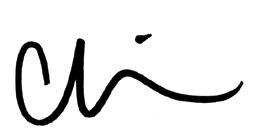
Simon Cooper MANAGING EDITOR
Claire Hibbit
Email: chibbit@incleanmag.com.au
Phone: 02 8586 6140
NATIONAL ADVERTISING MANAGER:
Samantha Ewart
Email: sewart@incleanmag.com.au
Phone: 02 8586 6106
PRODUCTION MANAGER:
Jacqui Cooper
PRODUCTION ASSISTANT:
Natasha Jara
ART DIRECTOR:
Chris Papaspiros
GRAPHIC DESIGNER:
Katy Brack
Print Post Approved Publication No. PP: 255003/09765
AUSTRALIAN SUBSCRIPTION RATE
12 months (6 issues) - $66 (inc. GST)
To subscribe call 1800 651 422 subscriptions@intermedia.com.au
The countdown is on for the 2023 ISSA Cleaning & Hygiene Expo taking place in Melbourne on Wednesday 1 November and Thursday 2 November at the Melbourne Convention and Exhibition Centre (MCEC).
This year, the event is set to be bigger and better than ever after securing a larger space at the MCEC to accommodate the growing number of participants.
In addition to the expanded space, the expo will also feature a range of interactive activities and educational sessions, allowing visitors to learn about the latest industry trends and technologies. Read more about what’s on offer at the expo on page 26.
Also in this issue, we examine some of the most talked about industry topics right now, including sustainability.
It’s clear that sustainability is now much more than a buzzword in the cleaning sector. Smart leaders are embracing sustainability – and those who do not run the risk of earning the ire of industry watchdogs and customers. Read about the key areas cleaning companies should be prioritising in their sustainability planning in our feature on page 40.
In this issue we also turn our attention to employee burnout among first responders and front-line workers. Burnout has become an issue for many industries, including the cleaning, hygiene, and restoration sectors. According to a global survey of more than 10,000 respondents, burnout among employees is on the rise internationally, especially among women, younger workers, and middle managers.
Closer to home a survey conducted last year, indicates that many Australians are struggling. In particular, employees report that their financial, physical, and mental wellness have fallen to their lowest points in more than two years.
INCLEAN is owned by ISSA
ABN: 44 617 407 020
P: +61 2 9890 4951
A: Suite 1, Level 1, 52 O’Connell Street, Parramatta, NSW, 2150 W: www.issa.com
DISCLAIMER: This publication is published by The Intermedia Group Pty Ltd (the Publisher). Materials in this publication have been created by a variety of different entities and, to the extent permitted by law, the Publisher accepts no liability for materials created by others. All materials should be considered protected by Australian and international intellectual property laws. Unless you are authorised by law or the copyright owner to do so, you may not copy any of the materials. The mention of a product or service, person or company in this publication does not indicate the Publisherís endorsement. The views expressed in this publication do not necessarily represent the opinion of the Publisher, its agents, company officers or employees. Any use of the information contained in this publication is at the sole risk of the person using that information. The user should make independent enquiries as to the accuracy of the information before relying on that information. All express or implied terms, conditions, warranties, statements, assurances and representations in relation to the Publisher, its publications and its services are expressly excluded save for those conditions and warranties which must be implied under the laws of any State of Australia or the provisions of Division 2 of Part V of the Trade Practices Act 1974 and any statutory modification or re-enactment thereof. To the extent permitted by law, the Publisher will not be liable for any damages including special, exemplary, punitive or consequential damages (including but not limited to economic loss or loss of profit or revenue or loss of opportunity) or indirect loss or damage of any kind arising in contract, tort or otherwise, even if advised of the possibility of such loss of profits or damages. While we use our best endeavours to ensure accuracy of the materials we create, to the extent permitted by law, the Publisher excludes all liability for loss resulting from any inaccuracies or false or misleading statements that may appear in this publication.
Copyright © 2023 - The Intermedia Group Pty Ltd.
In light of this growing concern, mounting pressure is being placed on leaders within cleaning and restoration businesses to implement supportive workplace solutions. We speak to experts on how employers can help play a key role in preventing employee burnout and improve overall staff wellbeing.
As the industry’s only dedicated trade magazine, we are focused on keeping the industry informed and connected. If you have a story idea, please get in touch at info@incleanmag.com.au
Happy reading,
Claire Hibbit Managing Editor

The Intermedia Group takes its corporate and social responsibilities seriously and is committed to reducing its impact on the environment. We continuously strive to improve our environmental performance and to initiate additional CSR based projects and activities.
As part of our company policy we ensure that the products and services used in the manufacture of this magazine are sourced from environmentally responsible suppliers.

This magazine has been printed on paper produced from sustainably sourced wood and pulp fibre and is accredited under PEFC chain of custody.
PEFC certified wood and paper products come from environmentally appropriate, socially beneficial and economically viable management of forests.

CHECK OUT WWW.INCLEANMAG.COM.AU
FOR
MORE INDUSTRY NEWS FOLLOW US ON
Editor’s letter
www.incleanmag.com.au 3 EDITOR’S LETTER
What’s on
2023
CMS Berlin
19-22 September 2023
The international conference and exhibition will take place in Berlin www.cms-berlin.de
ISSA Cleaning & Hygiene Expo
1-2 November 2023
Australia’s premier trade event for the cleaning and hygiene industry will be held at the Melbourne Convention and Exhibition Centre (MCEC) www.issacleaninghygieneexpo.com

ISSA Show North America
13-16 November 2023
Vegas will play host to the industry’s largest event of the year www.issa.com
2024
ISSA Pavilion China Clean Expo
March 26-29, 2024
The flagship exhibition returns to Shanghai www.chinacleanexpo.com
Interclean Amsterdam
14- 17 May 2024
Leading manufacturers and industry professionals to gather in Amsterdam www.intercleanshow.com/amsterdam/
MOST CLICKED
www.incleanmag.com.au

Health impacts of shift work exposed in new global survey
International study spanning 32 countries across six continents highlights the negative impact of shift work on the health and wellbeing of cleaners.
Study highlights importance of floor disinfection in reducing risks associated with floor hygiene Research study shows different choices of manual floor mopping materials provide different hygiene outcomes.
Melbourne office occupancy rates stabilise
Almost three-quarters of CBD-based employees have settled into a weekly routine of working from the office two to three days per week..
ON THE COVER
Quayclean Australia expands customer portfolio
Quayclean reaches agreements with six major private schools, McDonald Jones Stadium, Bendigo Magistrates Court, and The Star, Sydney.
Major Events Gold Coast teams up with Clean Vibes to reduce waste
New partnership works to reduce waste and environmental impact of popular Gold Coast festivals.
Australian manufacturers set to expand production
Australian manufacturers expect to increase production volumes in the next 12 months, according to new CBA Manufacturing Insights Report.
Central Cleaning Supplies advances with more industry leading innovations from LionsBot including the new R3 Vac, R3 Scrub Pro, and the R12 Rex Scrub. See what’s new from Central Cleaning Supplies in this issue’s cover story on page 16.
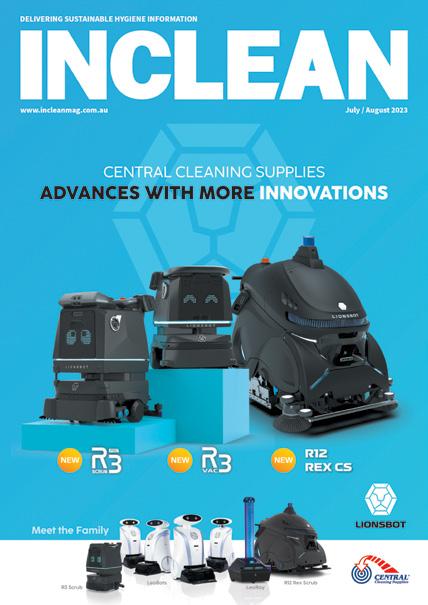
4 INCLEAN Jul / Aug 2023



Features 26 ISSA Cleaning & Hygiene Expo A preview of this year’s ISSA Cleaning & Hygiene Expo in Melbourne 34 Robot chores How automation and artificial intelligence is helping ease labour shortages 40 Get your head around a sustainability mindset Smart leaders in the cleaning sector are embracing sustainability 50 Safety comes first Companies must commit to rigorous safety and training measures 60 Sick and tired of it all – why bosses must tackle employee burnout Employee burnout is putting pressure on leaders to implement supportive solutions 50 60 Regulars 03 Editor’s letter 12 Industry news 16 Cover story 78 Opinion 83 Products
ISSUE ISSUE #4 VOLUME 36 JULY / AUGUST 2023 64 Unmasking the industry: RIA Australasia Inc Conference and Tradeshow Highlights from the RIA Australasia Inc Conference and Tradeshow 68 Germs in buildings Dr Gavin Macgregor-Skinner examines why, when, and how 72 Embracing software automation Unlocking efficiency and growth for cleaning companies 74 Reshaping distribution centres and warehouses The transformation continues in the world of robotics and the supply chain 34 74 www.incleanmag.com.au 5
IN THIS
AUSTRALIA’S ONLY DEDICATED CLEANING AND HYGIENE EVENT
AN EVENT NOT TO BE MISSED
More than 90 local and international exhibitors showcasing their latest products, services and innovations
The education program will run over two days and feature 40 speakers, 16 freeto-attend speaker sessions, plus onsite workshops
Explore key topics such as technology and innovation, infection prevention, cleaning for health, supply chain, environmental and sustainability needs and workforce development


A 33% increase in the show floor making this the largest ISSA Cleaning and Hygiene Expo to date
An opportunity for companies to bring their teams to broaden industry knowledge and support employee development
Network with industry manufacturers, distributors and wholesalers at the exhibition hall or during informal networking events
Learn the best industry practices and uncover the latest innovations at the INCLEAN EXCELLENCE AWARDS 2023

FREE TO ATTEND REGISTER NOW!


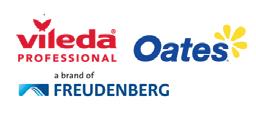
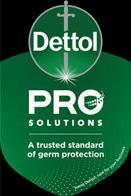

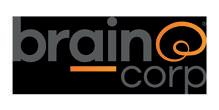


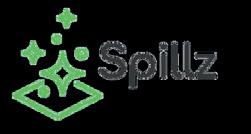
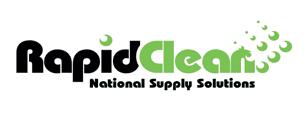

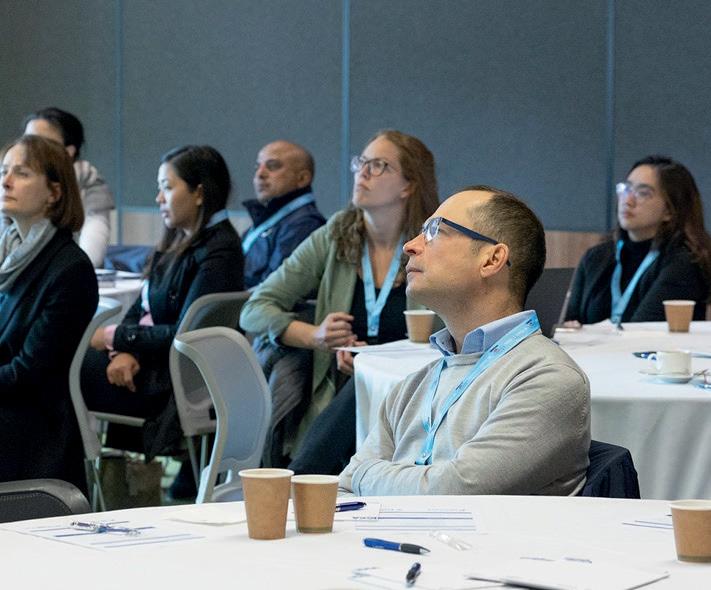

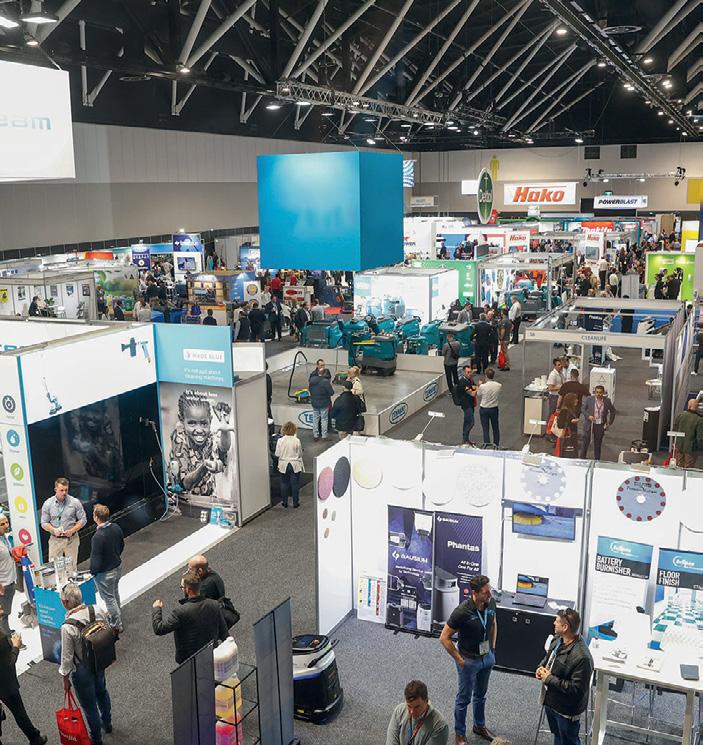
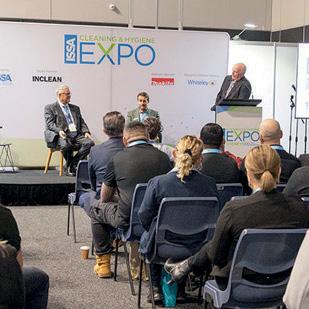
Call: 1300 789 847 Email: info@interpoint.com.au issacleaninghygieneexpo.com � B uilding Service Contractors � Facility and Building Management � Manufacturers and Suppliers � Carpet Cleaning and Restoration � Retail and Hospitality � Venue and Event Management � Residential Cleaners and Window Cleaners � Healthcare and Aged Care Representatives � Hotel Management and In-house Service Providers � Government and Educational Representatives � Travel and Transportation � Infection Prevention and Indoor Air Quality Representatives AUDIENCE OWNED BY GOLD SPONSOR MEDIA PARTNER COFFEE CART SPONSOR PLATINUM SPONSOR SILVER SPONSORS 1-2 NOVEMBER 2023 THINK CLEAN. EXPERIENCE CLEAN.
The innovative
TruShot 2.0™ Mobile Dispensing System
No mixing, no measuring, no stopping
The new and innovative TruShot 2.0™ Mobile Dispensing System from SC Johnson Professional keeps crews moving with its portable system that simplifies dilution dispensing and replaces wall-mounted or other concentrate dispensing systems.
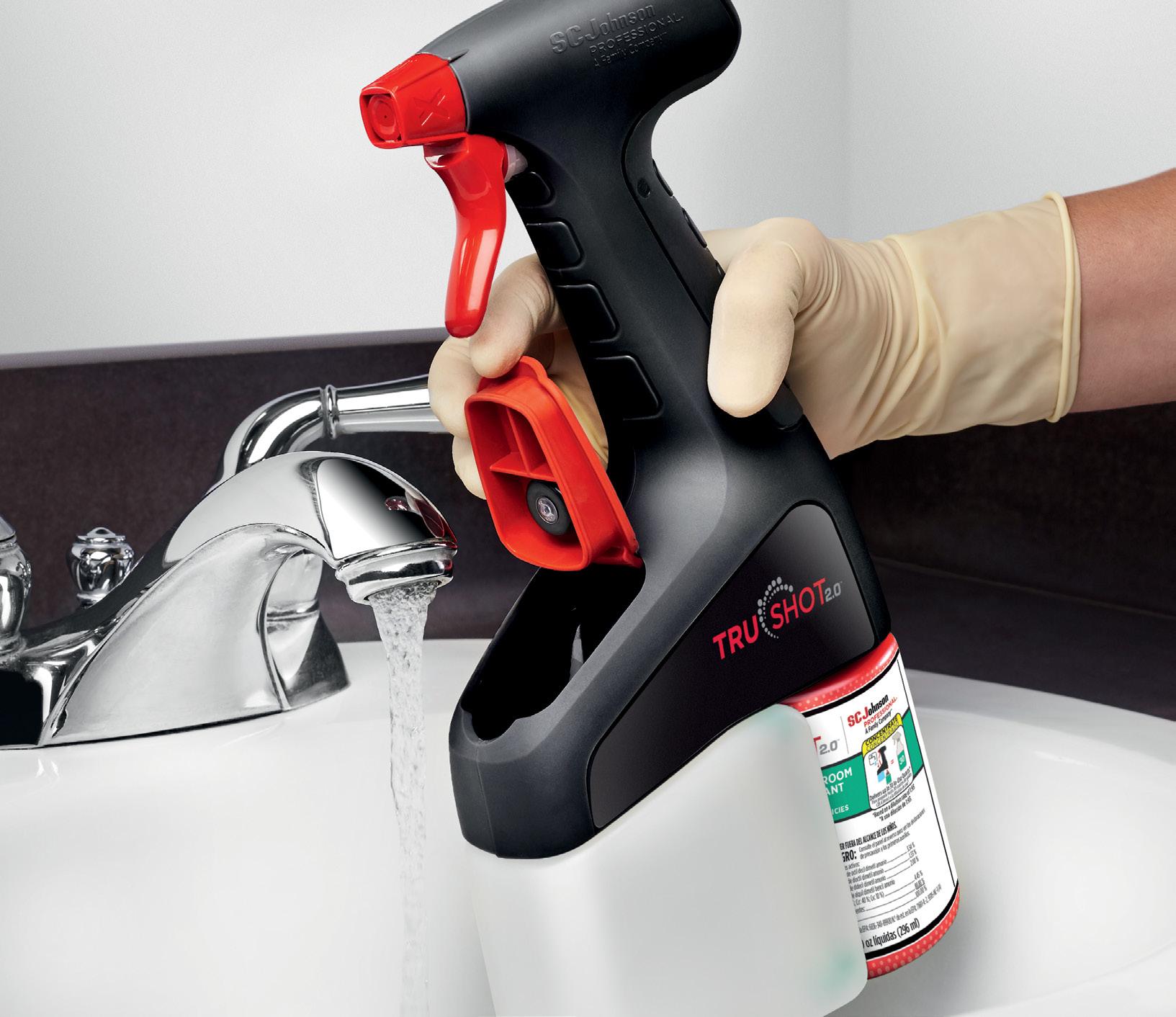
The TruShot 2.0™ Mobile Dispensing System is one of the latest innovations from SC Johnson Professional and is built on the company’s deep understanding of customer needs and a vision for rethinking the professional experience with the user in mind.
The intuitively designed TruShot 2.0™ Mobile Dispensing System delivers effective chemistries at optimised dilutions in one, easy to use system,
that will have cleaning crews trained and using the system in minutes.
The portable dilution dispensing system delivers effective chemistries at optimised dilutions and also can be filled at any unheated water source, saving time by reducing re-supply trips to the service closet. The system also reduces cart preparation and clean-up with no-spill cartridges.
The SC Johnson Professional purpose is to bring innovative, quality products, and services to professional markets with outstanding performance that respect the environment, create efficiencies, reduce inventories, simplify training and provide a positive user experience.
8 INCLEAN Jul / Aug 2023 SPONSORED
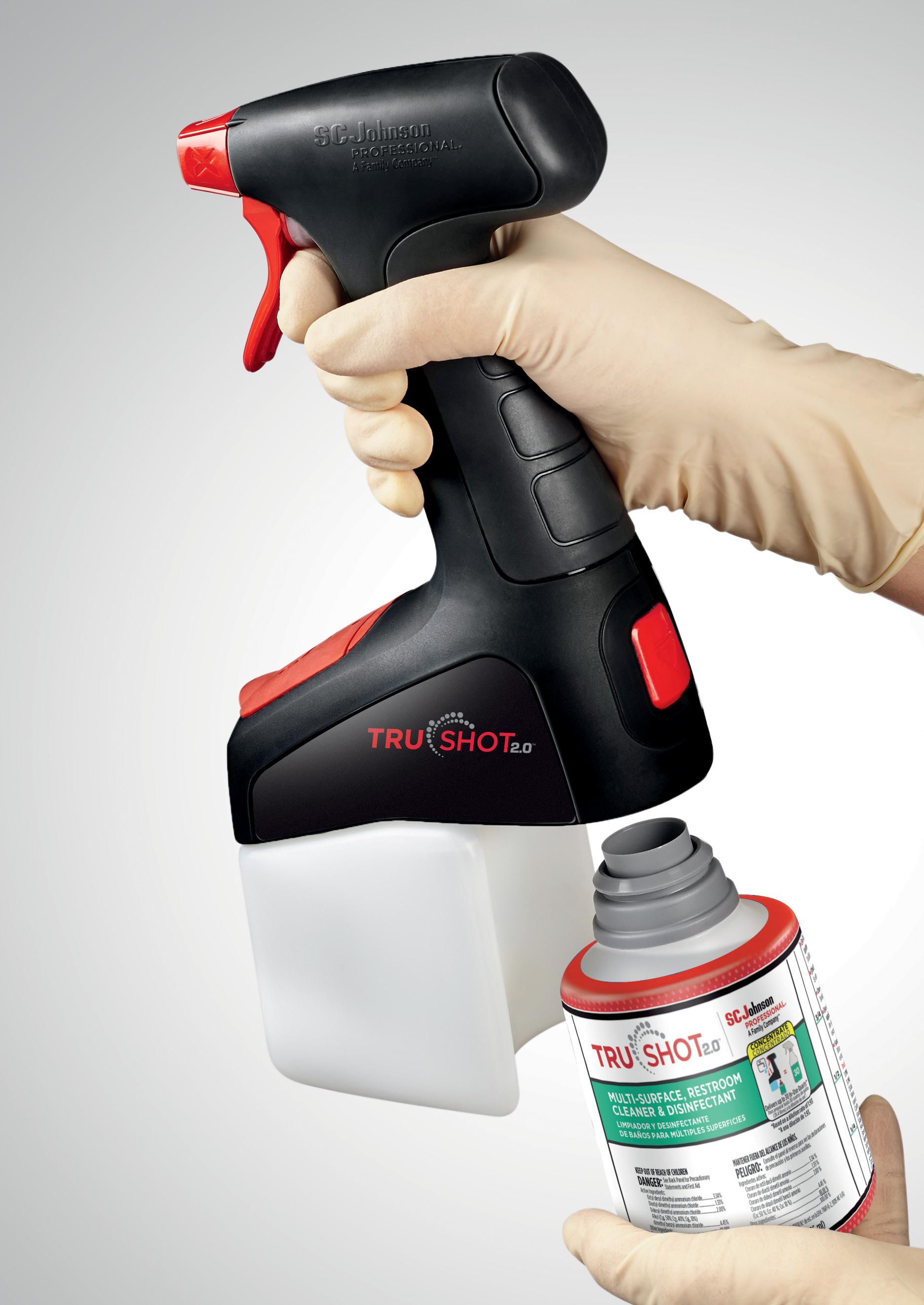
“
” SPONSORED www.incleanmag.com.au 9
The TruShot 2.0™ Mobile Dispensing System is one of the latest innovations from SC Johnson Professional and is built on the company’s deep understanding of customer needs and a vision for rethinking the professional experience with the user in mind.
ONE TRIGGER IS ALL YOU NEED
The TruShot 2.0TM Mobile Dispensing System fills anywhere, is fully intuitive, and requires no mixing, no measuring and no stopping. Thus, training crews in minutes is easy.
The TruShot 2.0™ Mobile Dispensing System comes with the trigger dispenser that works with multiple concentrate cartridges to allow users to efficiently clean facility restrooms, kitchens, and more.
The system also includes three essential cleaning chemicals:
1. Glass & Multi-Surface Cleaner - Removes dirt, grease, oils, dust and grime. Ideal for daily cleaning of a variety of surfaces including glass, windows, mirrors, aluminum, and walls.
2. Restroom Cleaner - Penetrates to remove tough soap scum, hard water, limescale, dirt, grime and oils. Effective cleaning of toilets, tile, tubs, walls, sinks, faucets, countertops, glass and glass shower doors.
3. Power Cleaner and Degreaser - Powerful non-butyl, alkaline formulation with soil-lifting surfactants for exceptional cleaning. Effectively removes adhesives, oils, grease, baked-on oven soils, dirt and grime. Ideal for a variety of hard nonporous surfaces.
In addition to these products, the TruShot 2.0™ system includes two disinfectants:
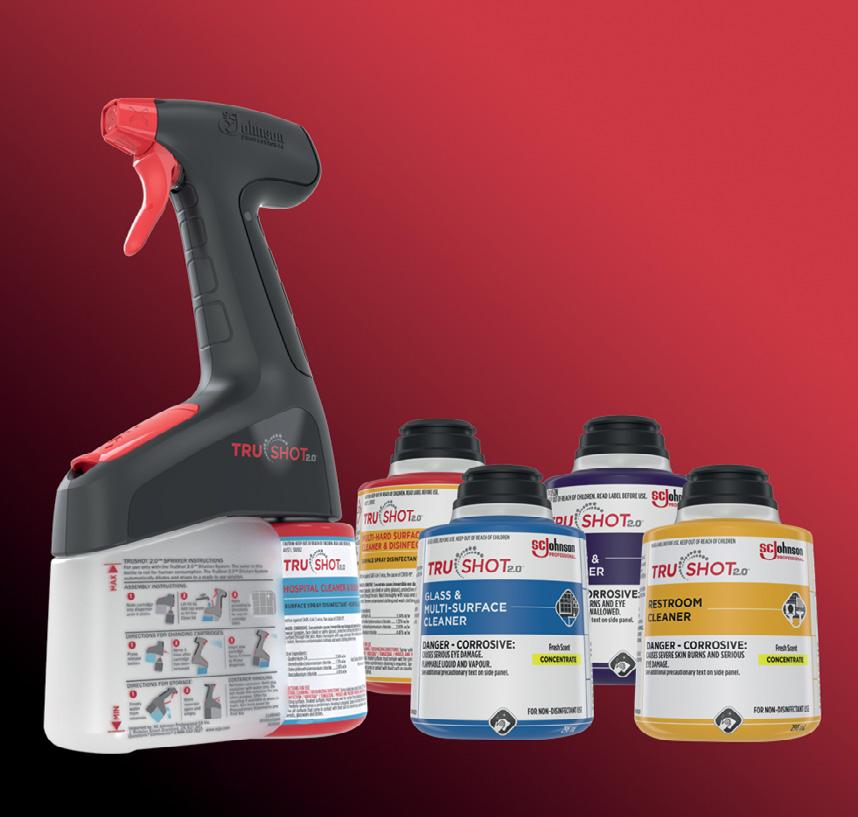
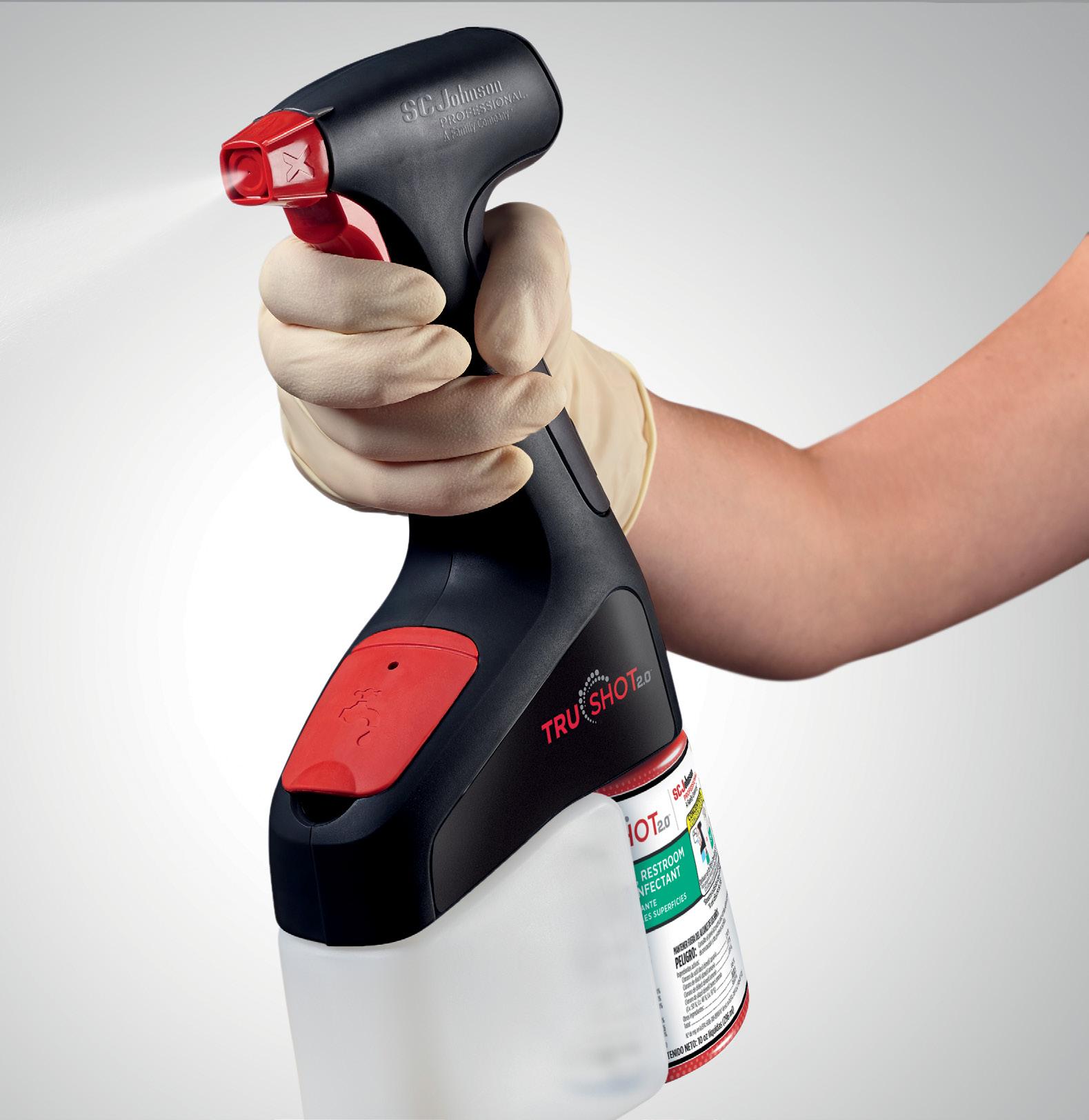
1. Multi-Surface, Restroom Cleaner & Disinfectant - One-step disinfectant for non-porous restroom surfaces. Effective against a broad spectrum of bacteria, viruses, fungi and inhibits the growth of mould and mildew. Use on washable hard, non-porous surfaces of toilets, tubs, tiles, walls, doorknobs, garbage cans, exterior appliances, tables, chairs, desks and countertops. This product kills 99.9% of bacteria in 15 seconds on hard, non-porous, non-food contact surfaces.
2. Hospital Cleaner & Disinfectant -
An effective one-step spray and wipe virucide and disinfectant. Effective against a broad spectrum of bacteria, viruses, fungi and inhibits the growth of mould and mildew. Use on washable hard, non-porous surfaces of: countertops, stainless steel, sinks, tubs, doorknobs, finished floors, walls, garbage cans, chairs, cabinets and tables. The disinfectants are effective against SARS-CoV-2, the virus that causes COVID19, when used as per label instructions. The colour-coded and easy-to-read cartridges simplify compliance, reduce off-label usage, and deliver the comparable clean of up to 41 in-use litres depending upon chemistry. Over the life of this TruShot 2.0TM trigger, using TruShot cartridges will result in at least a 93% reduction in the use of plastic versus using equivalent ready-to-use litre bottles with sprayers.*
The innovative TruShot 2.0™ Mobile Dispensing System and has been designed with sustainability in mind. ■
“
”
The intuitively designed TruShot 2.0™ Mobile Dispensing System delivers effective chemistries at optimised dilutions in one, easy to use system, that will have cleaning crews trained and using the system in minutes.
10 INCLEAN Jul / Aug 2023 SPONSORED
*Based upon a litre bottle with sprayer containing 69 grams of plastic.


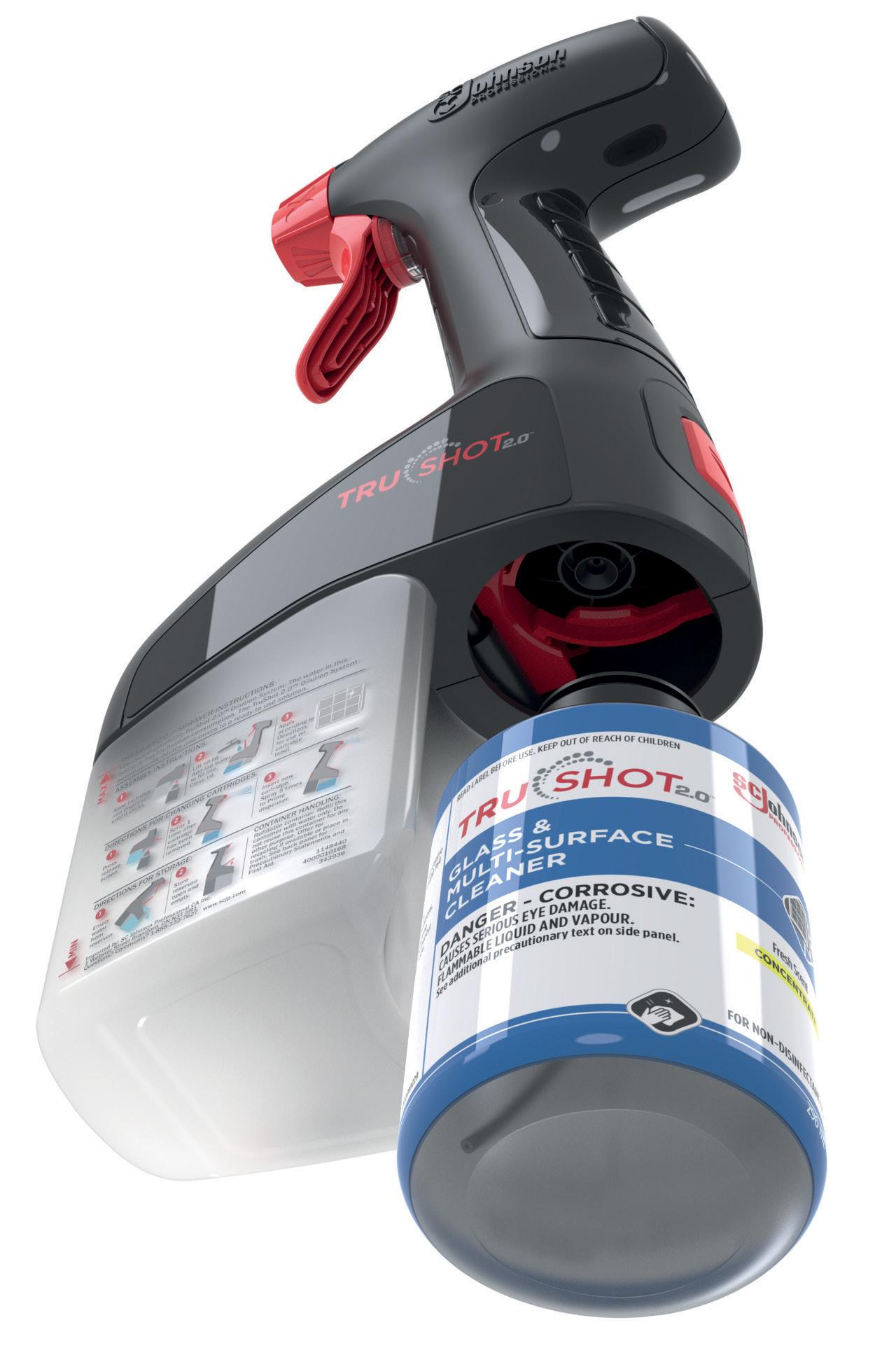


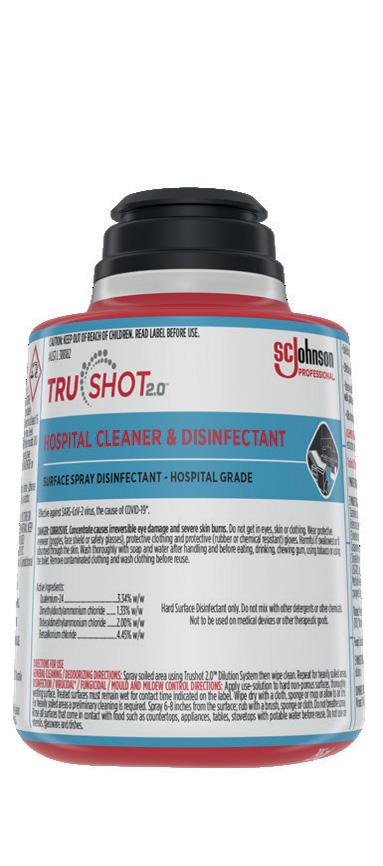
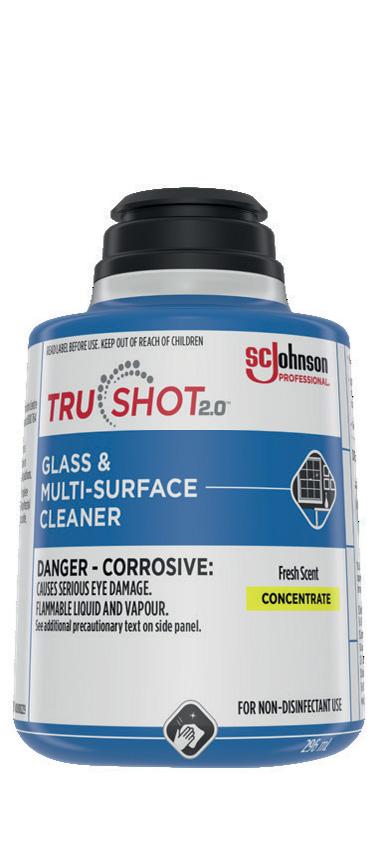
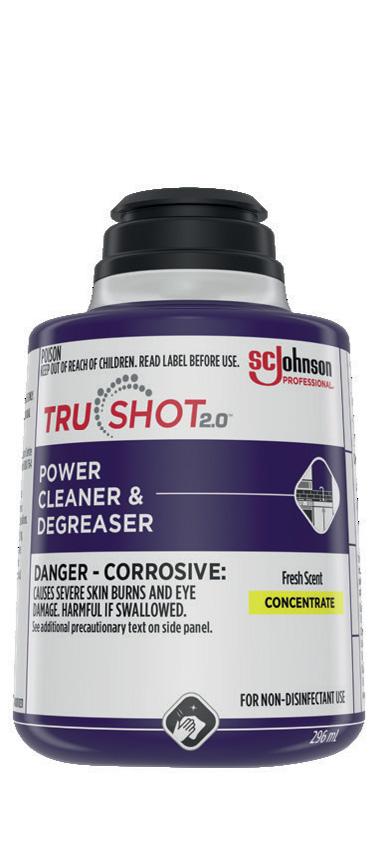
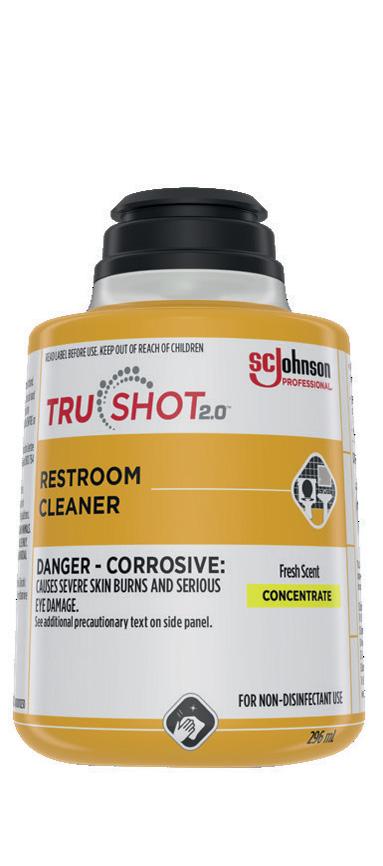
THE EASE OF A READY TO USE. THE BENEFIT OF A DILUTION CONTROL SYSTEM. TRUSHOT 2.0™ FOR CLEANING AND DISINFECTING FACILITIES MOBILE DISPENSING SYSTEM Delivers chemistries at optimised dilutions automatically **One cartridge of TruShot 2.0™ Glass & Multi-Surface Cleaner cartridge = up to 41 in-use litres Scan QR code to learn more or visit www.scjp.com TruShot 2.0™ delivers up to 41 in-use litre** equivalents per cartridge.* *In-use litre equivalents vary by product. Check product information sheet for in-use litre equivalents. Use only as directed. Read product label for further information. TruShot 2.0™ Multi-Surface, Restroom Cleaner & Disinfectant, TruShot 2.0™ Hospital Cleaner & Disinfectants are effective against SARS-CoV-2 virus (2019 Novel Coronavirus), the cause of Covid-19.
Polivac releases new two product innovations
Polivac has launched two new product innovations, the Polivac Carpet Spotter and the Mini Terminator Carpet Extractor.
“These state of art devices promises to revolutionise carpet and upholstery cleaning by making it more efficient and effective,” the company said.
ISSA Cleaning & Hygiene Expo welcomes Dettol Pro Solutions and Brain Corp as 2023 event sponsors
The ISSA Cleaning & Hygiene Expo has welcomed Dettol Pro Solutions as a returning Gold Sponsor and Brain Corp as a Silver Sponsor of the upcoming event in Melbourne.
The ISSA Cleaning & Hygiene Expo, which has established itself as the leading event for showcasing the latest innovations in the cleaning and hygiene industry, will be held on 1-2 November at the Melbourne Convention and Exhibition Centre (MCEC).
Jonathan Weiss, commercial director for global business solutions EUANZ at Reckitt, shared that the company is excited about once again showing its support for cleaners and facility managers alike.
“As a returning Gold Sponsor we recognise the expo as a wonderful opportunity to connect with industry partners, distributors and potential clients while demonstrating our comprehensive hygiene and cleaning solutions,” Weiss said.
“Our products help protect workspaces, and businesses, through efficacious and efficient cleaning and hygiene protocols. We’re not only able to provide confidence when it comes to cleanliness and hygiene, but also to help ensure that businesses can help protect the public and their staff from the spread of germs. It’s very important for our brand to take an active role in this major event.”
Andrew Dillon, business development ANZ, Brain Corp, said the company
is honoured to be a sponsor of the upcoming event.
“As a new sponsor, we are filled with enthusiasm and anticipation for the incredible opportunities that lie ahead,” Dillon said.
“As the recognised global leader in autonomous mobile robots (AMRs), Brain Corp are dedicated to pushing the boundaries of cleaning technology through our innovative robotics and AI software solutions.
“Being part of the expo allows us to introduce our brand, products, and vision to the industry, support our strategic partners, while connecting with professionals who share our commitment to advancing the field of cleaning and hygiene.
“We look forward to forging new partnerships, expanding our network, and making a lasting impact within the cleaning industry.”
This year the event has secured a larger space at the MCEC, to accommodate the growing number of participants. The 33 per cent increase in hall space will provide even more exhibitors with the opportunity to showcase their products and services on a larger scale, allowing them to reach a wider audience and engage with more potential customers.
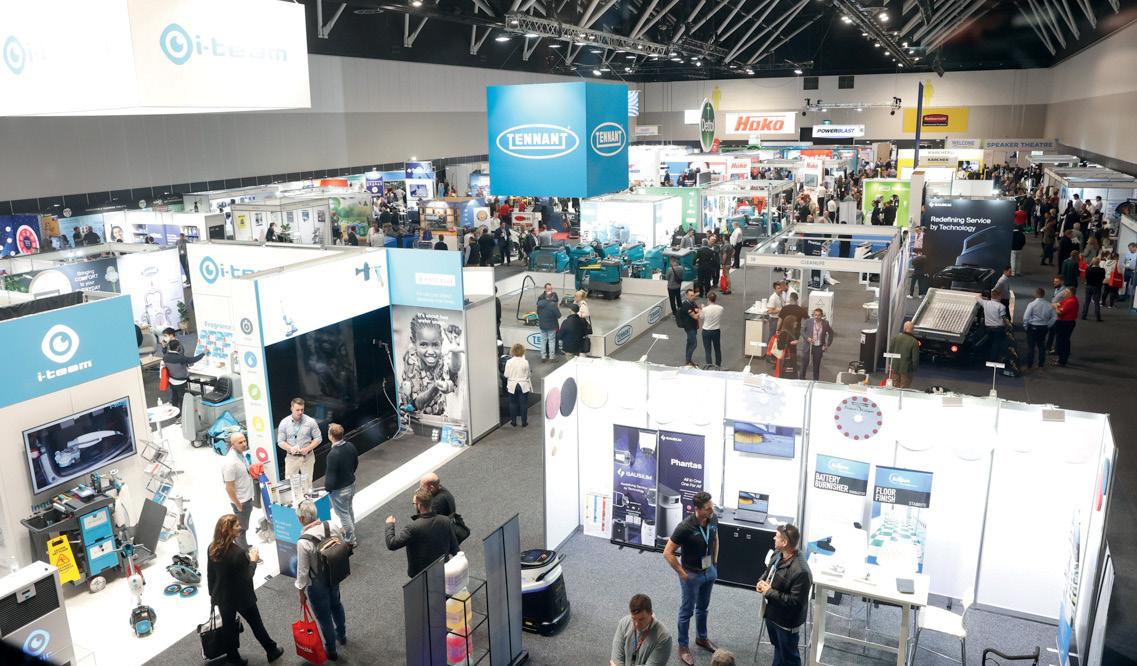
Registrations for the 2023 ISSA Cleaning & Hygiene Expo are now open, to register visit www.issacleaninghygieneexpo.com.
To book exhibitor space contact Samantha Ewart sewart@incleanmag.com.au.
The new Polivac Carpet Spotter has been designed to deliver efficiency and power in a small package. Compact size, manoeuvrability, and light weight make it ideal for spotting and quick cleaning of small, carpeted areas, upholstery, and auto interiors. Servicing of this machine is less complicated, and the design makes it easy to access the vacuum motor and the pump with removal of just couple of screws.
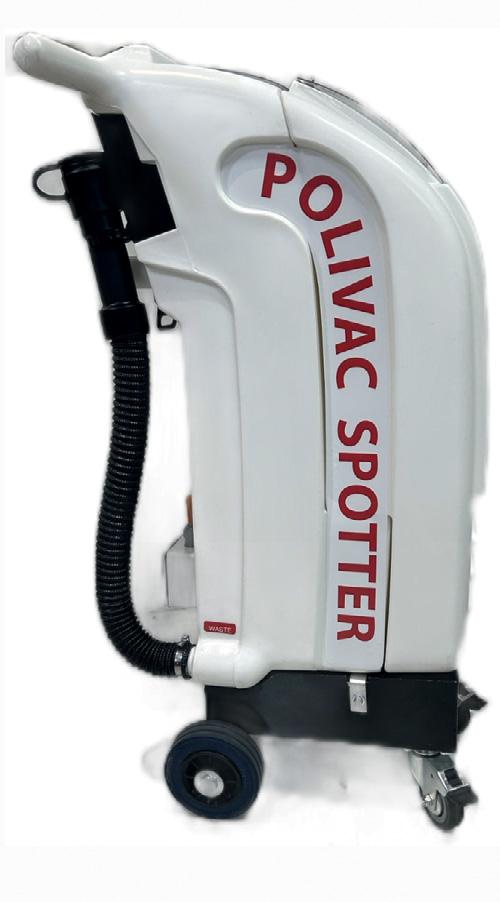
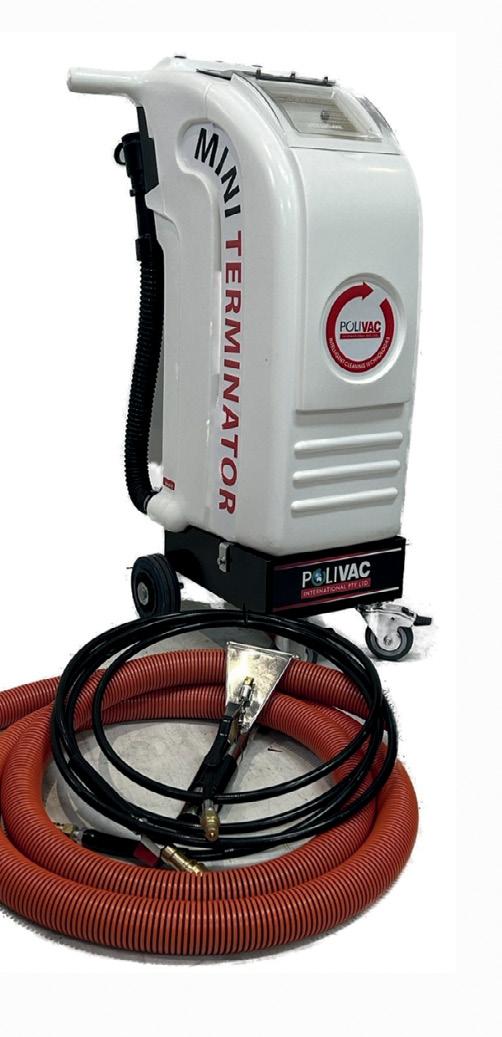
The new Mini Terminator has been designed to deliver similar performance to a standard carpet exactor. Its design is compact and easy to manoeuvre and light in weight compared to a standard carpet extractor. It is equipped with advanced technology that allows it to remove stains quickly and easily from all types of carpet materials, including wool, nylon, and polyester.
The compact design of the machine, pump and vac motor are designed to extract dirt and debris from deep within the carpet fibres. This machine is also designed to be easy to use, with intuitive controls that allow users to quickly and easily adjust the settings to suit their specific cleaning needs.
“Overall, we believe the new Polivac Carpet Spotter and Mini Terminator promises to be a game-changer in the Australian cleaning industry,” the the company said.
12 INCLEAN Jul / Aug 2023 INDUSTRY NEWS
TEAM Software welcomes new APAC director of growth
TEAM Software has announced the appointment of Luke Williams as the new director of growth for the APAC region.
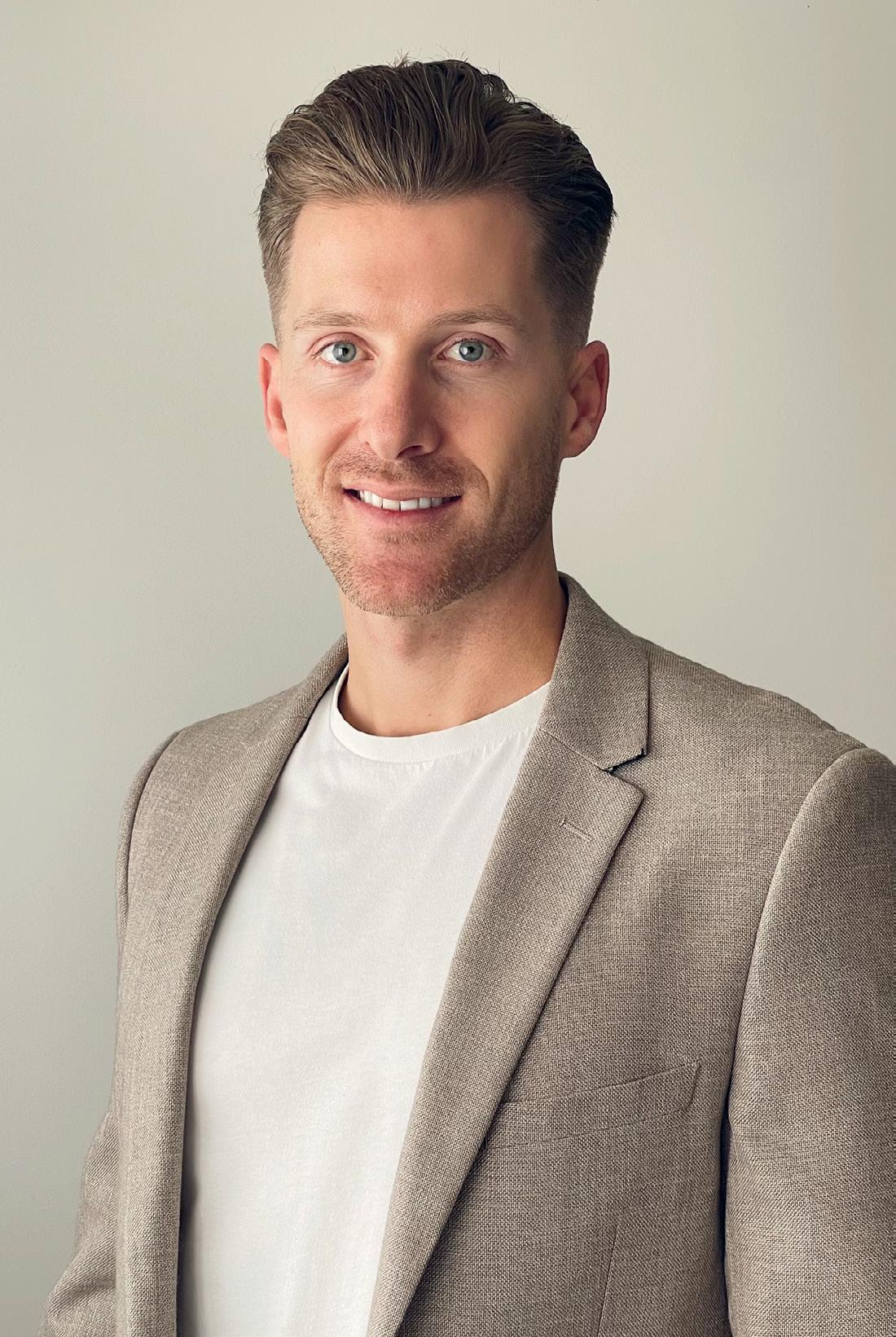
Williams brings over 10 years’ experience in the building, construction and field service industry. Specifically, Williams has been a senior executive in the health and safety, compliance and contractor management software industry for the past four years, helping to develop and rapidly expand digital adoption through building companies, contractors and trades businesses.
With a strong background in business and people management, Williams has successfully expanded business operations in new markets, led business turnarounds and steered acquisition integrations. He is passionate about driving change in the field service industry more broadly, using improved communication, efficiency and systems management to support diversity and technology innovations.
As a company committed to being the leading global provider of innovative technologies and expertise, TEAM Software by WorkWave’s core values align perfectly with Williams’. With his experience, he’s excited to champion TEAM Software’s solutions – both proven and emergent – to the essential cleaning and facilities management industries.


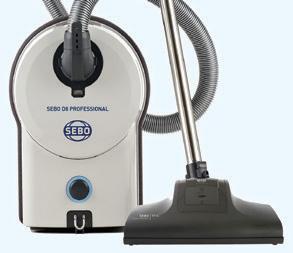
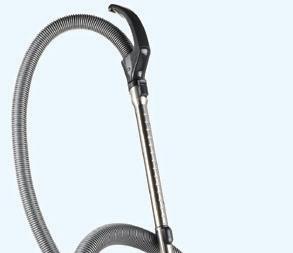

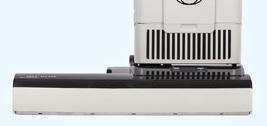


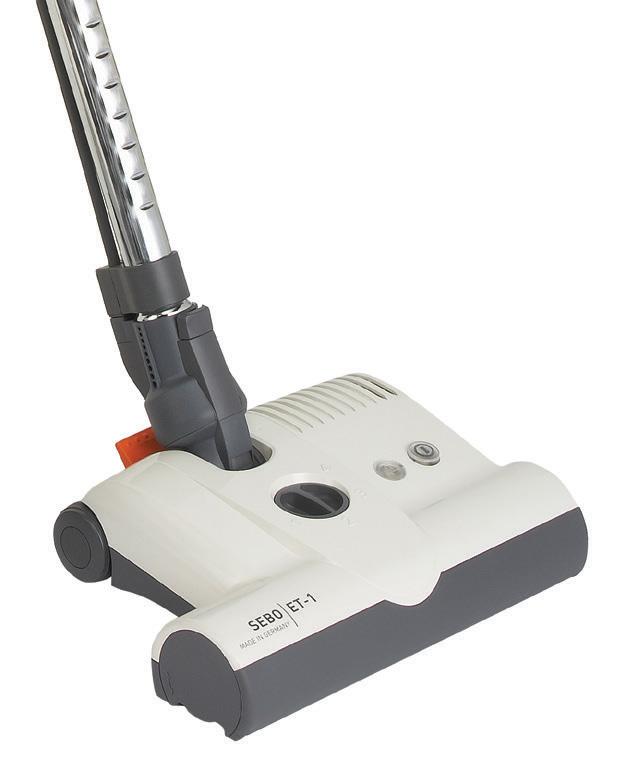
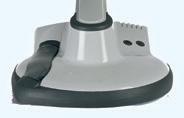
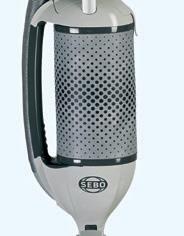

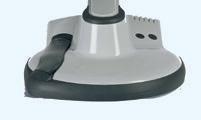
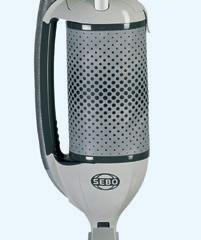
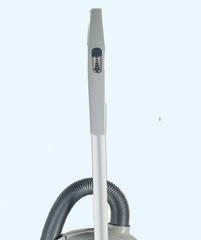
“I am excited to be joining the WorkWave family and look forward to serving both new and existing customers as we continue to rapidly grow in the region,” said Williams.
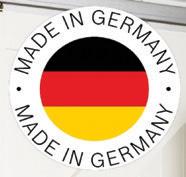
“TEAM Software already has an impressive team on the ground in APAC and a fantastic customer base, who can no doubt benefit from the broader suite of WorkWave products to leverage their own growth. I look forward to working with the industry to unlock efficiencies, improve current systems and capitalise on the opportunities in front of us all.”
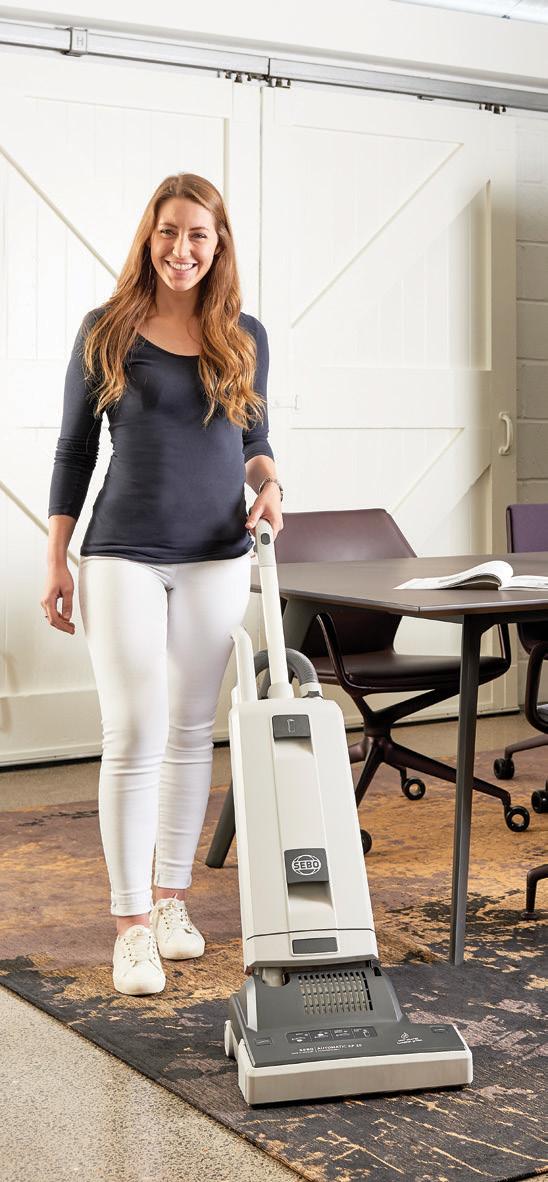
CLEAN
sebo.com.au POWERHEADS | UPRIGHTS | BARRELS | CRB MACHINE | POLISHER | ACCESSORIES www.incleanmag.com.au 13 INDUSTRY NEWS
FLOOR | CLEAN AIR FLOORCARE FOR BETTER IAQ
Sabco Professional - a new market focus
Originally known as the South Australian Brush Company, Sabco has existed as a cleaning products brand for more than 130 years. More tellingly, despite the highs and lows of over five generations in business, Australians now hold the Sabco brand in higher regard that at any time in its history.
In contrast to the brand’s recent success in the consumer market, however, Sabco’s growth in the professional sector has been more measured. And while the pandemic led to a logical surge in demand across the sector, challenges in supply and logistics have also been long term inhibitors of growth.

In late 2022 CEO, Herman Verhofstadt, reinforced Sabco’s commitment to the commercial marketplace, re-aligning the business to better meet the needs of the professional cleaning sector.
The project began with a broad research program – a detailed enquiry into the current and projected needs of the sector, as well as current brand perceptions in relation to Sabco’s overarching product and service offerings.
Part of this was the need to sharpen Sabco’s focus towards key markets of large national and medium to large distributors.
“We’d spread ourselves too thin,” said Verhofstadt.
“Not only did we need to focus our energies on those sectors where quality and support are most meaningful, but we also needed to understand those customers better – how the demands on their businesses had changed and how we could help address their business challenges.”
So, what does the new Sabco Professional look like?
Among other developments, Sabco has bolstered its dedicated professional team with industry experts and streamlined its dedicated customer service team to ensure increased responsiveness, enabling enquiries or concerns to be quickly and decisively addressed.
“At the end of the day, we’re here to make life easier and more productive for our Sabco Professional customers.” said Verhofstadt.
“After all, Sabco really is how Australia cleans.”
Diversey ANZ announces appointment of Australian and New Zealand country lead
Diversey ANZ has announced the appointment of Michelle Miles as Australian and New Zealand Country Lead.
Miles has been part of the Diversey team for more than 12 years working in multiple countries including South Africa and New Zealand, and is excited to take on this new role, her appointment will primarily require her to lead the Australian team.

Miles said she was looking forward to moving the Diversey ANZ business into the future.
“Leadership is my passion and I believe in the attributes of being decisive, forthright, results orientated and an empowerment advocate,” Miles said.
“In Australia we have expanded our operations with the new plant in Victoria to better serve our key markets. After the pandemic we remain focused on serving the needs of our customers with better solutions and products that will help them win in the marketplace. I am thrilled by the opportunity to lead the business.”
Diversey is a global provider of commercial cleaning, sanitation, and hygiene solutions. The company employs approximately 9000 people globally, generating annual net sales of approximately $2.7 billion.
INDUSTRY NEWS
14 INCLEAN Jul / Aug 2023
Make first impressions count with Motorscrubber’s BLADE




First impressions count, especially when convincing someone to part with their hard-earned money. Studies show that 84 per cent of shoppers place significant value on the physical environment of a store, whilst a further 64 per cent said they have previously left a store because of its poor appearance.
Your cleaning methods are also under scrutiny, as the obvious use of dirty mops would influence almost two-thirds of people to view a business negatively. Not keeping on top of your cleaning routine is a surefire way to lose your customers, as they instantly associate your store with poor standards and disappointing quality.
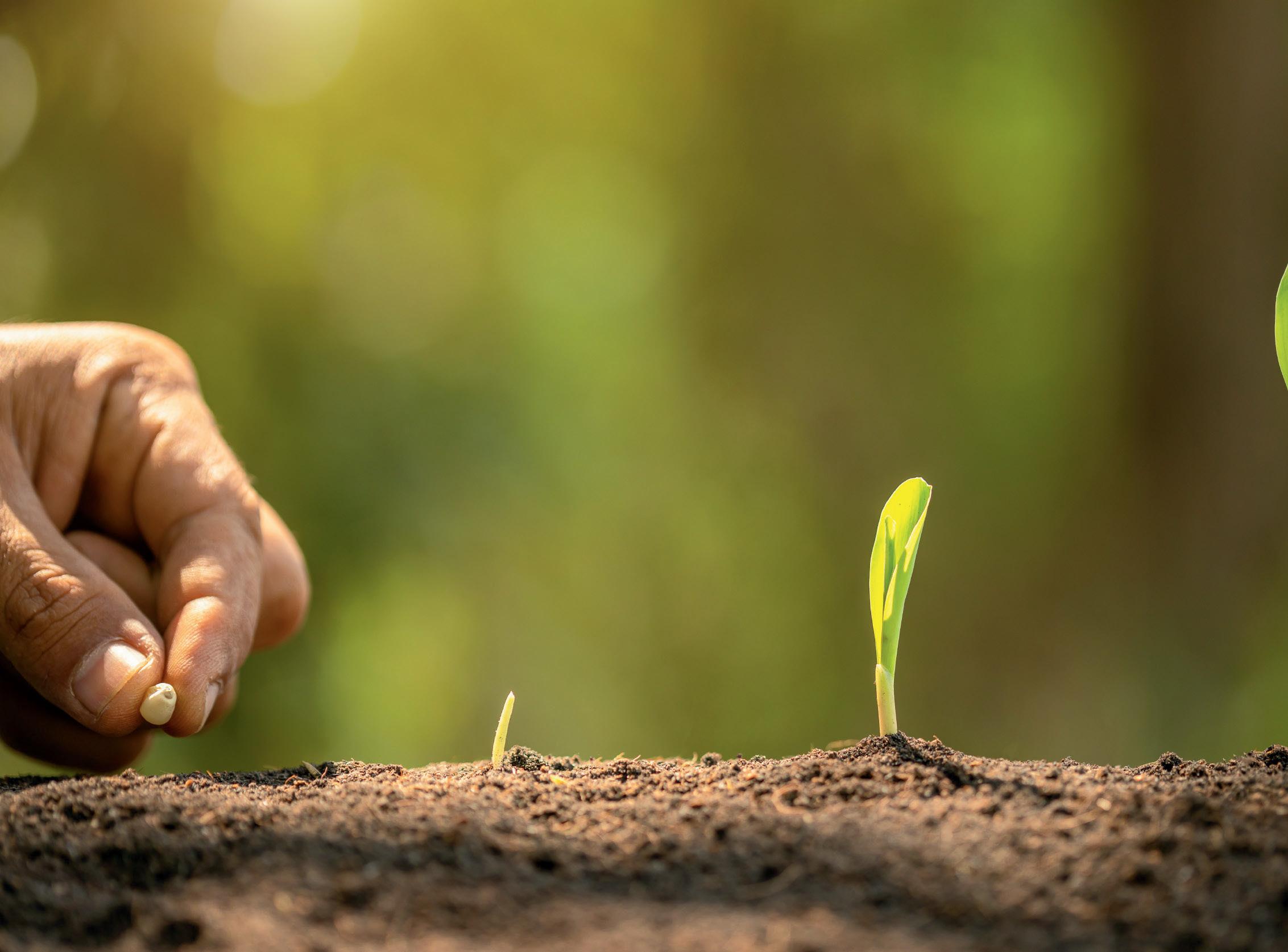
A study by Leeds Beckett University found that the tools used to clean floors were key culprits in spreading bacteria. Floors were more infested with bacteria after mopping using a traditional string mop. Bacteria either remains on the ‘cleaned’ floor, or is transferred to the mophead itself, where it festers, multiplies and then contaminated the next floor you want to ‘clean’. Once heavily contaminated, string mops will begin to fall apart due to bacterial decomposition.

Exert up to 80x more pressure to remove more dirt every time with BLADE. MotorScrubber’s thoughtfully designed mop alternative has a precise power squeegee blade to tackle grout lines and tight edges, whilst speeding up your cleaning process for central floors.
Eliminate the need for dirty buckets of contaminated water with BLADE’s fluid injection handle, which holds up to 0.7l of water or cleaning solution; quickly delivered via three power spray jets at the push of a button. And customise your BLADE with a range of reusable ultra-microfibre cloths to scrub, clean or absorb.
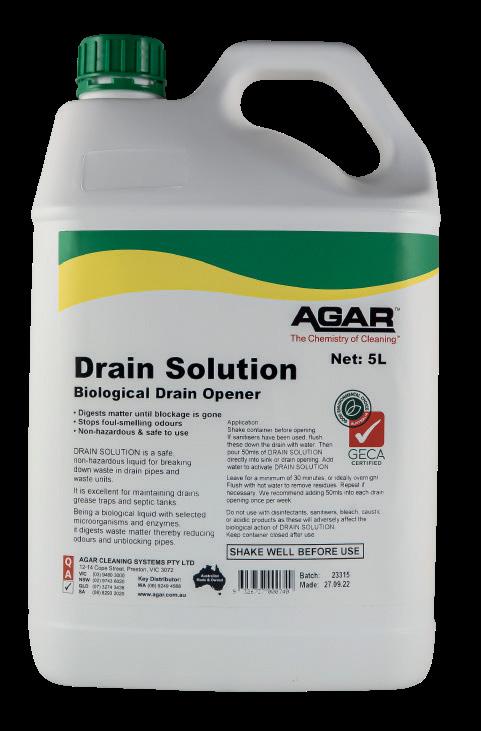
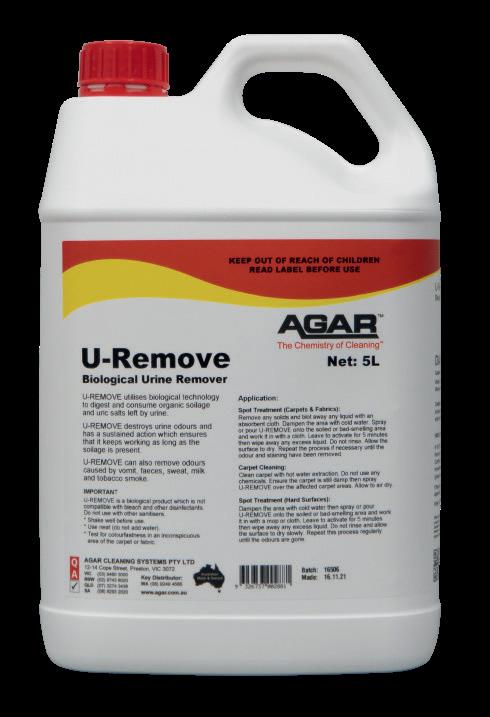
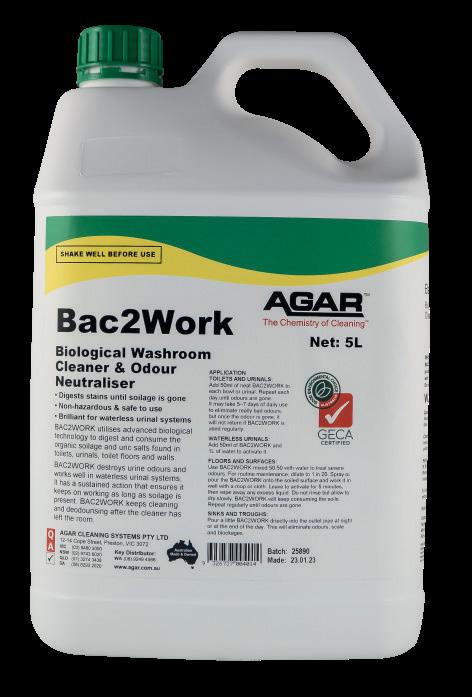
www.agar.com.au sales@agar.com.au 1800 301 302 | | AGAR’S BIOLOGICALLY ACTIVE RANGE CLEANING THE SUSTAINABLE WAY NON HAZARDOUS & SAFE TO USE KEEPS DIGESTING SOIL OVER TIME NO ADVERSE EFFECT ON SURFACES BREAKS DOWN ALL BACTERIA HALF Page H - May- Biologically Active Range.indd 1 25/05/2023 1:11:13 PM www.incleanmag.com.au 15 INDUSTRY NEWS

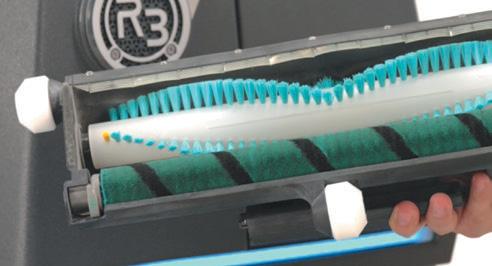

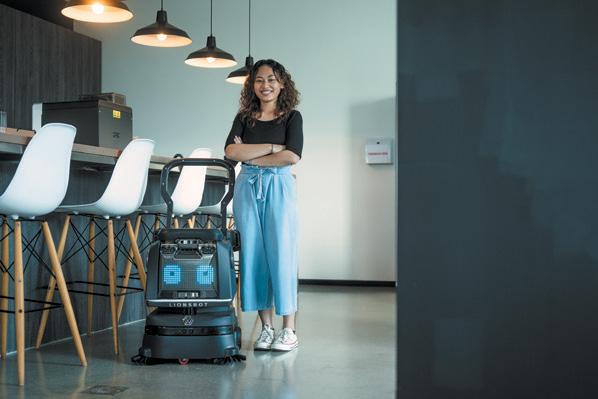

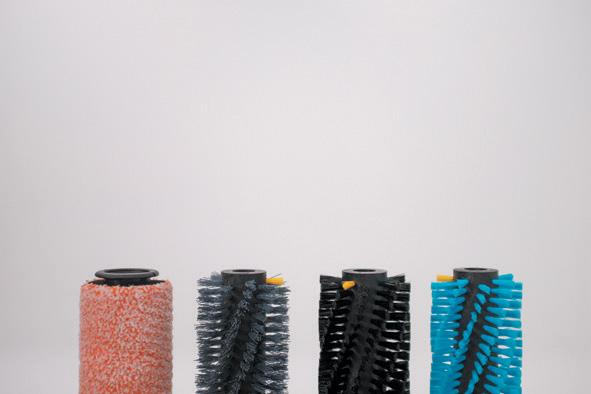
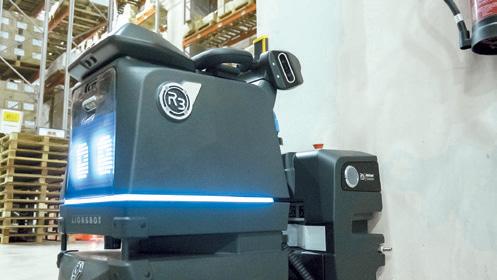

COVER STORY
Advanced Specialized Equipment appointed ANZ master distributor for Legend Brands Restoration
Advanced Specialized Equipment has been appointed master distributor for Dri-Eaz, Prorestore, Prochem and Chemspec across Australia and New Zealand, effective immediately.
The agreement includes Legend Brands Restoration (Dri-Eaz) and its brands of chemicals which covers, Pro Restore, Chemspec, Prochem, OdorX and Unsmoke.
Whiteley Corporation celebrates 90th anniversary
Australia’s largest manufacturer of sterilants, disinfectants and healthcare cleaning technologies, Whiteley Corporation has celebrated its 90th anniversary.
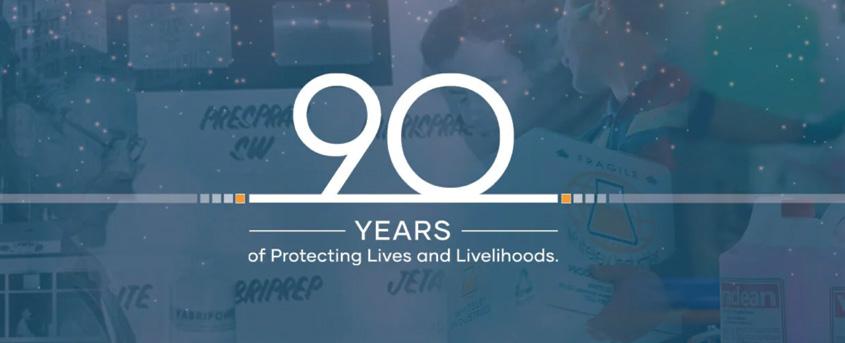
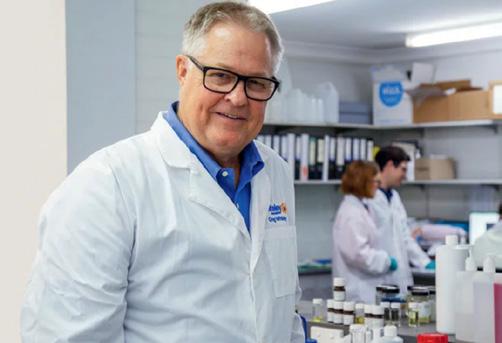
Founded in 1933 as the Australian General Disinfectant Company (AGDC), the company initially supplied cleaning and hygiene products for the entertainment industry. The range was extended over the years to include chemical products for building maintenance, and hard floor sealers, polishes, and waxes.

In 1971 Reg Whiteley joined AGDC; in 1976 the company was renamed Whiteley Chemicals, and became Whiteley Corporation in 2005. In 1982 Reg Whiteley began collaborating with Professor Yvonne Cossart and Dr Karen Vickery at the University of Sydney to research disinfection and viruses, leading to the development of a multitude of products, including the world’s first wet biofilm remover – Matrix.
In 1995, the company moved to a purpose-built, world-class facility at Tomago, in the Hunter region. The company has expanded over multiple sites at Tomago as it continues to grow. Whiteley Corporation’s managing director, Darran Leyden said “Over the years our strength in innovation and scientific expertise has driven significant growth. The SARS CoV-2 pandemic prompted substantial growth for us, and we have a number
of exciting projects in the pipeline that will have a global impact.”
Leyden continued, “The business is proceeding with the next stage of development, including the first full Human Therapeutics Manufacturing Plant in the Hunter.”
Associate Professor Greg Whiteley, Executive Chairman of Whiteley, attended the factory celebrations in Tomago and said “Whiteley Corporation has grown from a local formulating supplier into a global manufacturer of sterilant, disinfectants and hygiene solutions. We’re continually investing in research projects and collaborations to ensure better healthcare outcomes for patients.”
Whiteley recently announced a successful application for a $5.6m chronic wounds research grant in partnership with Ampcontrol, Western Sydney University, and the University of Newcastle, focused on developing better treatments for chronic wounds.
Greg Whiteley declared “This project is a great example of our continued focus and commitment to ongoing research and development.
“What’s next for Whiteley? More research, more innovation, more cutting-edge science. Our company is always pushing for the next breakthrough, the best way to solve problems and to satisfy our customers with novel, effective and economical solutions that really work.”
Grant Hickey, GM, Advanced Specialized Equipment, said the new partnership will provide Australia and New Zealand with more industry leading equipment, chemicals, and technologies.
“Like any business we are always looking at doing things better. We see this new partnership as a huge benefit to Legend Brands Restoration, which already provides great levels of service and sales to the Australian and New Zealand network,” said Hickey.
“As master distributor, we will be able to further enhance this relationship by having better stock levels available, improved consistency of supply, as well as newer and more stable products coming to market. We will also be increasing our marketing and visual presence of these brands into the market.”
According to Hickey, while there is no view to increase the number of distributors or altering the leading distributors that are currently serving the market, Advanced Specialized Equipment will look at other geographical areas that the brands can be utilised in, such as the Pacific and Asia.
“There has always been a mutual respect by all the distributors in Australia and New Zealand and we expect that to continue going forward and hope to enhance this relationship between all parties.
“This new partnership will give the industry more class leading equipment and chemicals, as well as introduced new technologies to the market, such as Command Hub, which I believe will change the restoration industry.
“We look forward to the future of Legend Brands in Australia and New Zealand.”
INDUSTRY NEWS
18 INCLEAN Jul / Aug 2023
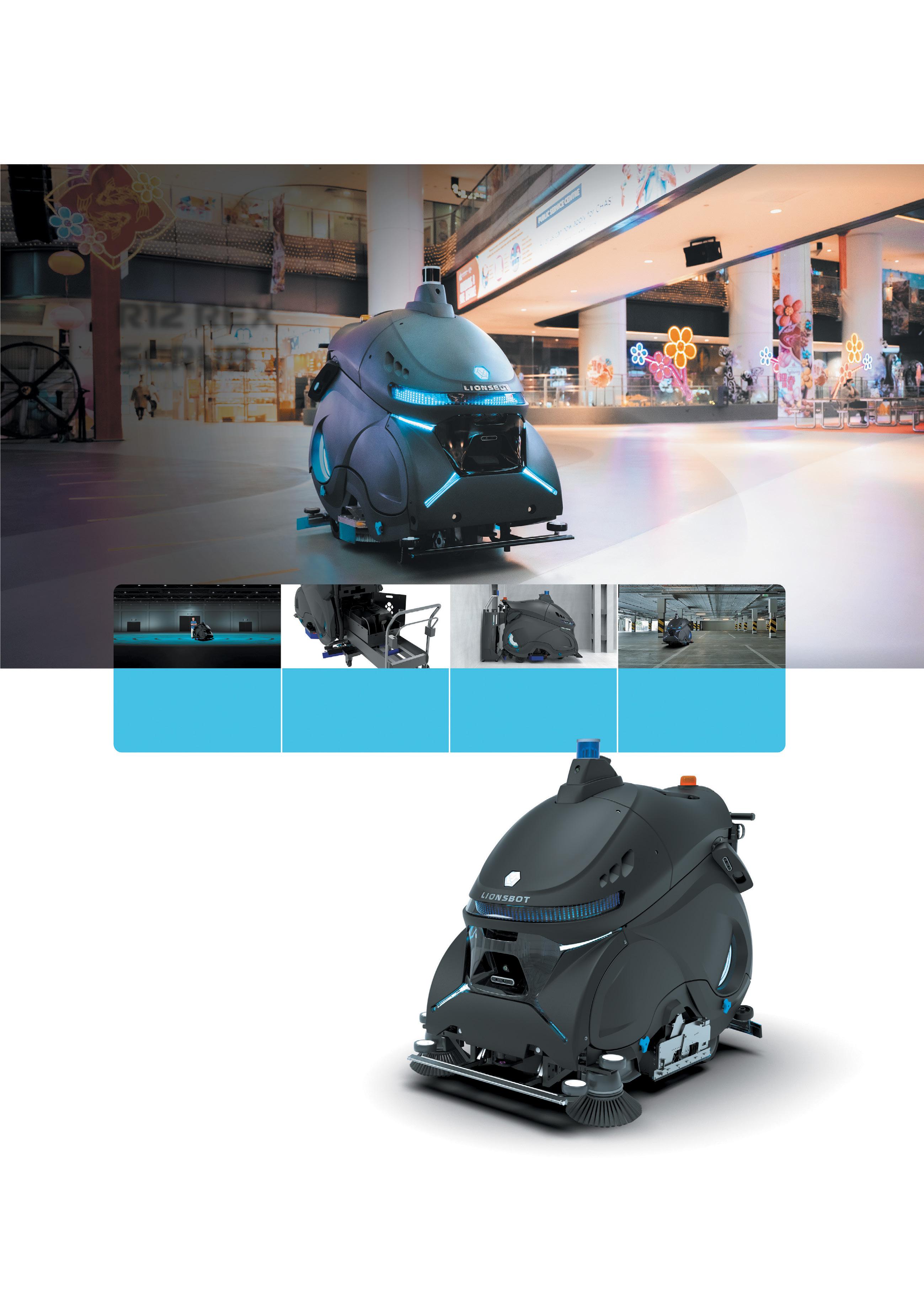
The Hygiene Co. introduces plastic-free wet wipes for commercial use
Knowing that there is the weight of 1 billion elephants worth of plastic in the world, The Hygiene Co. founders Phil Scardigno and Corey White were shocked and horrified.
Instead of continuing to talk about the problem, they set about removing plastic from one very simple and frequently used home and commercial product: wet wipes.
Wet wipes make life convenient, but until now they haven’t done much for the planet in the long term.
These single-use plastics are entering our landfills at a phenomenal rate, and from available market data, The Hygiene Co. conservatively estimates this to be a 25,000,000 kg a year plastic problem that no one seems to be discussing.
It may be durable and long-lasting, but that also means it never goes away. Plastic breaks into smaller and smaller pieces called microplastics, and they are everywhere – in the air we breathe and left on surfaces.
According to Nature Scientific Reports, humans inhale around 16.2 pieces of microplastic every hour, which adds up to about a credit card’s worth across a week.
“We are Australia’s first dedicated manufacturer of plastic-free wet wipes and our plant-based wipes do break down to leave no trace,” says co-founders Phil Scardigno and Corey White.
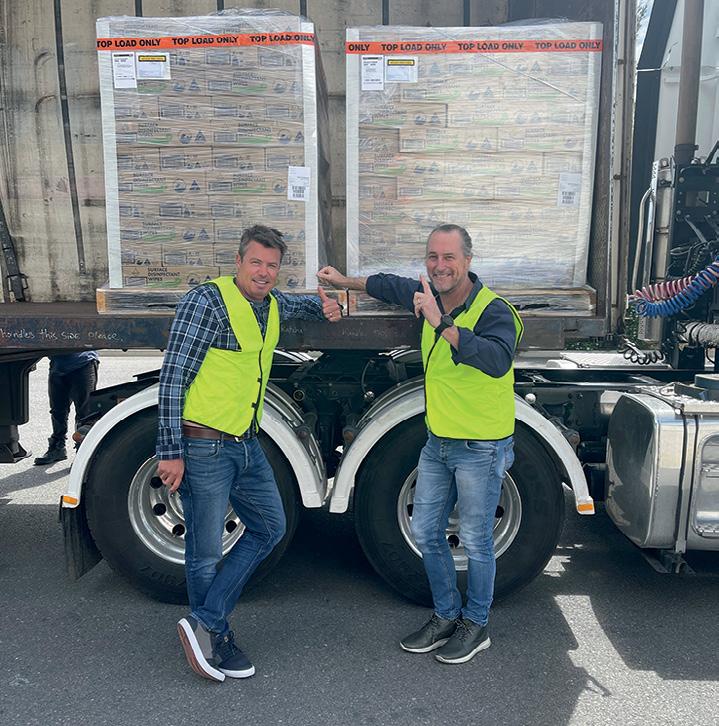
“This is a true David vs Goliath business battle, with The Hygiene Co. now taking on some of the biggest brands in the cleaning and hygiene category. And as Australia’s first manufacturer certified to the AS/NZ 5328 Flushable Product Standard, we look forward to bringing you cleaning products that make your business even more sustainable.”
Albert sees robotic cleaning fleet hit 20 million square meters cleaned since starting deployments in the second half of 2022
Albert, an Ahold Delhaize local brand and one of the Czech Republic’s largest retail brands, announced in partnership with Brain Corp and Tennant Co., that its fleet of autonomous mobile robots (AMRs) deployed across its Czech Republic hypermarkets and two distribution centres have officially cleaned over 20 million square meters (215 million square feet), completing over 92,000 cleaning routes. During 2023, Albert will almost double the number of stores with robot deployments.
“Last year we put a number of autonomous scrubbers into operation and this year we plan to continue to scale up their use. Altogether, almost double the number of robots will be operating in our stores by the end of March,” said Pavel Klemera, operations support manager at Albert.
“Robots clean precisely, don´t skip any space and help our
employees to save their effort so, they can use the time to elevate our customer´s experience.”
Having deployed its fleet of BrainOS-powered Tennant T380AMR and T7AMR autonomous scrubbers during the second half of 2022, Albert has fully automated the task of cleaning floors throughout its stores.
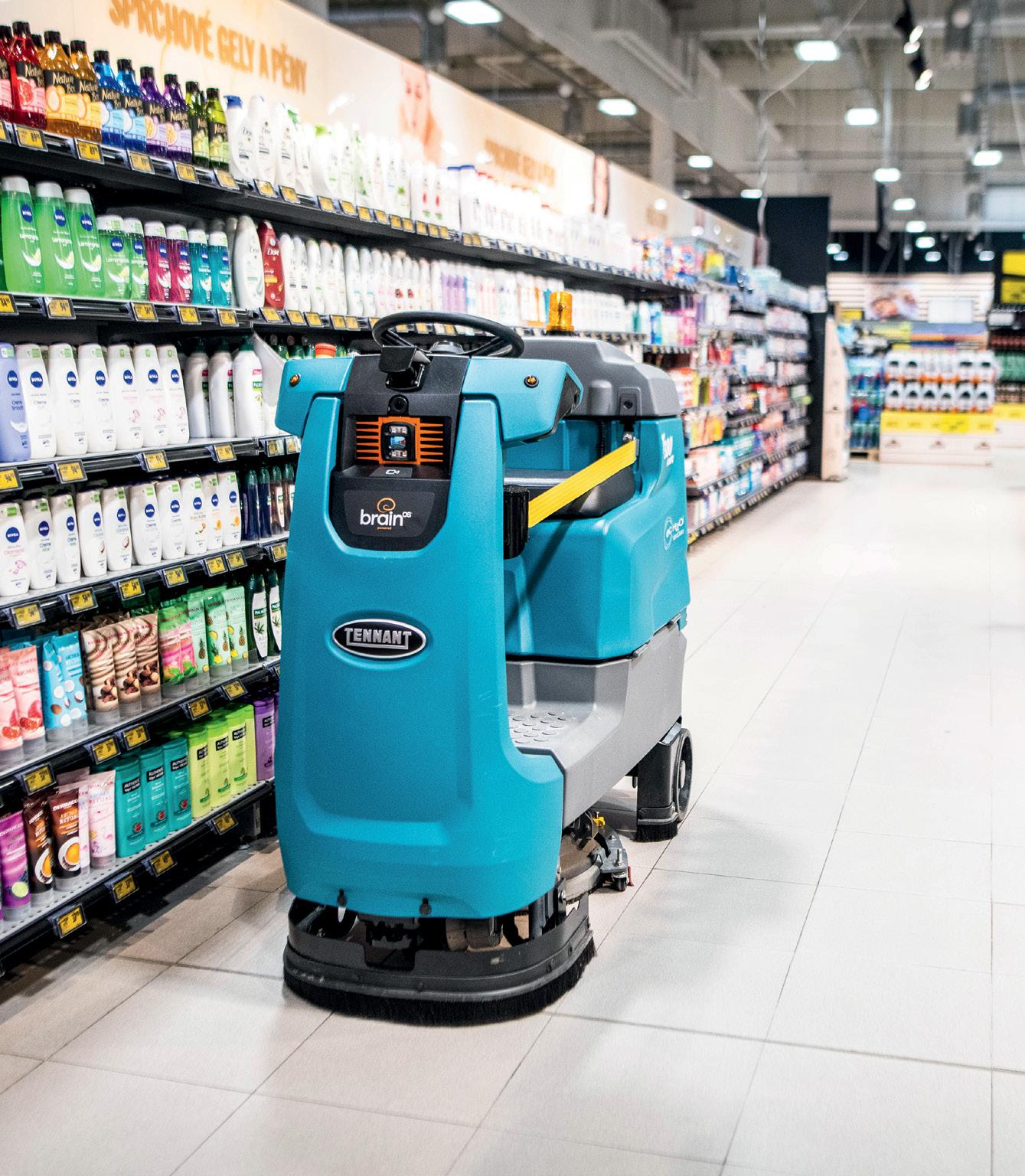
With the combination of best-inclass equipment from Tennant and Brain Corp’s advanced AI automation platform, BrainOS, the autonomous robots are not only able to clean while safely and efficiently navigating within dynamic public retail environments, they also provide a suite of fleet management tools.
These include BrainOS Mobile, which enables store managers to easily track machine operation and performance and ensure work is being carried out on schedule and to a consistently high level.
INDUSTRY NEWS
20 INCLEAN Jul / Aug 2023
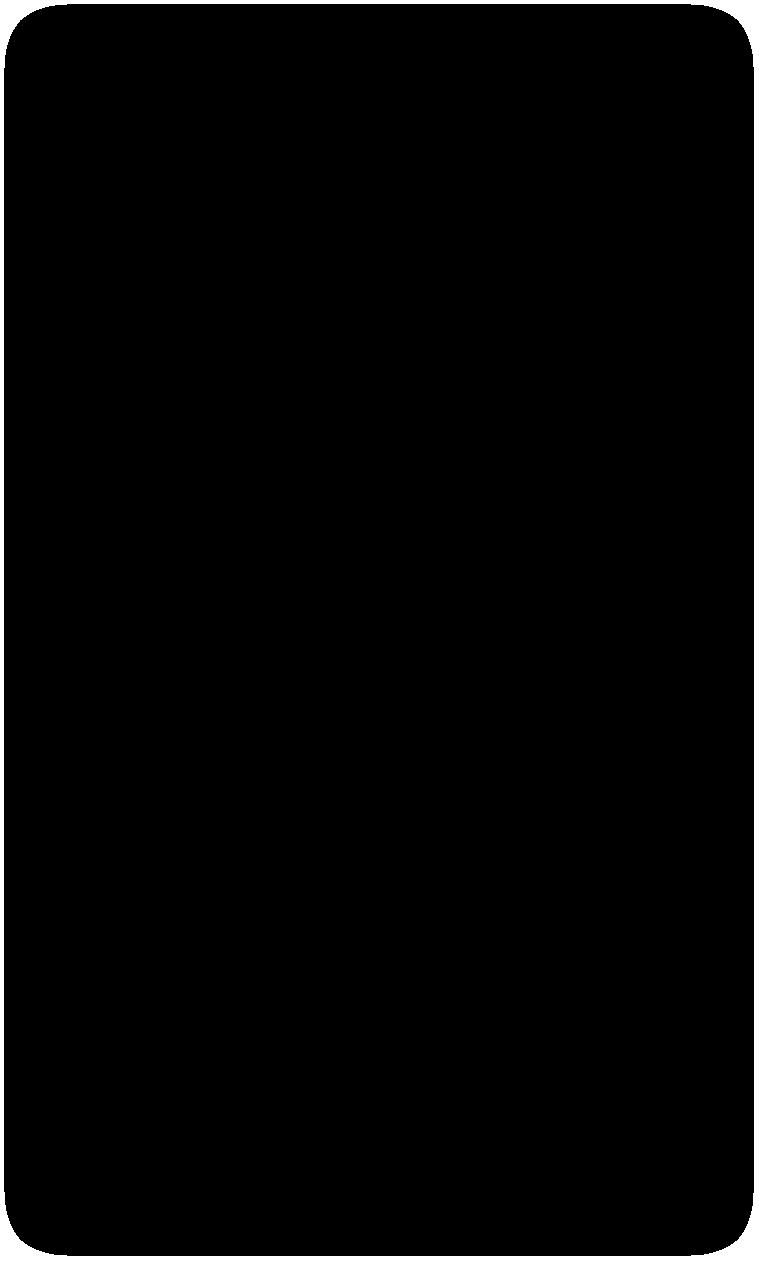
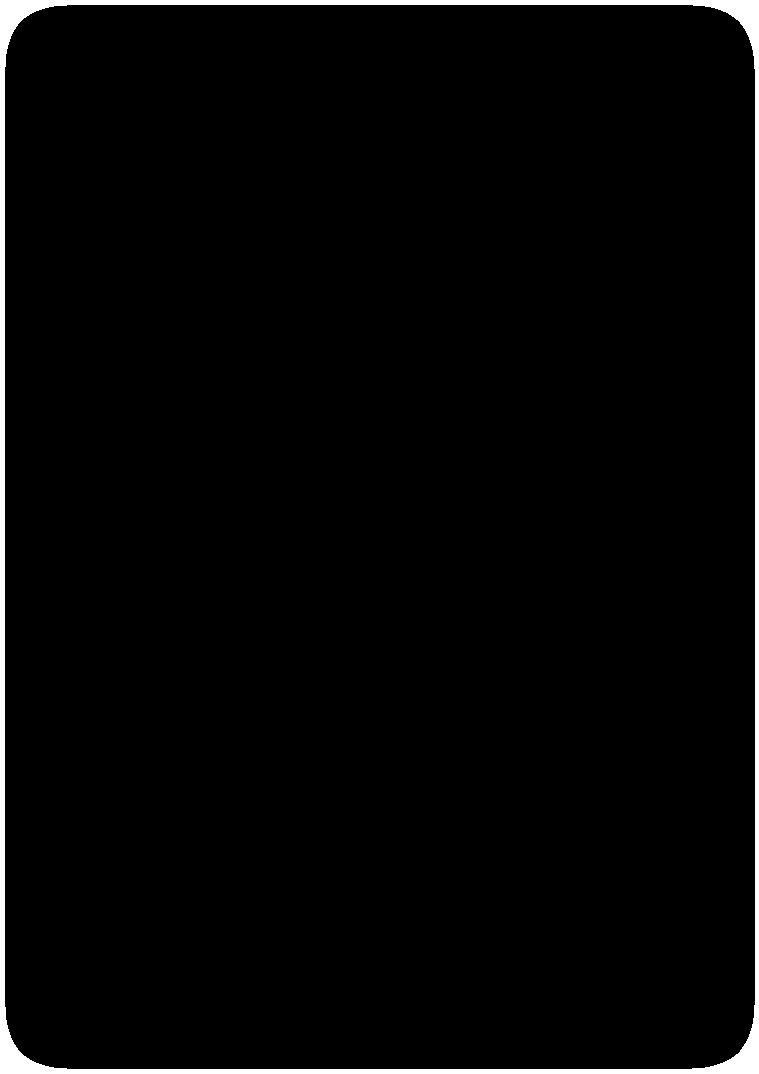



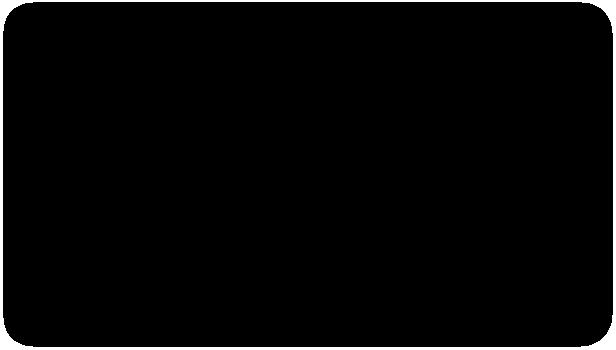
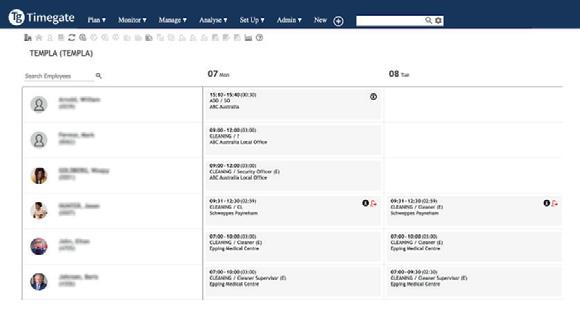
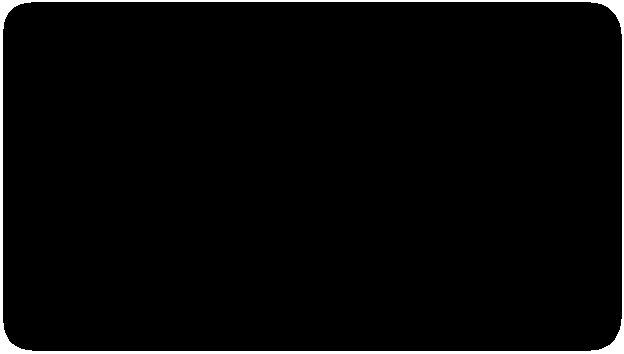

With constant innovation, we’re helping solve the biggest challenges cleaning companies face today – and what’s coming next. Technology for all parts of YOUR CLEANING BUSINESS teamsoftware.com | 03 8899 6683 | sales.apac@teamsoftware.com Get in touch and book a demo Timegate effectively manages staff rosters, streamlines your payroll process and ensures your staff show up at the right time and place. TemplaCMS provides financial control over your business by fully integrating contracts, accounts and payroll. One central point of management for contracts, finance and payroll. Lighthouse proves service and streamlines operations through live tracking and mobile forms to capture tasks, incidents and audits. Workforce management solution to ensure compliance. Mobile-first solution to capture field data and streamline operations.
Diversey is stepping up its commitment to reducing the impacts of climate change
The race is on to reduce carbon dioxide and other greenhouse gasses emissions before it is too late.
Human-caused emissions have increased carbon dioxide levels in the atmosphere, are wreaking havoc on our planet, and driving us further into an irreversible climate calamity.
Diversey will build on our past progress to act on a net zero target and demonstrate our unwavering commitment to reducing the impacts of climate change.
UNCOVERING THE IMPERATIVE OF NET-ZERO CARBON
Overall, net zero carbon encompasses the reduction of greenhouse gas emissions to as close to zero as feasible, with remaining emissions being countered by carbon removal by the atmosphere, seas, forests, or carbon capture. According to the UN Net Zero Coalition the Earth is around 1.1°C hotter than it was back in the late 1800s, at the beginning of the Industrial Revolution, and emissions continue to climb.
To avert an irreversible climate disaster that might endanger the Earth and our society, emissions must be diminished by 45 per cent by 2030 and reach the net zero carbon threshold by 2050 to limit global warming to 1.5°C.
At Diversey, we have pledged to achieve net zero carbon emissions in our operations by the year 2050 as part of our new “Protect. Care. Sustain.” strategy, as was highlighted in our 2021 Sustainability Report.
To achieve this ambitious goal, we are outlining a series of progressive initiatives. We have engaged in renewable energy generation, deploying cost-effective and energy-efficient equipment, and reducing wasteful energy consumption.
SCIENCE-BASED APPROACH TO NET-ZERO CO2 EMISSIONS
Reaching net-zero carbon emissions requires a comprehensive, systems-based strategy, including the interplay of several domains, including the built environment, transportation, energy, manufacturing, and resources, as well as nature-based solutions and behaviour modification.
The concept of “net zero” is significant since this is the point at which the rate of global warming is halted, at least in terms of CO2 emissions.
In 2023, as we calculate our Science Based Target (SBT), we will also develop a comprehensive carbon strategy and expand our reporting capabilities.
Furthermore, we will also lay out the steps needed to reach our 2050 Net Zero objective.
Overall, Diversey’s SBT must address all GHG emission levels:
• Scope 1: Fuel we burn in assets we own or control.
• Scope 2: Electricity used in assets we own or control.
• Scope 3: Emissions from all upstream and downstream action.
SAVE MONEY AND THE ENVIRONMENT WITH SMARTDOSE
This creates an exciting opportunity for us to work across our extended supply chain to deliver low carbon solutions into our marketplace.
One of our leading innovations in the race to reduce CO2 is our SmartDose range. A dosing platform for super concentrated daily cleaners and disinfectants without the need for a connected water supply.

Users can benefit from its sustainability credentials as one typical SmartDose bottle of concentrate (1.4L) equates to 280 ready to use (RTU) products.
If customers use an average of 100 cases of 6 x 750ml RTU product per year, the typical annual sustainability improvements are:
• 441 litres less chemical manufactured, transported, stored and used (98.0 per cent reduction)
SPONSORED 22 INCLEAN Jul / Aug 2023
Reducing carbon emissions is critical
• 41.2 kg less plastic packaging manufactured, transported, stored and disposed (97.8 per cent reduction)
• 26.3 kg less cardboard packaging manufactured, transported, stored and disposed (97.8 per cent reduction)
• 124.2kg less greenhouse gas emissions as CO2 equivalence due to packaging alone (98.5 per cent reduction)
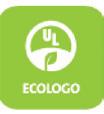
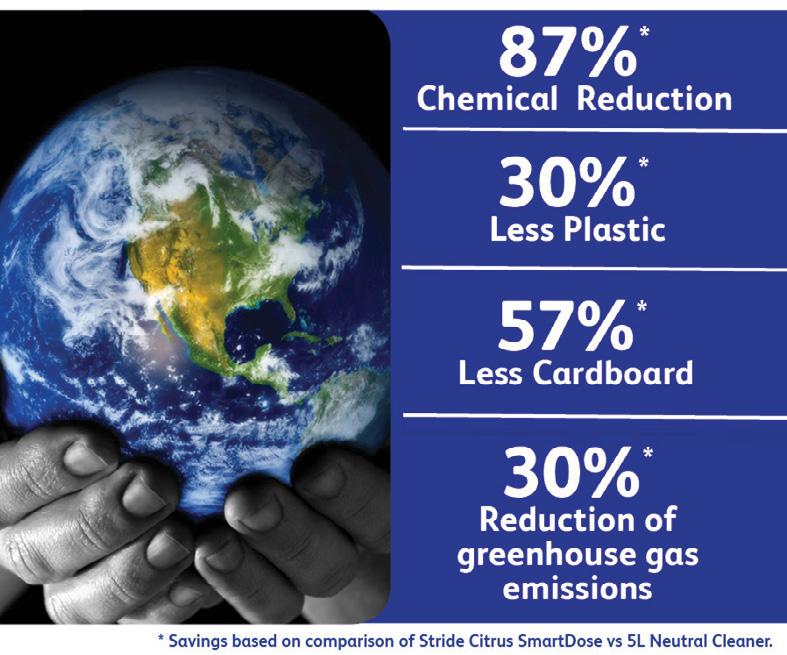
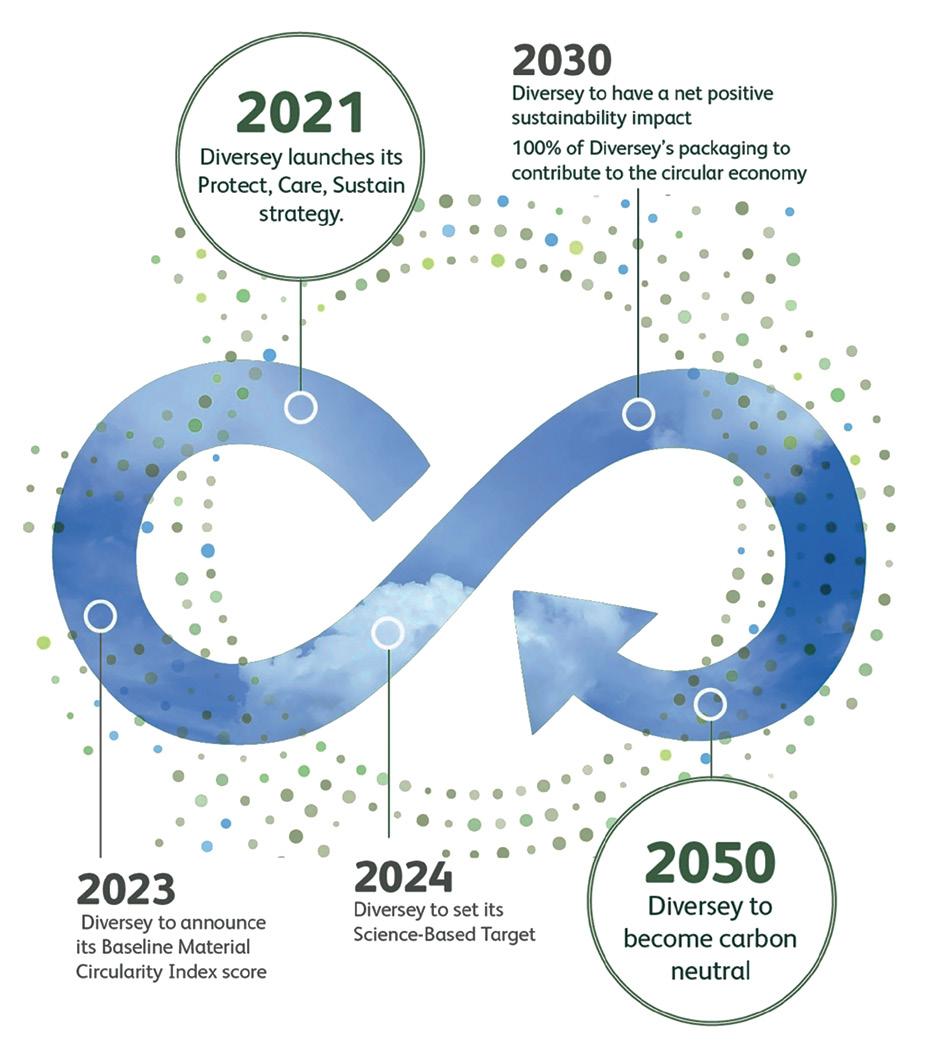
THE SMARTDOSE BOTTLE
SmartDose bottles have been designed to make the mixing of concentrates simple and time efficient.
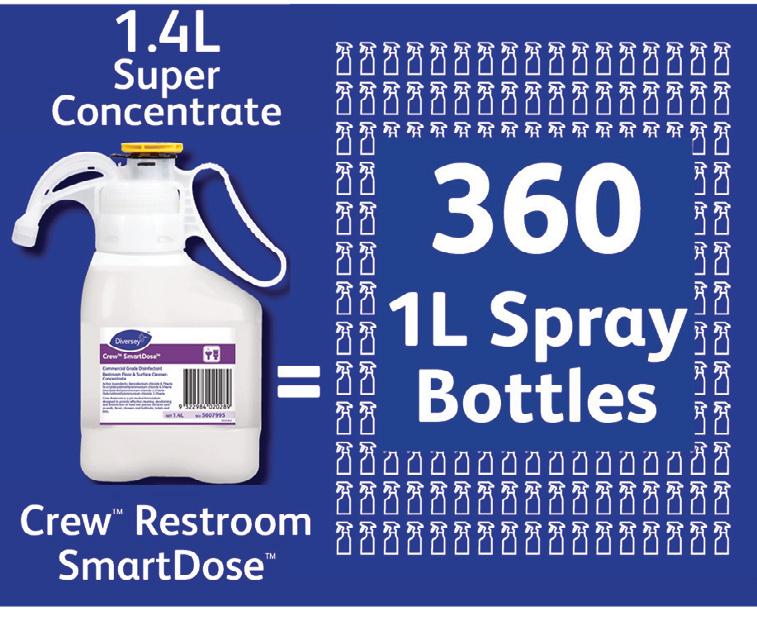
The bright yellow head has two dosage levels available (spray bottle or bucket) which are clearly marked allowing for concise mixing of solutions.
The process of using the pump action on the bottle is simple: select the dosage required by twisting the top to the relevant symbol, pull the top up, push it down and then add water.
At only 1.4L in weight, cleaners can easily carry throughout your site. Together with the reduction in bottle size (compared to a typical 5L) your facility will also benefit from a reduction in plastic waste.
Our comprehensive range includes cleaning solutions for bathroom, floor cleaner, multi surface cleaner, disinfectant cleaners, as well as sink dishwashing and sanitisers for kitchens. ■
If you have questions about any aspect of Diversey Australia’s hygiene programs, services or products visit our website at diversey.com.au or call 1800 647 779 to speak to our friendly Customer Service to and find out more.
SmartDose™ saves more than $$$
Neutral cleaner with a citrus fragrance specially formulated for the daily cleaning of floors, washrooms and other washable surfaces.
Dilution Ratio: 1:375 CODE: 5122613
Ready to Use per 1.4L: 526L
Concentrated general purpose cleaner for cleaning floors, glass and other hard surfaces. Also suitable for carpet spotting and extraction cleaning. Approved for cleaning interiors of commercial aircraft. Formulated with Accelerated Hydrogen Peroxide (AHP).
Dilution Ratio: 1:64 CODE: 95019481





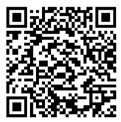
Ready to Use per 1.4L: 91L
Non-acid restroom disinfectant cleaner that cleans, disinfects and deodorises toilets and bathroom surfaces such as walls, showers, floors, bath tubs in one step. pH-neutral formula.

Commercial-Grade Disinfectant.
Dilution Ratio: 1:256 CODE: 5607995
Ready to Use per 1.4L: 360L
SUMA® Surface Sanitiser SmartDose™
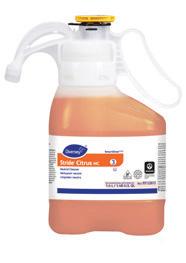
Quat based, no rinse sanitiser for all hard surfaces including food contact surfaces in food premises.
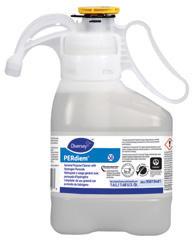

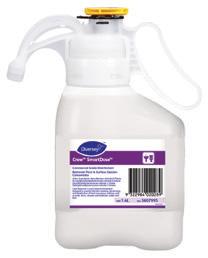
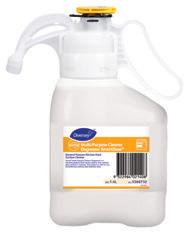
Dilution Ratio: 1:224 CODE: 5509261
Ready to Use per 1.4L: 315L
Non-ammoniated glass and multi-surface cleaner. Cleans and shines glass, mirrors, sinks, countertops, stainless steel. Non-streaking, nonsmearing, quick drying formula.
Dilution Ratio: 1:64 CODE: 101106662
Ready to Use per 1.4L: 91L
Suma® Multi-Purpose Cleaner Degreaser SmartDose™
A versatile product that can be used for sink, surface and floor cleaning. This product is safe for use on all kitchen surfaces wand stainless steel.
Dilution Ratio: 1:188 CODE: 5566732
Ready to Use per 1.4L: 264L
Diversey systems based strategy for 2050 Net Zero objective
TASKI® Stride™ HC Citrus SmartDose™
TASKI® Glance™ NA SC SmartDose™
Crew™ Restroom SmartDose™
TASKI® PERdiem™ SmartDose™
Customer
or email aucustserv@diversey.com www.incleanmag.com.au 23 SPONSORED
Service: 1800 647 779
Protect your facility
this flu season
Respiratory viruses’ transmission and the role of surface disinfection
With the flu season upon us, respiratory virus rates are rising including rhinovirus, respiratory syncytial virus (RSV), influenza, adenovirus, and coronaviruses (including COVID-19).
One of the most important questions concerning respiratory viruses is understanding how they are transmitted between people.
There are three transmission routes of concern: droplet, airborne and contact. By understanding how they are spread is imperative to providing measures to interrupt the chain of infection.
As a wide range of pathogens can be transmitted via surfaces including those deposited via respiratory droplets, a focus on surface cleaning and disinfection remains critical for any public facility.

As testing proved early during the pandemic the COVID-19 virus remained active on plastic surfaces up to three days. This strongly suggests
a transmission risk associated with surfaces for up to several days with the highest risk immediately after the surface is contaminated and a declining risk over time.
Another important factor is people who spread pathogens are not always symptomatic. In the case of COVID-19, it is estimated that <50 per cent of transmission occurs in asymptomatic or pre-symptomatic people. Studies of other respiratory viruses show that this can occur for influenza and other respiratory viruses.
A more conservative approach is to assume that some portion of the people using a public facility are transmitting pathogens and implement control measures to address this risk rather than relying on observation of visible symptoms to trigger using control measures.
Given the wide range of pathogens that can be transmitted via contaminated surfaces, use of frequent surface disinfection as part of interventions to reduce the risk of infection is a sensible precaution.
SPONSORED 24 INCLEAN Jul / Aug 2023
FACTORS WHEN CHOOSING A SURFACE DISINFECTANT
When it comes to surface disinfection, there are various product chemistries and tools to deliver the required disinfection on clean or dirty surfaces coupled with the required contact time.
For added assurance when considering which product to use for disinfecting it is preferable to use disinfectants that are listed on the Australian Register of Therapeutic Goods (ARTG) for legal supply in Australia. Look for products listed to kill viruses including, H1N1 (Influenza) Rhinovirus (common cold), Norovirus & Rotavirus (Gastroenteritis) and SARS-CoV-2 (COVID-19).
Also look for a one-step disinfectant with a shorter contact time. The shorter the contact time – 15 seconds or less – the better for inactivating viruses.
Also ensure you choose hospital grade disinfectants (such as Oxivir® Excel Wipes from Diversey with a 15 second kill time). Cleaning and disinfecting in one step will accomplish your goal without sacrificing performance and a short contact time helps ensure the product is used in compliance.
Look for a product range that offers solutions in wipe, concentrate and ready-to-use formats to
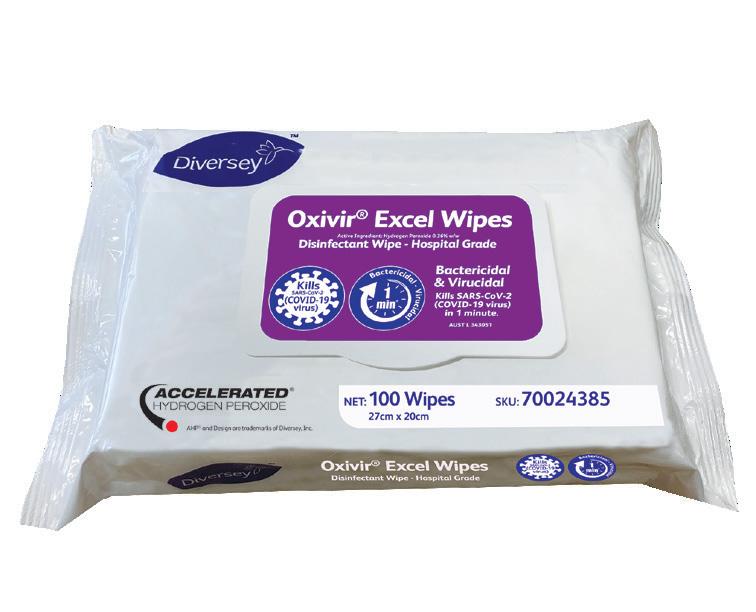
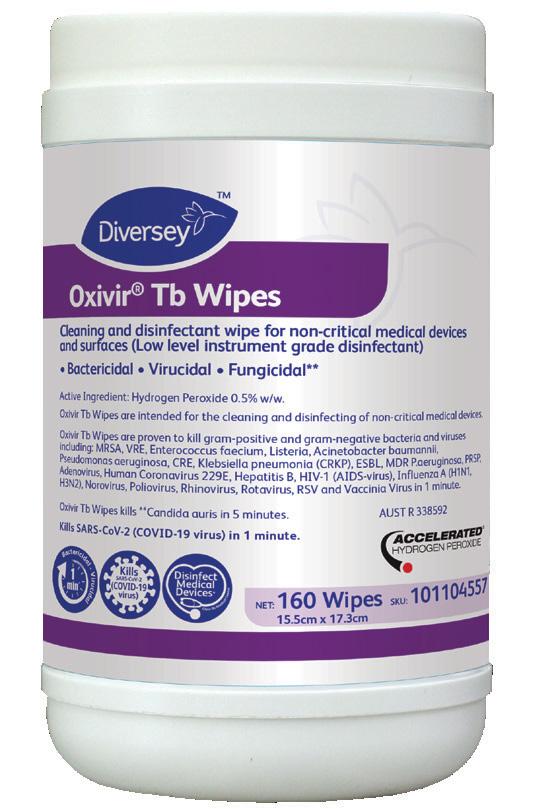



meet a variety of needs. Not all product forms are appropriate for all situations. Having flexibility in how the product is applied is important. The best products are gentle on skin and surfaces while tough on pathogens.
Products with technologies like Accelerated Hydrogen Peroxide (AHP) are markedly safer for people and surfaces while still being tough on pathogens. These disinfectants are also more efficient than the existing slower Quat-based (quaternary ammonium compounds) products, or those formulated on Hypochlorite (Chlorine) or Peracetic acid. AHP achieves the balance of maximising potency while minimising toxicity, breaking down into water and oxygen just minutes after use.
To reduce pathways for the spread of viruses this flu season, building service contractors and facility managers should pick a disinfectant that is fastacting, effective, and less likely to cause irritation and surface damage. ■
If you have questions about any aspect of Diversey Australia’s hygiene programs, services or products visit our website at diversey.com.au or call 1800 647 779 to speak to our friendly Customer Service to and find out more.
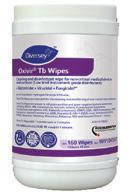
“
” www.incleanmag.com.au 25 Oxivir® Wipes Fast, effective & safe. Clean & disinfect hard surfaces in Kills COVID-19 in 15 seconds 1800 647 779 diversey.com.au ® Diversey 2023 All rights reserved. AHP® and Design and Oxivir® are trademarks of Diversey, Inc. Many people are impacted by the spread of infection RespiratoryPreventIllness Stopping this is up to you. Be prepared, be protected. Don’t Touch Avoid touching your eyes, nose, or mouth, as this provides an easy route for viruses into the body. See Doctor If you illness,suspect see your doctor to help reduce severity. Hand Hygiene Frequent hand hygiene helps prevent spread of infection. Wash hands or use alcohol hand sanitiser if soap and water are not available. Respiratory Hygiene Wear a mask. Cover your nose and mouth when you sneeze or cough. Throw away tissues after use and perform hand hygiene. Surface Hygiene Routinely clean and disinfect frequently touched surfaces to protect others. Social Distancing Stay home if sick, minimise contact with others/groups, and keep your distance until 24 hours after fever is gone. Act HealthyFrequent exercise, getting proper amounts of sleep, and managing stress boosts your immune system and speeds recovery. Eat HealthyProper nutrition and staying properly hydrated boosts your immune system. Contact our friendly Customer Service team today AUSTRALIA - 1800 647 779 - diversey.com.au NEW ZEALAND - 0800 803 615 - diversey.co.nz All logos and trademarks are owned by or licensed to Diversey, Inc. © 2022 Diversey, Inc. All Rights Reserved. These materials are provided for general information purposes only and do not replace each user’s responsibility to assess the operational, legal and other requirements applicable to each facility. AHP® and Design and Oxivir® are trademarks of Diversey, Inc. Kills COVID-19 in 15Secs Oxivir ® Wipes Kill COVID-19 & Influenza A with just one wipe! Scan QR code to download a FREE Poster for your facility SPONSORED
To reduce pathways for the spread of viruses this flu season, building service contractors and facility managers should pick a disinfectant that is fast-acting, effective, and less likely to cause irritation and surface damage.”
Get ready to experience what clean means
The highly anticipated ISSA Cleaning & Hygiene Expo will return to the Melbourne Convention & Exhibition Centre (MCEC) on Wednesday 1 November 2023 and Thursday 2 November 2023.

The two-day, free-to-attend event is the only show in the southern hemisphere that is dedicated to the cleaning and hygiene industry, and will bring together leading experts, innovators, and cleaning professionals.
Hosted by ISSA, the worldwide cleaning industry association, the ISSA Cleaning & Hygiene Expo, now in its fifth edition, is set to showcase the latest products, services, and innovations from more than 90 exhibitors.
“The 2022 show was an enormous success for both exhibitors and attendees with many stating it was ‘the best expo to date’,” said Lauren Micallef, ISSA Oceania Manager.
“As a result, our members have asked us to keep the momentum going and already the
The highly anticipated ISSA Cleaning & Hygiene Expo returns to Melbourne in November
ISSA CLEANING & HYGIENE EXPO 26 INCLEAN Jul / Aug 2023
2023 show is set to be the largest event to date. This will be the first show in four years held in Melbourne and the industry is excited for its return.”
Earlier this year, ISSA acquired additional hall space to meet the growing demand which included a mix of new exhibitors as well as past participants taking up bigger and grander stands.
Visitors are set to benefit from the 33 per cent increase in hall space, as they will be able to explore a wider range of products and services and engage with even more industry experts and professionals.
“Where else in Australia can you meet with so many leading manufacturers, distributors and wholesalers in one location, demonstrating their innovations and sharing their industry insight,” said Stuart Nicol, ISSA Oceania Advisory Council Chair.
“The ISSA Cleaning & Hygiene Expo allows for the opportunity to meet face-to-face and get a feel for what a supplier is really proposing in a more hands on environment.”
Craig Dowell, Director Sales and Marketing ABCO Products, said: “We look forward to the show returning to Melbourne and being able to provide technical advice and support on products and services that will empower not only the cleaners and companies but also the community.”
Last year saw a 25 per cent growth in ISSA Cleaning & Hygiene Expo attendees with visitors stemming from more than 20 countries. This year the show anticipates more than 3000 attendees from both national and international markets.
“It has been great to see the local growth of the event, but also the traction and awareness from an international perspective,” said Micallef.
“This only helps to broaden the product offerings to our audience as well expand potential business markets for our exhibitors.”
Adam Baker, National Marketing Manager of Makita Australia, platinum sponsor of the event, said the show provides a unique opportunity for the entire market to connect, foster relationships, and uncover the latest innovations and insights.
“As a returning platinum sponsor, we have seen the great value and importance that comes from showcasing our brand and products at this important industry event, and we look forward to continuing the relationship in the years to come.”
EDUCATION SESSIONS
The expo’s education program will take place over two days and feature 40 speakers, 16 free to attend speaker sessions, plus onsite workshops.
It will cover a variety of topics that have been designed to provide attendees with the knowledge and tools to grow their business, develop their staff, and remain up to date with industry trends and emerging developments.
More broadly, the education program will ensure visitors from all areas of the cleaning and hygiene industry can receive practical advice from industry experts.
A variety of panel discussions between industry thought leaders and stakeholders will expand the number of professionals that the audience can tap into on topics such as cleaning for health, infection prevention, technology and innovation, environmental and sustainability needs, supply chain, and workforce development.
For those attendees looking for a deeper dive into technical training and industry standards, onsite workshops and breakfasts sessions will be taking place throughout the two-day event.
This year, the Facility Management Association’s (FMA) Victorian Chapter will host a technical breakfast and industry standard session on Thursday, 2 November.
“We are excited to collaborate with the ISSA Cleaning & Hygiene Expo and provide members with the opportunity to engage with fellow attendees and leading suppliers within the industry. It’s an opportunity to network and uncover the latest innovations that will benefit the facilities management sector,” said Matt Marsh, Managing Director, Sebastian Group.
The expo workshop program will also delve deeper into indoor air quality, carpet containment, and cross contamination topics. Property and facility managers focused on supporting the health of their occupants are highly encouraged to register.
“Businesses that move quickly to adopt these latest trends and insights will have a competitive edge in their markets,” said Micallef.
Dr. Gavin Macgregor-Skinner, Senior Director, Global Biorisk Advisory Council (GBAC), a division of ISSA, highlights that a key trend in the market is ‘cleaning for health’ and that he expects it be significant discussion point throughout the show and one he will be addressing throughout the education program, including his workshop.
“Cleanliness is not just an aesthetic quality,” he notes. “It is a foundational pillar of infection prevention and occupant safety. It’s about being able to use cleaning and disinfecting equipment, tools, processes, and chemistries to battle the invisible infectious disease-causing agents, contaminants, and pollutants.”
“Hosted by ISSA, the worldwide cleaning industry association, the ISSA Cleaning & Hygiene Expo, now in its fifth edition, is set to showcase the latest products, services, and innovations from more than 90 exhibitors.
” www.incleanmag.com.au 27 ISSA CLEANING & HYGIENE EXPO
INCLEAN EXCELLENCE AWARDS
In addition, to the exhibition and education program, the expo will also feature the 2023 INCLEAN Excellence Awards which will be announced at the networking event at the conclusion of the first day.
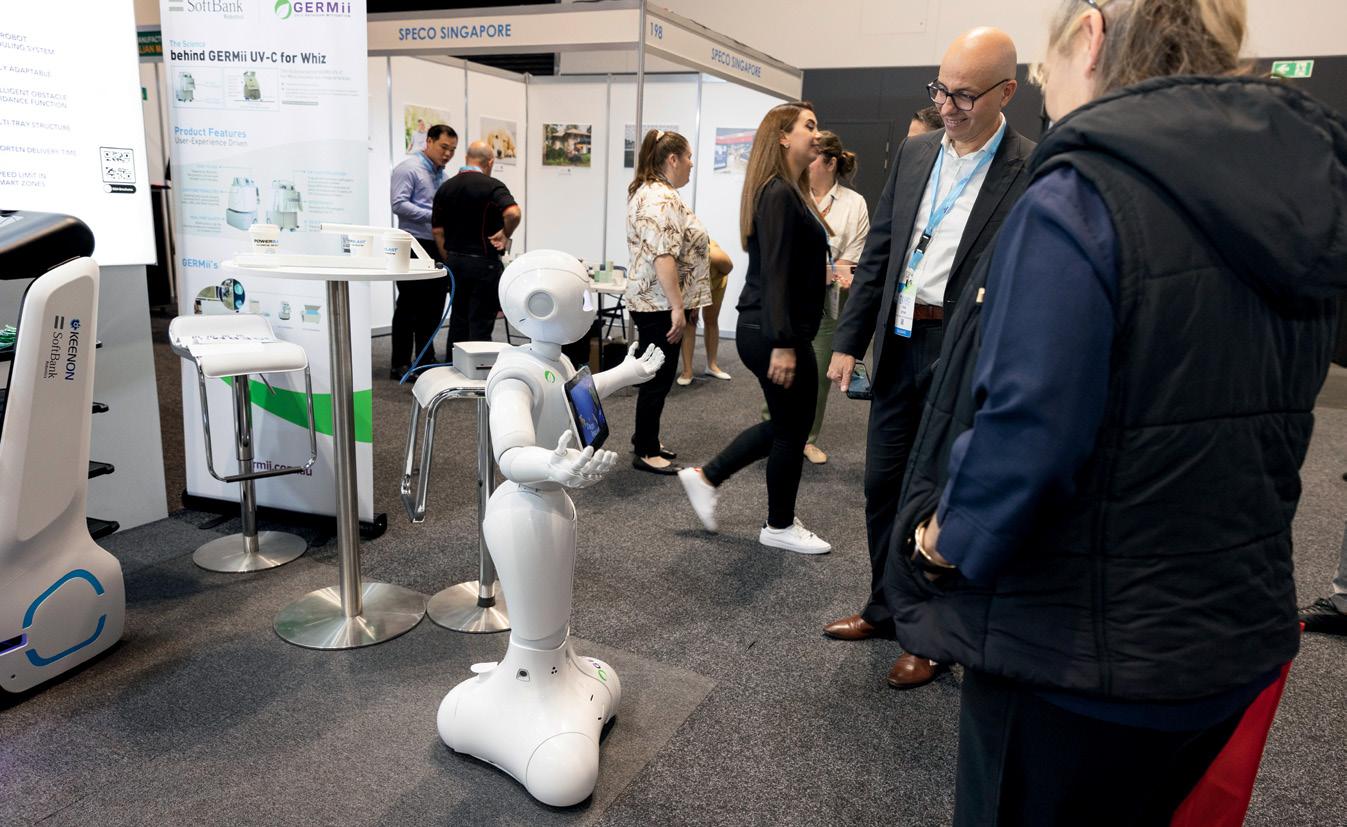
“Last year the awards received the largest number of entries to date, and we are expecting 2023 to be even bigger,” said Micallef.
These awards celebrate the latest innovations and recognise outstanding achievements of people who work in the industry.
“Participating in the 2023 INCLEAN Excellence Awards allows you to highlight your outstanding achievements, biggest successes, and most creative initiatives and innovations.”
Lisa Michalson, Director of Cleanstar/ XPOWER, said it was an honour to be a winner at the 2022 INCLEAN Excellence Awards.
“We found the benefits and recognition from the industry to be profound. The awards provided a great platform for us to showcase our latest products and innovations. We highly encourage other organisations to participate and in doing so continuing to raise the recognition of the industry,” she said.
Awards finalists will showcase their products in the Innovation Zone on the show floor of the ISSA Cleaning &Hygiene Expo, allowing visitors to view the products and uncover more about these innovations.

“This year’s event is a must-attend for anyone interested in advancing their knowledge and expertise in the cleaning sector. Attendees can connect with their peers, learn from experts, and discover the latest trends and innovations that are shaping the future of the industry,” said Micallef.
“The ISSA Cleaning & Hygiene Expo is an event not to be missed! Events like these would not be possible without the support and effort from our exhibitors and sponsors. They help to raise the profile of the industry and demonstrate its credibility, value, and importance.
“This year, we welcome our returning platinum sponsor Makita, and our returning gold sponsor and sanitising station sponsor, Dettol Pro Solutions.
Thanks to our returning silver sponsors Oates (Freudenberg) and ACCO Brands, as well as new sponsors GURRU, Brain Corp, EcoPower, and Spillz. We would also like to thank returning coffee cart sponsor, RapidClean; returning business lounge sponsor, Pacvac; returning product placement sponsor, Tennant; and returning lanyard sponsor, Cleanstar. We would also like to welcome ice cream cart sponsor, Symbio.” ■
To register for the ISSA Cleaning & Hygiene Expo in Melbourne, visit www.issacleaninghygieneexpo.com
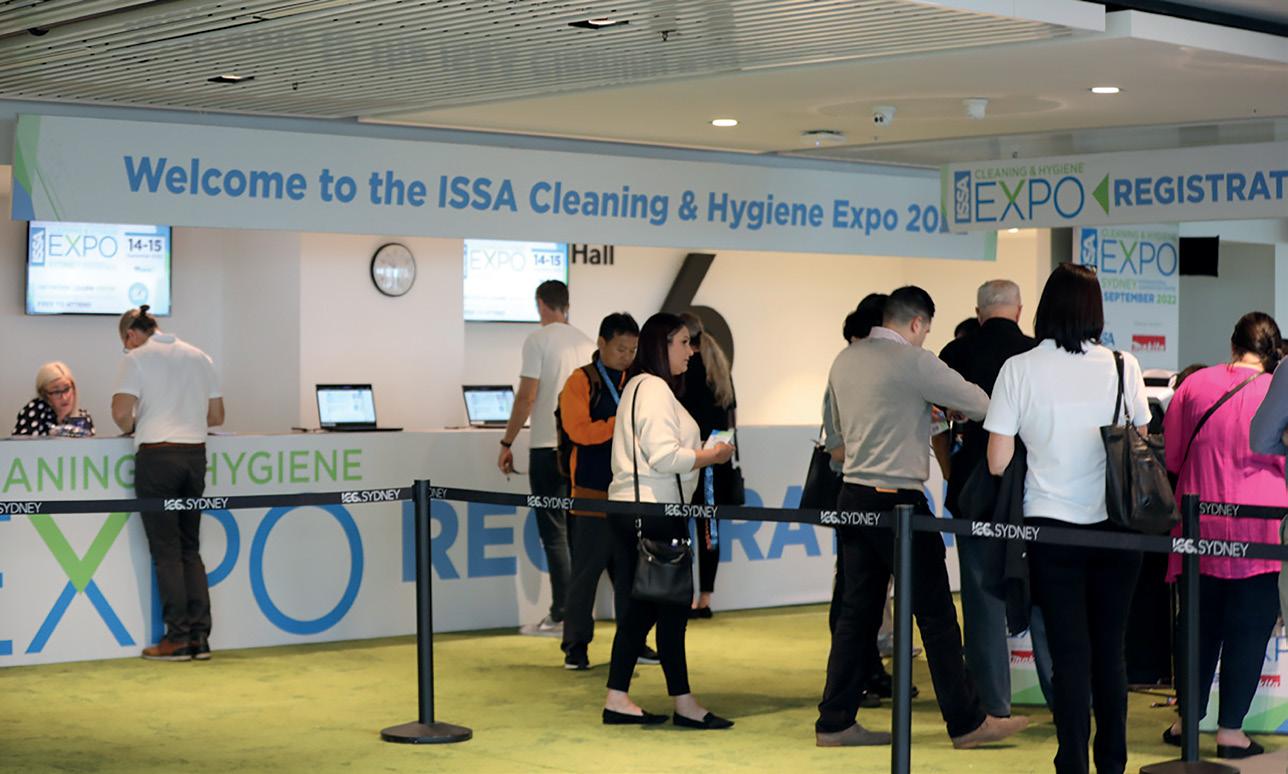
“
” 28 INCLEAN Jul / Aug 2023 ISSA CLEANING & HYGIENE EXPO
Last year saw a 25 per cent growth in ISSA Cleaning & Hygiene Expo attendees with visitors stemming from more than 20 countries. This year the show anticipates more than 3000 attendees from both national and international markets.
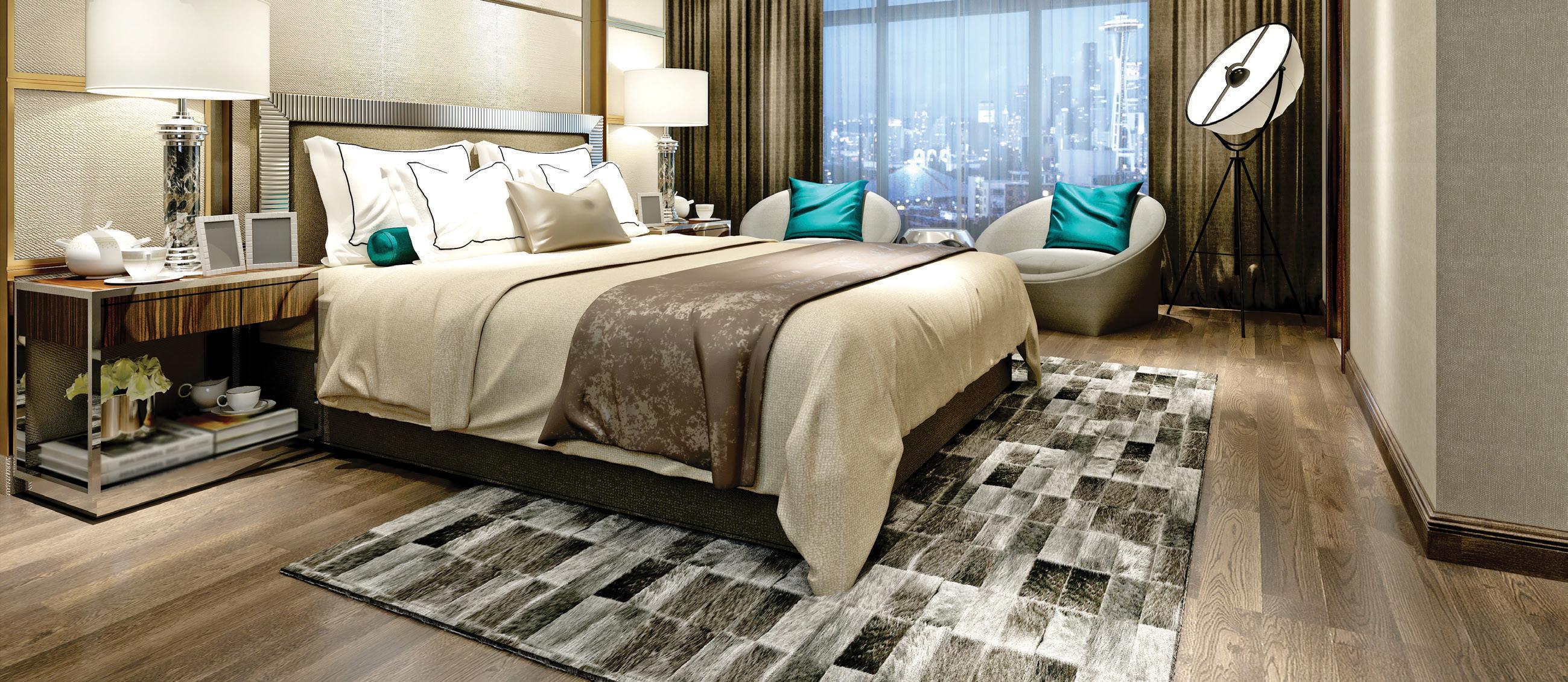
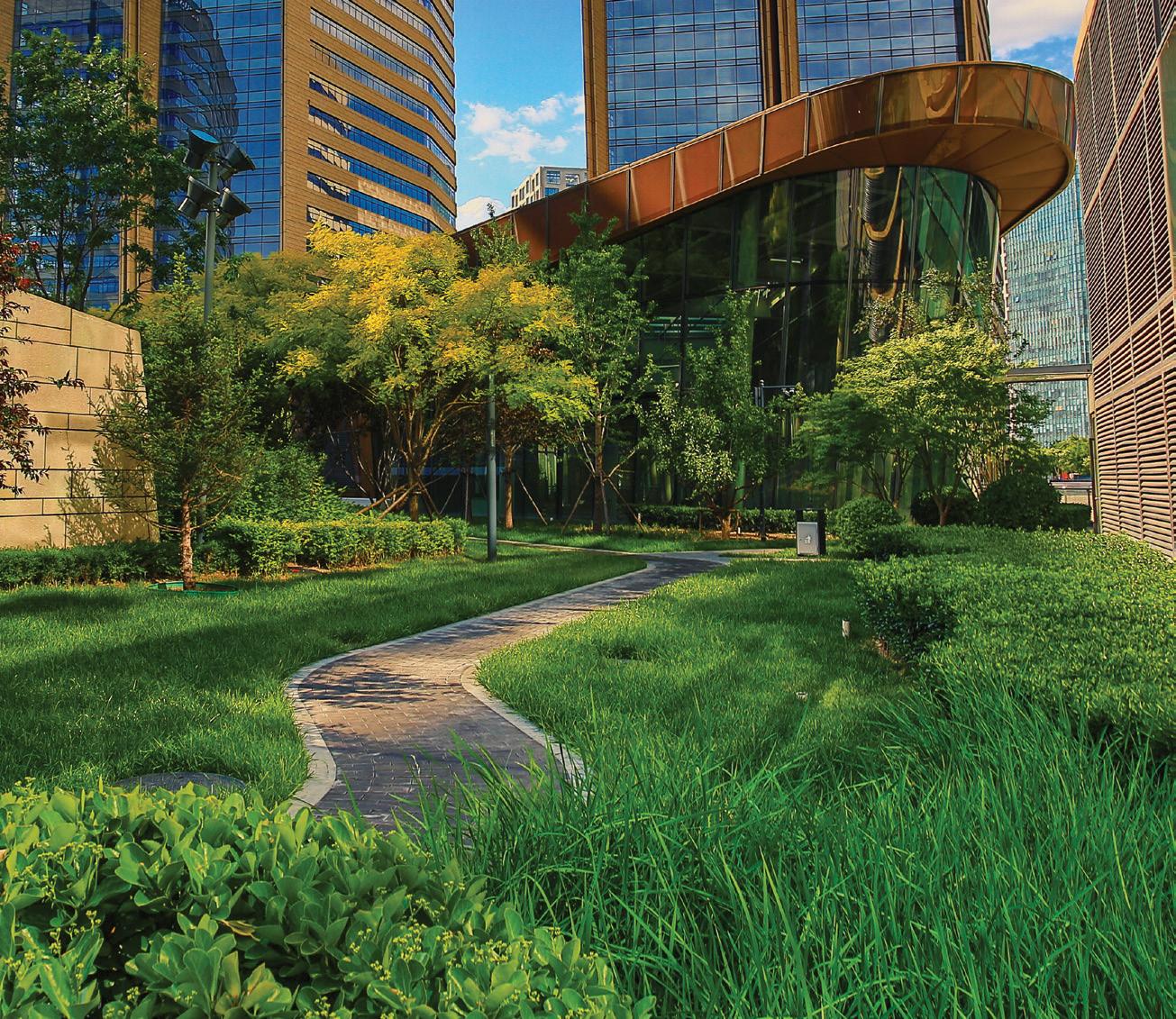
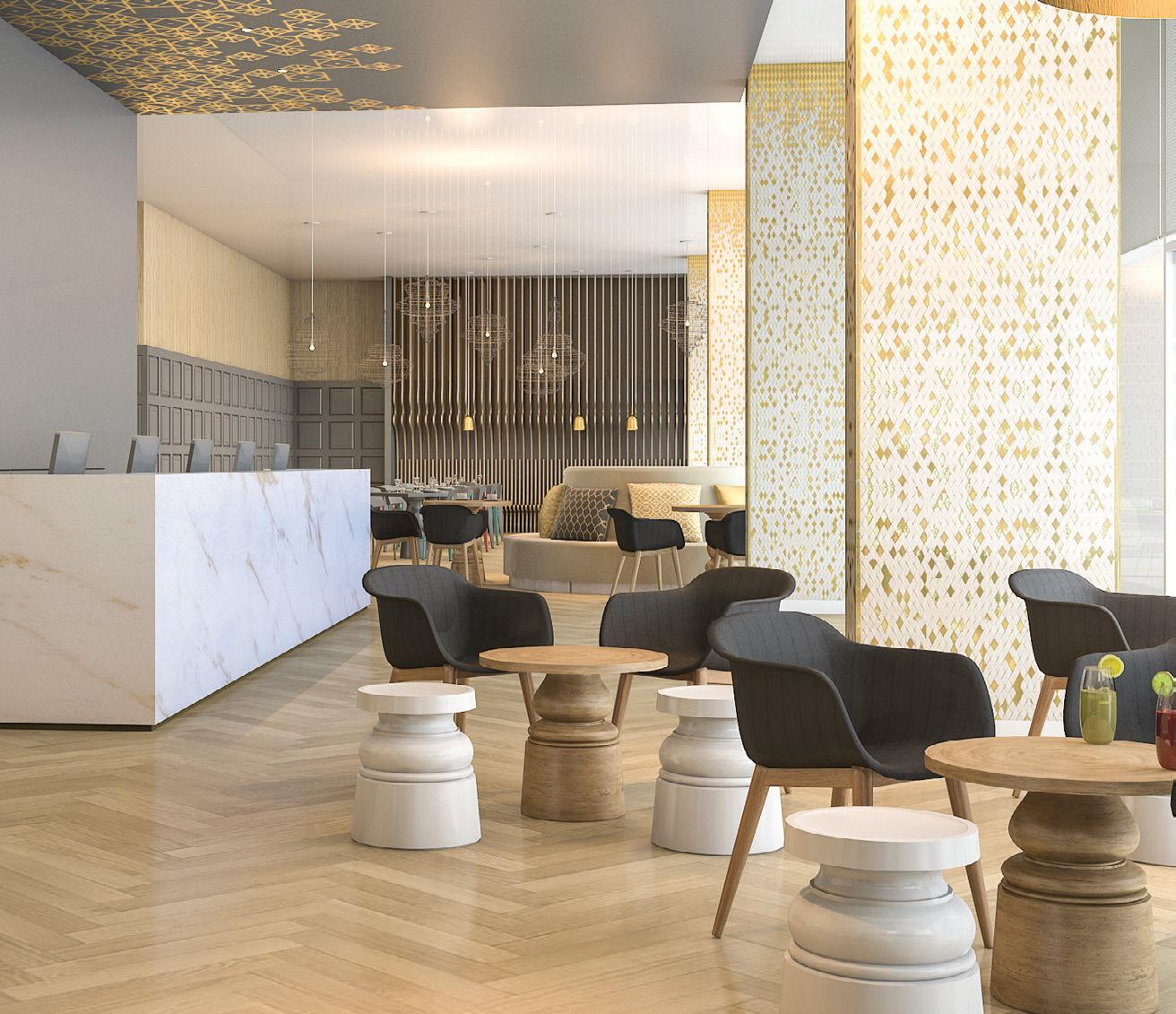



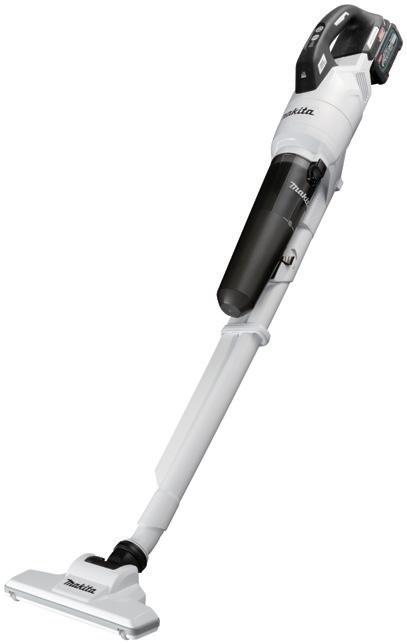

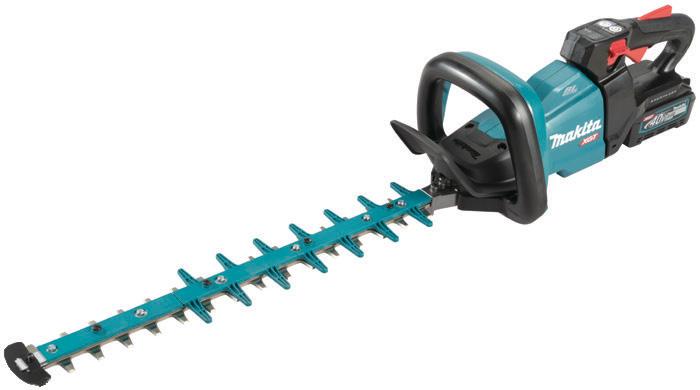

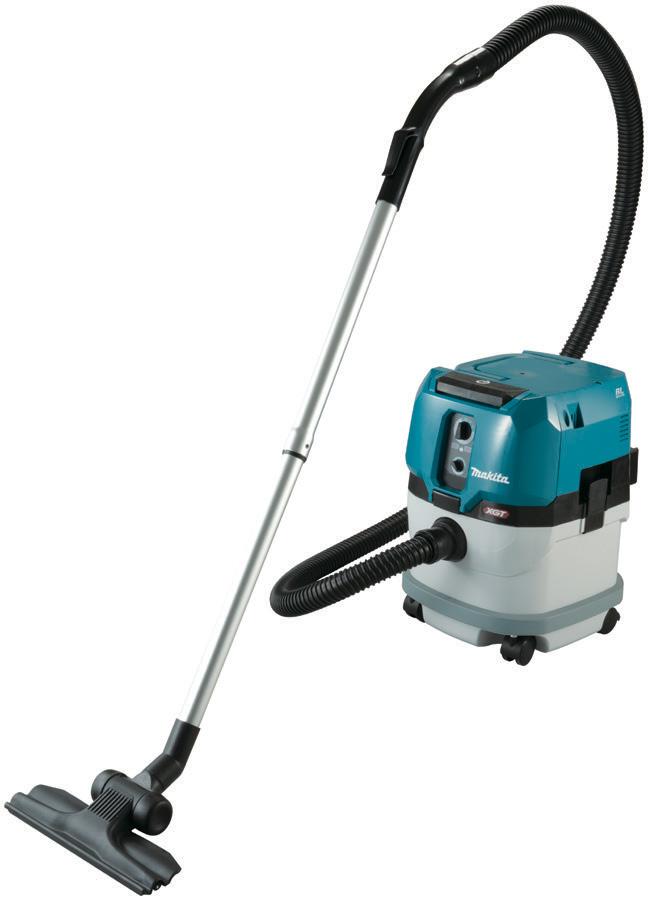
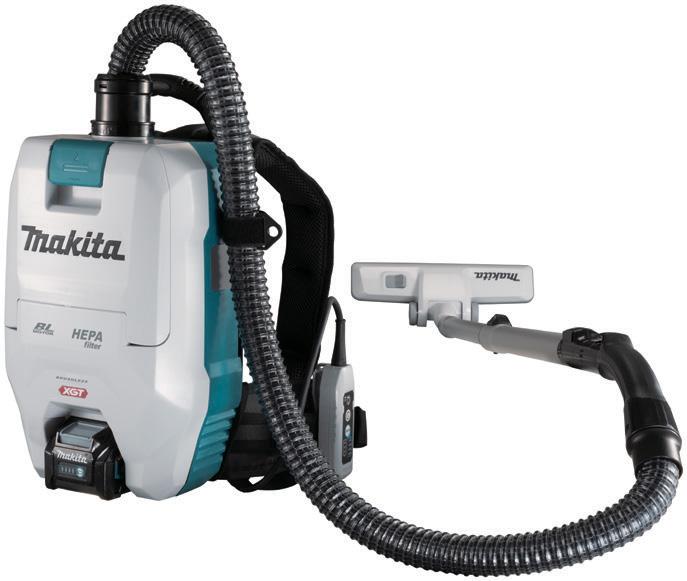
POWER WITHOUT LIMITS ™ LIMITED W ARRANTY* YEAR REGISTER YOUR TOOLS FOR EXTRA PROTECTION Makita 5 year limited warranty on new cordless skins* *Makita.com.au/MyMakita for details, terms & conditions MakitaAustralia Cordless innovation is more than just bigger batteries. It’s about creating battery technology and motor engineering that work together for optimum performance. With Makita’s XGT 40V Max platform the higher battery output is a genuine solution for high demand cleaning and maintenance applications. Makita’s XGT tools and batteries have been designed with innovative smart technology, delivering reliable tools that are a must for all professional applications. E&OE / 5967-23
Sabco Professional:
Making a sweeping impact on Australian commercial cleaning
Sabco Professional has fast become the trusted partner of Australia’s leading distributors and professional cleaning companies
It’s 6am at Sabco’s Melbourne warehouse, and the workday is already underway.
Like every other morning of the year, the team at Sabco Professional are getting ready to deliver high-performing products and high-value customer service to thousands of Australian clients across the commercial cleaning sector.
Sabco has been a beloved Australian household name for generations. In fact, for more than 130 years the cleaning supply
company has continued to meet the everchanging needs of Australian consumers with a top notch, can’t-live-without product range –including professional grade mops and reusable microfibre cloths.
Sabco’s connection with Australian households is deep. Now, with the profile of Sabco Professional gaining momentum, so too is its relationship with Australian businesses.
Dependable and reliable, the commercial cleaning product supplier is now the trusted
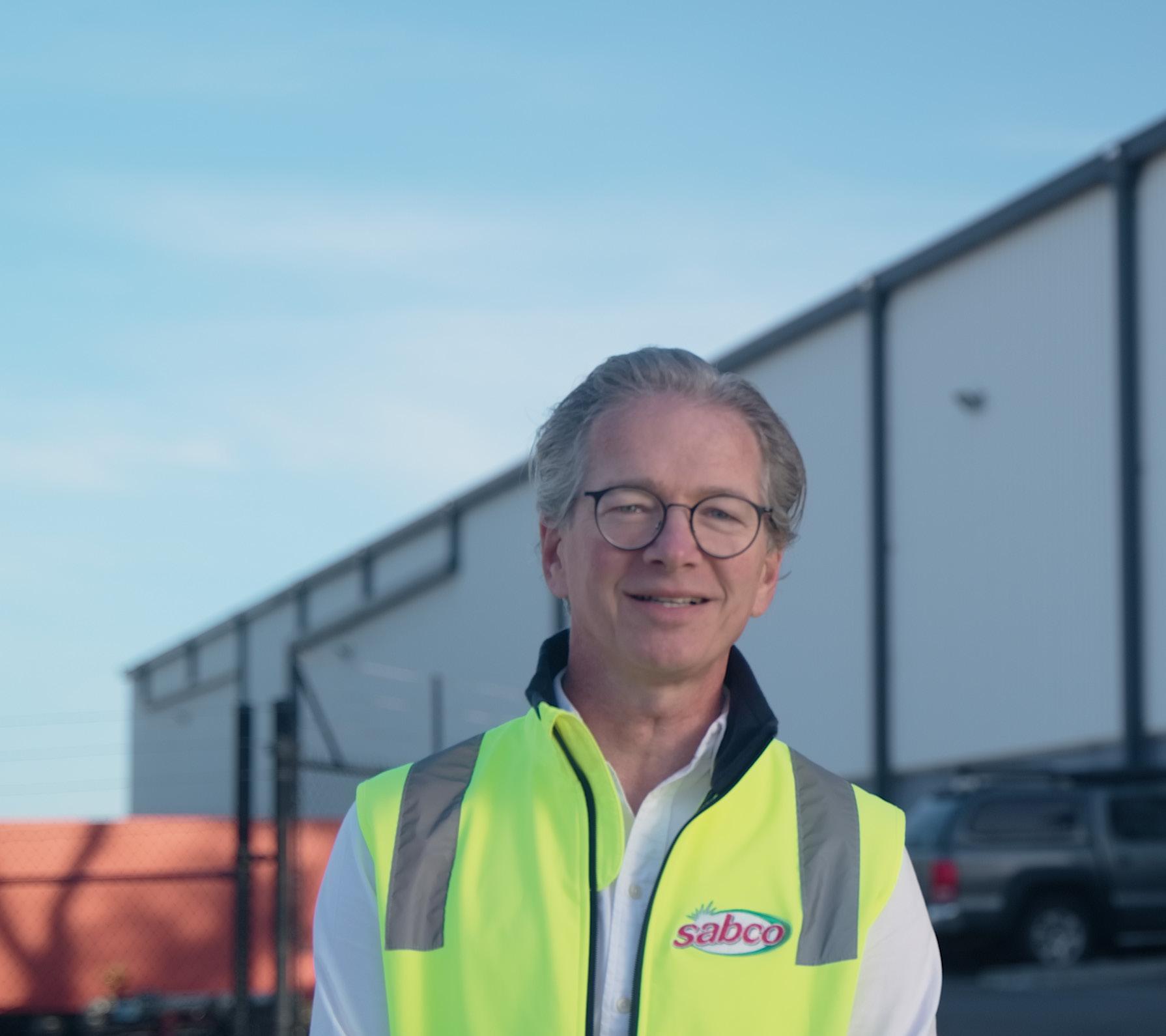
30 INCLEAN Jul / Aug 2023 SPONSORED
Herman Verhofstadt, Sabco CEO
partner of Australia’s leading distributors and professional cleaning companies –contributing to their success in a highly competitive and demanding market.
So, what exactly makes Sabco Professional Australia’s emerging go-to supplier?

Its team understands the cleaning business – inside out. Staying connected with cleaners, business owners and distributers ensuring they offer and deliver a durable, effective, and valuable product range, and a transparent and simple client experience – saving clients time, money and a world of stress.
Sabco Professional works hard to operate in a manner that suits
clients – catering to the needs of each individual business.
That means offering round-theclock support, distributer-focused deal structures, price incentives and optimised delivery times.
CUSTOMER-CENTRIC SERVICE
For loyal clients, Sabco Professional offers a Platinum service that features personal, knowledgeable customer service representatives, future access to discounts and rebates, and invitations to company events and launches.
A lot of Sabco Professional’s stand-out customer service is thanks to its people.
“Our team is dedicated to their distributor service. We strive to deliver on time, in full, with very transparent pricing. If there are any issues, we’ll solve them straight away,” says Herman Verhofstadt, Sabco CEO.
With polished customer service, Sabco Professional is striving to form even stronger bonds with its clients.
“Sabco has a really lovely relationship with Australians,” says Emily Townsing, Sabco Marketing Director.
“We would love to build on that connection with our commercial clientele and achieve the same level of trust that Australians households have with the Sabco brand.”
“
”
Our team is dedicated to their distributor service. We strive to deliver on time, in full, with very transparent pricing.
www.incleanmag.com.au 31 SPONSORED
- Herman Verhofstadt, Sabco CEO
To further that point, Sabco Professional is determined to increase the operational standard in the commercial cleaning sector.
For Sabco Professional, that means focusing on what matters to clients; seamless operations, continued innovation, sustainable product and practice, and ongoing support of the Australian job economy.
As two of Sabco’s key leaders, Herman and Emily share an enthusiasm for the company’s exciting future and the fascinating innovations that are set to carry them there.
“For us, it’s all about looking toward tomorrow and looking after our clients even better than we did yesterday,” explains Herman.
“It’s about being the innovator and the excitement brand in the category,” Emily says.
In 2020, Sabco Professional undertook a huge change to its service.
To provide closer sales support and training to end-users and key distribution partners, the team welcomed new regional and national
account managers and national commercial product managers.
Additionally, a new Sabco Professional catalogue launched in a more digestible format. It was very well received.
Leading this change is Sabco Professional Sales Director, Gerard Searl.
“We’re striving every single day to improve the experience our customers get from working with Sabco Professional,” Gerard explains.
This includes new innovations around streamlined ordering, credit options, and a dedicated Sabco Professional customer helpline.
A GROWING MOMENTUM FOR GREEN
“Our clients are also making it very clear how important it is to them that we continue to develop products that are more sustainable,” Gerard adds. And they’re right. There’s a growing and undeniable need for more sustainable commercial cleaning products that are less impactful on our environment. And so, Sabco Professional is actively looking for new ways to reduce its environmental impact.
In recent times, Sabco implemented a comprehensive sustainable development program. This included the introduction of biodegradable materials made from natural fibres, and changes to packaging and shipping box size. Some exciting results include:
• Saving 2,250 square meters of cardboard
• Reducing Co2 emissions by 17.6 tonnes
Sabco has also nearly eradicated the use of polystyrene altogether, and the brand is in the final development stages of replacing single-use plastic bags with recyclable ones.
Changes to product and packaging, however, won’t mean changes to quality and value.
“We believe that profitability and sustainability aren’t mutually exclusive,” Herman states.
Sabco Professional aims to maintain a range of sustainable products that offer the premium cleaning performance professional cleaners expect, with a gentler environmental impact.
Understandably, Sabco Professional’s Australian business partners also care about feeding Australia’s job economy with local operations.
“Making more products here in Australia is really important to us,” states Gerard.
“We’ve discussed this with our customers, and they’re really excited about the direction we’re taking to bring more jobs, and manufacturing, back into the Australian market,” he continues.
So, what gets the Sabco Professional team out of bed for a crisp, 6am start? It’s simple. To make a sweeping impact on the way their clients purchase and receive Sabco Professional cleaning supplies –and how they then seamlessly integrate them into their business operations. ■
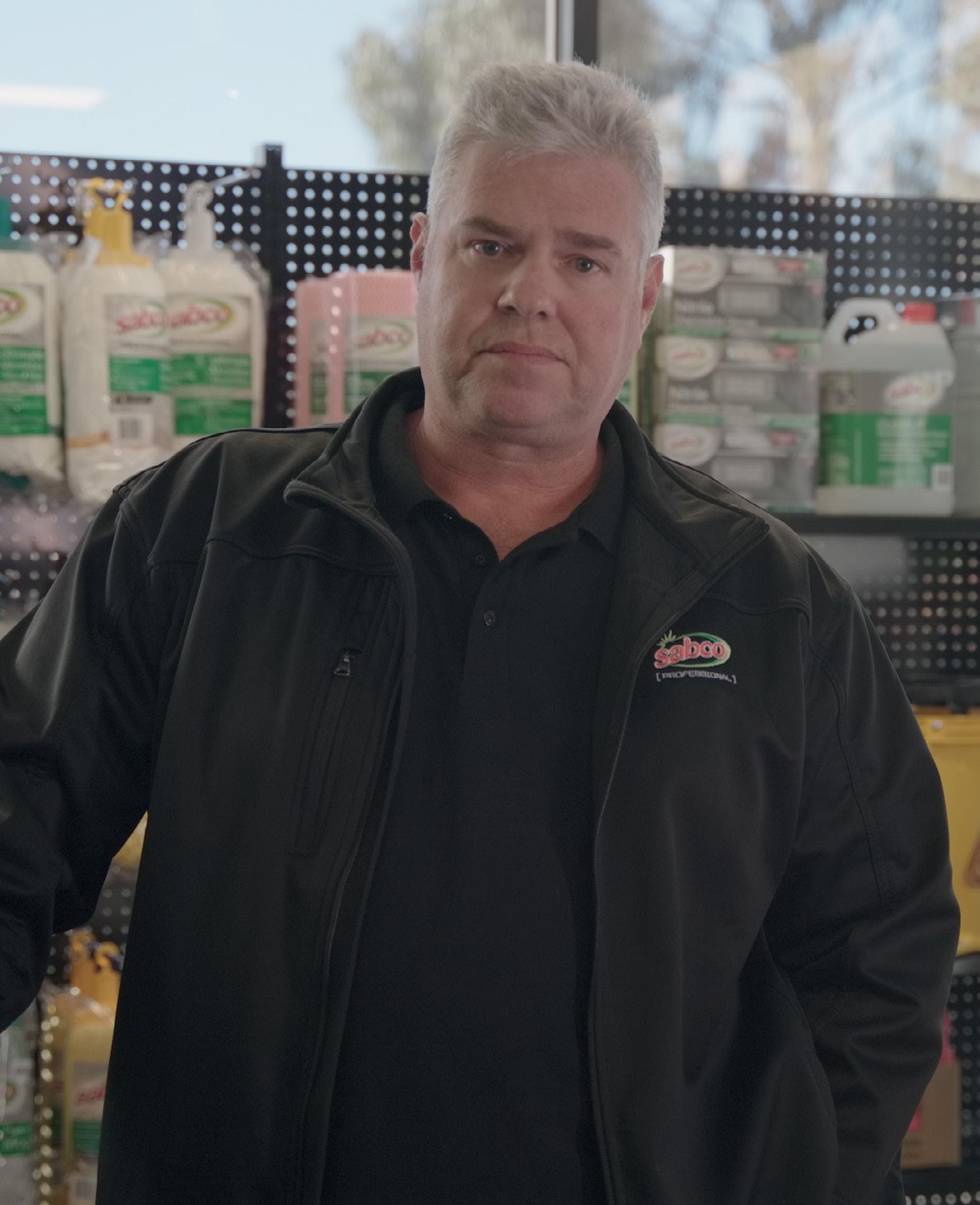 Sabco Professional Sales Director, Gerard Searl
Sabco Professional Sales Director, Gerard Searl
“
We’re striving every single day to improve the experience our customers get from working with Sabco Professional ”
32 INCLEAN Jul / Aug 2023 SPONSORED
- Gerard Searl, Sabco Professional Sales Director
SABCO PROFESSIONAL GOALS
Goals that Sabco aligns with are:
AFFORDABLE AND CLEAN ENERGY
INDUSTRY, INNOVATIONS AND INFRASTRUCTURE
SUSTAINABLE CITIES AND COMMUNITIES


RESPONSIBLE CONSUMPTION AND PRODUCTION
CLIMATE ACTION
PARTNERSHIPS FOR THE GOALS
Sabco has implemented a comprehensive sustainable development program. This includes the introduction of biodegradable materials made from natural bres, and changes to packaging and shipping box size. Some exciting results include:



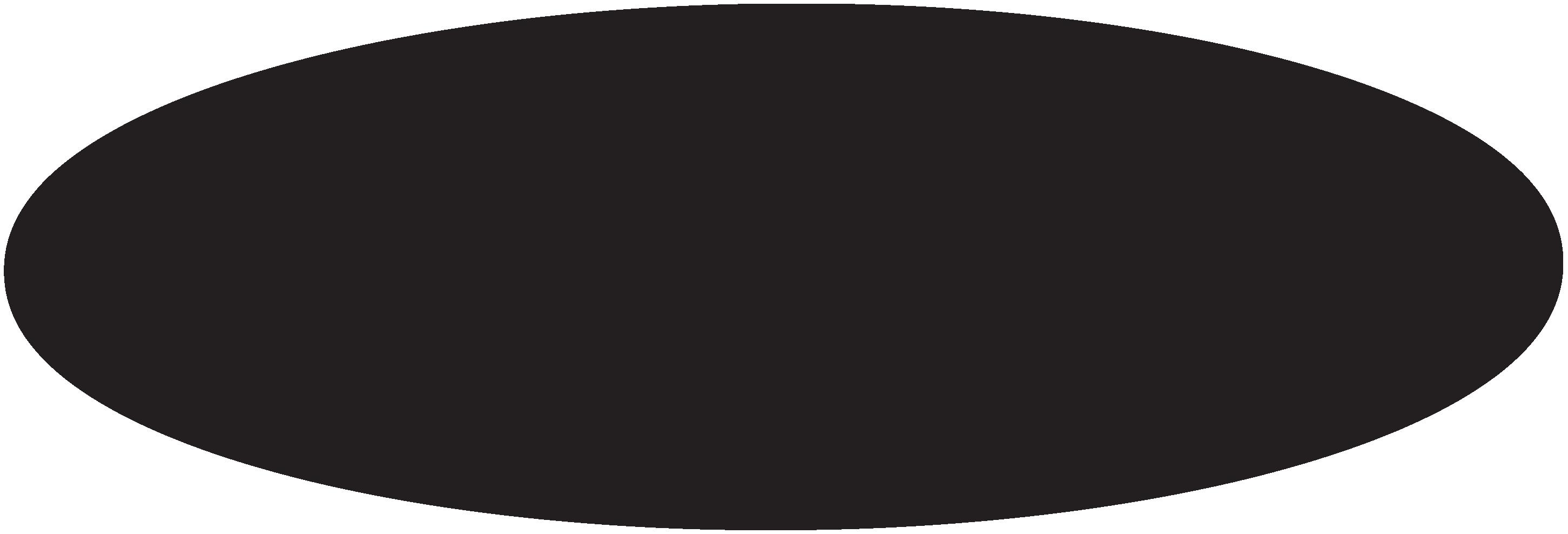
Saving 2,250 square meters of cardboard
Reducing Co2 emissions by 17.6 tonnes
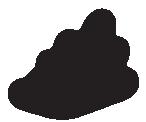
Sabco has also nearly eradicated the use of polystyrene altogether, and the brand is in the nal development stages of replacing single-use plastic bags with recyclable ones.
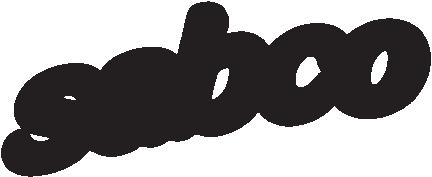
Robot chores
Automation and artificial intelligence can help reduce the pressures of menial tasks for building service contractors, saving money and easing labour shortages
Words Seamus May

34 INCLEAN Jul / Aug 2023
AUTOMATION
Every day, it seems as if the capabilities of artificial intelligence (AI) and robots grow, and their impact upon our daily lives increases. While we might not be living out the scenes of science fiction just yet, these developments also offer opportunities for BSCs to increase their capacity, improve their service, and win a greater number of contracts.
The opportunities for maintenance organisations abound. In particular, autonomous machines appear ideally suited for the alleviating of labour and staff shortage pains that have dogged building service contractors (BSCs) in recent years.
Brant Insero, senior director of education, training, certification & standards at ISSA, the worldwide cleaning association, highlights the potential of autonomous machines to increase cleaning efficiency and reduce the staff hours spent on menial tasks.
“It is safe to say that [autonomous machines] will help reduce the redundant tasks that may be labour intensive for an organisation.”
Nevertheless, Insero does not believe that the machines will remove the need for human intervention entirely.
“While no machine is 100 per cent autonomous and does take someone to manage the unit or fleet of units, it can help reduce the possibilities for workplace injuries.
“It is obvious that productivity should increase but the main benefit that I personally see is the ability to have the workforce focus their energy on detailed tasks while autonomous machines may be geared toward the large open space tasks such as autoscrubbing or large area vacuuming.”
SCRUBBING FOR SUCCESS
Insero’s perspective is supported by an expert in the autoscrubbing field, Lucas Paris, managing director of MotorScrubber Australia.
Paris believes that these machines offer benefits when it comes to scrubbing more sizeable buildings.
“Large static environments are usually the best location to deploy robotics fleets, stadiums, airports, warehouses,” Paris says.
Frank Cupido, managing director of Hako Australia, says that his organisation is expanding further into robotic scrubbers.
“It is a developing segment for Hako with multiple unit offerings. We currently focus on autonomous floor scrubbers with extensions into other ranges as the technology develops to a consistent Hako standard of performance level.”
And the founder of cleaning robot specialist company, the Robot Factory, Tom Culver, states
that robotic scrubbers form one part of his organisation’s stable.
“The Robot Factory sells a large range of autonomous vacuums, sweepers, and scrubbers. We have solutions for small offices all the way up to malls, airports, and massive warehouses. We also sell a few industry specific cleaning robots for manufacturing operations.”
Culver’s company intends to widen its range of robots in the near future – with again, the focus on more significant spaces.
“This spring we will be announcing our new outdoor sweeper that can operate in large open public spaces,” Culver says.
BSC BENEFITS
The benefits of robotics and automation for BSCs come largely in two places: cleaning operations, and appeal to clients when bidding for contracts.
“A lot of new tenders are specifically asking for ‘Innovation’. I think any BSC will outperform their peers when they include a robot cleaning strategy while submitting tenders,” Culver says.
But Hako’s Cupido stresses that it is not enough to just put robots in a BSCs stable and expect to pick up new clients.
“Important to note robots don’t win contracts, people do! It is those people who are able to demonstrate the increased productivity, consistent cleaning results, and cost savings in the long run.”
Cleaning and maintenance, like all industries, has had to reckon with staff and skill shortages, and this is an area where Cupido believes robots can make an immediate difference.
“Some common challenges faced by BSCs and facilities is mainly around, supervision during night time cleaning, skill and labour resource shortages, coupled with rising labour costs, all delivering inconsistent cleaning quality,” Cupido suggests.
“Autonomous cleaning machines can help overcome these challenges by automating the manual cleaning processes to improve cleaning consistency with productivity increases. It enables the BSCs to free-up workers that can be re-deployed to focus on more complex or specialised tasks.”
For Insero, these machines can also reduce the amount spend on cleaning materials, and remove human error from the equation.
“Whether it be a robotic floor machine or ‘Internet of Things’ technology with their dispensers, it helps control cost, wasted motion and allows data to control the decision vs. emotion.“
Finally, Cupido also states that these machines have the “ability to deliver higher standards
“
”
AI and machine learning algorithms are likely to play a more significant role in the future of autonomous cleaning machines. These technologies can enable robots to learn from their experiences, optimise their cleaning strategies, and adapt to specific environments.
AUTOMATION www.incleanmag.com.au 35
of hygiene without additional costs to their clients with the ultimate goal of reducing costs.”
NAVIGATING CHALLENGES
While the benefits of autonomous machines are manifold, they are not a cure-all solution for every space, and will demand the same upkeep and maintenance as other cleaning devices. Paris states that automated machines will continue to require the human touch.
“Robotics obviously aim to remove the need for a team member to be allocated to operating the machine, this [requirement] is not eliminated though as mapping, charging, filling of the machine duties still need to be completed with the majority of machines.
“Robotic equipment does have a place in larger environments but the need for human interaction is still relevant and will not be eliminated.
“They have value in the right area and will improve efficiencies, but they will
never completely remove the need for human interaction on sites.”
A similar note is struck by Andrew Dillon, business development ANZ for Brain Corp, which creates software for robots and autonomous machines.
“It’s important to note that while autonomous machines offer numerous benefits, they are not intended to replace human cleaners entirely.
“Instead, they are designed to complement human efforts, allowing cleaning companies to optimise their operations and leverage the advantages of both automation and human expertise,” Dillon says.
The devices are also expensive, which can represent a significant hurdle to clear for smaller organisations, according to Insero.
“Upfront cost is a barrier for many to entry, but new and innovative business models are starting to come to market from some technology companies to help implement robotics.
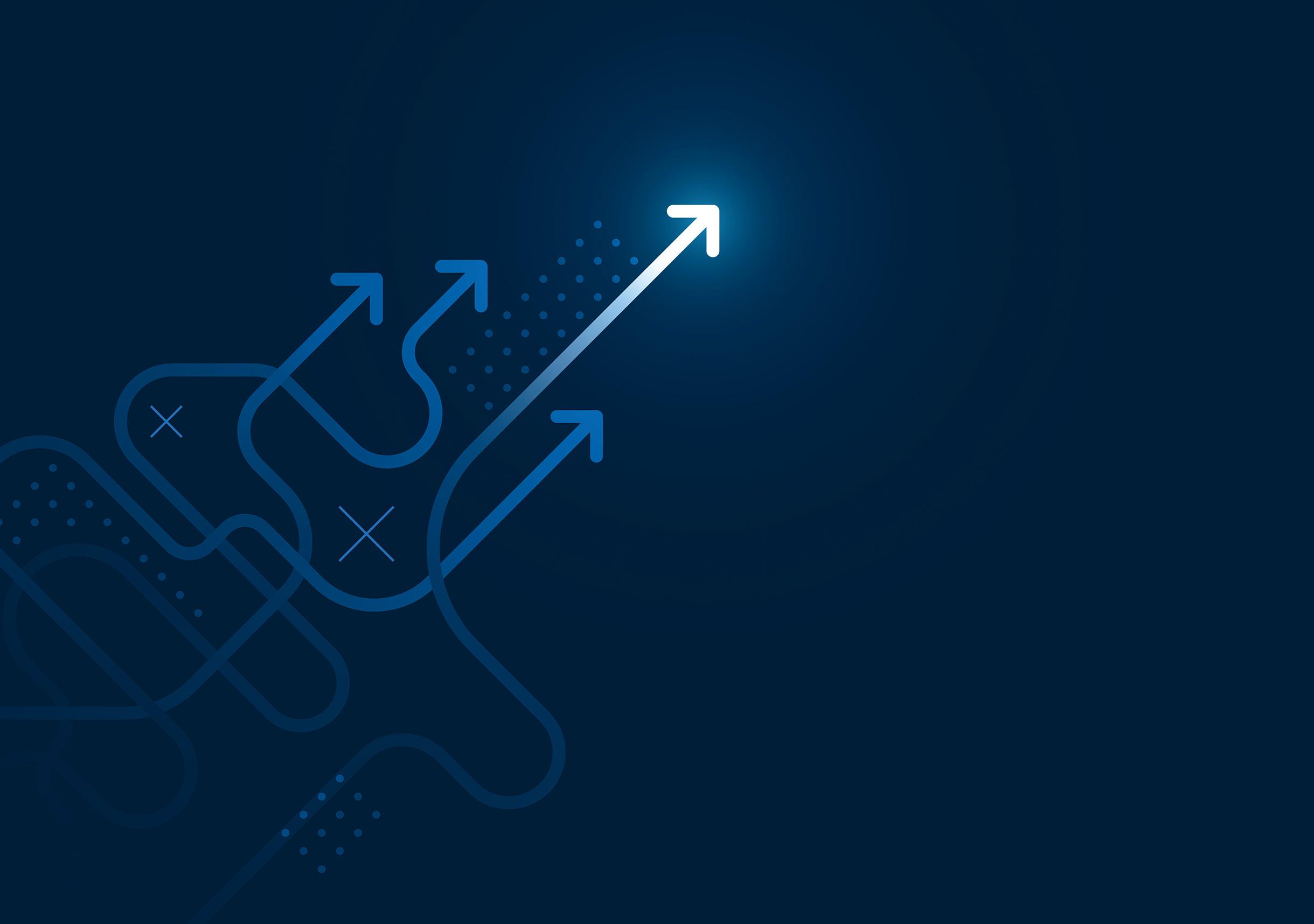
“Smaller BSCs struggle with cash flow or large enough capital to invest into new equipment.”
Indeed, while convinced of the benefits of autonomous machines, Culver believes that BSCs need to be clear-sighted about the capabilities of these devices.
“Cleaning robots do not fit in every situation,” Culver says.
“It’s critical to work with a company that knows robots and has experience with real world applications.”
Similarly, Paris thinks that there are certain areas where robots tend to struggle.
“The ability for the robots to get to edging and corners is still a challenge for most robotic equipment.”
But this is an aspect of where Culver sees improvements.
“The robots we sell are now much easier to set up and map with simple interfaces that a novice can use,” he says.
“Plus, we can now scrub, vacuum, and mop right up to the edges of walls.”
“
36 INCLEAN Jul / Aug 2023 AUTOMATION
The ability for the robots to get to edging and corners is still a challenge for most robotic equipment. ”
And Brain Corp’s software is also designed to alleviate these challenges, as Dillon explains.
“Brain Corp’s software BrainOS® enables autonomous cleaning machines to operate independently, navigating complex environments, avoiding obstacles, and performing cleaning tasks efficiently and effectively.”
There are also some barriers to entry to consider, and due diligence to be performed, before getting started with robotic cleaning equipment.
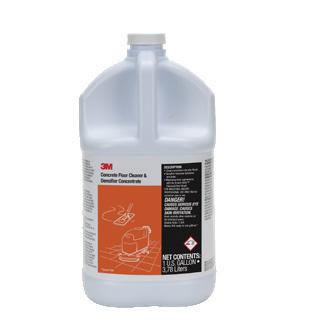

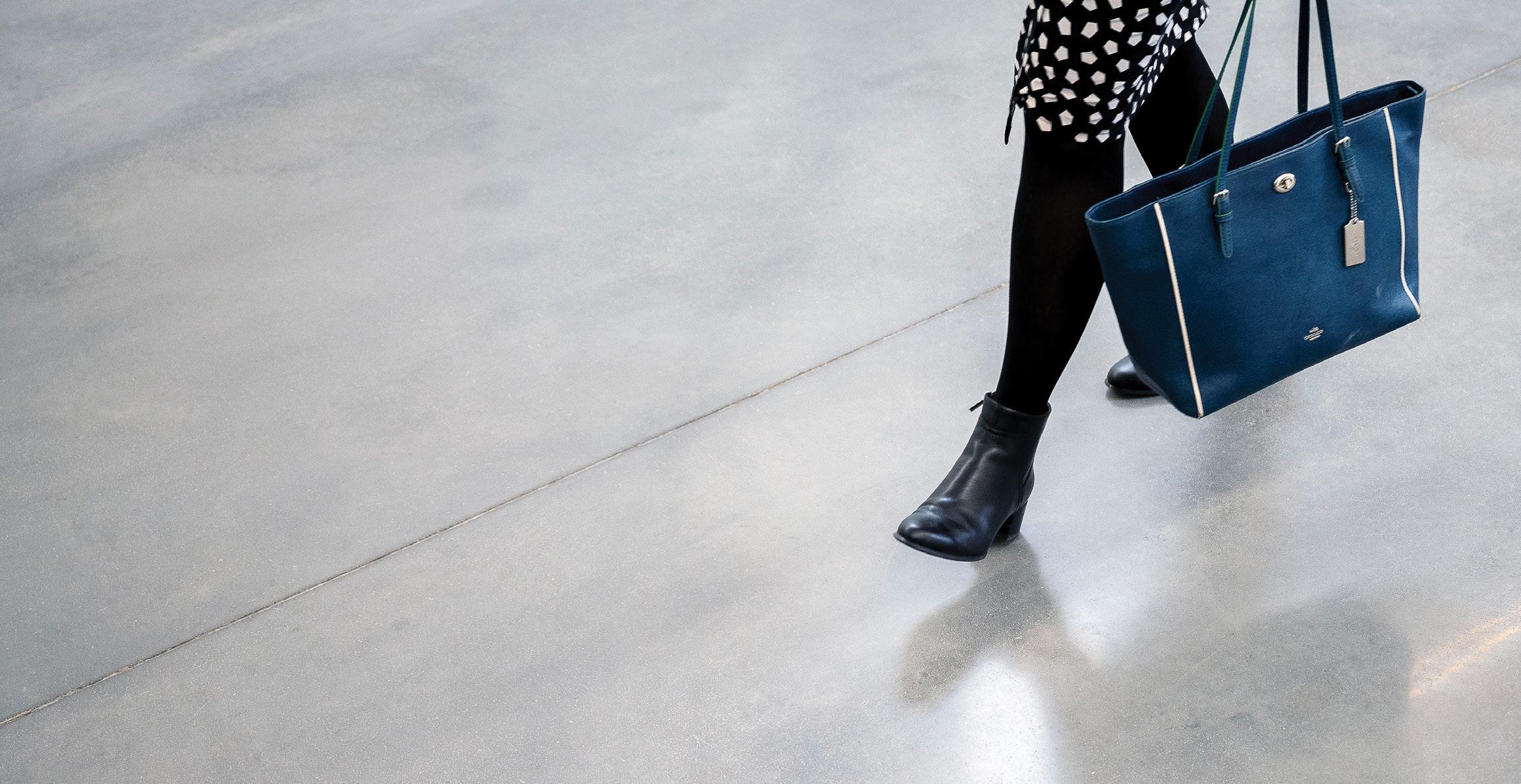
“Time needs to be spent upfront with a full onsite evaluation of the facility that needs cleaning. This upfront study of the potential is critical so that the BSCs can understand the real-world potential of the robot in a specific setting,” Culver explains.
And Paris concurs, saying: “Ensure lengthy trials are completed at your site, make sure you have confidence in the after sales service of your provider, these machines are highly technical and take a great level of technical ability to troubleshoot error and onsite challenges.”
ARTIFICIAL INTELLIGENCE IS GENUINE REALITY
Artificial intelligence is more than a passing fad and looks primed to have a significant effect upon how BSCs go about their operations.

“One of my key interests is AI and I find it fascinating and indeed, a bit scary,” Culver states.

Additionally, there is a growing focus on connectivity and data analytics, enabling remote monitoring, predictive maintenance, and performance optimisation of cleaning robots.
And the Robot Factory is already introducing this technology into their machines.
“We already have a form of AI on our new Phantas robot. The auto spot cleaning 4X efficiency and floor type recognition this robot uses is a form of AI and it is smart enough to recognise say, a power cord, in its path and avoid it.”
Brain Corp is a specialist in this space, and Dillon illustrates how the organisation is using AI.
“AI and machine learning algorithms are likely to play a more significant role in the future of autonomous cleaning machines. These technologies can enable robots to learn from their experiences, optimise their cleaning strategies, and adapt to specific environments,” he says.
“They can also facilitate predictive maintenance, anomaly detection, and data-driven decision-making to enhance performance and efficiency.”

Your floor’s time to shine. Scotch-Brite™ Diamond Floor Brush 3M™ Concrete Floor Cleaner & Densifier - Improved shine and durability - Optimised to work with the Scotch-Brite™ Diamond Floor brush to maximise floor appearance - Simplified maintenance - Safer - No sharp blades - Lasts longer Request a trial Improve the gloss and clarity of uncoated concrete with a long-lasting system that simplifies maintenance. Scotch-Brite and 3M are trademarks of 3M. © 3M 2023. All rights reserved. www.incleanmag.com.au 37 AUTOMATION
Cupido similarly describes how he sees this technology being introduced.
“Some of the hot trends in cleaning robotics include the integration of artificial intelligence and machine learning algorithms to enhance navigation and decision-making capabilities of robots, the use of advanced sensors for better environment perception and obstacle avoidance, and the development of collaborative robots (cobots) that can work alongside human cleaners.
“Additionally, there is a growing focus on connectivity and data analytics, enabling remote monitoring, predictive maintenance, and performance optimisation of cleaning robots,” Cupido continues.
In this regard, AI appears to be solving some of the drawbacks of robots previously highlighted by industry leaders. Culver further explains how the technology will be incorporated into his company’s offering.

“We are curently testing several software applications that can run on the robots to detect spills to minimise the risk of any slips. The Robot Factory studies all of these new potential applications, but we only bring to market technologies we know work and that we test ourselves.
“There is a lot of hype out there that we try to cut through for our customers, so they get solid automation tools with proven ROI.”
THE FULL PICTURE
Ultimately, it is undeniable that autonomous cleaning machines, enhanced through the use of software and AI, will continue to shape the future of the sector.
While they must be implemented thoughtfully, and they will not solve every problem BSCs face, there are clear advantages for cleaning companies and contractors looking to include the devices in their portfolio.
Culver is bullish about the future importance of robots and AI to the cleaning industry.
“I think all BSCs should start thinking about a robot strategy now,” he says.
“The robots often keep the floors cleaner with their consistency and at the end of the day that keeps the customer happy.
“BSCs should look for a robot partner that has experience and can service and support them. The robot technologies and manufactures will change so look for a partner that can ensure your robot journey is not a one-way street,” Culver says.
Cupido is similarly convinced, declaring the machines “the only way to increase hygiene standards in an affordable way for their clients.”
“By embracing automation, [BSCs] can improve their cleaning efficiency, enhance service quality, reduce labour costs, and differentiate themselves from competitors.”
Cupido also does not think these trends mark the end of the road for human cleaning staff.
“Autonomous machines represent a significant opportunity for BSCs to transform their operations and deliver higher quality services,” he says.
“However, it’s important to remember that while robots can automate certain tasks, human workers still play a crucial role in managing and maintaining these machines, as well as performing specialised cleaning tasks that require human judgement and dexterity.
“Striking the right balance between human expertise and robotic automation can lead to optimal cleaning outcomes and customer satisfaction,” Cupido concludes. ■
“
AUTOMATION 38 INCLEAN Jul / Aug 2023
Robotic equipment does have a place in larger environments but the need for human interaction is still relevant and will not be eliminated.
”


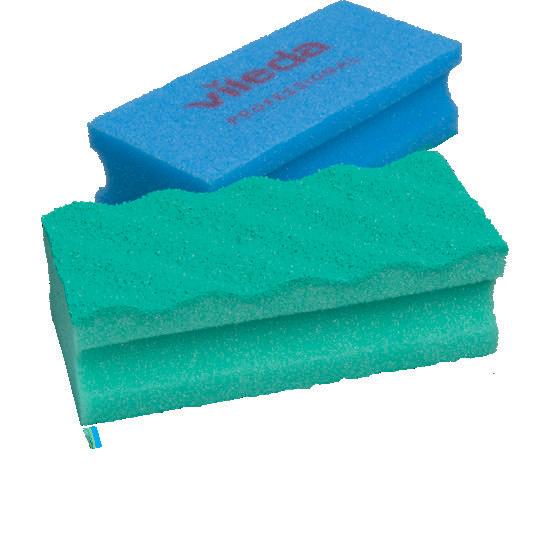
www.vileda-professional.com.au
Get your head around a sustainability mindset

Smart leaders in the cleaning sector are embracing sustainability – and those who do not run the risk of earning the ire of industry watchdogs and customers
Words Cameron Cooper
As he reflects on the sustainability journey of manufacturing giant 3M, Supeap Leng urges other companies operating in the cleaning and hygiene space to embrace a new way of thinking.
Just because floors have always been cleaned a certain way, it does not mean that it is the only way. Just because specific products have dominated the market, it does not mean that more eco-friendly options are unviable.
“What we are doing is looking at products, processes and the market itself to see how we can encourage a change in mindset, especially in the cleaning industry, where sometimes people are stuck in a routine and they don’t really want to change it,” says Leng, a manager in the commercial solutions division at 3M Australia. A case in point is the old approach to stripping, sealing and maintaining hard floors. The process often results in excess chemicals being washed down drains and gas-powered
SUSTAINABILITY 40 INCLEAN Jul / Aug 2023
burnishers creating air and noise pollution. In response, 3M has developed more sustainable floorcare systems that cut down on labour, rely more on water rather than harsh chemicals, and limit the need to burnish.
“The people using the machines are not exposed to the gasses in the air and the loud noise – and facilities don’t have to strip and seal so much,” Leng says. “But there’s no point in making the process greener if it cannot deliver. With this process it can produce the same performance as traditional methods, as well as a sustainability benefit.”
HELPING PEOPLE AND THE PLANET
Sustainability is much more than a buzzword in the cleaning sector – by adopting sustainable and eco-friendly practices, companies can help protect the planet, safeguard human health and wellbeing, and create a thriving business.
Such a sentiment is well understood at Accord Australasia, the national industry association representing manufacturers and suppliers of hygiene, personal care and specialty products. Executive director Bronwyn Capanna agrees that all players in the cleaning and hygiene chain must be prepared to challenge the status quo if they hope to promote sustainability.
Accord did just that a decade ago with the launch of the organisation’s Recognised ecolabel in the commercial cleaning sector. It has provided a thirdparty assessed accreditation scheme to identify fit-for-purpose and environmentally preferable commercial cleaning products.
“This was at a time when members were telling us that there were very few robust, science-based ecolabels that were suitable for differentiating their environmentally preferable commercial cleaning products,” Capanna says.
“Since that time there has been an expanded offer of other accreditation schemes, plus products themselves are increasingly formulated with social and environmental considerations in view. So, some important improvements in the market can in part be attributed to Recognised.”
The association’s FitForFood initiative is another success story, providing an online information resource for determining the suitability of commercial cleaning and sanitising products for food contact applications. While she is proud of such achievements, Capanna says there is no room for complacency. “It isn’t good enough to simply be satisfied with the achievements of the past. Continuous improvement is essential, especially in an area like sustainability.”
Vacuum cleaner manufacturer SEBO is also pursuing sustainability initiatives, including ensuring plastics are recycled into new components. The factory is also self-sustaining with regard to
electricity use and even makes contributions to the national grid when supply exceeds demand.
Kristine Collins, product manager for SEBO Australia, says that by adopting the right design and technology – and guiding customers on the right vacuum for the right floor type – the company’s products contribute to a range of sustainability goals. This includes increasing the lifespan of flooring, reducing premature landfill, improving indoor air quality and benefiting the workforce by maintaining a good level of productivity and attendance.
Collins says SEBO is also encouraging a culture of sustainability among employees, whether they are on the job or at home. “We as individuals have our own role in society to contribute towards sustainability, whether that is at home turning off the tap while brushing our teeth, at work using recycled paper, or down at the local park picking up someone else’s trash and putting it in the bin,” Collins says. “Staff are encouraged to have a positive environmental impact across all areas at work, even including the collection of food scraps for composting.”
MADE TO MEASURE
A key to successful sustainability programs is committing to specific goals and then measuring progress against them. Globally, 3M has made significant sustainability pledges in recent years, vowing to:
• achieve zero landfill status at more than 30 per cent of its manufacturing sites by 2025

• reduce manufacturing waste by an additional 10 per cent indexed to sales, by 2025
• cut dependence on virgin fossil-based plastic by 125 million pounds (about 56.7 million kilograms) by the end of 2025
• reduce global water usage by 25 per cent by 2030, indexed to sales.
Leng says publishing regular global impact reports has been crucial to 3M’s commitment to measuring and meeting its sustainability goals.
“One thing we’ve been proud about is being really vocal and transparent on what we do,” he says.
“A lot of companies will talk about their sustainability values and commitments, but when you dig deeper there’s not much depth to it. At 3M, we’re not just talking and greenwashing.”
The reality is that entities which are guilty of greenwashing are increasingly likely be caught out and punished. In March, the Australian Competition and Consumer Commission announced that it is investigating a number of businesses for potential greenwashing. This follows an internet sweep which found that 57 per cent of the businesses reviewed had made “concerning claims” about their environmental credentials.
“
” www.incleanmag.com.au 41 SUSTAINABILITY
Sustainability is much more than a buzzword in the cleaning sector – by adopting sustainable and eco-friendly practices, companies can help protect the planet, safeguard human health and wellbeing, and create a thriving business.
The cosmetic, clothing and footwear and food and drink sectors were found to have the highest proportion of concerning claims among the industries targeted in the operation. No sector can be unworried, though.
Europe is also targeting greenwashing, with reports indicating that companies will have 10 days to justify green claims about their products or face “effective, proportionate and dissuasive” penalties under a draft European Union crackdown on greenwashing. This follows inflated claims by companies about their products’ environmental performance and is a
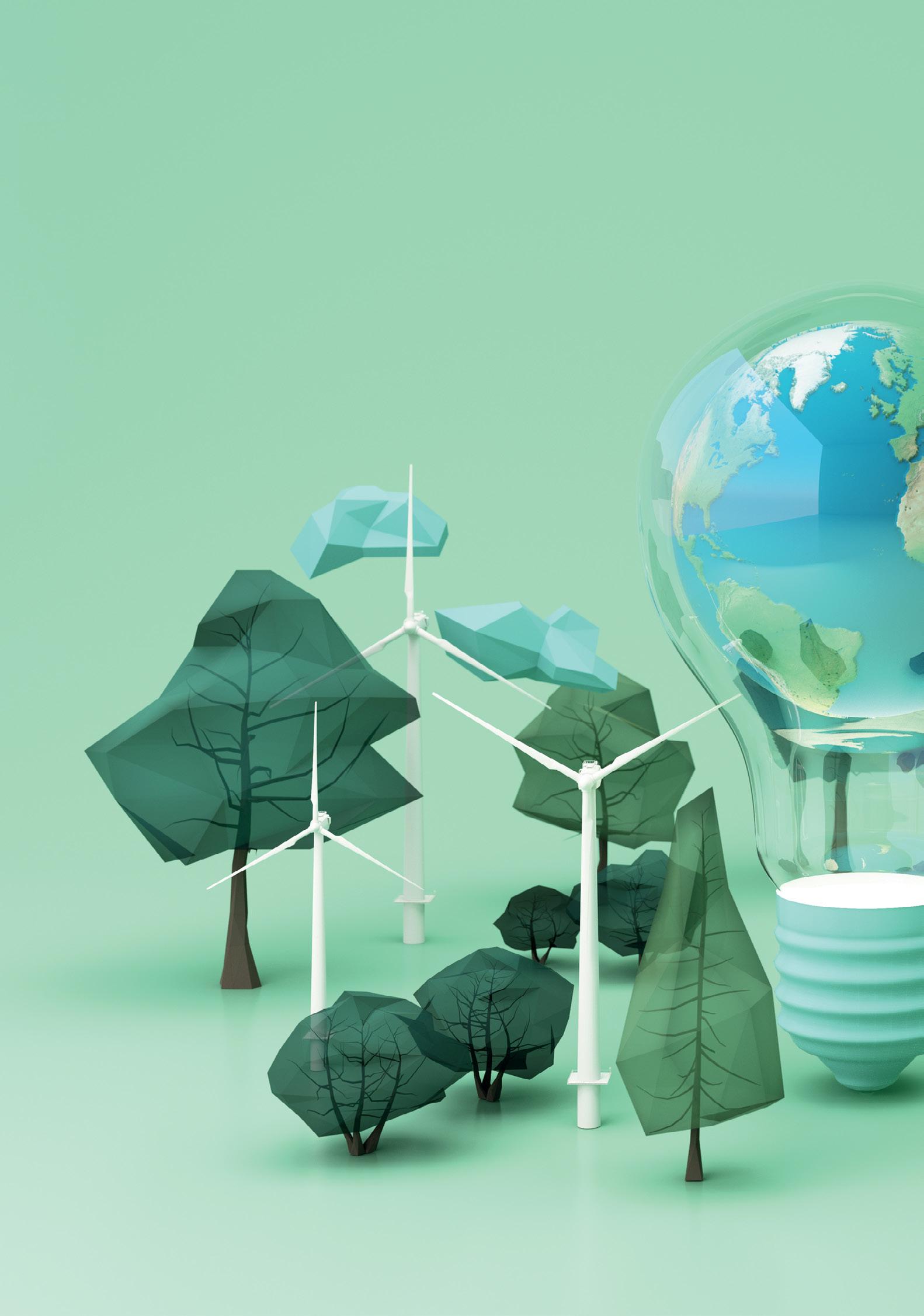
pointe to what is likely to follow in other international jurisdictions.
NO TIME TO WASTE
One company that is seeking to make a difference through its sustainability initiatives is Cleanstar/XPOWER, a wholesale distributor of cleaning equipment and products.
Through the Bonnie Bio brand, the business sells a range of compostable products such as garbage bags, disposable gloves and packaging.
“This is a long-term initiative and our industry needs to work on composting
programs and put systems in place to reduce waste and reduce the harmful effects on our environment,” says Cleanstar/ XPOWER director Lisa Michalson. She says a growing number of cleaning companies are focusing on waste reduction and the use of environmentally friendly products. With regard to compostable products, in particular, they employ a range of strategies:
1. Prioritising the use of products that carry compostable certifications (these certifications ensure that the products meet specific compostability standards and break down into natural elements within a certain timeframe)
2. Conducting waste audits to evaluate the composition of their waste streams (this helps identify the amount of compostable waste that is generated, along with tracking improvements over time)
3. Investing in on-site composting infrastructure, or partnering with composting facilities to ensure the proper disposal of compostable products (they can measure their progress by tracking the amount of compostable waste diverted to composting facilities and the volume of high-quality compost generated)
4. Engaging with their suppliers to encourage the use of compostable packaging and materials (they may set specific targets for the percentage of compostable products in their supply chain and track the progress towards achieving those targets)
5. Educating their customers about the benefits of compostable products and encouraging their use.
“By employing these measurement strategies, cleaning companies can track their progress in using compostable products and make informed decisions to further enhance their sustainability efforts,” Michalson says.
To ensure that sustainability initiatives are meaningful and being met within Accord, Capanna says the association stays true to the language of its core values statement, including through terms such as “collaborative”, “inclusive” and “solutionsfocused”, in addition to “science- and evidence-based”. “These values underpin all Accord’s work and communications,” she says.
For Accord, key priorities as it assists members in the coming year will include responding to climate change and targeting plastic and packaging waste.
“
” 42 INCLEAN Jul / Aug 2023 SUSTAINABILITY
It isn’t good enough to simply be satisfied with the achievements of the past. Continuous improvement is essential, especially in an area like sustainability.
Repair rules need a quick fix
The ability to repair high-end cleaning machinery – rather than just dump it in landfill – shapes as an important component of the industry’s sustainability effort.
In July 2021, Australia passed its first right-to-repair laws, a mandated datasharing scheme that makes it possible for independent motor mechanics to get access to diagnostic information. As it stands, however, this is limited to just one sector. Champions of the right-to-repair cause, including Professor Leanne Wiseman from Griffith University, argue that a truly circular economy would see waste streams turned back into useful products. Redesigning products to make them repairable would also prolong their useful life and value.
Lisa Michalson, director of Cleanstar/ XPOWER, is one of the advocates in the cleaning industry who notes that Australia
does not have specific national legislation or comprehensive right-to-repair laws for consumer electronic devices or appliances, unlike Europe.

Queensland and Victoria have introduced laws and regulations related to e-waste recycling. “These initiatives promote proper disposal and recycling of electronic devices, including appliances, but they do not specifically address the broader rightto-repair concerns, which is unfortunate,” Michalson says. She and other right-to-repair supporters flag the following issues for government and the industry leaders to consider:
1. Right-to-repair laws should require manufacturers to have spare parts available for consumers and independent repair businesses. Repair manuals should also enable individuals to trouble-shoot issues themselves and then seek repair services from independent technicians.
2. By promoting access to repair information and parts, right-to-repair laws can help extend the lifespan of appliances. Fixing
appliances, rather than dumping them, reduces waste and resource consumption, contributing to a more sustainable Earth.

3. Providing consumers with the means to repair appliances can lead to cost savings, as repairing a broken appliance is often more affordable than buying a new replacement.
4. Right-to-repair laws can help foster a competitive repair market by allowing independent repair businesses to access necessary information and parts. This, in turn, promotes education, skills, economic growth and jobs.
5. Many appliances contain valuable materials that can be recovered through proper repairs, refurbishment, or recycling. Michalson says her business is practising what it preaches. “It’s our priority and always has been to carry a substantial stock holding of replacement parts for our equipment for repair,” she says. “The effort of holding parts for our machinery is often a costly investment, but it is an important issue for our organisation.”
WAVE TECHNOLOGY NEW
SHOCK THE DIRT OFF YOUR FLOORS SCAN HERE www.incleanmag.com.au 43 SUSTAINABILITY
Sabco targets plastic waste
When Sabco started thinking about practical ways to improve its sustainability efforts a few years ago, it quickly identified its range of consumer flat mops as the “low-hanging fruit”.
The cleaning products company opted to remove plastic clamshell packaging from its flat mop range, sparking a deeper review into removing single-use plastic packaging – a move that has seen Sabco eliminate about 95 tonnes of plastic packaging from landfill since 2019.
The initiative is one of many that Sabco is pursuing as part of its obligations as a signatory of the Australian Packaging Covenant Organisation (APCO). APCO has set targets for 100 per cent of packaging to be reusable, recyclable or compostable; 70 per cent of plastic packaging to be recycled or composted; an average of 50 per cent of recycled content to be included in packaging; and the phase-out of problematic and unnecessary single-use plastic packaging.
Gerard Searl, sales director at Sabco Professional Australia, says the collapse last year of the REDcycle recycling scheme and uncertainty around recycling soft plastics have prompted Sabco to consider alternative approaches.
“We recognise that relying solely on recycling programs may not guarantee proper disposal of certain plastic packaging materials,” he says.
In addition to the mop initiative, Sabco is engaged in other sustainability projects, including:
• adopting labelling protocols that provide clear instructions to consumers on how to properly recycle and dispose of products under the Australasian Recycling Label program
• developing a sustainability charter that outlines sustainable development goals that align with its operations
• implementing a Reconciliation Action Plan to foster reconciliation and create opportunities for Indigenous communities
• reducing its energy consumption by swapping conventional lights with more energy-efficient LED lights and installing more solar panels.
Searl says the commitment is paying off in many ways. For example, in the past two years the company has cut its soft plastic waste levels by 1.01 tonnes, and it has reduced its hard plastic waste levels by more than 36 tonnes over the same period.
As Sabco seeks to further ramp up its sustainability commitment in the coming years, Searl urges other leaders in the cleaning industry to be ambitious.
“We aspire to be a leader in our market, not only in terms of sales but also in our commitment to sustainability and the principles of environmental stewardship, social responsibility and economic viability,” he says.
“We invite fellow industry leaders to join us on this journey towards a more sustainable and prosperous future.”
“We are undertaking several activities to assist members in overcoming barriers, developing solutions and progressing their action on these important global challenges,” Capanna says.
PLAN FOR SUCCESS
With an eye to the future, sustainability planning around greater energy efficiency, better indoor air quality and a focus on environmental, social and governance (ESG) guidelines are among the many areas that cleaning companies and other businesses should be prioritising.
Michalson says the cleaning industry will inevitably face various sustainability challenges and opportunities in the next 12 months and beyond. On the plus side, she expects increasing consumer demand for sustainable products.
“By actively promoting and highlighting the environmental benefits of compostables and sustainable packaging, for example, companies can tap into the growing market of conscious consumers who prioritise eco-friendly options,” Michalson says.
“And addressing challenges and seizing the opportunities, the cleaning and hygiene industry can drive significant progress in sustainability during the next 12 months.”
As the industry responds to sustainability pressures, Leng is encouraged that in the past two years more customers have been coming to 3M asking for additional information around sustainability specifications or certifications.
“Because when they go up to tender, the brand managers and the brand owner is asking for that now,” he says. “So, it really starts from the top, and we’re seeing sustainability managers having more of a seat at the corporate table because they’re a key part of the brand’s mission. They have a lot more influence than in the past and that’s a good thing.” ■
“Sustainability planning around greater energy efficiency, better indoor air quality and a focus on environmental, social and governance (ESG) guidelines are among the many areas that cleaning companies and other businesses should be prioritising.
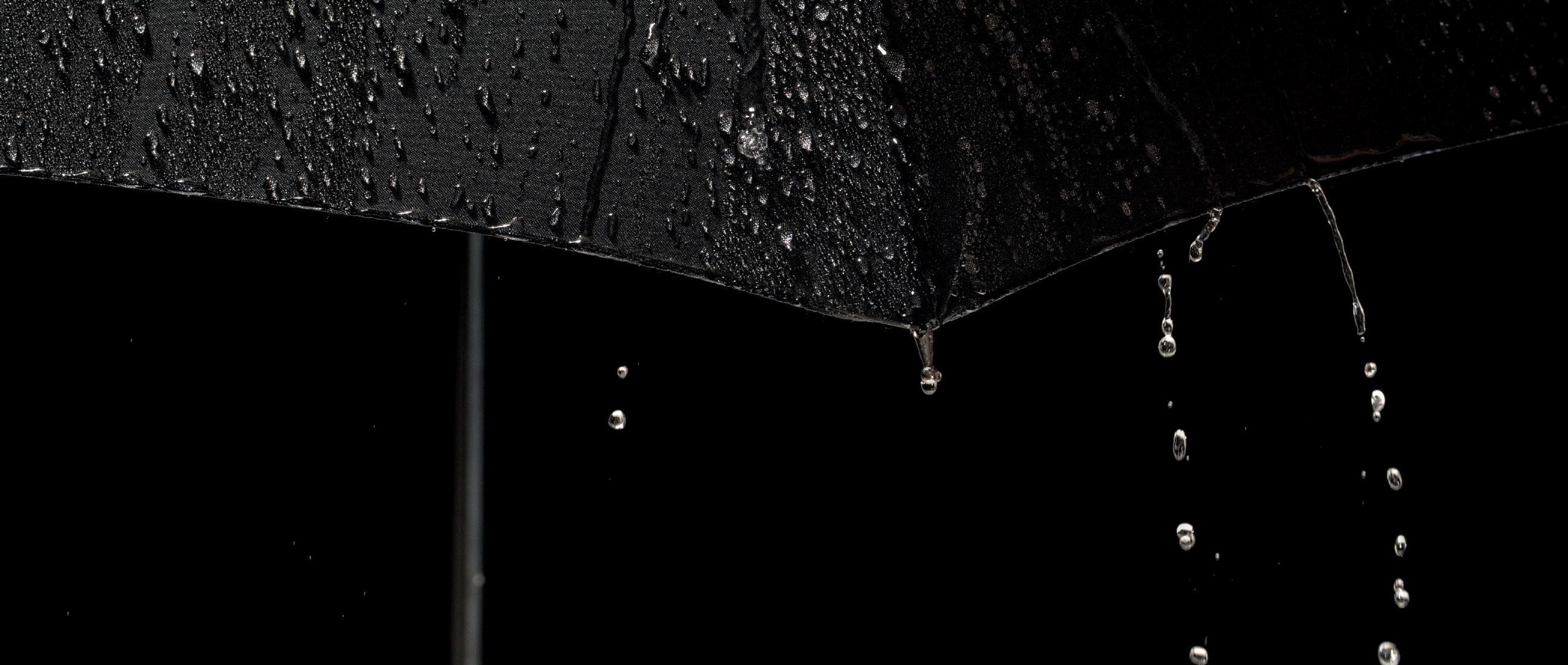

”
44 INCLEAN Jul / Aug 2023 SUSTAINABILITY
WUDA-1200
Wet Umbrella Dryer Australia 1200 Long Unique Design Features:
Intelligent design with innovative features. Wet Umbrella Dryer Australia is the first of it’s kind locally manufactured and available to the Australian market.
• Proudly manufactured in Australia from locally sourced materials.
• 100% Eco Friendly and sustainable with no plastic bags required.
• All panels are full recyclable, made from HDPE (type2).
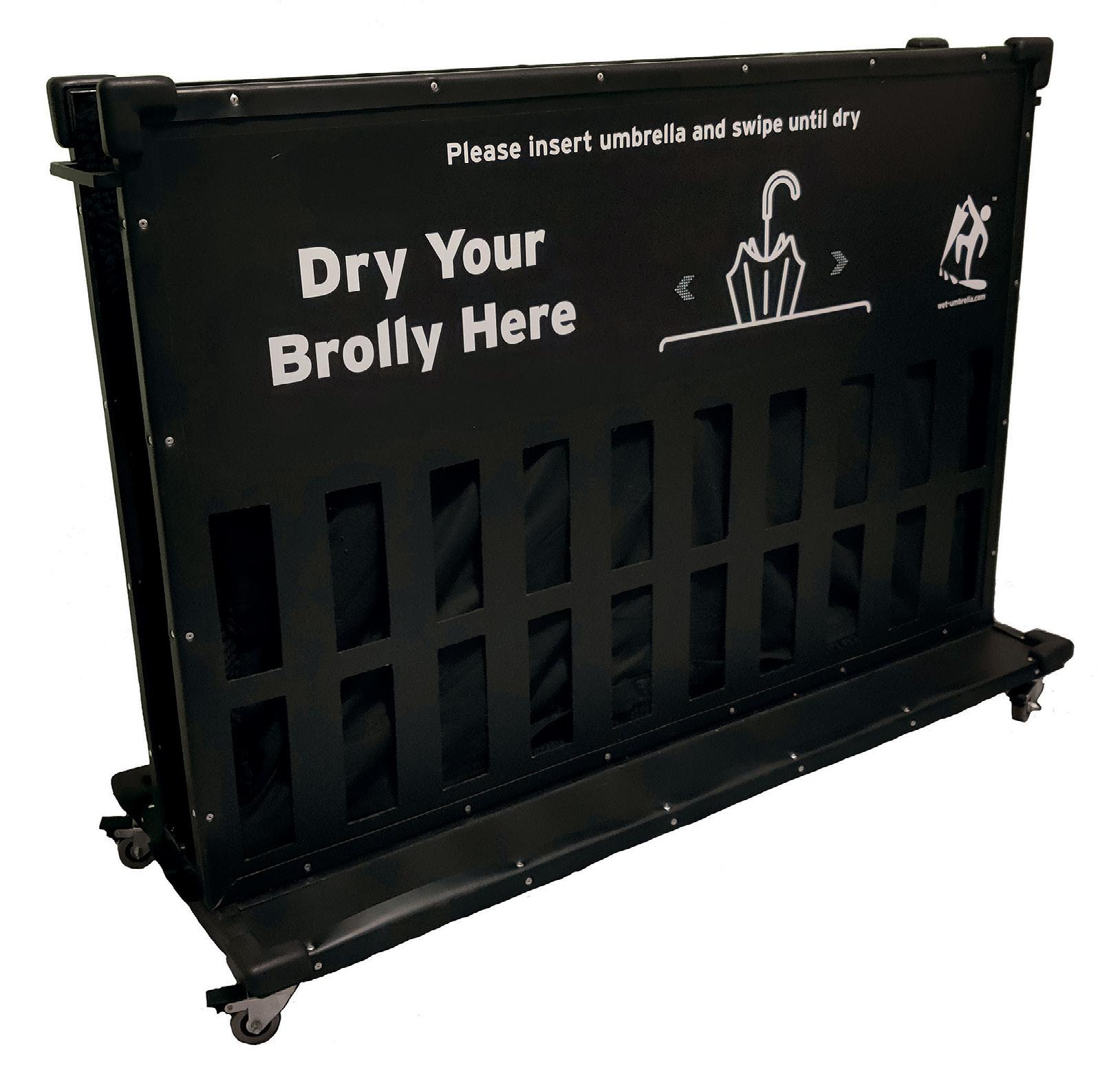
• HDPE has high impact strength and is very hard to crack under pressure. This guarantees years of reliable service in a tough commercial environment.
• Cleverly designed side ventilation allows microfibre pads to dry when not in use.
• Fully washable and replaceable high quality microfibre pads.
• No wet floors with purposely built in splash guard.
• The use of rubber and foam ensures durability and minimal chance of injury.
• Steel handles allow for ease of mobility, doubling up as reinforcement panels ensuring added rigidity and durability.
• Innovative design allows for easy flat packed delivery via standard courier services Australia wide.
• WUDA -1200 is the first product of it’s kind to fit golf and oversized umbrellas.

• Theft preventing locking tabs.
• 5 year warranty.
• Buy Back and Upcycling initiative.
• Minimal wait times for shipping and never out of stock.
• Comprehensive after sales support, quick repairs and supply of spare parts. When you purchase WUDA -1200, you’re helping support Australian Industries, local innovators and manufacturing.
WET-UMBRELLA.COM
Robot
revolution in the cleaning industry
Essential workers are required to devote lots of time and attention to ensure that environments are safe and healthy for others. However, the cleaning sector faces numerous challenges, including escalating labor costs, a shortage of qualified staff, and increased cleaning requirements.
This formula has resulted in the adoption of automation technologies to transform various industries, and the cleaning sector is no exception. Cleaning service contractors are increasingly turning to cleaning robots to improve efficiency, reduce costs, and enhance overall cleaning operations. However, the benefits extend beyond these immediate advantages. Companies
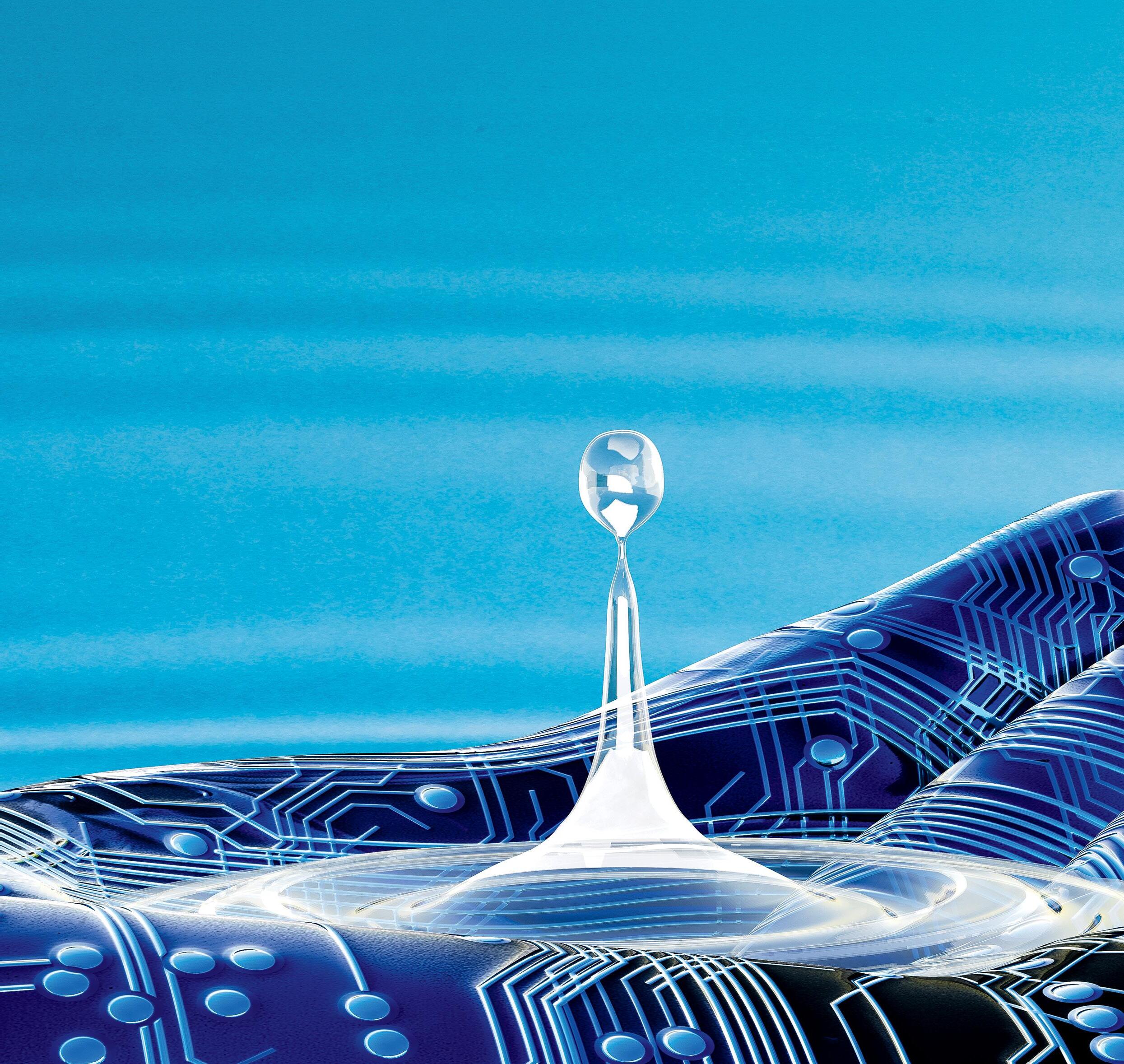
are leveraging cleaning robots and the data they generate to foster labour sustainability, prioritise health and safety, and gain operational visibility.
One of the companies leading the way in this space is Brain Corp. Known for its automation platform, BrainOS®, Brain Corp has partnered with the world’s best cleaning manufacturers - Tenannt, Nilfisk and Hako - to create robotic solutions with the best autonomy, most robust cleaning intelligence and highest performing cleaning standards.
To date, Brain Corp and its partners have deployed more than 28,000 robots across the world and across industries, representing the largest fleet of its kind.
Equipped with AI, autonomous robots step in to help with time-consuming tasks like cleaning floors, sharing insights along the way
SPONSORED 46 INCLEAN Jul / Aug 2023
LABOR SUSTAINABILITY
The integration of cleaning robots can contribute significantly to labor sustainability within the cleaning industry. By automating repetitive and physically demanding tasks, companies can relieve their workforce of strenuous manual labour, reducing the risk of injury and long-term health issues. This translates into a healthier and more motivated workforce.
Furthermore, by utilising cleaning robots alongside human workers, contractors can optimize labor allocation. Employees can be upskilled to focus on more complex and specialized cleaning tasks that require human touch and decision-making capabilities. This not only enhances
the overall quality of cleaning services but also leads to greater job satisfaction among employees, as they can engage in more fulfilling and intellectually stimulating work.
HEALTH AND SAFETY
The use of cleaning robots brings substantial improvements to health and safety conditions for both workers and occupants of the spaces being cleaned. Cleaning tasks often involve exposure to harsh chemicals and environments. By delegating these tasks to robots, contractors can significantly reduce the risk of accidents, chemical exposure, and work-related health issues.
To date, Brain Corp and its partners have deployed more than 28,000 robots across the world and across industries, representing the largest fleet of its kind.
Additionally, cleaning robots are equipped with advanced sensors and cameras that enable them to navigate spaces effectively and avoid obstacles. This minimizes the chances of slip-andfall accidents and other incidents that could occur when human cleaners operate in cluttered or poorly lit areas.
OPERATIONAL VISIBILITY
Cleaning robots generate vast amounts of data during their operations. This data can be leveraged to gain valuable insights and improve operational visibility for cleaning contractors.
By analysing the data, companies can identify patterns, optimise cleaning

“
”
SPONSORED www.incleanmag.com.au 47
schedules, and make informed decisions to enhance efficiency and resource allocation. Armed with this knowledge, contractors can adjust their cleaning schedules and deploy resources strategically, ensuring that cleaning tasks are performed when and where they are needed the most.
This intelligence can also be shared with customers to showcase work that has been completed. With maps that show where in a facility has been cleaned, when, and how many times, cleaning contractors can separate themselves from competition by proving their work to customers.
IS DEPLOYMENT HARD?
Sophisticated technology doesn’t provide much value unless its intended users can easily deploy and operate it.
This is why, for example, BrainOS robots offer a remarkable ease of deployment, allowing for quick integration into
cleaning operations. In fact, the process typically takes less than a day, minimizing disruptions to existing workflows. This efficiency stems from BrainOS’s userfriendly interface and intuitive features.
The simple route teaching methods, Teach & Repeat and Area Fill, further contribute to the ease of deployment. With Teach & Repeat, a human operator drives the robot along the desired cleaning route, enabling the machine to memorize the path. This information is then stored within the robot, serving as pre-programmed routes that can be easily accessed and executed when needed.
Area Fill empowers operators to clean the perimeter of a space, allowing the robot to autonomously fill in the remaining area. This approach eliminates the need for longer manual route programming, providing ongoing flexibility and adaptability in cleaning operations.
LET’S AUTOMATE TOGETHER
The integration of cleaning robots and the utilisation of data generated by these robots bring numerous benefits to the cleaning industry. In particular, cleaning contractors can leverage automation technology to enhance labour sustainability by relieving workers of physically demanding tasks and allowing them to focus on more specialised work.
Furthermore, cleaning robots significantly improve health and safety conditions by minimising accidents through advanced sensors and obstacle avoidance capabilities. Lastly, the data collected by cleaning robots empowers contractors with valuable insights to optimise cleaning operations and prove their work to their customers.
As the cleaning industry undergoes constant evolution, embracing technology as the cornerstone of operations becomes imperative.

Companies equipped with cutting-edge technological offerings are poised to provide exceptional customer experiences, gaining a competitive edge, and ensuring scalable growth for the future. In the same way that many companies seek partnerships with established entities, cleaning contractors should actively consider aligning with the most proven automation companies to establish successful robotics programs. Brain Corp, with its extensive deployment of cleaning robots surpassing any other company, emerges as the ideal automation partner for cleaning contractors. ■

“
As the cleaning industry undergoes constant evolution, embracing technology as the cornerstone of operations becomes imperative. ”
SPONSORED 48 INCLEAN Jul / Aug 2023
Bring robots and data onto your cleaning teams
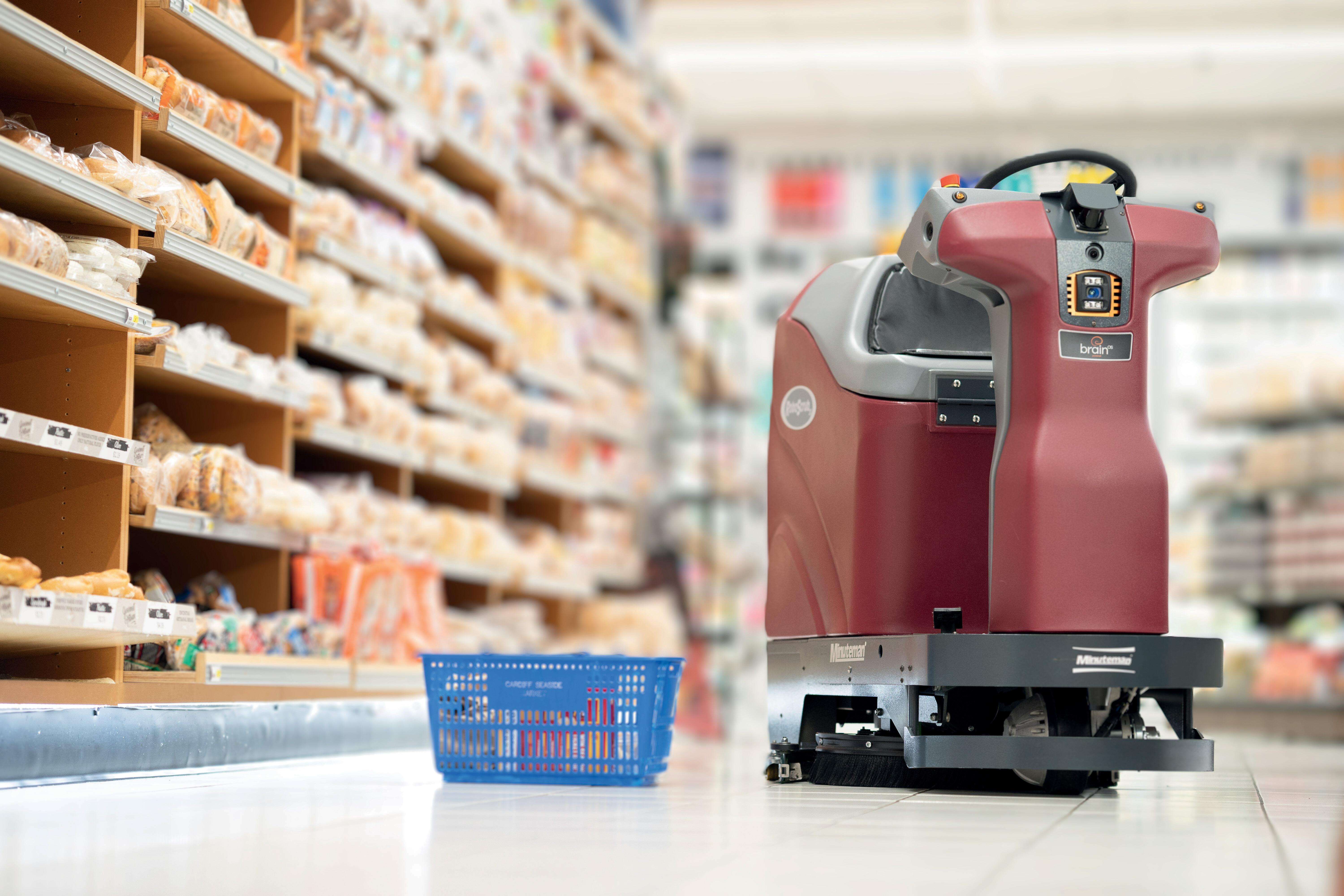
Automate time-consuming tasks and unlock insights to create more productive and intelligent cleaning teams
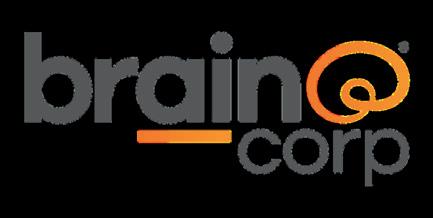
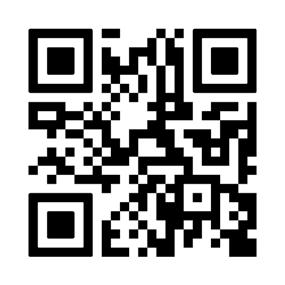
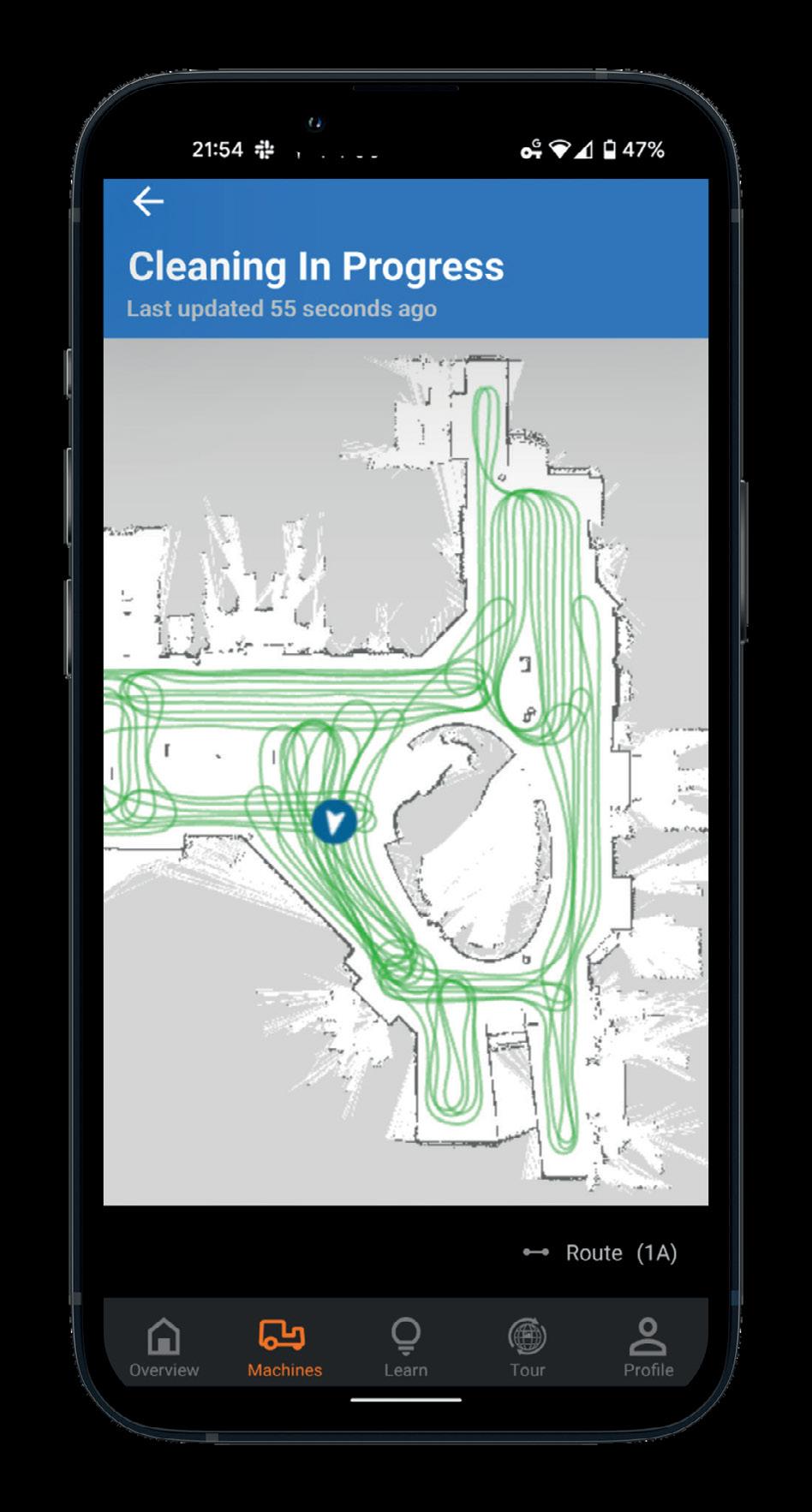
www braincorp com
Safety comes first
In a cleaning and hygiene industry where hazardous products and stressful work environments can ruin the employee experience, all companies must commit to rigorous safety and training measures
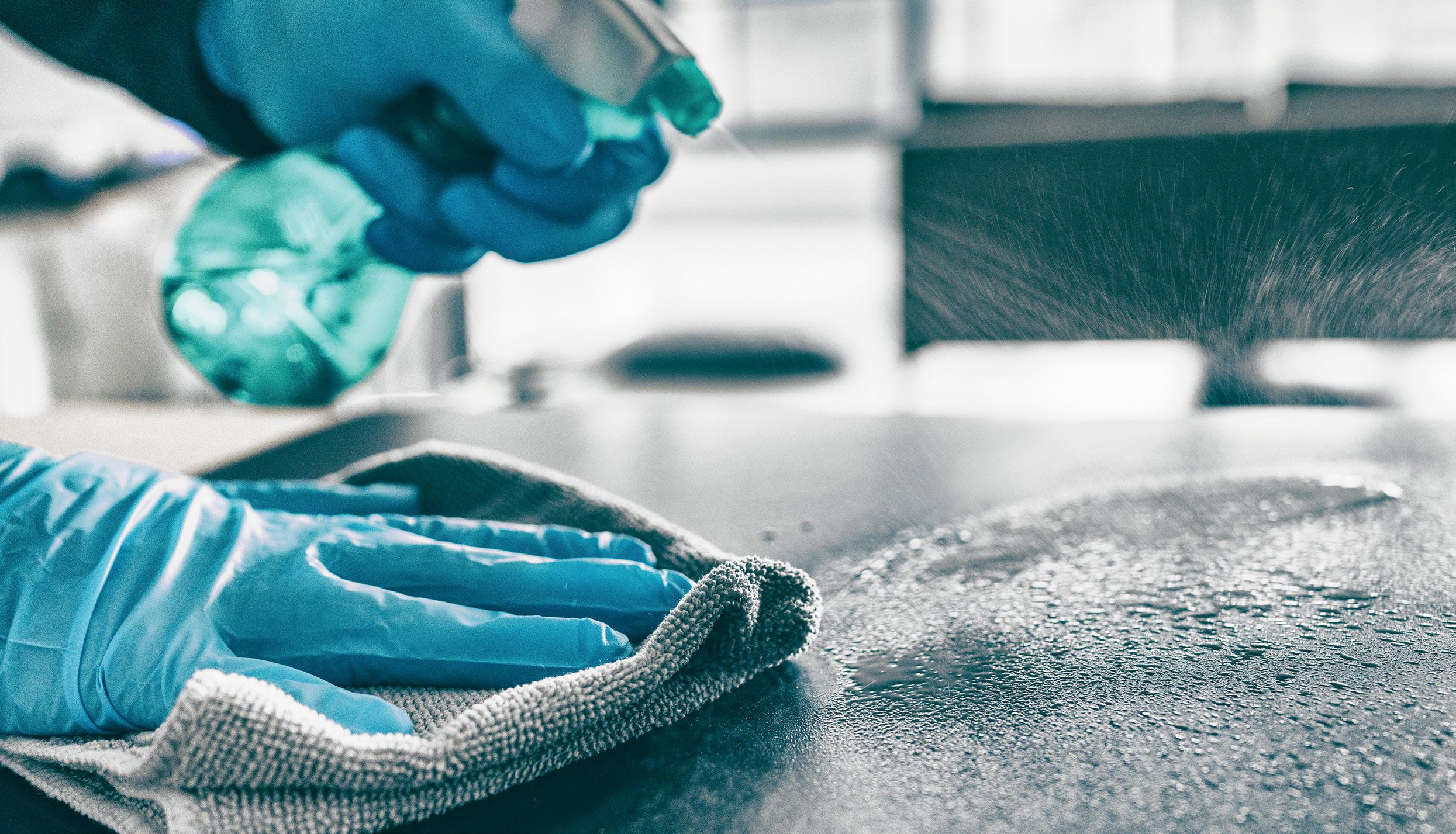
Words Cameron Cooper
While Warwick Lorenz is proud that Australian Pump Industries is known for the quality of its high-pressure water blasters, he knows that they can be potentially dangerous if used incorrectly.
That is why he and his team insist on providing quality training and support for customers.
“We put a lot of work into our safety manuals and our training programs,” says Lorenz, owner and managing director of the business affectionately known as Aussie Pumps.
“I don’t want to be an alarmist, but people have been badly injured and even killed using pressure cleaners,” he says.
“Normally, this relates to poor operator technique or carelessness and, obviously, a lack of training.”
To offset such risks, Aussie Pumps offers a free safety training course for operators of both Class A and Class B machines, which in essence covers all cleaners from professional blasters which can be used for big jobs through to those purchased at a hardware store for do-ityourself applications. Such advice helps users
50 INCLEAN Jul / Aug 2023 SAFETY
take maximum advantage of Aussie Pumps’ range of blasters, which have been developed under the mantra of ‘Faster, smarter, safer’ during the past three decades at the business’s factory in Castle Hill, northwest of Sydney.
Lorenz says while safety manuals are crucial, equipment such as diesel-drive steam cleaners are a “complex animal”, with the Standards Association of Australia taking about four years to come up with its safety provisions under the AS/NZS 4233.1:2013 standard.
“It’s a hugely detailed document that we don’t believe most professional cleaners will ever get to read,” he says. “Our policy is to break it into categories that can be easily absorbed, and they basically equate to knowing the gear, and knowing the rules.
“To operate the machine effectively, you really need to understand the basic principles as to how it operates,” Lorenz says. “We’ve seen machines being used by untrained operators who don’t understand the relationship between the adjustment of the pressure cleaner unloader, the importance of the gauge on the machine, and the nozzle in the tip of the lance attached to the gun.”
Attention to the correct diameter of the nozzle in the gun is the key to generating pressure – and safely operating the machine. “That’s why training is so important,” Lorenz says.
KEEPING CLEANERS AND CUSTOMERS SAFE
At a time when recruitment and retention is problematical for many businesses in the cleaning and hygiene space, paying attention to workplace health and safety can truly set them apart from the competition. Not only does it assist with the physical and mental wellbeing of employees, but it can also boost their morale and productivity.
Kathryn Groening, a business adviser and an ISSA Oceania external consultant, says it is clear in the wake of COVID-19 that there has been a greater focus on safety training.
“It’s not just a case of ticking a box,” she says.
“It’s something that’s really important to businesses.”
Properly rolled out, she says such training programs can improve productivity and profits, as well as assist with other goals such as sustainability. “And, from a social media point of view, it’s something you can market.”
Groening believes leaders and managers should conduct regular safety audits that identify workplace hazards and risks. They can be designed to inform and improve a company’s safety processes.
“People hear the word ‘audit’ and get a bit scared, but they should embrace it,” she says. “Audits are an essential tool for maintaining a safe work environment in so much as they help identify potential hazards and strategies to mitigate risks.”
The case for a safe and healthy workplace has been clearly made in research that Safe Work Australia commissioned from Deloitte Access Economics to explore the cost of work-related injury and illness in Australia.
The study estimated how much value could be created within the Australian economy if work-related injuries and illnesses were removed. Called Safer, healthier, wealthier: The economic value of reducing workrelated injuries and illnesses, it reveals that Australia’s economy would be $28.6 billion better off each year, while 185,500 additional full-time equivalent jobs would be created in the absence of such injuries and illnesses.
Despite such findings, there are indications that some facilities and workplaces are scaling back on measures to keep workers and the public safe.
Supeap Leng, a cleaning and workplace safety expert at 3M Australia, which distributes a suite of products ranging from PPE gear and anti-slip treads to spill kits, says at the height of COVID-19 many facility managers were demanding more safety signage.
“But post-COVID we’ve really seen this quick return back to normal in Australia,” Leng says. “Understandably, the priority for businesses is to manage the additional expenses from the pandemic and increasing costs and to quickly recover, but there still remains a need for preventative measures to keep facilities safe.”
For the safety of all, he believes it is important to not become complacent.
BUILDING A CULTURE OF SAFETY AND WELLBEING
New research indicates that Australian workers are “exhausted, unwell, at risk of quitting, and largely unprepared for future workplace challenges driven by automation and artificial intelligence”.
The findings are part of a report from the University of Melbourne Work Futures Hallmark Research Initiative. The survey of 1400 Australian workers, fielded in June 2022, shows that workers are in poorer physical and mental health since the pandemic began. Prime-aged workers – those aged from 25 to 55 – are especially feeling the effects, with one-third having considered quitting their jobs.
Given such struggles, Groening says it is crucial for all operators in the cleaning and hygiene space to concentrate on building a healthy culture in which wellbeing is top of mind. One of the starting points is to facilitate constructive communication
“
At a time when recruitment and retention is problematical for many businesses in the cleaning and hygiene space, paying attention to workplace health and safety can truly set them apart from the competition.
”
www.incleanmag.com.au 51 SAFETY
between management and staff that contributes to people feeling as though they are being heard and to create a work environment that is as safe and secure as possible.
She adds that one of the chief mental health concerns stems from work-fromhome employees having to get used to being back in a physical office.
“A lot of people still aren’t comfortable enough to come back into the office.”
INVESTING IN YOUR SUCCESS
By investing in training, providing proper equipment, fostering open communication and rewarding excellence, cleaning contractors can create an environment in which employees can thrive – and the business can do well, too.
After 30 years in business, Lorenz understands such a sentiment. Courtesy of robust manufacturing processes and a focus on training, Aussie Pumps is getting the formula right. “It’s a heavy responsibility designing and building machines that you know can cause serious injury,” he says.
Don’t trip up Slips, trips and falls can lead to serious injuries – and costly lawsuits.
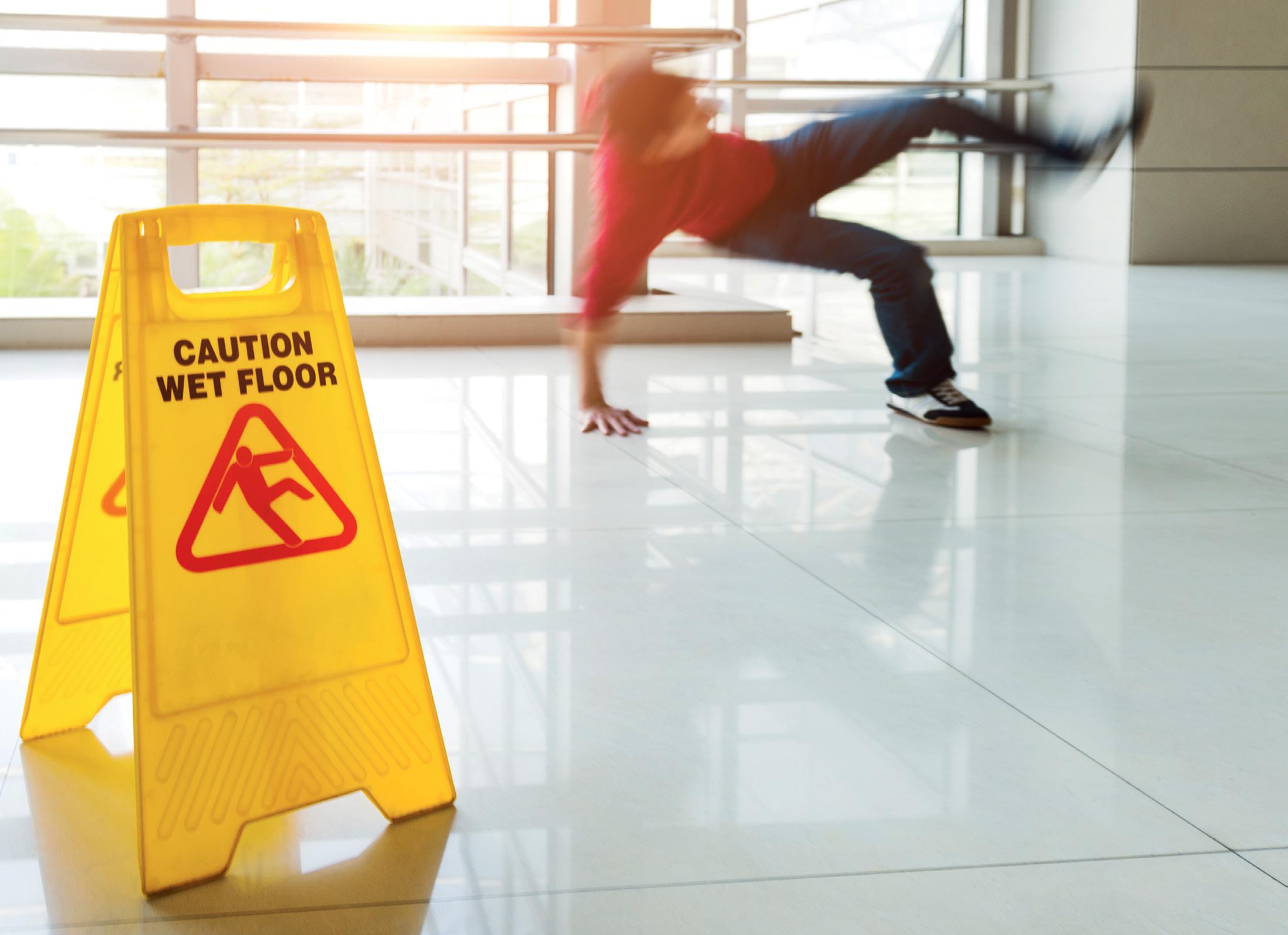
There are some precautionary measures, however, that facilities and cleaners can take to reduce the risk of such incidents. First, keep walkways and stairs clear of any clutter or obstacles, and be aware that power cords on cleaning equipment can be a trip risk.
Second, regularly inspect and repair uneven flooring or loose tiles, and ensure that appropriate cleaning chemicals and volumes are used. Third, use non-slip mats or flooring in high-risk areas such as bathrooms and kitchens.
3M Australia distributes a suite of floor-safety products such as safety mats; tapes and treads for high-risk zones; anti-slip floor coatings; and safety signage. The company’s workplace safety expert, Supeap Leng, says the key is to get the balance right between safe floor systems and innovation.
“With customers, we always do slip tests whenever we do a trial to show them that the floor system meets or exceeds the building standard,” Leng says. “Even though there are costs involved with having an exceptional floor system in place, you only need one person to fall over for it to become a big issue for a facility.”
“
By investing in training, providing proper equipment, fostering open communication and rewarding excellence, cleaning contractors can create an environment in which employees can thrive – and the business can do well, too. ”
“ New research indicates that Australian workers are “exhausted, unwell, at risk of quitting, and largely unprepared for future workplace challenges driven by automation and artificial intelligence. ”
52 INCLEAN Jul / Aug 2023 SAFETY
“We take this far more seriously than many of the other players in the business and go out of our way to provide free training. What we’ve learnt from direct experience with operators in the field has been invaluable.”

Lorenz says such field experience has identified that 90% of pressure-cleaning injuries can be blamed on a worn-out hose. He explains that the hose assemblies are the conduit that takes the flow from the pump to the operator’s hand.



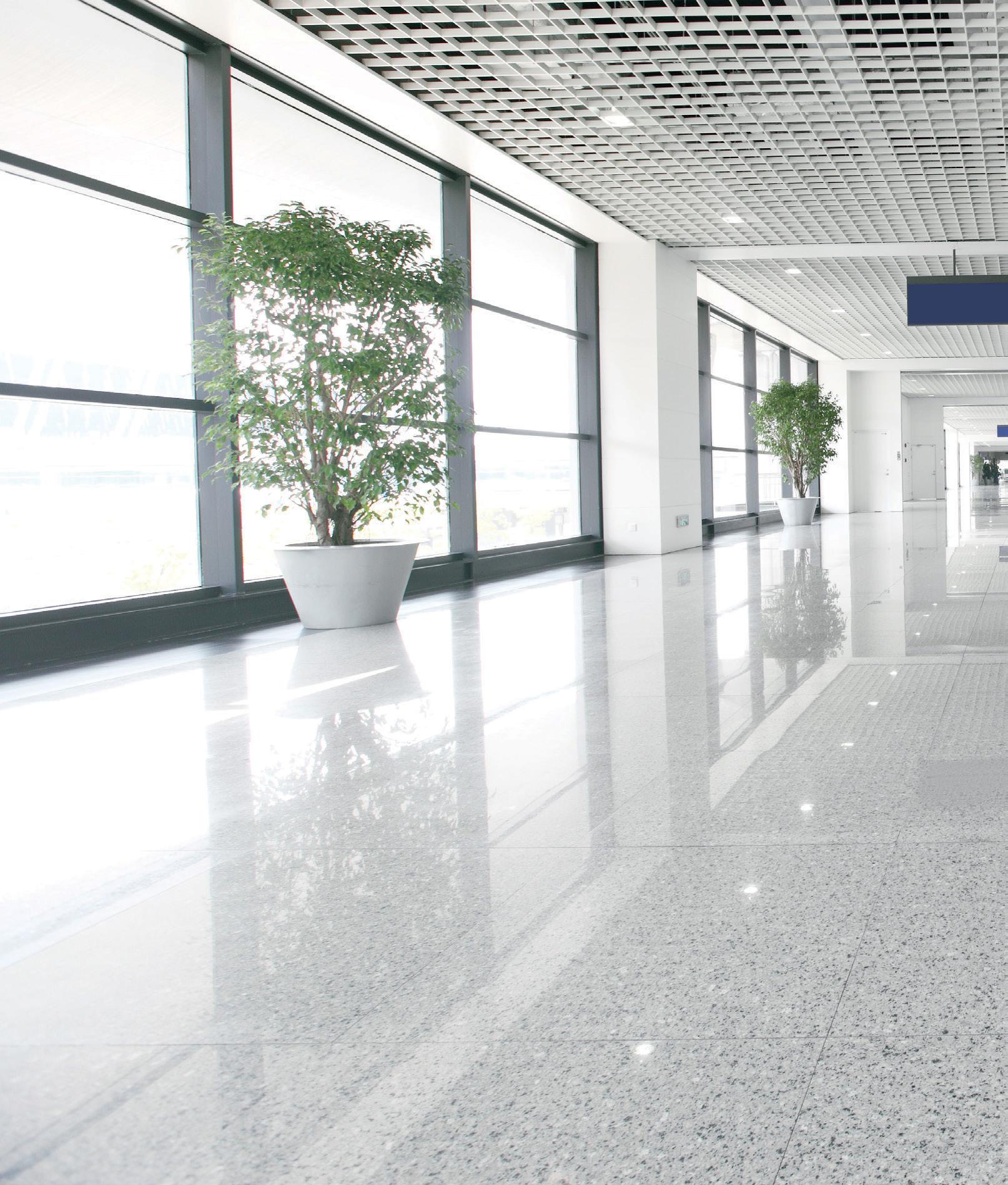
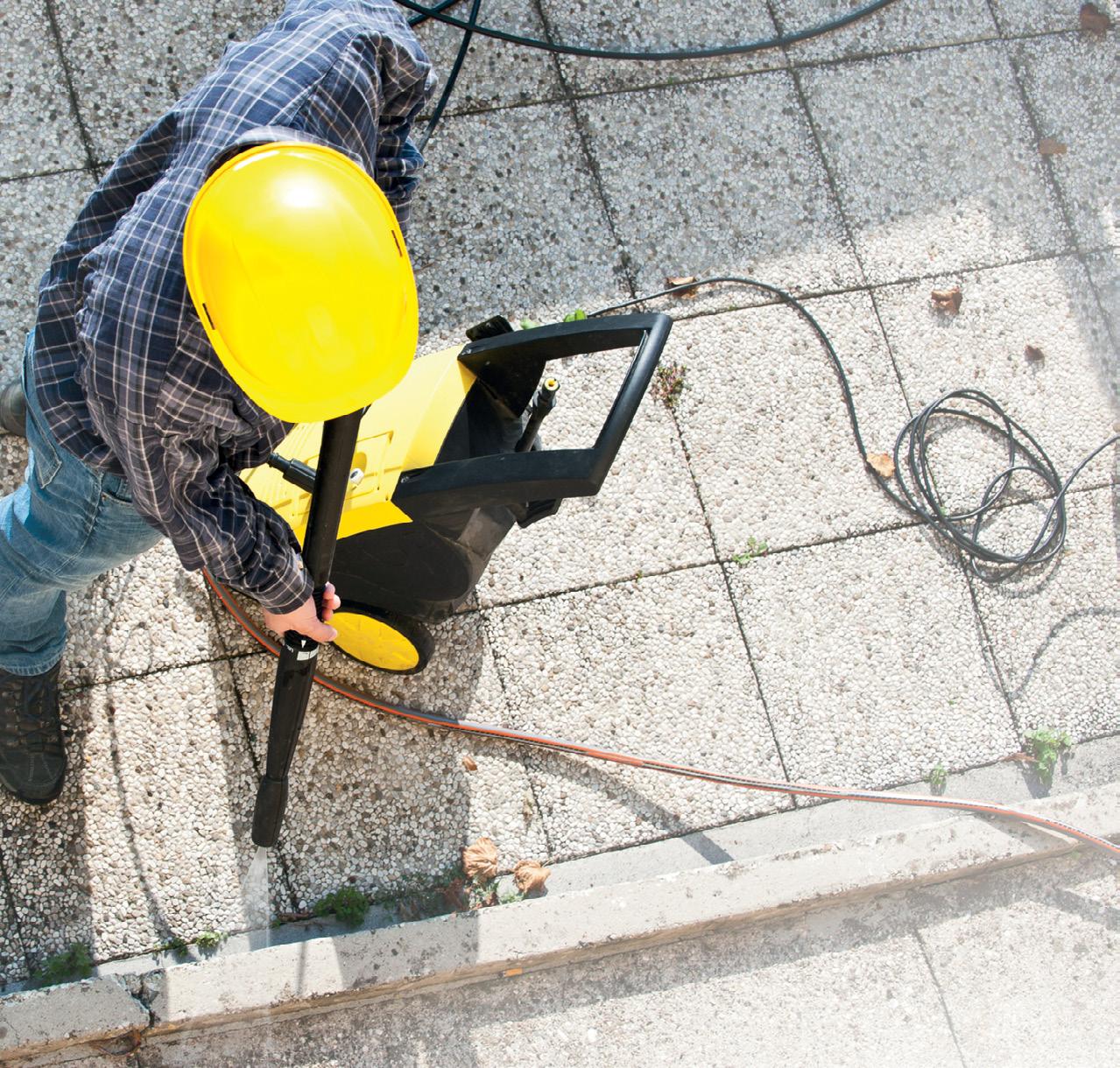
“Imagine a machine operating at 2000, 3000 or 4000 psi with a worn hose. We have seen some horrible examples where the coupling to the gun blows right where the operator’s hand is. The result of that is a ‘live’ hose like a whip. If it hits a human, it can cause a severe injury because the hoses are made from a combination of rubber and double wire braiding.”

In addition to safety-manual training, Aussie Pumps conducts in-field training, too. For example, it recently ran a course for operators who work in the dry dock at Garden Island in Sydney.
“Operators get tired, so we make sure they understand the dangers of fatigue,” Lorenz says. “We explain how the machines work and we award them with a Safe Operator Training Certificate at the end of the program. It gives you a good feeling to think you are putting something back into the industry. The more applicants we get to do the training course, the better, irrespective of whose machine they are operating. They should all be trained!” ■
www.rapidclean.com.au BATTERY SCRUBBER ERGONOMIC | COMMERCIAL DESIGN | COMPACT The future of Rapid Scrubbing is here NEW Scan for more Info SAFETY
Tips for better training and safety outcomes
1. Make sure your message is getting across In an industry in which many workers speak English as a second language, it is important to ensure that any training and safety messages are being properly heard and understood.
“These messages need to be communicated clearly on a regular basis and then you should check in with everyone and make sure they understand the messages and take them on their journey,” says ISSA external consultant Kathryn Groening, who adds that such a focus on communication should start with the induction process.
2. Hold regular ‘toolbox talks’ Safety meetings allow employees or contractors to discuss their experiences on the job and to propose improvements to existing risk protocols.
“I would recommend doing this every two weeks, depending on the size of the company,” Groening says. The ‘toolbox talks’ should take just 20 to 30 minutes and allow participants to do quick updates of their knowledge.
Combining such talks with safety audits can be especially valuable. “An audit isn’t to check up on people,” Groening says. “It’s to make sure the organisation is providing the best tools possible for a person to be able to do a great job. Audits identify potential risks before they happen.”
3. Pay attention to PPE and other risk-mitigation equipment
The proper use of personal protective equipment (PPE) is one area that still requires significant training, more than three years on from the outbreak of COVID-19.
When the pandemic first hit, many healthcare and aged care facility workers and their cleaners focused on the correct donning and doffing of PPE. Some of that attention to detail has slipped, according to Groening. With gloves, for example, many cleaners believe wearing them will automatically safeguard them and others from the spread of germs, not realising that a glove can deposit germs up to 19 times after first contact. “You also have to understand the appropriate type of glove for different jobs because gloves deteriorate,” Groening says. “Dermatitis is rampant in the cleaning industry. So, you’ve got to make sure that a particular glove is okay for a person, and understand how many times that glove can be used before chemicals permeate it.”
With all cleaning products and equipment, Groening advises businesses to take advantage of suppliers’ training programs so that any gear is used efficiently and safely.
Chemical care
Dr Greg Whiteley is the first to admit that there is often regulatory and scientific complexity around cleaning chemicals and their safe use. When it is all boiled down, however, he says the key to staying safe is to wear safety goggles to protect eyes, wear closed shoes when cleaning and especially when stripping floors, and always wear your PPE gear to safeguard skin.
“The simple message is to keep chemicals off your skin. So, wear gloves and shoes and socks, and don’t go out to strip a floor with thongs on,” says Dr Whiteley, chair of cleaning chemicals company Whiteley.
A possible threat to cleaners comes from an inability to decipher often detailed labelling information about the use of a chemical product. Dr Whiteley apologises to customers for this factor, saying “most product labels now are very complex, and they’re complex because the law has become so complex”.
However, Dr Greg Whiteley says reputable chemicals suppliers will always be willing to take a call from their customers about safety advice. In addition, Whiteley is providing short, clear videos that explain the correct use of chemicals, along with detailed data sheets on its website that can be accessed around the clock.
“We’re finding that customers in the industrial and medical hygiene space want how-to training videos that are short and to the point, rather than relying on training in a classroom or through an online course. That way they can get information about the chemicals on their phone while they’re on the job if they need to.”
With some battery, gas or electricitypowered mechanical devices, Dr Whiteley says there are often more “nuanced safety risks”, including the threat of soft-tissue injuries, electrical hazards and flash burns.
“So, there are important issues around safety in the cleaning sector,” Dr Whiteley says. People need to be regularly reviewing their own safety procedures and making sure they’re up to date with the safety data of products they’re using.”
“
”
By investing in training, providing proper equipment, fostering open communication and rewarding excellence, cleaning contractors can create an environment in which employees can thrive – and the business can do well, too.
54 INCLEAN Jul / Aug 2023 SAFETY


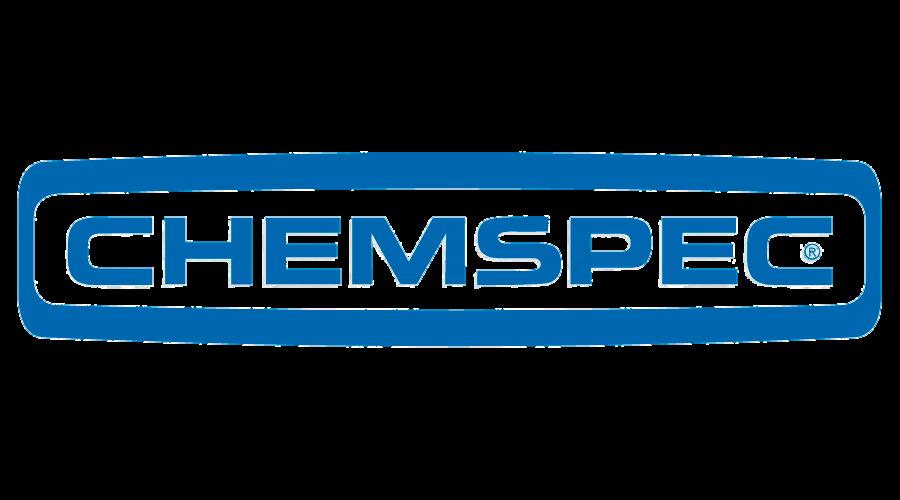

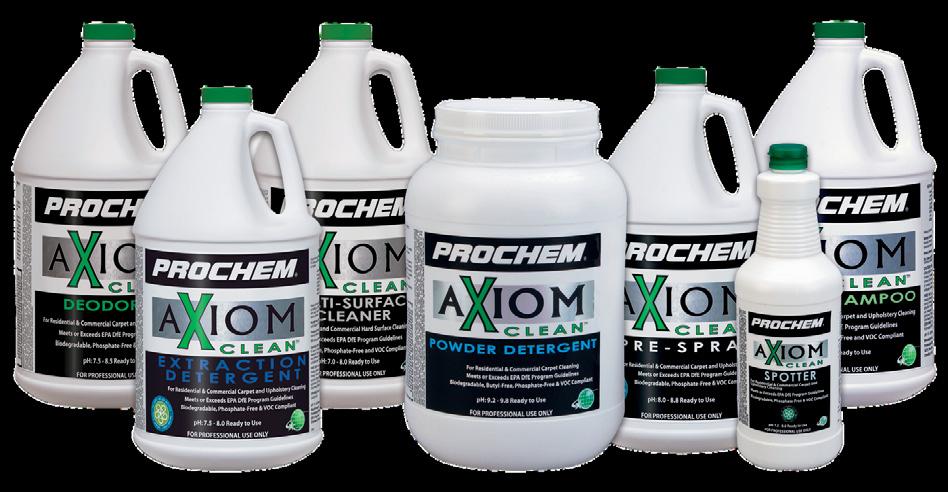
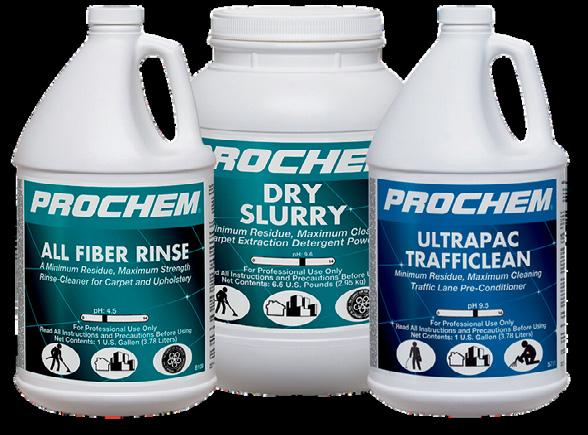
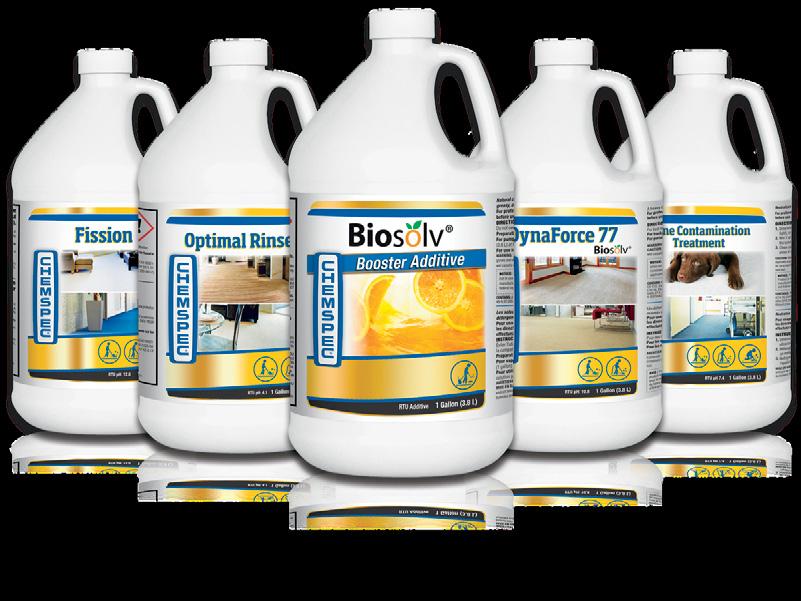



Trusted Dependable Proven
WE HAVE YOUR SOLUTION
How Kärcher Leads the Way in Sustainability
The concept of sustainability is deeply embedded in the family business of Kärcher, the world’s leading provider of cleaning technology. Taking responsibility for the environment through its products, corporate management, and supply chain management is how Kärcher lives by its motto “Be the difference” and helps make a real impact in society.
In 2020, Kärcher set sustainability goals for 2025. These goals are aligned with the 17 Sustainable Development Goals of the United Nations and are based on three initiatives: Zero Emissions, Reduce Reuse Recycle, and Social Hero.
ZERO EMISSIONS
In 2021, all Kärcher factories became carbon-neutral. To achieve this goal, Kärcher invested in renewable energy sources, such as solar panels and wind turbines at its factories. The company is now working to reduce its energy consumption by using energy-efficient

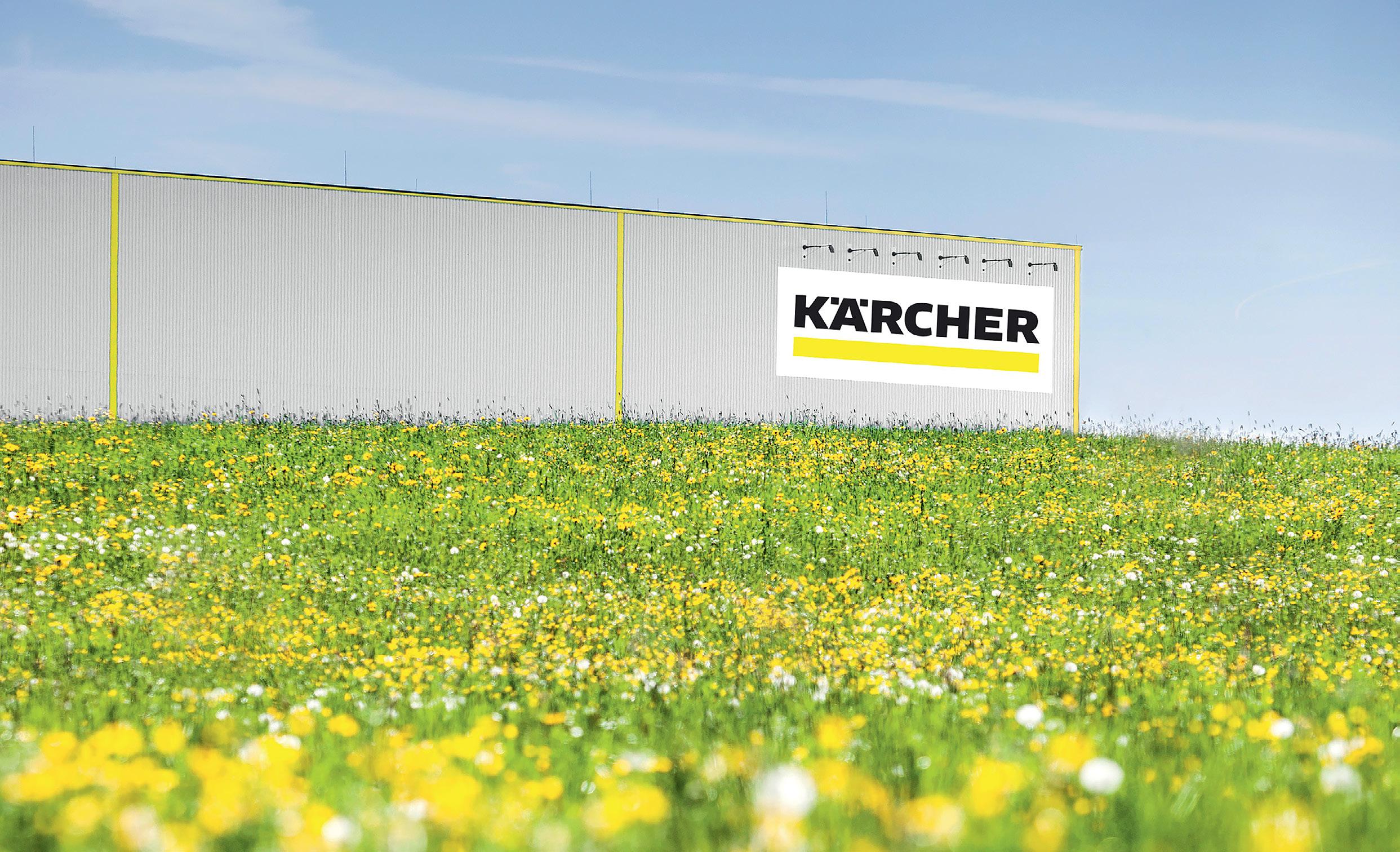
products and implementing energy-saving measures. By 2025, the target is to reduce emissions by 21% compared with the base year of 2020.
“We are proud to be leading the way in the cleaning market with CO2-neutral global production. This is just the beginning of our commitment to reducing our environmental impact” says Mick Askew, Kärcher Professional Sales Director.
56 INCLEAN Jul / Aug 2023 SPONSORED
REDUCE, REUSE, RECYCLE
Commitment to sustainability is not limited to Kärcher’s factories. Kärcher products are designed to be environmentally friendly, with a focus on saving water and using energy efficiently. Kärcher’s latest ride-on scrubber dryers have an eco!flow mode that adjusts water delivery to the driving speed. This avoids overdosing when driving slowly and saves up to 50% of water compared to machines with constant water delivery. In pressure washers, Kärcher’s patented nozzle technology uses 80% less water compared to cleaning with a water hose, while still delivering outstanding results.
Conscious of the use of plastics, Kärcher is committed to using them responsibly. All products are designed to be durable and long-lasting, reducing the need for frequent replacements. Wherever possible, recycled plastics including textiles of recycled airbags are used to make parts such as water tanks in scrubber dryers, and spray lances and suction covers for pressure washers. By 2025 the company aims to use up to 50% recycled
plastic in selected devices for both professional users and consumers.
When it comes to using detergents, Kärcher is mindful of their impact on the environment. The company offers a range of eco-friendly cleaning solutions that are biodegradable and free from harmful chemicals. These detergents are designed to be used with Kärcher’s cleaning systems, ensuring optimal cleaning performance and surface protection while minimizing environmental impact.
SOCIAL HERO
By 2025, Kärcher’s social commitment will focus on preserving values such as culture, family, education, equal opportunities and environmental protection. In 2022, 14 monuments and buildings were cleaned across 10 countries with 75% of projects concentrating on value preservation. More locally, Kärcher made significant product donations to help recovery efforts of recent disasters such as Cyclone Gabrielle in New Zealand, the 2022 floods in Queensland and New South Wales, as well as the Hunga TongaHunga Ha’apai volcano eruption in Tonga.
Kärcher believes water should be plasticfree. Employees are active in cleaning initiatives such as Clean Up Australia Day and K’Gari Fraser Island Clean Up, collecting rubbish from our waterways and surrounding areas.
Social commitment is not only practiced through the donation of products, time or expertise but at a supply level too. By 2025, Kärcher will establish a proactive supplier risk management system for sustainability. The company analyses and systematically improves the social and environmental impact of its direct suppliers, establishing sustainability as one of the most important deciding factors for selecting new suppliers and assessing current suppliers.

Kärcher’s commitment to sustainability is not only good for the environment but for all stakeholders. Mick Askew, says; ‘Our purpose is clear - Renew to Sustain. Together we make a powerful impact towards a clean world. It’s great to see people at all levels of the company embracing this purpose, from leadership teams to new recruits and casual workers. Everyone is playing a part in making a difference and keeping us on track to deliver our 2025 sustainability strategy’.
As Kärcher continues to innovate and expand its product offerings, it is clear that sustainability will remain a central theme in the company’s business model for years to come. ■
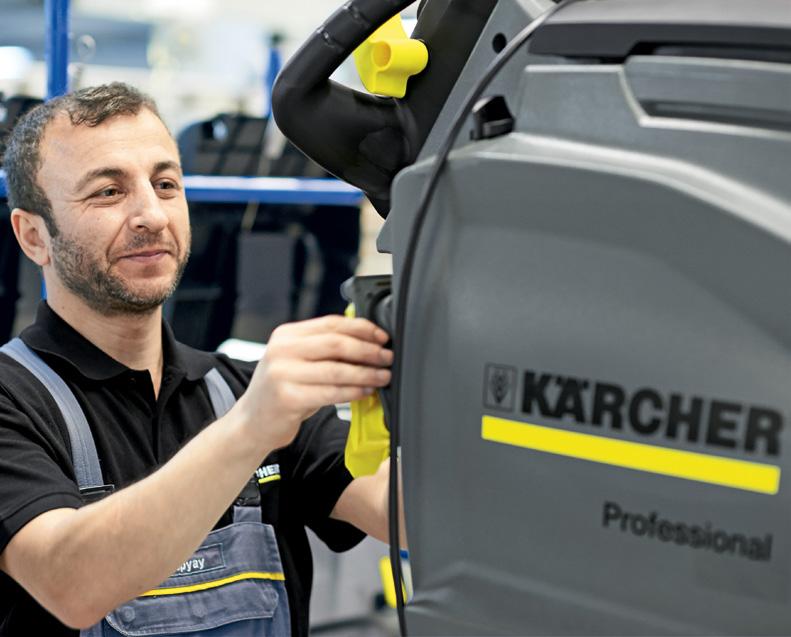
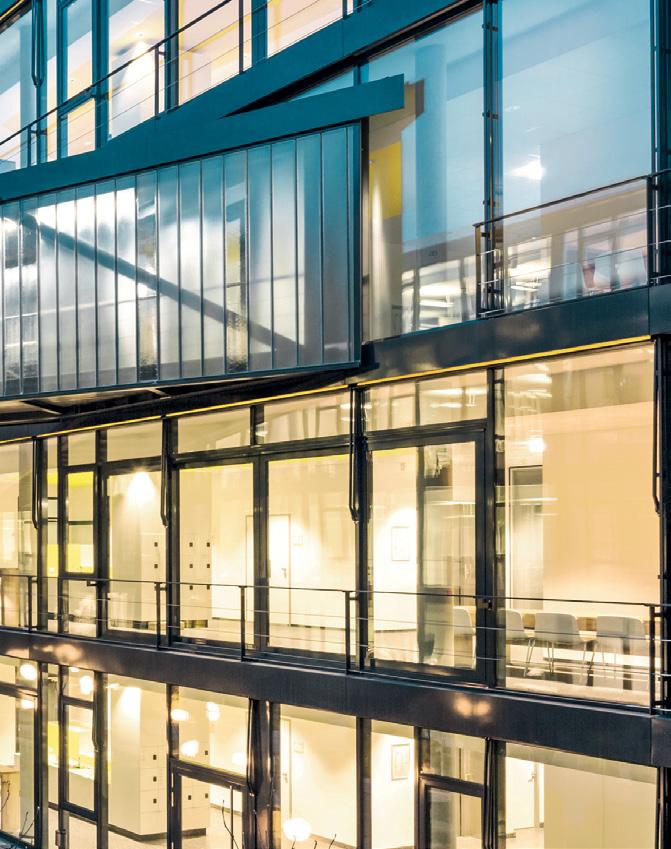
” www.incleanmag.com.au 57 SPONSORED
“ We are proud to be leading the way in the cleaning market with CO2-neutral global production. This is just the beginning of our commitment to reducing our environmental impact.
Kärcher’s KIRA B 50 Cleaning Robot Achieves New Milestone in Cleaning Efficiency

Kärcher’s KIRA B 50 cleaning robot has achieved a significant milestone in cleaning efficiency, providing businesses with a more sustainable and cost-effective cleaning solution. The fully autonomous floor cleaning robot has proven to be a game-changer in the cleaning industry by providing a more efficient and effective cleaning solution for medium-sized and large areas.
According to Kärcher’s CEO, Hartmut Jenner, “The KIRA B 50 cleaning robot is a testament to our commitment to innovation and sustainability. The robot has exceeded our expectations in terms of cleaning efficiency, and we are thrilled to see the positive impact it is having on our customers and the environment.”
The fully autonomous KIRA B 50 cleaning robot offers a genuine floor cleaning solution and is packed full of great features from top to bottom. Once started, KIRA B 50 cleans a predefined area completely independently without manual intervention. The robot is equipped with roller brush technology and with a pre-
sweeping function designed for coarse dirt and heavy soiling on uneven floors. The KIRA B 50 also has a side brush for cleaning right up to the edges, closing the gap between the robot and the wall. This small yet effective feature means that there are no manual interventions required freeing up your cleaning team for other tasks.
Another stand out feature is the large touch display that makes it easy to operate and maintain. The display provides intuitive operation, simple maintenance, and servicing, making it easy for cleaning teams to use and maintain the robot.
The innovation continues in the KIRA B 50 docking station that takes cleaning to a whole new level. The optional docking station allows the battery to charge depending on the scheduled cleaning task. If there is another cleaning route scheduled, the KIRA B50 saves time by only charging the battery to the level required and will only complete the full charge of the battery once all cleaning routes have been completed. The docking station not only charges the robot but also saves time and money with its self-maintenance features. It will drain dirty water and refill
the robots solution tank ready for its next cleaning task.
The KIRA B 50 is certified by DEKRA and SYSS and is safety-certified for public areas thanks to excellent environmental recognition. Integrated laser scanners, 3D and ultrasonic sensors as well as the powerful on-board computer ensure an optimum 360° detection of the surrounding areas, quick reactions and reliable navigation. KIRA B 50 conforms with all applicable directives and standards for safe operation in areas frequently used by the public. Data protection has also been fully considered. Data of the 2D and 3D cameras is processed in real-time and not saved, effectively preventing unauthorised access to any data.
The robot’s advanced features and capabilities make it an ideal solution for a number of businesses and organizations in areas such as the transport sector, retail units, shopping centers, healthcare settings, public buildings, and manufacturing halls in industry.
Find out more about KIRA B 50 at karcher.com.au or call Kärcher on 03 9765 2322 to discuss a free trial. ■
58 INCLEAN Jul / Aug 2023 SPONSORED
MEET KIRA B 50, OUR NEW ROBOT.

Efficient, time-saving, easy, safe, flexible - and automated as desired. The KIRA B50 scrubber dryer robot for economical floor cleaning over medium to large areas. BOOK YOUR DEMO
karcher.com.au

Sick and tired of it all –
why bosses must tackle employee burnout
Escalating employee burnout among first responders and front-line workers is putting pressure on leaders within cleaning and restoration businesses to implement supportive workplace solutions
Words Cameron Cooper
RESTORATION 60 INCLEAN Jul / Aug 2023
The numbers are in – and, without question, burnout has become an issue for many industries, including the cleaning, hygiene and restoration sectors.
According to a global Future Forum Pulse survey of 10,243 respondents, burnout among employees is on the rise internationally, especially among women, younger workers and middle managers.
Although employees with work flexibility report higher scores for productivity, connection and company culture, 42 per cent of people overall say they are experiencing burnout.
Closer to home, Gartner’s Global Talent Monitor Survey, conducted between October and December 2022, indicates that many Australians are struggling.
In particular, employees report that their financial, physical and mental wellness have fallen to their lowest points in more than two years.
For companies, business leaders, and their employees, the question now is how to respond to an insidious burnout trend that can result in employees suffering from chronic stress that often causes physical and emotional exhaustion, low selfesteem, reduced productivity and detachment from their peers.
Kerrie Dale, general manager at Workplace Rehabilitation Management, is not surprised at the rise of burnout, noting that first responders and front-line workers in high-stress environments have experienced a string of confronting challenges in recent years.
“We have seen fires, multiple COVID lockdowns, and then floods,” she says.
“So, it has resulted in a situation where people such as first responders have simultaneously become service providers and victims. And no one has really had the chance to process any of that.”
In addition, Dale says many work-from-home employees have had to deal with added strains and anxiety related to changing family scenarios, the adoption of new technology platforms, and isolation from their colleagues.
RESTORERS IN THE HOT SEAT
Restoration professionals are among the cohort of workers that has observed the most harrowing of scenes in recent years stemming from natural disasters. They have had to watch on and interact with people who have lost their loved ones, homes and businesses to fires and floods, in particular.
Lorraine Rogic, a cleaning industry expert and managing director of Logic Business Resources, says
restorers and cleaners often experience distressing workplace circumstances.
“In the restoration business, it’s not just about floods – it could be cleaning up bodily fluids and things like that,” she says.
“It’s always been confronting and some people may just leave the industry as opposed to being given the support they need.”
Although the cleaning and restoration industries have evolved from times when workers were assessed as “either being built for the work, or not”, Rogic believes management can still do much more to aid workers.
As a starting point, leaders should acknowledge that technology has made workers “more available than ever” and insist on policies that give them genuine time away from the office.
They should also resist the temptation to load up high-performing workers with more tasks at a time when recruitment is tough.
“There’s no such thing as multi-tasking,” Rogic says.
“We really can achieve more when we do one thing at a time.”
Melissa Behrend, a director at HR on Call, says the merging of people’s lives between work and home as a result of the pandemic has added extra layers of duties, complexity and anxiety for many employees. For those onboarded during COVID-19, they were often given task-focused jobs.
Now, they may have to be recalibrated to work in a mainstream office when they would prefer to keep working from home.
“They’re trying to learn social niceties and norms in a vacuum,” Behrend says. “And then if you overlay issues such as floods and COVID, they’re suffering additional stress on top of that.”
The result is a group of workers who may be overwhelmed and mentally and physically spent.
WATCH OUT FOR RED FLAGS
Dr Melissa Marot, an organisational psychologist and clinical neuropsychologist at The Mind Room, says leaders, managers and HR personnel should be on the alert for possible signs of employee burnout. This could include mental and physical exhaustion, lethargy, mood swings, social withdrawal and lower job satisfaction and productivity.
Formerly punctual employees may start turning up late for work, or appear to be less motivated than in the past. They may seem disengaged from other team members and self-isolate at lunch or have standoffs with other workers with whom they previously got on well.
“People have had to cope with a lot of change.”
“ Leaders, managers, and HR personnel should be on the alert for possible signs of employee burnout. This could include mental and physical exhaustion, lethargy, mood swings, social withdrawal and lower job satisfaction and productivity.
”
RESTORATION www.incleanmag.com.au 61
Five tips to bounce back from burnout
The following actions can be circuit-breakers for people who are experiencing burnout.
1. Talk to a supportive person –whether it is a trained therapist, a boss, a family member or a friend, it is important to speak to trusted peers about your issues and to start to address them.
2. Embrace meditation and mindfulness – such practices allow you to check in with your body and have been shown to significantly reduce stress and anxiety.
3. Up the ante with daily exercise – being active through running, walking, swimming, yoga or other forms of exercise can boost your endorphins and distract you from the worries and pressures of the office.
4. Focus on a healthy diet – in tough times we often turn to fast food and alcohol for relief, but healthy food options can be part of the lifestyle changes you need to make to get back to your best.
5. Be intentional about disconnecting from work – make a point of catching up with friends and seeking entertainment away from the job to give your mind a break and provide some life context to any career concerns.
Dr Melissa Marot says one of the worst responses to burnout is to ignore it, especially among first responders or those who are exposed to high-risk scenarios at work.
“A lot of people tend to just push on because that’s what you do,” she says. “They respond to emergencies, so they just keep on pushing and pushing and pushing. Being aware that such a response may not be the best way to go is a good thing.”
She also encourages under-pressure workers to seek professional help.
“Go and see a psychologist – they can be really helpful and you don’t need to have many sessions. You can just have a few just for some good tips, tricks and strategies.”
Likewise, Dr Marot says employees should be conscious of burnout risks. If they find that they are getting more irritable, or if they are exhausted and finding less joy at work, they should treat it as a wake-up call.
“And if your friends and family are saying, ‘Hey, you’re different than what you were six months ago,’ you need to be aware of that,” she says.
“It often happens bit by bit. That’s the issue with burnout – often it isn’t really noticeable at first. It does creep up on you.”
Dale also urges workers to take responsibility for some factors that can be controlled at an individual level –sleep more, drink less and eat better.
Crucially, she says employers should create a workplace environment in which staff feel supported and not “victim blamed”.
“Don’t make someone who is already in a vulnerable position feel bad that they haven’t done some of the things they were meant to do.”
Rogic has no doubt that employers can play a key role in preventing employee burnout and improving wellbeing. For example, providing employee assistance programs is a smart way to assist staff. This could include offering access to financial counselling services that could be a life-changer for staff.
Whatever they do, Rogic agrees it is essential for bosses to create a culture in which staff feel comfortable to bring up any burnout concerns with senior peers.
“Give them permission and encourage them to approach their manager and say, ‘Look, this is happening and that’s happening’ and then for the manager to be seen to be actually doing something about it. Culturally, things will shift if employees talk more to their managers about what’s going on.”
Staff need to know, adds Rogic, that they will not be reprimanded or branded as a lazy worker if they raise concerns about personal burnout.
Behrend agrees that employment assistance programs can be invaluable. She also suggests conducting an employee survey to identify any workplace pain points.
“In some cases, one employee may leave the business and another worker gets three jobs piled on to them. So, it’s about understanding those issues and knowing that people may have days where other factors are impacting their performance. It’s just so important
Keep the lines of communication open
Although working from home can have many benefits for employees, it can also lead to greater isolation and an unhealthy around-the-clock focus on work.
HR on Call’s Melissa Behrend says this reality makes it crucial for employers to get home-based staff to come into the office for team days, or to just regularly catch up with other staff.
“It’s important for them to connect,” she says.
“It’s also important for a team leader or manager to do their checkins with staff without always talking about tasks and what they have done with regard to work. Make sure you understand your team members, their intrinsic motivations and their personal circumstances. Ask them about their weekend and find out something about that person to create a relationship because that’s often lost with the square box that we look in.”
for leaders and managers to recognise signs and symptoms of burnout. Even co-workers can check in to ask ‘are you okay?’ and to be aware of the wellbeing resources that you can point staff to. You don’t have to be an expert in it, you just have to be there and point them in the right direction and recognise that, maybe, someone’s not okay.”
COMPLACENCY COMES AT A COST
Burnout is an issue that will not just fade away. A new study of 1400 employed Australians from the University of Melbourne and YouGov reveals that, in the aftermath of the pandemic, Australian workers across all ages and stages are in poorer physical and mental health.
So-called prime-aged workers – those between 25 and 55 – are reporting the greatest burnout, while about 40 per cent of respondents feel less motivated about their work than before the pandemic. Worryingly, 33 per cent of this primeaged workforce is thinking about quitting. Such findings make it clear that leaders in the cleaning sector cannot afford to be complacent.
RESTORATION 62 INCLEAN Jul / Aug 2023
Under pressure

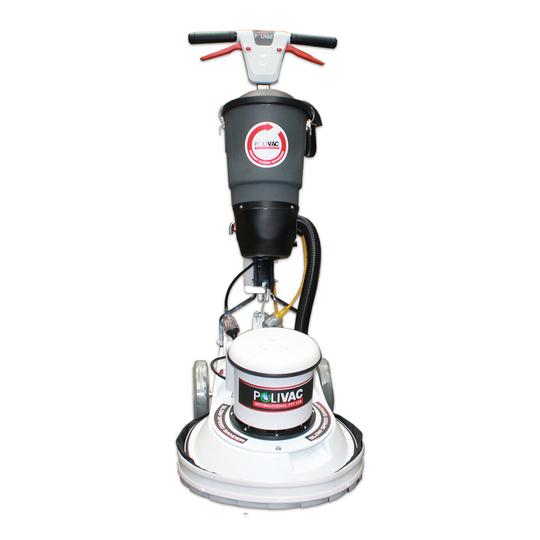
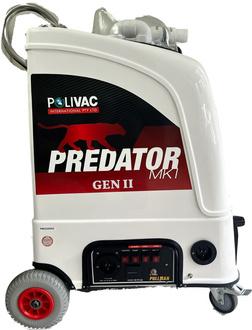
ISSA Oceania manager Lauren Micallef provides her insights of the burnout issues confronting many cleaning and hygiene businesses.
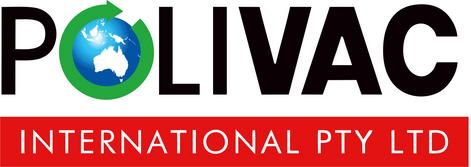
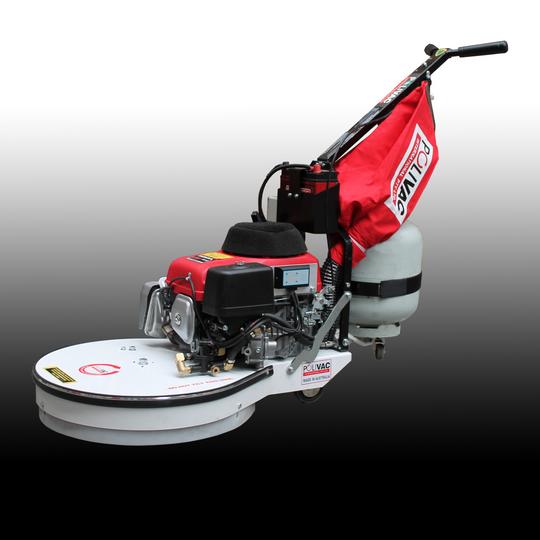
This is more than an employee problem
Micallef says many business owners and managers have been under enormous strain since the outset of COVID-19. “So, this isn’t just a case of worker burnout, but also manager and owner burnout.”
Leaders are being stretched too thin
Managers have been responsible for dealing with new crises during the pandemic, while also balancing pe-COVID and post-COVID approaches to leadership. Staffing shortages are compounding problems for existing staff and managers, according to Micallef. “Many small to medium business have spoken about staff shortages and how managers and owners have had to return to the field. This quite often adds to day-to-day management challenges, as well as taking them away from growth and business-building activities.”
Red tape and business complexity on the rise
Micallef says many owners and managers are also dealing with other pressures on multiple fronts – for example, pandemic-related policy and compliance changes; shipping and freight bottlenecks; rising costs; and tighter budgets. “This all comes as they deal with broader issues such as online security risks, environmental and social governance (ESG) policies, and HR and industrial relations reforms.” While businesses are often urged to become more innovative and expand, Micallef adds that many of them are simply battling to survive and seeking to fulfil existing contracts while relying on employees who are already struggling.
There is stress on the home front, too
Work challenges aside, many people are also experiencing pressure at home courtesy of the rising cost of living, mortgage stress and rental housing shortages. “When combined with office pressures, this can create a simmering pot of tension,” Micallef says.
Behrend says Australia’s “she’ll be right” mentality can compound the problems of burnout. “I think in the past that attitude has been to our detriment. Bosses have got to be proactive if they see those signs of people struggling and not just let them push through those issues.”
Rather than ignoring signs of trouble, she urges leaders to embrace responses such as mental health first aid.
As all organisations grapple with their response to burnout, Dr Marot says leaders and managers should never ignore the importance of genuine, two-way communication with their staff.
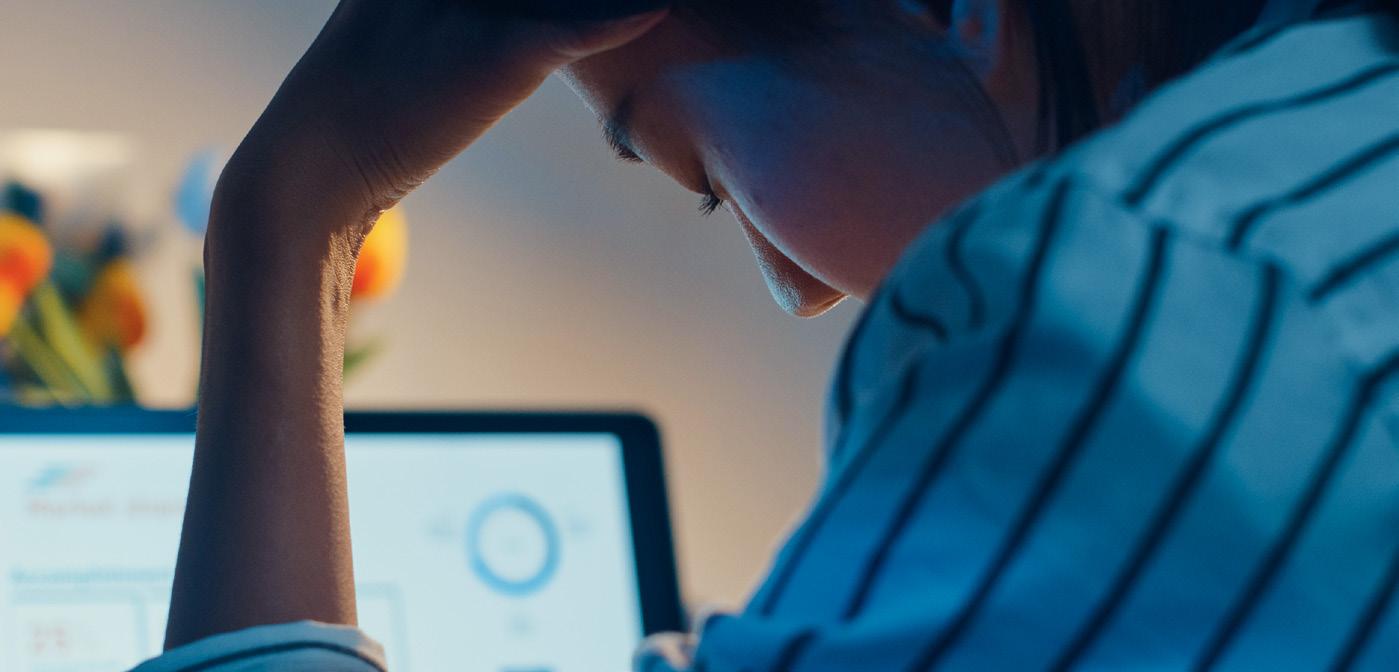
“Communication needs to go both ways,” she says. “But it’s important that the employer encourages a culture where that communication is possible. “It’s really important that the leaders in the organisation, right down to line supervisors, not just encourage
communication but really listen to their employees and take action.”
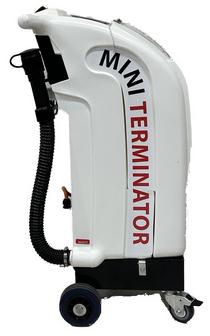

Rogic agrees that actions speak louder than words.
“If a manager stands there and says, ‘We want to support you, we want to help you’ and then doesn’t provide any support or any help, that speaks volumes, regardless of what you discuss in your team meetings.”
She says the truth is that there was not enough support for first responders, restorers and other workers in high-stress roles before COVID-19. The pandemic provides pause for thought and a chance to rectify that situation.
“I hope that one of the positives out of COVID is that there’s more leadership around burnout and there is more assistance and support for those who are most vulnerable.” ■
NEW PRODUCTS POLIVAC SPOTTER
2ND GENERATION PREDATOR MK1
MINI TERMINATOR
2ND GENERATION SUPERVAC SANDERS
2ND GENERATION GAS BUFFERS www.incleanmag.com.au 63
NEW MM1700E RESTORATION
Unmasking the industry: RIA
Australasia Inc Conference
and Trade Show
Highlights from the fourth annual RIA Australasia Inc Conference and Trade Show
The Restoration Industry Association (RIA) held its fourth annual RIA Australasia Inc Conference and Trade Show in Melbourne for the first time, with more than 400 restoration professionals and technicians coming together in support of the industry.
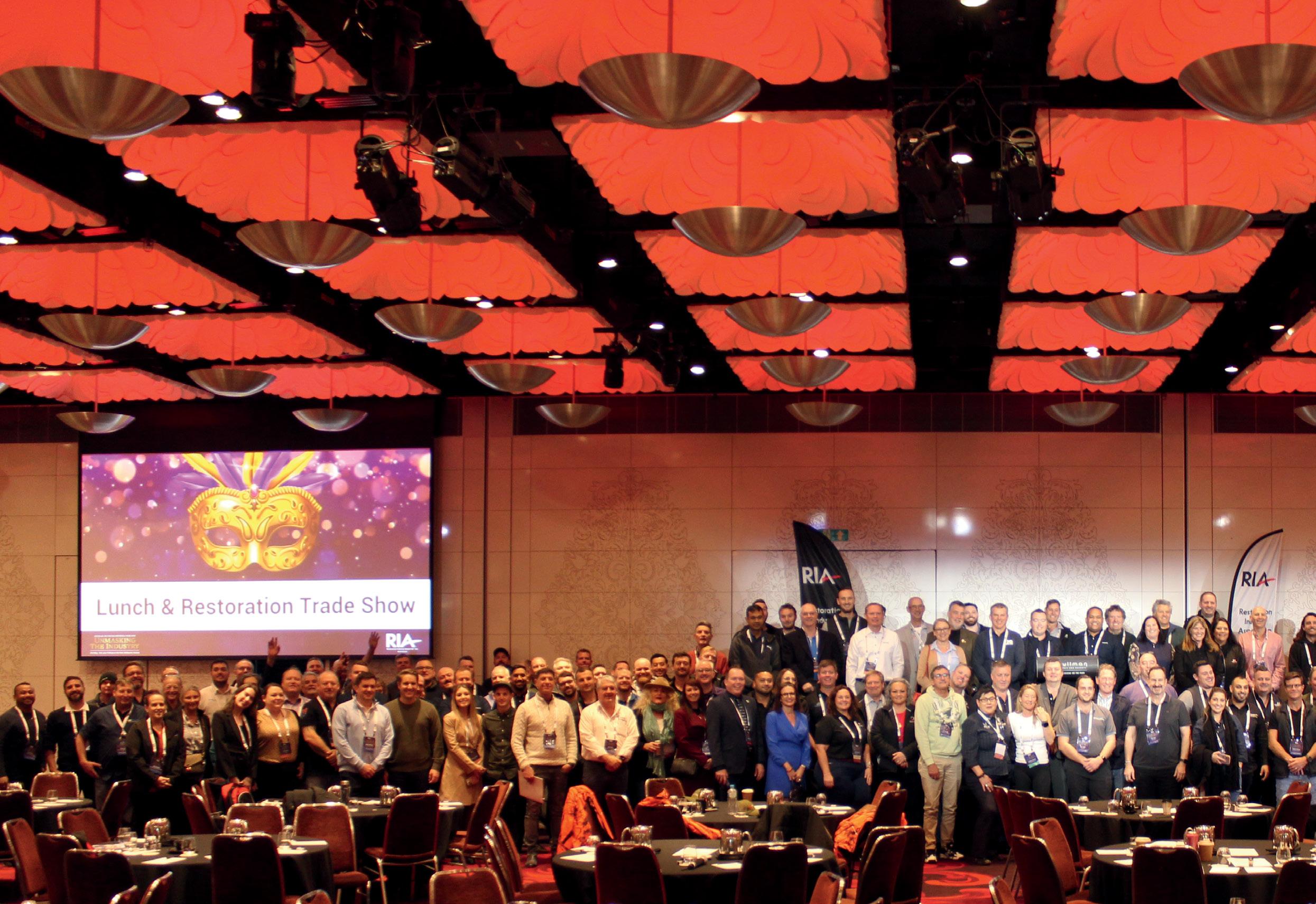
Themed ‘Unmasking the industry’, the two-day education conference aimed to debunk misinformation and promote idea sharing, innovation, and industry best practice.
“It’s my great pleasure to be standing here today as we embark on an exciting journey of sharing ideas, showcasing new technologies, and discussing the future of the restoration industry,” Owen Boak, president of RIA Australasia Inc, told delegates in his opening address.
“As we gather here in Melbourne we’re also reminded of the unique challenges and
opportunities that the Australasian region presents for the restoration industry.
“Our landscape is diverse, and our climate is ever changing. We are faced with an increasing need to protect and restore our natural and built environments, and to do so in a way that is sustainable, resilient, and forward thinking.”
The conference provided highly technical sessions, business and leadership seminars, networking events, and an exhibition trade show, with vendors showcasing the latest restoration technology and equipment.
The education program focused not only on technical restoration issues but also on the operational challenges currently facing restoration companies including recruitment, retention, and employee engagement.
Award-winning speaker, best-selling author, communications strategist, and customer-
64 INCLEAN Jul / Aug 2023 RESTORATION
centred branding expert Paul McCarthy was this year’s keynote speaker, who discussed the future of service as well as how to build a customercentric culture within teams and business. Another highlight for delegates was hearing from Michael Gordon on the dangers that lithium battery fires present to contractors in the restoration industry.
The latest products and equipment were also on show at the conference’s trade show.
“The trade show component of the conference is an excellence opportunity for [delegates] to explore the latest products and services available in the restoration industry,” said Boak.
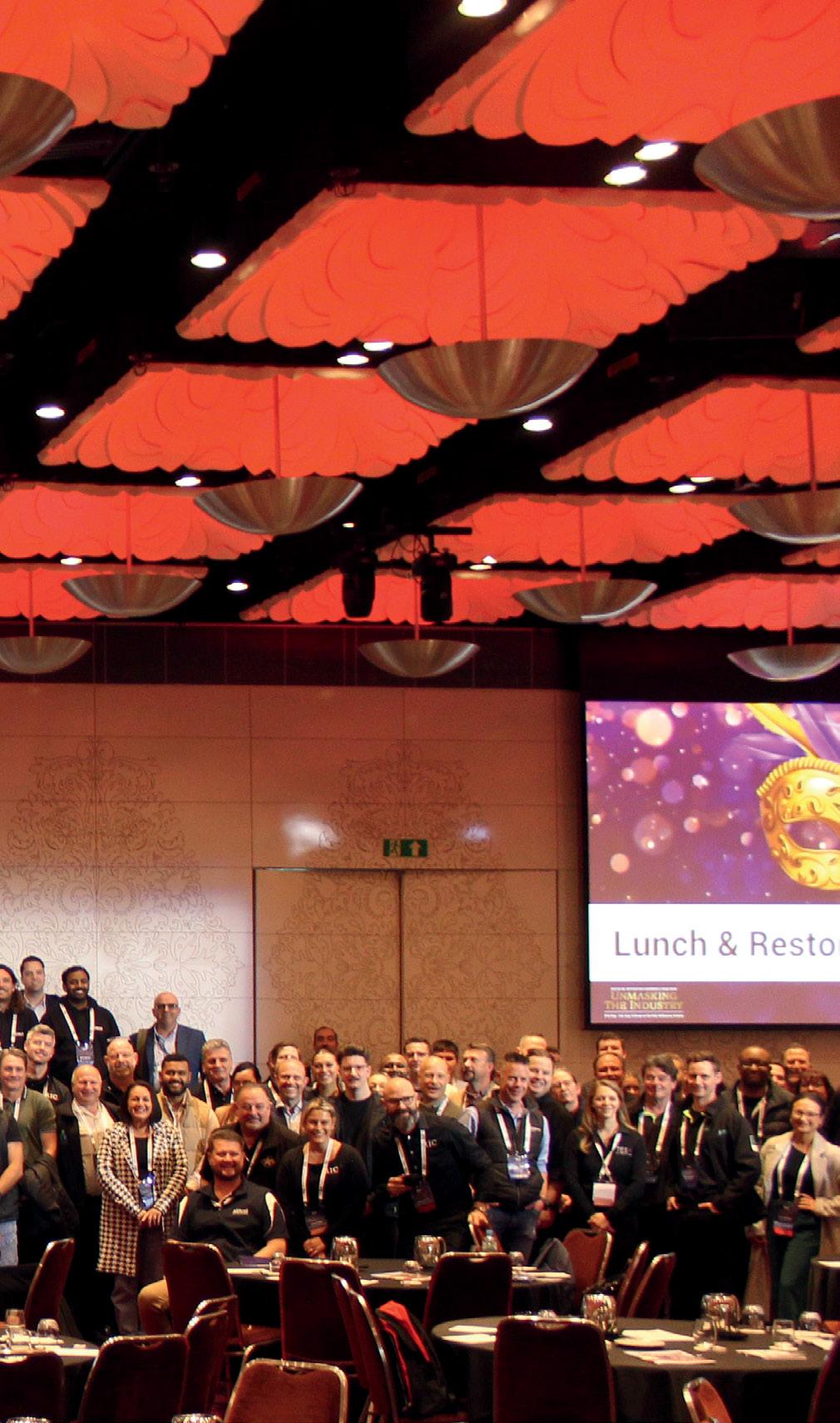
“From innovative tools and equipment, through to cutting edge software solutions, the trade show provides attendees with a comprehensive look at the latest offerings in our field.”
Trade show exhibitors included Restore Solutions, Coach8, Active Environmental Solutions, Cool Breeze Rentals, Eurofins, Thorair, SEA Group, CARSI , IICRC, RIC, FRAT, ICP Group, 1800 Got Junk, AeroAir, Actichem, Mycotec, Eurofins, Carpet Cleaners Warehouse, Otherside Productions, San Air, Advanced Specialized Equipment, Climate Rental Solutions TESA Directive, IAQAA, Tramex, Encircle, IECL, Agile Equipment Hire, and XPOWER.
ADVOCATING FOR A BETTER INDUSTRY
In 2019, RIA USA pioneered the first comprehensive approach to advocacy on behalf of restorers. Speaking at this year’s Mark Springer, immediate
past president of RIA USA, shared with delegates how the initiative has since brought a cohesive voice to the industry.
“Advocacy has been transformational not only for RIA in the US and Canada, but it has been transformational for the restoration industry and entire ecosystem,” Springer said.
“One of the challenges we faced in the US was that we had a whole bunch of different groups speaking for our industry, but you know who wasn’t speaking for restorers? Restorers.
“We felt this needed to change and that two things really needed our focus. Firstly, restorers needed to speak for restorers. And secondly, we needed to unify the industry because the fractured industry that we had at the time was to our biggest detriment.
“The Australian restoration industry needs to have it owns voice and it needs to be unified. Whether you’re a small, mid-sized, or large organisation, you need to start seeing your competitors as allies and as people who can unify with you to increase your voice,” he said.
Since the establishment of the RIA USA Advocacy and Government Affairs Committee and the appointment of its own US-based advocate, Springer told delegates the association is “on the dawn on being able to truly impact the industry in ways that are transformational”.
“We have some incredible minds that are working to shape legislation and regulation in the future,” he said. “That once fragmented and fractured industry that we previously saw in the US and now come together.”
Following in its US counterpart’s footsteps, and with the support of RIA Inc Australasia’s advocacy movement sponsors, committee members, and the wider RIA community, RIA’s local arm accomplished a major milestone in 2022, with the appointment of the organisation’s first local restoration advocate.
Marcus Taylor commenced as head of advocacy and industry communication for RIA Inc Australasia last year 2022 following a crowdfunding campaign at the association’s 2022 conference. Since then, Taylor has engaged with the insurance, corporate, and government sectors as the voice for the restoration industry.

“
Our landscape is diverse, and our climate is ever changing. We are faced with an increasing need to protect and restore our natural and built environments, and to do so in a way that is sustainable, resilient, and forward thinking.
”
www.incleanmag.com.au 65 RESTORATION
Above: Peter Cowan receives the Commercial Project of the Year Award
“A united voice is what we are trying to achieve. Whether we are representing ourselves to customers, government, insurers…we all need to be saying the same thing. My role is defining what that voice is,” said Taylor.
Taylor provided attendees with an update on the progress of the advocacy movement, including the establishment of a code of practice, which is currently is its second phase of development.
“The code of practice will help bind us an industry,” said Taylor, adding the advocacy team has also developed a threeyear strategy to identify and address key industry issues.
“There’s a massive amount of untapped opportunity for the restoration industry.”
NEW AWARDS RECOGNISE INDUSTRY BEST PRACTICE
This year RIA Inc Australasia presented two new awards at the conclusion of the conference: RIA Inc. Residential Restoration Project of the Year and RIA Inc. Commercial Restoration Project of the Year.
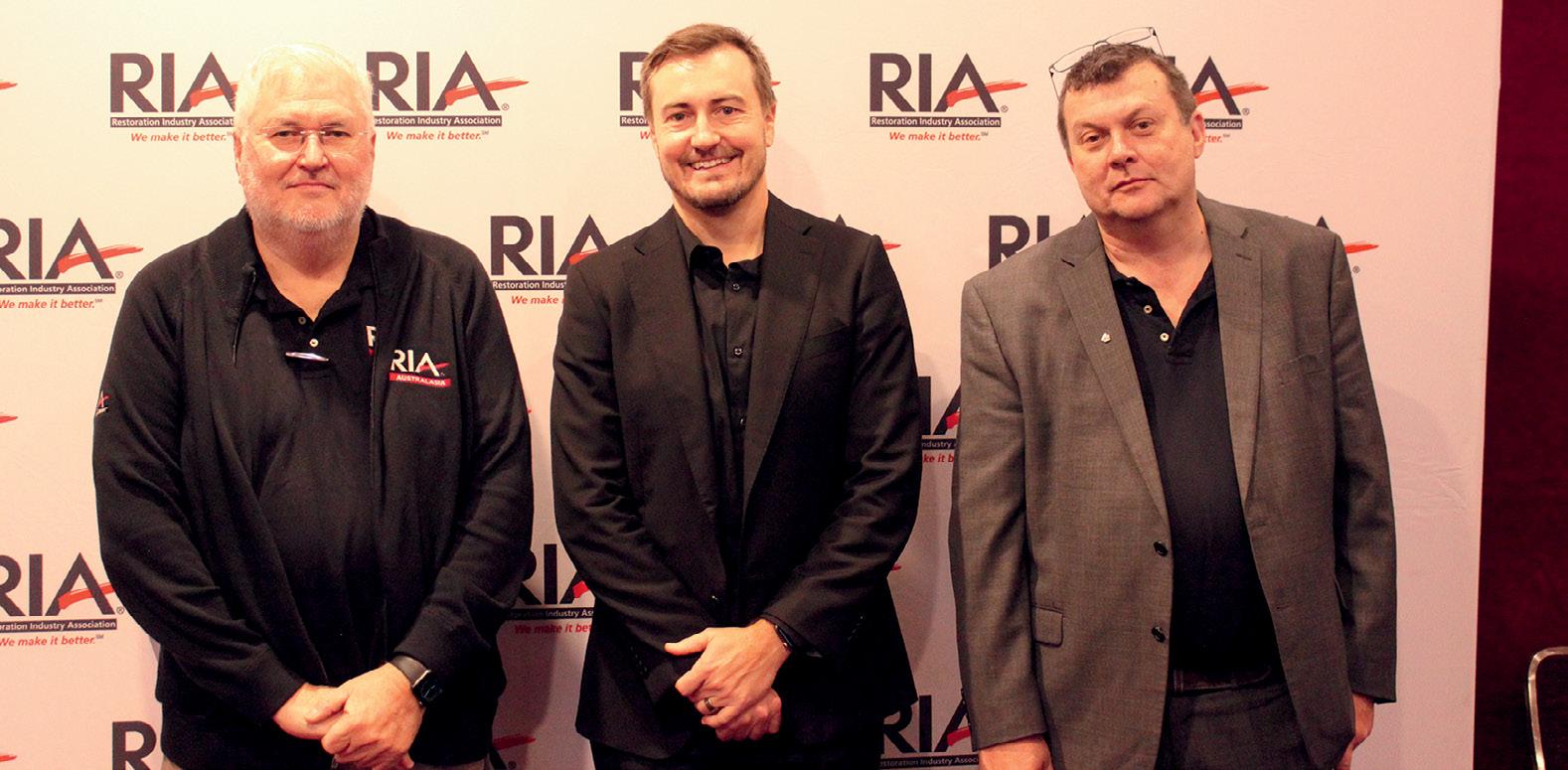
The new categories were established to recognise businesses that have demonstrated innovative, outstanding customer service, excellence, and professionalism in the area of disaster restoration.
RIA Inc. Residential Restoration Project of the Year was awarded to cleaning and restoration business, Clean Maintain Restore for a complex domestic water damage job.
Cowan Restoration won RIA Inc. Commercial Restoration Project of the Year for a large wine distribution and bottling
facility in the Barossa affected by smoke that was returned to trading within a threeweek period.
Both awards were selected from a number of entries from around the country that exhibited both the size and diversity of projects that the restoration Industry contribute to making happen each and every year.
The RIA Inc. Conference and Trade Show concluded with a masquerade ball and gala dinner featuring live entertainment, also presented at the gala dinner was the 2023 Lifetime Achievement Award.
Christine Boak was this years’ recipient for her long-standing contribution to the industry. Next year will also see the introduction of an additional award, Contributor of the Year, voted for by the members.

Prior to the conference, RIA Inc., in conjunction with the Indoor Air Quality Association of Australia (IAQAA), also hosted a one-day educational workshop. Themed ‘Adapting to the Future’, the 2023 Environmental Day addressed the current issues with indoor air quality and public health, with speakers covering topics such as epidemiology, toxicology, microbiology, environmental chemistry, and restoration.
On Saturday 3 June, delegates were taken on exclusive facility tours of two well established restoration companies, Elements Group and Steamatic Australia. The tour provided delegates an opportunity to see new technology, contents cleaning equipment, specialty drying equipment, Laser Restoration technology, Vacuum freeze drying, and how these two facilities are set up. ■
INCLEAN attended the RIA Australasia Inc Conference and Trade Show as a guest of RIA Australasia Inc
Christine Boak receives the Lifetime Achievement Award
66 INCLEAN Jul / Aug 2023 RESTORATION
Ashley Easterby, RIA Secretary; Marcus Taylor, RIA Head of Advocacy and Industry Communications; Owen Boak RIA Inc. Australia President.
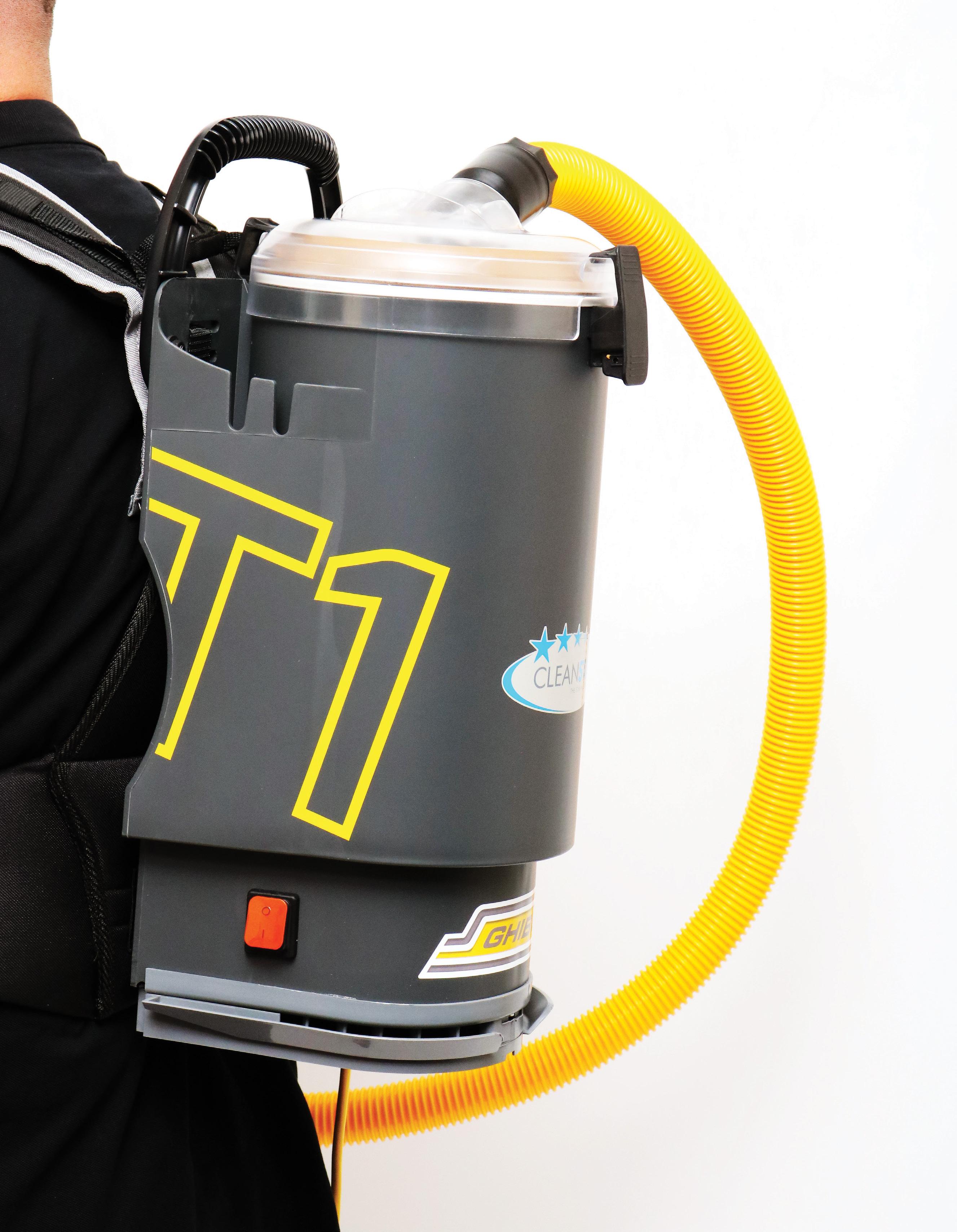



Germs in buildings
We need to know why, when, and how
The built environment is all structures built by humans, including our homes, workplaces, schools, planes, trains, buses, and cars.
These are the spaces where we spend most of our time. We spend 90 per cent of our life in these spaces, so if we live to 80 years old, then 72 of those years have been spent in the built environment.
As in any place on earth, microorganisms (bacteria, viruses, fungi) have been found in every part of the built environment that has been studied.
They exist in the air, on surfaces, and on building materials, usually dispersed by humans, animals, and outdoor sources.
Microbial communities and their metabolites can be good or bad – they
Words
Dr Gavin MacGregor-Skinner
can cause (or exacerbate) and prevent (or mitigate) human disease.
All cleaning professionals should understand the field of microbiology of the built environment, how our built environments affect human health, and what actions they can take to ensure they are cleaning for health.

A LITTLE HISTORY LESSON
Throughout history, if we build something, we have sought to control germs and eradicate causative agents of disease. It is well documented that humans understand that unclean indoor environments can adversely affect health.
This has dominated the cleaning industry for centuries. But what are some other key discoveries for our industry:
• In 1890, Koch’s postulates stated the four criteria as guidelines for establishing that microbes cause specific diseases. Then came the ability to separately count bacteria and fungi using a microscope from samples collected on culture media.
• By the early 1900s, research began to demonstrate how overcrowding, poor ventilation, and contamination of buildings by microorganisms and organic matter can lead to infection and disease.
• In the 1950s, we could identify specific bacteria and fungi from a sample using selective culture media.
• Research accelerated in the 1960s to understand the sources, survival, and how to control germs in the built
68 INCLEAN Jul / Aug 2023 OPINION
environment. Associations between fungal spores in air and dust and allergy symptoms were established and quantified. Rates and mechanisms of germ emissions when humans cough, sneeze, and breathe, showed how communicable respiratory diseases spread.
• Since the 1960s, culture-based investigations have dominated studies of germs in the built environment and continue to dominate industrial hygiene sampling.
• Throughout the 2000s, RNA sequencing has enabled the identification of previously unculturable microorganisms and a deeper understanding of microbial ecology.
ASSESSING GERM CONTAMINATION
Assessing germ contamination in the built environment is critical in determining threats to public health.
We have existing tools and recent technologies that will significantly impact the cleaning industry and become part of our toolbox.
They will allow us to visualise the invisible germs and help determine how to clean and what products to use.
We can start with ATP detection, routinely used to measure surface cleanliness but cannot specify which microorganisms are present.
There are other tools that you may not be aware of that can distinguish the living from the dead microorganisms, such as dye-based screening techniques, ethidium monoazide (EMA), propidium monoazide (PMA), quantitative polymerase chain reaction (qPCR), isotope probing, or bioorthogonal noncanonical amino acid tagging (BONCAT)—a powerful tool for analysing microbial communities.
BUILDINGS AS MICROBIAL RESERVOIRS
Studies have been conducted to characterise patterns, associations, and drivers of microbial communities in built environments.
Many of these studies have demonstrated that most bacterial microorganisms found on surfaces in buildings originated from human skin and the mouth (talking, breathing, coughing, vomiting) and nose (breathing, sneezing).
These studies suggest that humans are the primary source of microorganisms found in the built environment.
Studies in hospitals, public transport, and homes have found humanassociated microorganisms, including common potential pathogens (that cause disease) such as Pseudomonas spp., Acinetobacter spp., Staphylococcus spp., and Streptococcus spp., as well as common commensals (that live in harmony with humans) such as Anaerococcus spp., Prevotella spp., Corynebacterium spp., and Neisseria spp.
A study that quantified the abundance of bacteria and fungi emitted by a person indoors estimated the total particles to be 31 milligrams per hour, with approximately 37 million bacteria and 7 million fungi per hour being dispersed.
It is estimated that a cough produces approximately 3,000 droplets, whereas a sneeze releases 40,000 droplets, and each droplet may contain as many as 200 million virus particles.
Particles from your sneeze can travel up to 26 feet, coughing up to 6 feet, and breathing up to 3 feet. A toilet flush sneeze without the lid closed can travel up to 8 feet away.
People inhale a considerable volume of indoor air daily, on average 16,000 litres or 4,200 gallons for adults.
Therefore, it stands to reason that the interactions between humans and buildings that facilitate microbial exposure will profoundly impact human health.
Cleaning professionals need to know that culture studies suggest that the most common microorganisms associated with indoor surfaces belong to the fungal genera Cladosporium, Penicillium, Aspergillus, and Stachybotrys (in damp buildings) and the bacterial taxa Corynebacterium, Staphylococcus, Lactobacillus, Streptococcus, Enterobacteriaceae, Acinetobacter, Sphingomonas, Mycobacterium, Methylobacterium, Bacillus, and Pseudomonas
However, the growth potential of these organisms is determined by water activity (a measure of water availability in a material), chemical composition, pH, and the physical properties of surfaces.
Keeping building materials dry, that is, with a water activity below 0.9 for bacteria and 0.6 for fungi, ultimately limits growth on most materials.
• Temperature affects both water activity and microbial growth. Warmer temperatures promote rapid growth and many bacteria can still flourish at lower temperatures.
• Sunlight, both UV and visible light, has been shown to alter the survival of microorganisms surviving in the built environment.
• Moisture is one of the most potent contributors to microbial survival in air and on surfaces.
• Low relative humidity (20-30 per cent) increases the ability of microorganisms to become aerosolised from surfaces and suspended due to occupant traffic or disturbance.
• High relative humidity (>80 per cent) contributes to microbial survival and activity on surfaces.
• Surface material is also critical; although all surfaces can function as a physical substrate, the chemical composition of the material provides a food source for the colonising microorganisms and potentially selects for different species. Studies have demonstrated that cellulosebased surface materials, such as, for example, wood, can stimulate microbial growth more rapidly than inorganic materials, such as gypsum, mortar, and concrete.
• pH is also important, as many metabolic processes are more energetically favorable at neutral pH; therefore, materials with an alkaline or acid pH can retard microbial growth.
• Physical composition of the surface material will affect which organisms can access the surface. Even the surface roughness, porosity, and
“
”
Assessing germ contamination in the built environment is critical in determining threats to public health.
www.incleanmag.com.au 69 OPINION
position in the environment (for example, the ceiling or the floor) can influence the dynamics of microbial colonisation and growth. However, how these variables affect microbial metabolism and fungal–bacterial interactions remains to be elucidated and is an active area of research.
• Biofilms can form on built environment surfaces, especially in moist areas such as sinks and bathroom showers, facilitating transfer through everyday activities.
• Microenvironments within carpets can create pockets of high relative humidity that can aid in the growth, prolonged survival, and transfer of microorganisms to people.
How should the cleaning industry deal with large variability in local environmental conditions, including local weather, building materials, humidity, temperature, and indoor activities?
DISTINGUISHING THE LIVING FROM THE DEAD (OR INACTIVE)
The viability of microorganisms that exist in indoor environments is an area of great interest for the cleaning industry. Advances in techniques to visualise microorganisms in the air, in water, or on surfaces, and then also to be able to determine their viability and activity will significantly change how we clean. Are the bacteria multiplying, fungi or mould growing, or are the viruses surviving? Are the bacteria and fungi producing microbial volatile organic compounds (MVOCs) that can influence human health outcomes? Knowing the answers will help us ensure with what and how we clean has the least negative health consequences.
For example, dust is a rich, heterogeneous mixture of materials, providing plentiful substrate for microbial growth. When exposed to moisture, the resulting germination of fungal and bacterial spores or dormant cells leads to an increase in metabolic products, which can include chlorinated hydrocarbons, amines, terpenes, alcohols, aldehydes, and ketones, as well as sulfuric and aromatic compounds.
We know that microbial metabolic products can affect human health and cause nasopharyngeal inflammation, wheezing, cough, shortness of breath, onset and exacerbation of asthma, bronchitis, respiratory infections, allergic rhinitis, eczema, and other allergies.
AIR AND SURFACES AND INFECTIONS
Everyone who enters built spaces has extensive interactions with the air and surfaces.
These interactions have traditionally been examined only regarding the transmission of potential diseasecausing germs.
Microbial transmission between occupants and the built environment is reciprocal. For example, bacterial pathogens such as Bacillus anthracis, Legionella pneumophila, and Mycobacterium tuberculosis; fungal pathogens such as Cryptococcus neoformans, Histoplasma capsulatum, and Aspergillus fumigatus; and pathogenic viruses such as rhinovirus and influenza virus, can be transmitted by direct inhalation.
Other pathogens, such as Clostridium difficile, Staphylococcus aureus, Pseudomonas aeruginosa, Pseudomonas putida, and Enterococcus faecalis, as well as norovirus and influenza virus, can be transmitted through surface contact. As people move throughout the built environment, microorganisms are constantly transferred.
ARE ALL GERMS HARMFUL?
Throughout history, most efforts to determine the influence of indoor microorganisms on health have focused primarily on the negative impact of disease and allergies.
How would the way we clean change if we could shift our understanding of the microbiology of the built environment from a purely negative role (that is, causing disease) to combining a positive role (that is, protective or preventive)?
GERMS HAVE ADAPTED TO THE BUILT ENVIRONMENT
The physical and chemical properties of buildings and the surface materials encountered by microorganisms in the built environment are quite different from materials and surfaces in the natural environment.
Wood surfaces are often treated with chemicals to preserve them. Gypsum, fiberboard, drywall, synthetic carpets, and surface lacquers create environments unlike any other.
Genomic sequencing and culture studies show that different surface chemistries and physical structures promote the growth of various germs. For example, shower curtains are mainly colonised by bacteria associated with Sphingomonas and Methylobacterium Physical surfaces in buildings have been shown to be primary sites for bacterial adhesion and biofilm formation.
THE CLEANING INDUSTRY IS ESSENTIAL
The cleaning industry has a significant role in improving human health outcomes by cleaning for health. There is an immediate need by the cleaning industry to improve the measurement of cleanliness.
The COVID-19 pandemic led to a rapid expansion and the use of realtime sensors for indoor air quality. We need the development of real-time microbial sensors to detect exposures for individuals within the built environment that can be correlated with health and disease metrics. Our default approach is to attempt to make the built environment as hostile to microbial life as possible to prevent microbial infections.
Buildings are not isolation chambers. If we spend 90 per cent of our life indoors, then there is a need to better understand why, when, and how microorganisms transfer from the built environment to occupants, when these transfers lead to disease, and when these interactions are beneficial to built environment occupants. ■
Dr. Gavin Macgregor-Skinner is the senior director of the Global Biorisk Advisory Council (GBAC), a division of ISSA.
1 Gilbert, J. A. How do we make indoor environments and healthcare settings healthier? Microbial Biotechnology 10, 11–13 (2017).
2 Kirjavainen, P. V. et al. Microbial secondary metabolites in homes in association with moisture damage and asthma. Indoor Air 26, 448–456 (2016).
3 Lax, S. et al. Longitudinal analysis of microbial interaction between humans and the indoor environment. Science 345, 1048–1052 (2014).
4 National Academies of Sciences, Engineering, and Medicine. Microbiomes of the Built Environment: A Research Agenda for Indoor Microbiology, Human Health, and Buildings. Washington, DC: The National Academies Press. (2017)
5 Nazaroff WW. Embracing microbes in exposure science. Journal of Exposure Science & Environmental Epidemiology 29:1–10 (2019)
6 Meadow JF, Altrichter AE, Kembel SW, Moriyama M, O’Connor TK, Womack AM, et al. Bacterial communities on classroom surfaces vary with human contact. Microbiome 2:7 (2014)
70 INCLEAN Jul / Aug 2023
OPINION

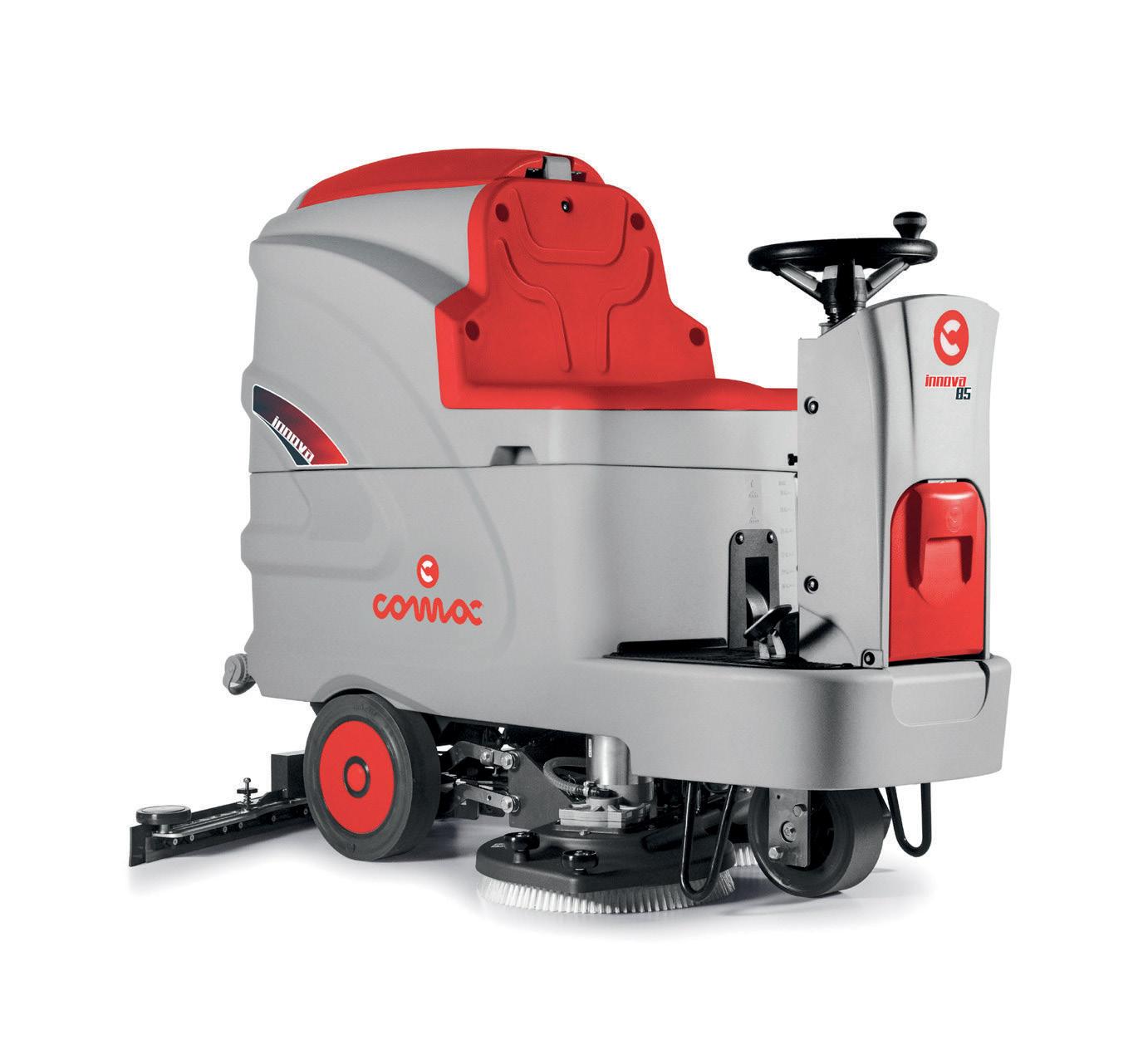

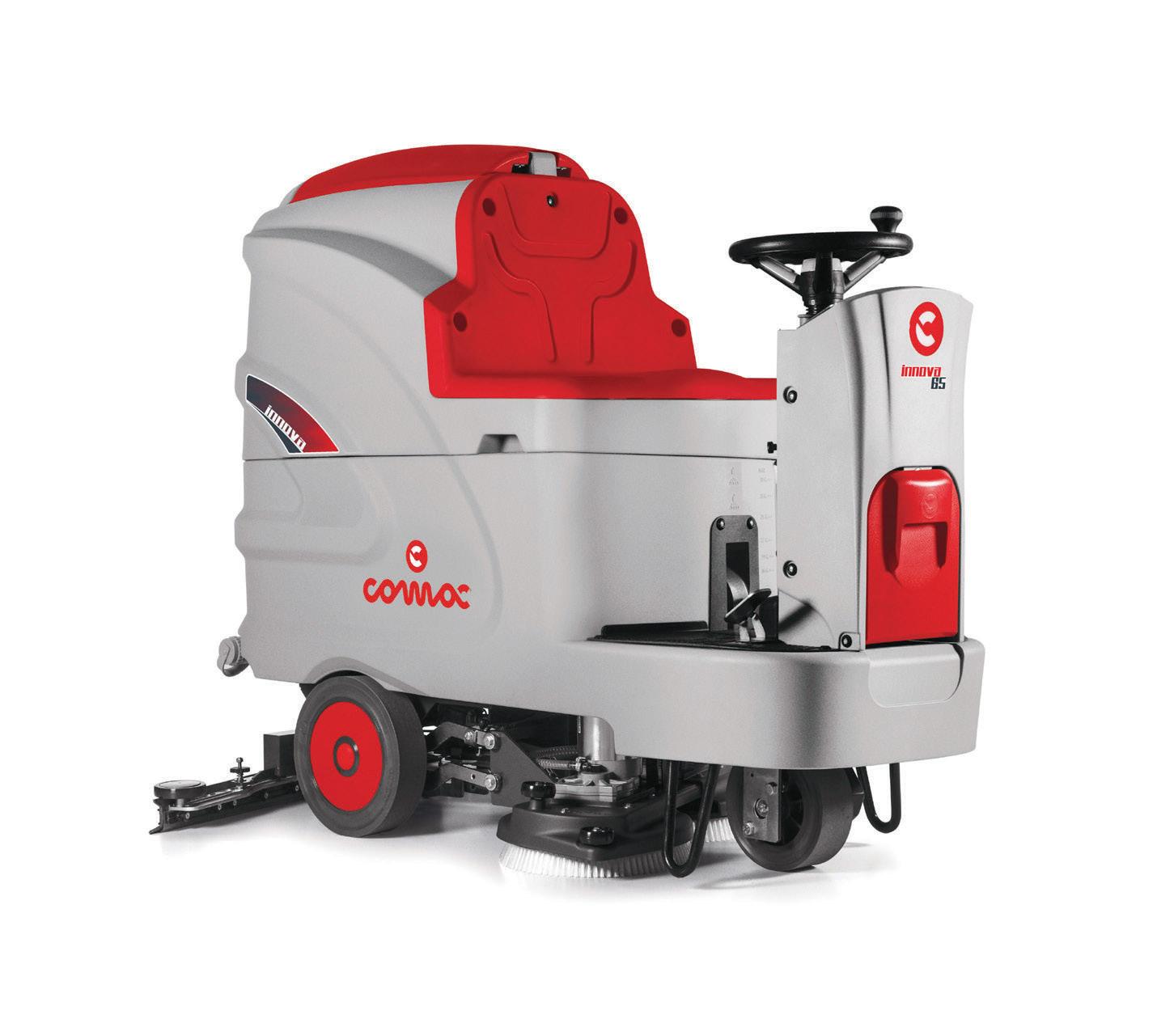
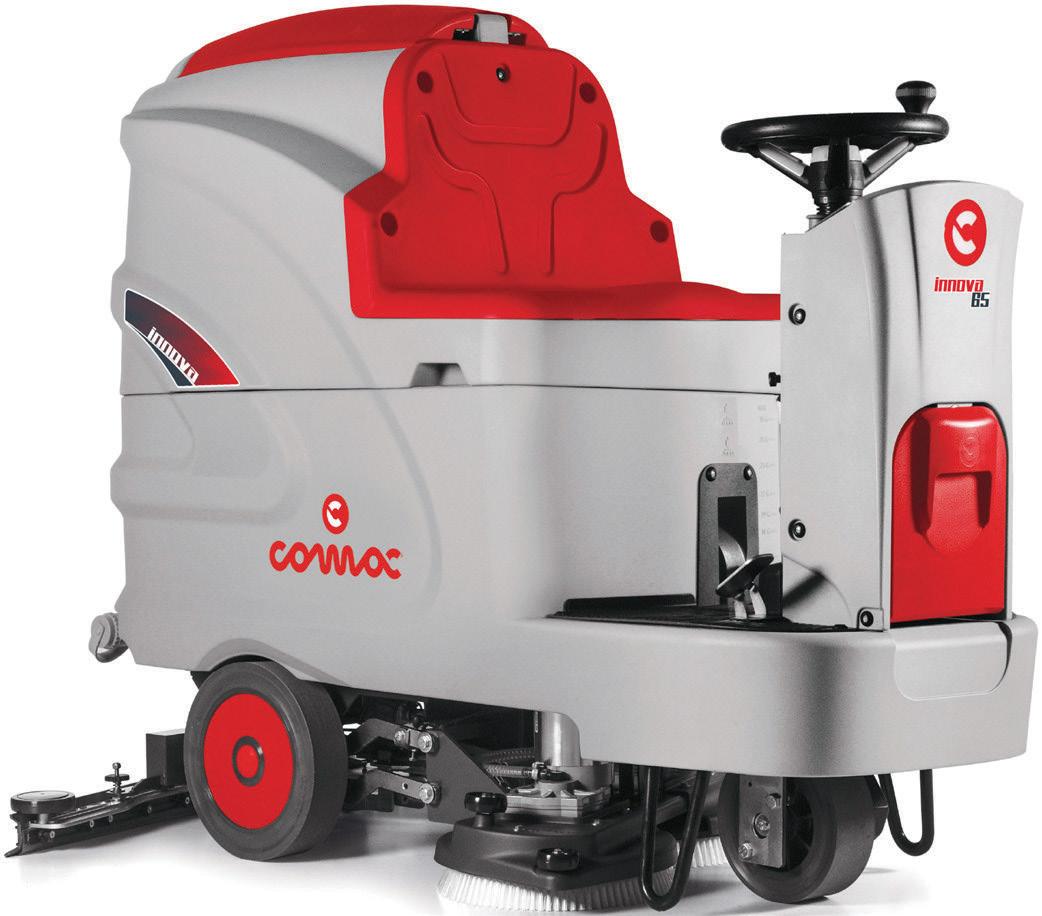
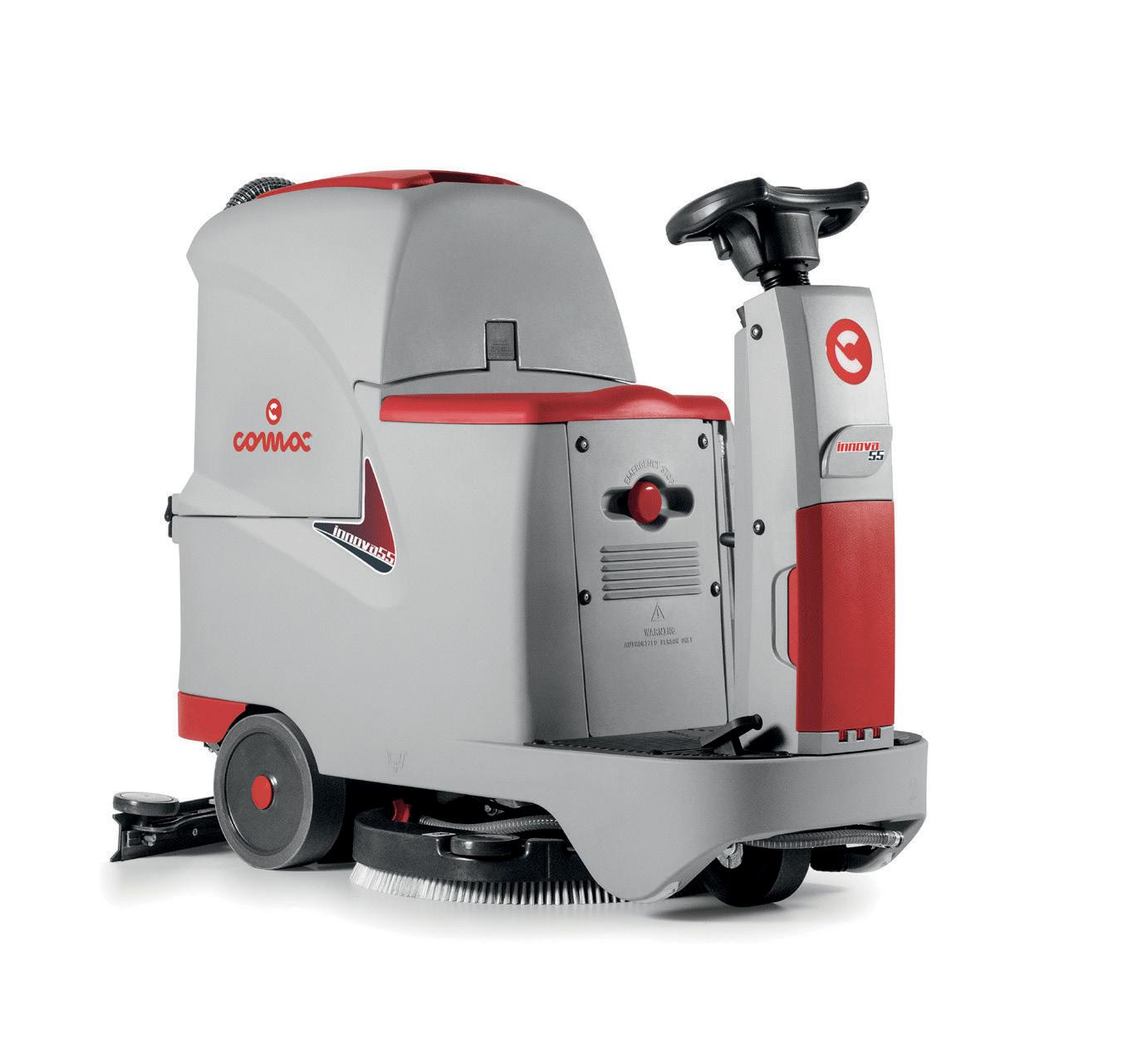
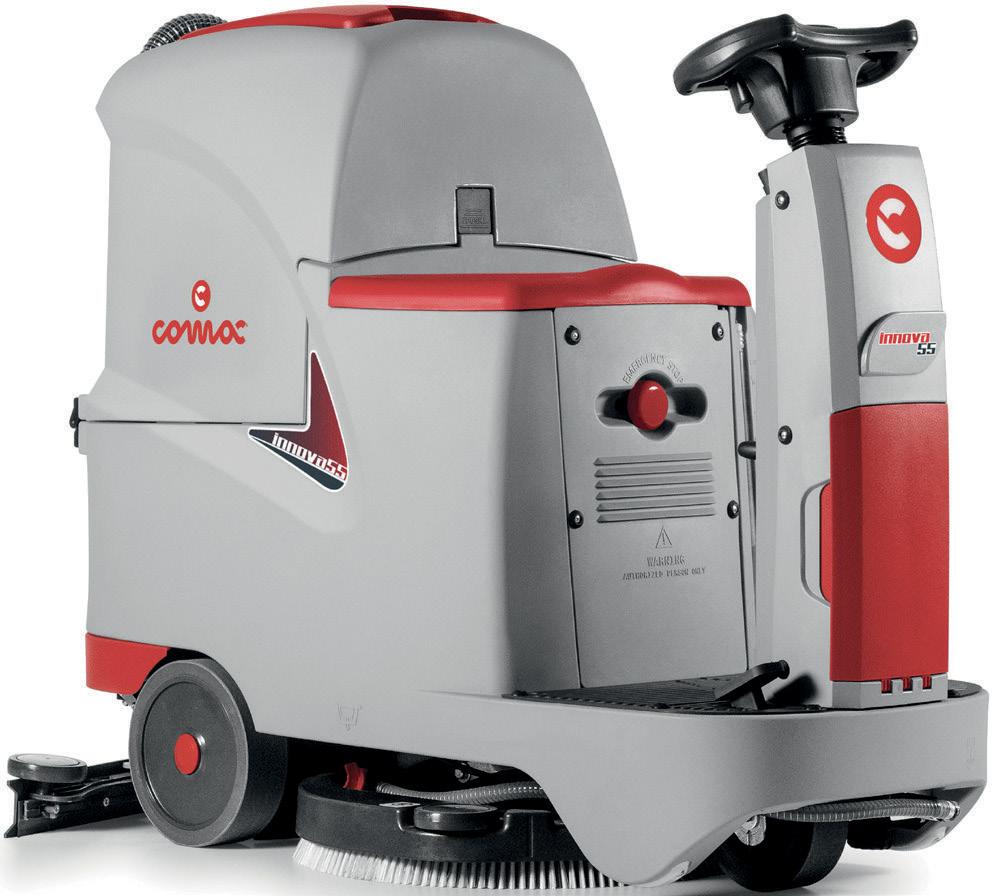
Driving professional results for your business 1800 314 580 godfreyscommercial.com.au
industrial, automotive,
The Innova range from Comac features three easy-to-use ride-on floor scrubbers designed for large-scale cleaning jobs that require manoeuvrability in even the most congested areas. Our range of expert cleaning machines has been used in many different applications across several industries, including retail, healthcare, hospitality, wellbeing, sports,
public and transport. For large-scale cleaning anywhere, anytime.
Embracing software automation
Unlocking efficiency and growth for cleaning companies
In today’s service-based industries, automation has increasingly become a critical focus for organisations striving to maximise the productivity of their workforce. By harnessing the power of software automation, cleaning companies can streamline their operations, enhance efficiency, and achieve significant business growth.
Within the cleaning industry, software automation refers to utilising software platforms and mobile applications for streamlining workforce management, reporting, and other operational processes. By automating manual tasks and leveraging real-time data, cleaning companies can optimise their resources, improve accuracy, and drive operational excellence.
The cleaning industry has been slower to adopt software automation compared to other service sectors such as trades and maintenance.
Many large cleaning companies still rely on paper-based and manual processes, resulting in inefficiencies and an increased likelihood of errors. Common examples of manual processes include paper reporting, data collation and manipulation, and manual adjustments to workforce planning.
However, there is a noticeable shift within the industry as cleaning companies recognise the benefits of software automation. Let’s explore some of the key advantages:

1. Time savings:
Software automation allows companies to allocate resources more effectively. By automating time-consuming tasks, cleaning companies can reduce the need for manual intervention and reallocate valuable time and personnel to more strategic business areas. As a result, they can achieve similar or even better outputs with fewer resources. In fact, a survey by McKinsey Global Institute suggested that service-based industries that leverage automation experience an average productivity increase of 20-35 per cent.
2. More accurate data and reports:
Manual data collection and reporting processes are prone to errors, leading to inaccurate reporting outputs. With software automation, cleaning companies can eliminate these risks and ensure data accuracy. Real-time data collection and automated reporting systems provide reliable insights, enabling executives to make informed decisions based on accurate information.
3. Increased customer satisfaction:
Software automation not only enhances internal processes but also directly impacts customer satisfaction. By implementing automation solutions, cleaning companies can provide a higher
TECHNOLOGY 72 INCLEAN Jul / Aug 2023
level of transparency, faster resolution to service issues, and better access to automated reporting and dashboards for their clients. Automation allows for real-time tracking and monitoring of cleaning activities. Clients can access online portals or mobile applications to view service schedules, track progress, and receive notifications when tasks are completed. Additionally, client dashboards can showcase key performance indicators (KPIs), allowing clients to track and evaluate the quality of services rendered.
Here are some examples of how software automation can be applied in the cleaning industry:
1. Workforce planning:
• Automatic generation of operational rosters based on budget considerations, ensuring profit margins are protected while optimising workforce utilisation.
• Automatic filling of open shifts using budget and qualification checks to recommend the bestsuited employee for the job, reducing scheduling conflicts and improving customer satisfaction.
2. Service failures:
• Automatic notifications when an employee is late or doesn’t show up, enabling quick response and issue resolution to minimise service disruptions.
• Automatic notifications when scheduled work is not completed, ensuring contract-wide visibility of service failures and enabling proactive corrective measures.
3. Reporting:
• Automated financial reporting at a site level provides granular insights into financial performance and facilitates better cost management.
• Automated compliance monitoring and reporting, ensuring adherence to industry regulations and contract requirements.
• Automated client dashboards reporting on key performance indicators (KPIs), strengthening client relationships and meeting expectations.
4. Integration:
• Automated data flows between job management and financial systems, eliminating manual data entry and reducing the risk of errors.
• The seamless flow of budget rosters to operational rosters ensures accurate resource allocation and efficient workforce planning.
• The streamlined flow of timesheet data to operational rosters and financial systems minimises administrative burdens and enables accurate payroll processes.
• Automated data flows to reporting systems, providing real-time operational and financial performance insights.
Incorporating software automation into cleaning companies’ operations presents significant opportunities for growth, efficiency, and competitive advantage.
By leveraging technology to automate manual processes, organisations can do more with fewer resources, streamline operations, and achieve higher levels of accuracy and productivity.
To embark on the software automation journey, cleaning companies should identify critical areas within their business that heavily rely on manual processes.
Payroll and finance departments often make excellent starting points, as automating these functions can lead to immediate time and cost savings. From there, companies can expand automation to operations and workforce planning, optimising resource allocation and enhancing overall operational efficiency.
For those using multiple software solutions, it is crucial to identify areas of integration to ensure seamless data flows between systems. Integrating job management, financial, and reporting systems enables real-time data synchronisation and eliminates the need for duplicate data entry, reducing errors and improving data accuracy.
Looking ahead, the future of software automation in the cleaning industry holds even greater potential.
With the expansion of the Internet of Things (IoT) and connected devices, we can anticipate more intelligent automation. For instance, bins equipped with sensors can detect when they are full and send alerts for timely emptying. At the same time, smart soap dispensers can notify when running low, ensuring uninterrupted service.
Moreover, advancements in generative AI are set to revolutionise software automation. Imagine the ability to query business data using natural language and receive immediate results, streamlining decision-making processes and driving further efficiency gains.
In conclusion, software automation is not just a trend but a strategic imperative for cleaning companies. Embracing automation unlocks the potential to achieve higher productivity, accuracy, and profitability levels.
By investing in the right technology and implementing tailored automation solutions, cleaning companies can position themselves at the forefront of the industry, delivering exceptional service and achieving sustainable growth in today’s competitive landscape. ■
Ben Howden, TEAM Software by WorkWave
“
”
By harnessing the power of software automation, cleaning companies can streamline their operations, enhance efficiency, and achieve significant business growth.
TECHNOLOGY www.incleanmag.com.au 73
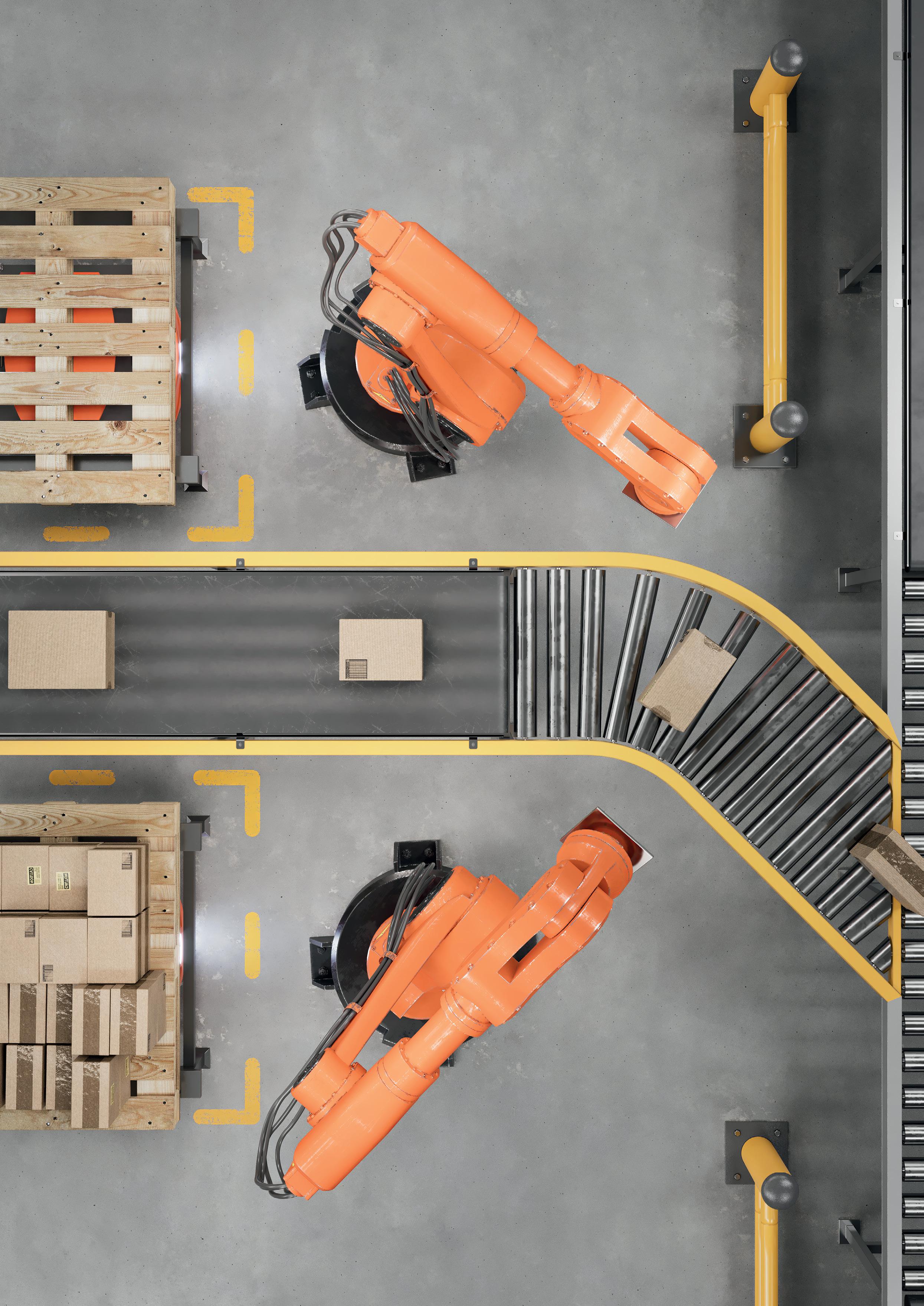
TECHNOLOGY 74 INCLEAN Jul / Aug 2023
Reshaping distribution centres and warehouses
The transformation continues in the world of robotics and the supply chain
Last year, when visiting a wholesaler’s distribution center (DC), I watched personnel spend an afternoon unloading boxes from a tractor-trailer in nearly 40°C heat. I could tell they were not happy, and you had to feel some empathy for their challenges.
It suddenly occurred to me that instead of just thinking about how to design DC/warehouse space around robots, robots are now being built that are able to operate more on our terms, in our spaces, and in our environments.
The situation I was observing just amplified how robotics are now being designed to handle the tough, often menial, and often accident-prone tasks at warehouses.
THE SEEDS OF CHANGE
Robotics and other forms of automation are not new to logistics. We have conveyor belts, scanners, and other innovations that have helped automate and accelerate for decades.
The obsession with speed is characteristic of the distribution industry. But the pace of investment and change – fuelled by the pandemic-era e-commerce boom, a tight labour market, and a fragile supply chain – has taken off in recent years.
Most experts say robotics will change how warehouses are operated and designed. Some say that we’re entering a golden era.
The seeds of the surge in warehouse robotics were actually planted during the 2008 recession, when carmakers, who depend heavily on robotics, dealt with a significant and prolonged downturn.
But unlike repetitive assembly line manufacturing, warehouses demand a considerable degree of flexibility.
Only recently have systems like visioning and artificial intelligence (AI) become cheaper and powerful enough to sort the tens of thousands of different products streaming through a DC/warehouse.
This technological leap is part of a larger embrace of robotics. In fact, the robotics industry saw a 28 per cent jump in purchases from 2020 to 2021, according to the Association for Advancing Automation.
The technology is becoming more affordable and is filtering down through the distribution industry, beyond the big US players like Walmart and Amazon. It’s predicted that there will be a 25 per cent increase in robotics and automation investment reported for 2022’s year-end.
Although seemingly fuelled by distribution giants like Amazon, and others who saw logistics as ripe for innovation, these big players have essentially helped supercharge distribution’s turn toward automation. Other organisations (large and even smaller) with a significant “labour content” also have a different perspective; making these jobs safer and more secure while still being focused on using robotics as a cost-saving measure, reducing aspects of human labour in an industry focused on that for decades, but doing so, not always by “cutting heads,” in a tight labour market.
The adoption of robotics in DCs and warehouses will increase by 50 per cent or more in the next five years, according to surveys taken by the Materials Handling Institute (MHI), a trade association for the material handling, logistics, and supply chain industry.
The goal is the “mechanical orchestration” of workflow, in which a team of autonomous mobile robots (AMRs), steered by sophisticated software and artificial intelligence, can move pallets, cartons, and piece-pick products in a seamless environment in collaboration with the appropriate positioning of warehouse associates.

TECHNOLOGY www.incleanmag.com.au 75
“ Robots won’t replace workers in the near future, but rather make them more efficient and productive. Humans will be “crew chiefs,” commanding and maintaining teams of robots.”
And this includes just about all the common warehouse functionalities, from receiving and put-away to picking, order staging, and shipping, as well as a myriad of other product transport requirements typical of DCs and warehouses.
You know, Netflix was the only company that could figure out streaming video, until suddenly it wasn’t. So, I see an emerging middle class of robotics users in the distribution industry. Other companies of all sizes will start to catch up.
These collaborative robots or cobots, which can look like a bin-carrying Segway, move back and forth among workers throughout the facility, significantly reducing the walking for warehouse associates.
With these robots bringing cheaper and quicker ways to deploy, some robotics providers have even introduced robots as a service (RaaS) business model, leasing these machines to warehouse operators and reducing initial capital costs.

MOVING FORWARD
Automation is one major lever that companies can pull. Robots won’t replace
workers in the near future, but rather make them more efficient and productive. Humans will be “crew chiefs,” commanding and maintaining teams of robots.
Robots can also help with your worker recruitment while closing the generation gap among warehouse workers.
It will improve the quality of experience for the workforce because instead of constantly walking and doing rote manual things, individuals will learn how to manage the robot to keep it up and running. It will create a career path, a more sophisticated skill set, and ensure the evolution of jobs does not leave long time workers behind.
Some experts believe that lightsout warehouses – run by robots around the clock without requiring air conditioning or lighting, generally tuned to human needs – will arrive within three to four years.
I am not completely sure about that time frame at all; rather, I need to notice more companies in the distribution industry who recognise the advantages. These advantages include increased efficiency, reduced costs, and a decrease in worker accidents—which amounts to be a proven potential for twice the increase in throughput—lowering the cost per transaction.
NOW IS THE TIME…
Frankly, I do worry for those owners and senior operations managers who are not paying attention to this fastmoving trend. Why?
Because the DCs and warehouses that remain just “racks, carts, and clipboards” are just not going to be able to keep up with the service demands and cost factors to stay competitive.
It is urgent that we all take the time to learn more about robotics and consider its implementation. It won’t be long before robots reshape how we manage our DCs and warehouses. ■
Howard W. Coleman, principal at MCA Associates, a management consulting firm, works with wholesale distribution and manufacturing companies. This article was first published in ISSA Today and has been reproduced with permission.
“
”
Some experts believe that lights-out warehouses – run by robots around the clock without requiring air conditioning or lighting, generally tuned to human needs – will arrive within three to four years.
76 INCLEAN Jul / Aug 2023 TECHNOLOGY
COMPLIMENTARY RESOURCES FOR YOUR BUSINESS


Enjoy complimentary tools like Product Cost & Usage Calculator, Workloading & Bidding Tool, The Value of Clean Toolkit to take your business to the next level.

LOCAL
online news and ISSA TV.
FOUNDATION OF EXPERTISE
Share in our vision, mission, values and goals. Together we can change the way the world views cleaning.
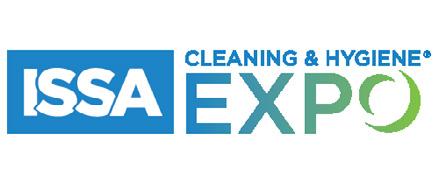
MEMBER
Get featured in the online listing of all members which attracts over 15,000 clicks per month and provides access to all company profiles.

The ISSA Oceania team is working with a number of local service providers to provide members with exclusive discounts to relevant services.
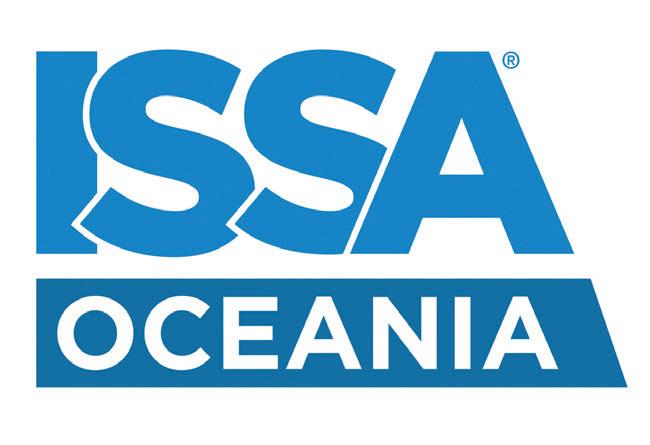

TRENDS
Gain valuable market analysis both regionally and globally.
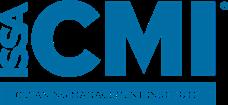



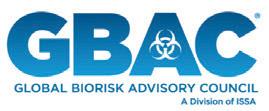
GLOBAL

TOGETHER WE CHANGE THE WAY THE WORLD VIEWS CLEANING! JOIN NOW! EVENTS & TRADE SHOWS Benefit from networking events and global trade shows, including the Australian ISSA Cleaning & Hygiene Expo. issa.com/oceania oceania@issa.com 1800 621 872 Search ISSA Oceania ISSA OCEANIA MEMBER BENEFITS JOIN TODAY! issa.com/oceania oceania@issa.com 1800 621 872 Search ISSA Oceania
CERTIFICATION & STANDARDS
your operation to the next level with industry-leading training,
programs and
customised to the
of Australian and
businesses.
NEWS
the
foot with INCLEAN and INCLEAN
EDUCATION,
Take
education
accreditation,
needs
New Zealand
INDUSTRY
Be on
front
New Zealand magazines, international publications like ISSA Today and Cleanfax,
NETWORK
Expose your business to the ISSA Group, international office networks and alliances.
DIRECTORY
& INSIGHTS
MEMBER BENEFITS
Unlocking the path to sustainable success
Three techniques to help you drive sustainability in your business
In today’s ever-changing business world, being sustainable is crucial for long-term success. Your business needs to adapt by coming up with innovative ideas to stay ahead. One powerful path for innovation is via tapping into the brilliant ideas of your own staff.
By regularly reviewing customer-focused key performance indicators (KPIs) and using those discussions as a platform for extracting ideas, you can foster rapid innovation within your business.

In this article, we will explore three proven techniques that will help you drive sustainability through staff innovation.
1. Create a culture of collaboration and idea-sharing:
To tap into the wealth of creativity and innovation within your staff, it is crucial to foster a culture of collaboration and idea-sharing.
Encourage an environment where every team member feels valued and empowered to contribute their unique insights.
One effective way to accomplish this is by regularly reviewing customer focused KPIs and using them as a starting point for discussions.
One business owner recently gathered over sixty ideas in the first week, one of those ideas increased revenue by 19 per cent within three months.
Imagine the secret ideas that could be sitting inside the heads of your staff right now! You could be missing out on a goldmine. Tap into the collective intelligence of your staff and drive innovation forward.
2. Implement an idea management process:
To effectively extract and implement staff ideas, it is essential to establish a robust idea management method. This method can help streamline the process of collecting, evaluating, and implementing innovative suggestions.
Our Active Management process takes only 10 minutes a day. It empowers staff to raise ideas and gives management the ability to choose what should be implement. It also provides a platform for feedback, so staff learn what is most important to the business.
By involving your staff in the entire ideation process, you enhance their sense of ownership whilst benefiting from their expertise and diverse perspectives. Businesses that do this well see higher engagement, lower staff turnover, and improved efficiency.
We see an average of 32 per cent increased efficiency within one year for businesses that use our Active Management process.
3. Encourage experimentation and risk-taking:
Innovation often requires stepping out of your comfort zone and taking calculated risks.
As a business owner, it is crucial to foster a culture that embraces experimentation and risk-taking. Encourage your employees to explore new ideas and challenge the status quo.
A robust results-based process like our Active Management process will support flexibility whilst reducing risk. You can implement these same process steps in your business:
• Review customer focused KPIs to identify areas where your organisation can improve or innovate
• Encourage employees to think creatively and propose solutions
• Test ideas and provide feedback with actual results
• Scale when results are positive. Iterate or cancel where results are not positive. To support experimentation, ask for volunteers for small-scale tests. When your team test and iterate on their own ideas, you create a supportive environment that encourages more innovation.
Recognise and reward individuals for ideas rather than results, remember the best idea can fail if not executed properly.
Commercial cleaning businesses that drive sustainability through innovation are more likely to have long-term success.
All you need to create a sustainable innovation process in your business is:
• Customer focused KPI
• An idea management process
• 10 minutes a day
By leveraging the collective intelligence of your staff, you can unlock a wealth of innovative ideas, cultivate a continuous improvement culture, and create an environment of collaboration and innovation. ■
Brad Horan is a chartered accountant specialised in profit growth strategies for commercial cleaning businesses. Reach him at bhoran@lucrature.com or visit www.lucrature.com.
“
”
To tap into the wealth of creativity and innovation within your staff, it is crucial to foster a culture of collaboration and idea-sharing.
78 INCLEAN Jul / Aug 2023 OPINION
Preparing for the next generation of business owners
According to the Productivity Commission, inheritances and gifts have more than doubled since 2002 and could rise four-fold between now and 2050.
That’s an estimated $3.5 trillion dollars of wealth changing hands between now and 2050!
This transfer of wealth over the next 30 years could have wide reaching implications for those inheriting it, those leaving it behind, their businesses and the economy generally.
This article explores four key steps current and future generations should undertake to prepare themselves for the great transfer of wealth.
1. Discover your legacy
The first thing that you should contemplate as a business owner is the legacy you want to leave behind. Get clear on what you want for your business, for your family and for yourself. How do you want to be remembered? What is important to you? What do you want for your children? What do you want for your business and all of those that it supports? How do you want your estate to be split?
These are all fundamental questions to ask yourself when trying to discover your legacy. Knowing the answers to these can often be difficult and can take time, but the sooner you start thinking about it the clearer it will become and the greater the likelihood that you will achieve it. If you want a good legacy, then don’t leave it to chance!
2. Set up a structure that can stand the test of time

It’s all well and good to know what you want your legacy to be, but how you structure your affairs can make or break it. If it is not structured correctly, it can lead to family conflict, result in excessive taxes being paid and could even threaten the long-term viability of your business and your family wealth.
All too often do we see families stop talking to each other as a result of a
poorly structured succession plan. Therefore, get your structure right. Design it so that it protects your family assets, is clear on how your estate will be managed and is efficient from a tax perspective.
3. Communicate and document everything
Communication should be at the heart of your planning process. Whatever the vision that you have for your business and your family, it’s important to know and understand if this vision is shared with your successors and the family. Often times conflict arises from a lack of communication and misunderstanding. Talk to your successors often and make a point of including them in the process. Does your family know what your wishes are? Does your family know what the plan is for your succession? Do you speak with your successors regularly about this these matters?
It is often helpful to get an advisor involved in with these discussions. We often find that while both generations are thinking about this issue, they are hesitant to discuss it as they do not know how to bring it up in a constructive manner. Possibly worried that it could cause conflict or that it is a taboo topic.
That is where an advisor can come in, they can guide you through the process and ensure that everything is put on the table and discussed. They will also help you to document your succession plan, including your Wills, shareholders agreements etc, and will become
someone the next generation can turn to for guidance and support.
4. Prepare the next generation to succeed
Wealth can do strange things to people. It’s important that your successors are prepared to handle the responsibility that comes with significant wealth.
To assess this, you should first conduct an inventory of your successors preparedness to handle the transition. Consider how money and responsibility may affect them and their lives. If there is a family business, consider if there are any knowledge gaps in respect to the business.
It may be necessary you your successors to undergo further training, study and may even need to work in another business for a while to bridge some of their knowledge gaps. It is also important to start to get them involved in the decision-making process that occur within your business so they can see how you make decisions and manage.
There are many moving parts here, some of which you will not know about or have the expertise in. That’s why it’s important to get advice along the way.
Every family is different, and every transition is unique. However, if you can go through the above steps then you can drastically increase the chance of a successful transition. With that in mind, the best thing that can do right now is to actually get started. It takes time, and the more time you invest in it, the better the outcomes. ■
Ash is director – accounting and tax at HLB Mann Judd www.hlb.com.au
Andrew
“
OPINION www.incleanmag.com.au 79
Communication should be at the heart of your planning process. Whatever the vision that you have for your business and your family, it’s important to know and understand if this vision is shared with your successors and the family. ”
Employee’s payments and impact on cashflow
Within the recent Federal Budget, the government announced it would like for employers to pay the employees superannuation when they pay salary and wages from 1 July 2026.
While this may be seen as a great opportunity for the employees as the money will be in their superannuation fund earlier, the impact on small businesses was not discussed until now.
Presently, small business employers are typically required to pay superannuation contributions quarterly, unless your industry requires this to be paid monthly.
The proposed change to the timing of payment of superannuation payments may result in a reduction of cash flow available to businesses, especially if they are moved from paying quarterly superannuation to paying on a weekly or fortnightly basis.

Additionally, also be warned that when this legislation takes effect, the final payment for the quarter 1 April 2026 to 30 June 2026 will be due on the 28 July 2026, however, you may have been required to pay the superannuation for a few weeks or a couple of fortnights by then.
To also compound the issue, those small businesses who currently have long payment terms or have irregular income streams will also find it very difficult to adhere to this legislation unless they start to make changes now.
It is also important to note here that there is current legislation requesting that businesses who withhold more must pay this to the Australian Taxation Office (ATO) more frequently. Currently the
thresholds and reporting timeframes are as follows:
• Small businesses who withhold less than $25,000 in taxes in a year are only required to report and pay the taxes to the Australian Taxation Office on a quarterly basis.
• Medium businesses who withhold between $25,001 and $1,000,000 a year are required to report and pay the taxes to the Australian Taxation Office monthly.
• Large businesses who withhold more than $1,000,000 are required to pay the taxes as they process the pays.
As the Australian Bureau of Statistics (ABS) recently reported in May 2023, they are noticing that wages are increasing, with a 0.8 per cent increase in the March 2023 quarter and 3.8 per cent in the last year.
As the wages are increasing, the tax withheld on these wages will also increase and if these reporting thresholds are not
increased in accordance with the wages increase, businesses could find themselves changing reporting categories soon.
BUDGETING SOLUTIONS
So, what can you do as business owners to ensure you are prepared? We would recommend for those businesses who currently have long payment terms, that they consider revising these soon and potentially tie these to when you are paying the wages. For example, if you pay weekly wages that the invoice terms are seven days or if you pay wages on a fortnightly basis your terms are 14 days.
Additionally, businesses will need to start to be more on top of regular invoicing to ensure there is sufficient cashflow in the business. For those businesses with irregular income streams, you will need to budget.
While budgets are probably not a new thing for anyone in a successful business, it could be useful to expand the old trusty Excel budget by looking at some of the software solutions that are in the marketplace, such as Power Tynan’s solution Fathom, that could provide you with more timely forecasts and budgets.
Fathom can provide your business with more insightful analysis of your numbers and provide you with the ability to review a variety of “what if” scenarios. For example, a “what if” scenario could be if I decrease debtor days by five days what would the impact to my cashflow be? If you would like to discuss implementing Fathom, please do not hesitate to give our office a call. ■
Naomi Green is client manager at Power Tynan www.powertynan.com.au
“
”
The proposed change to the timing of payment of superannuation payments may result in a reduction of cash flow available to businesses, especially if they are moved from paying quarterly superannuation to paying on a weekly or fortnightly basis.
80 INCLEAN Jul / Aug 2023 OPINION
Choosing quality
Tips for finding the best cleaning service for your facility
 Words Tim Poskin
Words Tim Poskin
Cleaning is an important aspect of maintaining a healthy, hygienic environment. Whether in a commercial setting, such as an office or retail space, or in a residential setting, keeping spaces free from dirt, dust, and other contaminants is a nonnegotiable necessity for facility managers.
However, not all cleaning services are created equal. To ensure that a space is truly clean, it’s important to choose a cleaning service that prioritises quality.
Here are some key factors to consider when discerning the best cleaning service for your facility.
Proper cleaning techniques and equipment
The first factor to examine is the service’s use of proper cleaning techniques and equipment for each surface and soil type. For example, a good cleaning organisation will use a combination of vacuums, mops, and microfiber cloths to remove dirt and dust, rather than just relying on a single tool. Some organisations utilize cleaning tools with validated production rates that determine how quickly and efficiently they perform in real conditions.
Attention to detail
Another important aspect of cleaning quality is attention to detail. A good cleaning organisation will take the time to thoroughly plan out the
servicing of every inch of cleanable space, including hard-to-reach areas such as corners and baseboards. They will also pay attention to small details, such as wiping down fixtures and removing cobwebs. This attention to detail ensures that a space is truly cleaned for health, rather than just giving the appearance of being clean.
Safety first
Quality cleaning organisations also prioritize safety. This includes using cleaning solutions and equipment that are safe for both the cleaning staff and the building inhabitants. Crews take steps to minimise the spread of germs and bacteria, such as regularly sanitising high-touch surfaces.
Cleaning certifications
Another way to determine the quality of a cleaning service is to check if it holds certifications and accreditations. Being certified reveals an organisation’s values and confirms its commitment toward providing high-quality cleaning services— all of which can provide you with greater peace of mind.
Good reputation
Don’t forget to search the internet to read customer reviews and testimonials of a cleaning service you’re considering. Notice if the company replied to customer complaints. It is important to look for an organisation that is open to feedback and willing to make changes to improve their services. Be sure to go beyond the company’s online reviews. See their work in person. It’s a plus if you can visit one of the facilities they service right after they have cleaned it.
Strong communication
Finally, a good cleaning organisation practices clear and open communication with its clients. It keeps clients informed about its services, what to expect from the cleaning process, and any changes or issues that arise. Continuous communication ensures that the client is satisfied with the services provided. ■
Tim Poskin is the director of ISSA Consulting. He currently serves as chair of the ISSA Cleaning Management Institute (CMI) workloading and benchmarking committee. He can be reached at timp@issa.com.
“
To ensure that a space is truly clean, it’s important to choose a cleaning service that prioritises quality.
”
OPINION www.incleanmag.com.au 81
Eco-Clean range of Wet/Dry Vacs from Aussie Pumps
Aussie Pumps’ Eco-Clean range is built for the toughest applications. Available in both 60 and 75 litre capacities, the Aussie Eco vacs are trolley mounted and have a range of power options. They are all ‘Wet/Dry’ style configurations designed to handle jobs as diverse as warehouse or factory cleaning to construction site. The Eco-Clean VC72 features two big 1200watt, 240 volt motor, has an airflow of 119 l/s, and a water lift of 2400 mm. The barrels are made from rotationally moulded polypropylene and are round for additional strength. They are all M Class and have Microweb filters which are 99.9 per cent filtration perfect.
Aussie Pumps
aussiepumps.com.au
TSM Grande Brio 35B Scrubber Dryer
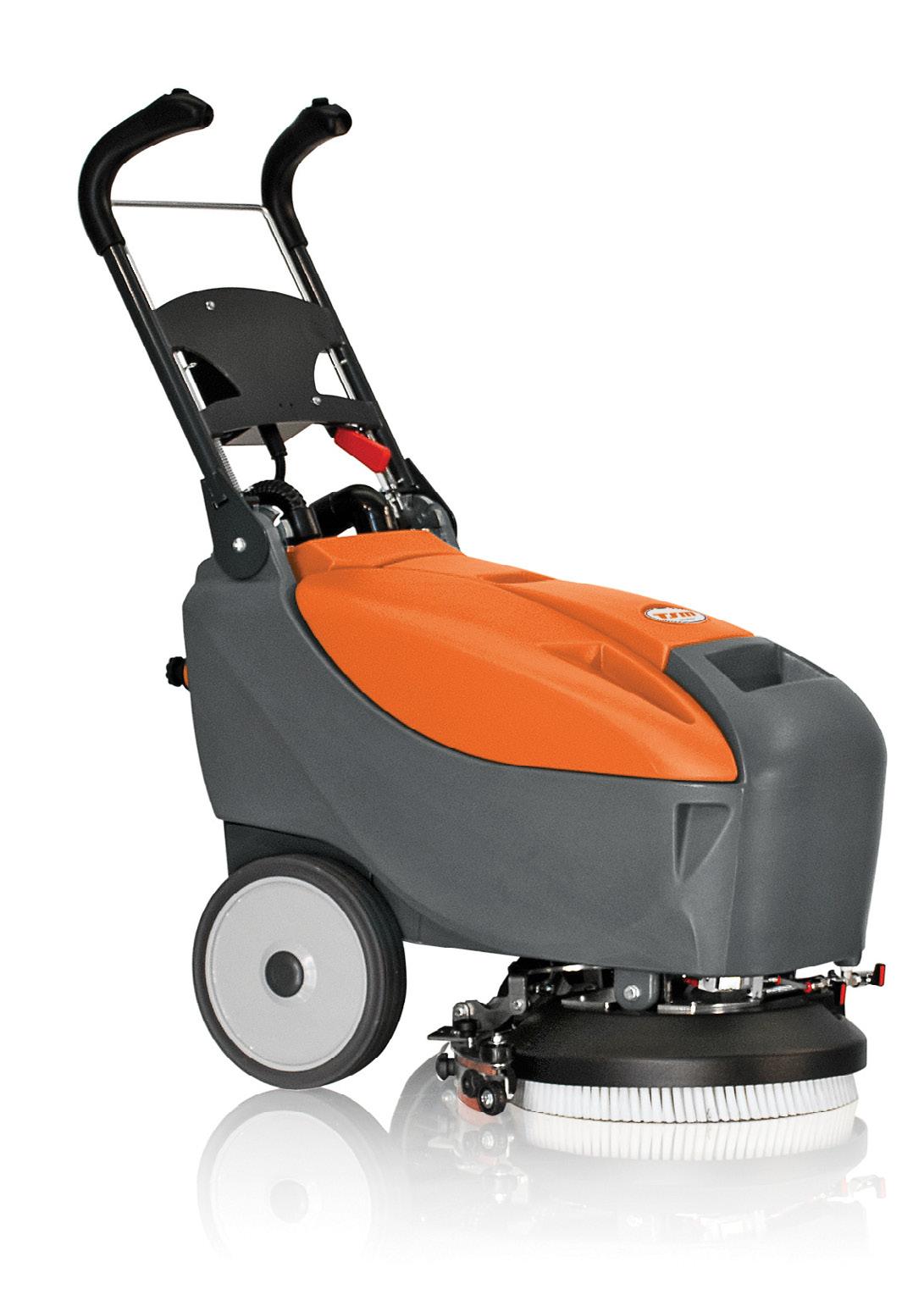
Even small spaces present challenges when it comes to their cleaning. In fact, obstacles and impediments make it difficult to reach all surfaces with the same level of effectiveness.The battery operated Grande Brio 35B is the perfect scrubber dryer for cleaning surfaces up to 1050m²/h, which allows you to get professional results quickly.

• 35cm scrubbing path
• >1h 20mins working time
• 16/18-litre tanks capacity
• Easy to use, simple controls with only two buttons Free demonstration available.
Central Cleaning Supplies
1300 347 347
sales@centralcleaning.com.au
www.centralcleaning.com.au
CleanLIFE plastic-free wet wipes
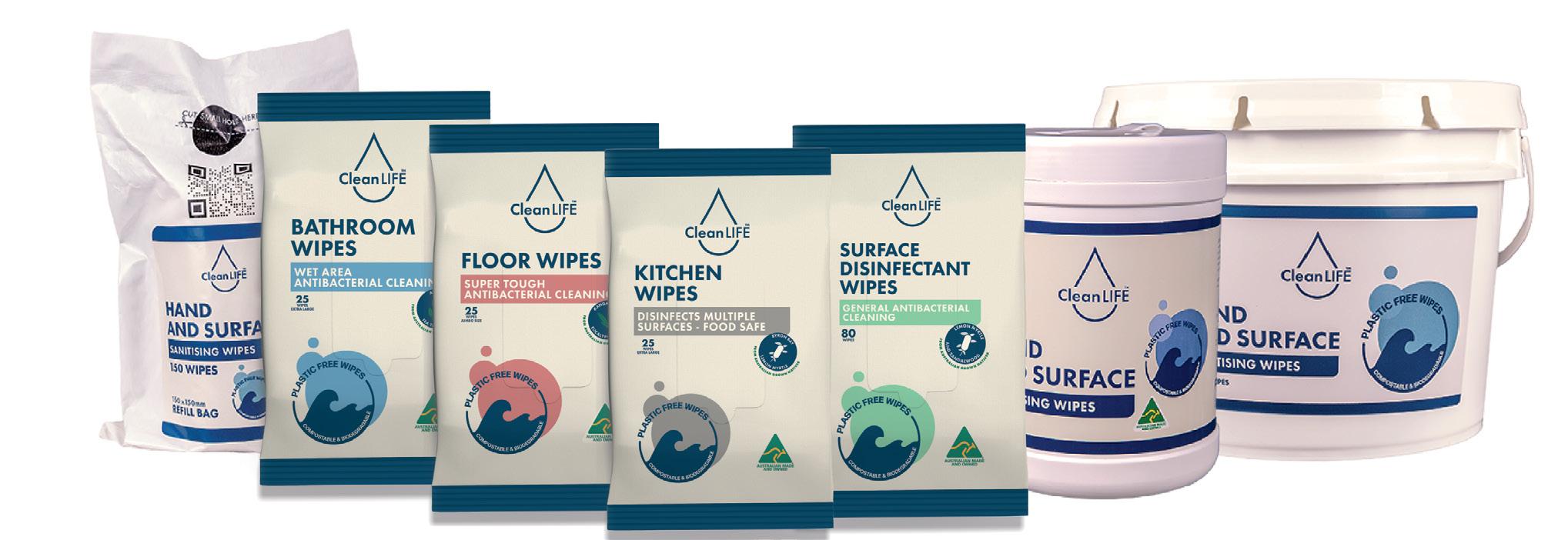
CleanLIFE plastic-free wet wipes for commercial use come in a range of sizes including soft packs, canisters, tubs, and refill packs. CleanLIFE’s single-use range is perfect for effective and hygienic cleaning. Being an Australian-made range reduces your risk of contamination through the use of purified Australian water.
All wipes are made in CleanLIFE’s factory in South Australia – there brings a significant reduction in carbon emissions through purchasing its locally-made wipes. As 75 per cent of the wet wipe is water, making them here eliminates the ridiculous shipping of water around the world.
CleanLIFE
1800 960 948
www.cleanlife.com.au
82 INCLEAN Jul / Aug 2023 PRODUCTS
Bonnie Bio compostable garbage bags and bin liners
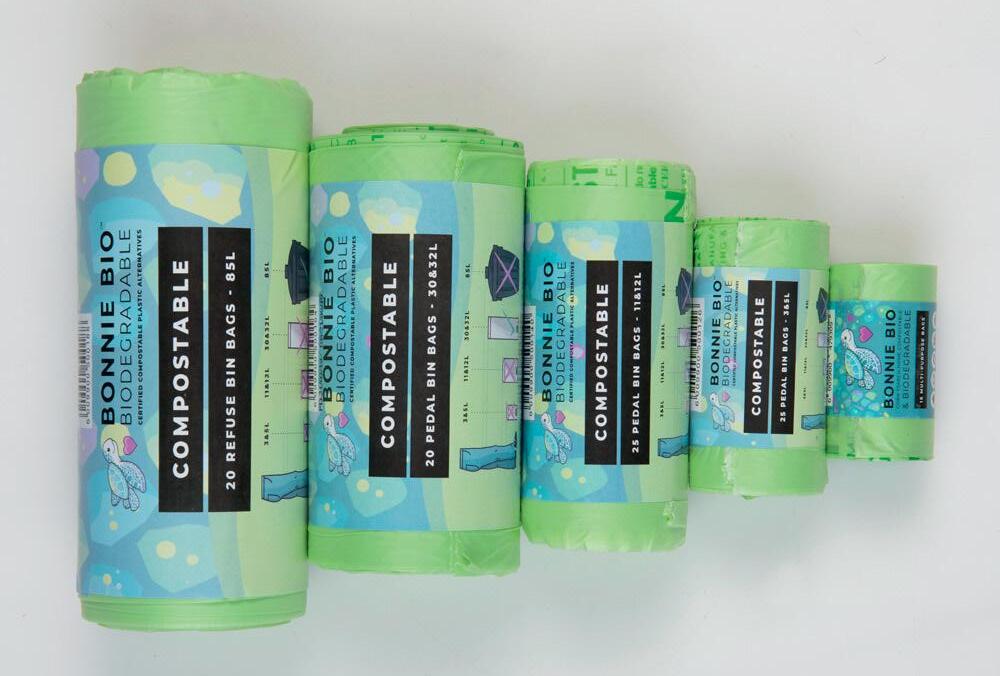
Bonnie Bio compostable rubbish bags and bin liners are made from corn starch and are a great alternative to plastic bags. They are ideal for use in bins in kitchens, homes and work/office areas, as well as for larger garbage wheelie bins. Suitable for both indoor and outdoor use. These bags break down due to being exposed to oxygen, heat, UV light, and microbial activities. When these bags decompose, they create carbon dioxide, biomass and water, which all present no danger to the environment. No toxins are leached into the surrounding soil whilst decomposing making it safe for our environment.
Cleanstar
sales@cleanstar.com.au.
www.bonniebio.com.au
TemplaCMS - contract management software with financial control
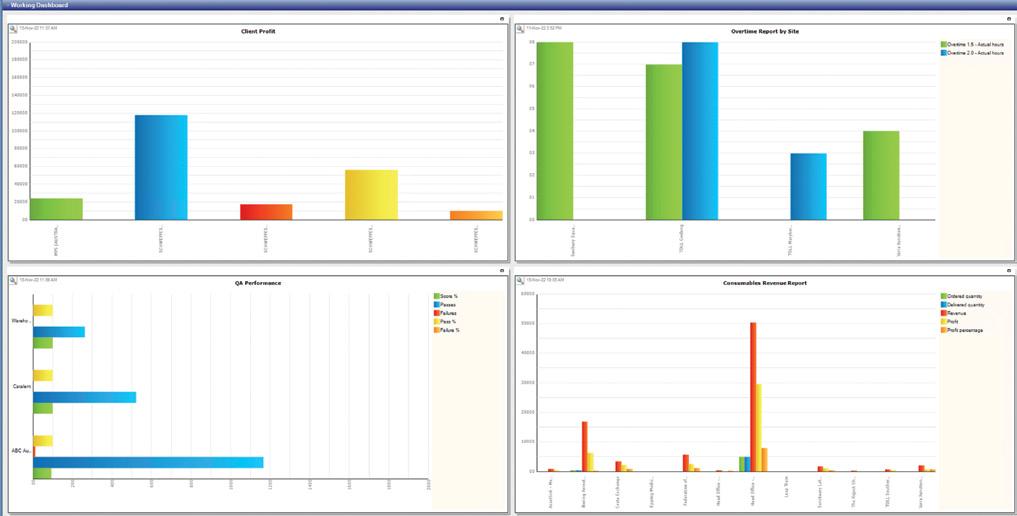
TemplaCMS connects your contracts with finance and payroll, becoming the source of truth and central point of management.
• In-built award interpretation ensures you pay staff on time and stick to site budgets
• Schedule and manage periodical work with staff and subcontractors
• Easily track profit to contracts and sites
• Automate invoicing for all contract and ad-hoc work completed
• Integrates with TEAM Software by WorkWave’s Timegate and Lighthouse solutions
TEAM Software by WorkWave
(03) 8899 6683
sales.apac@teamsoftware.com
www.teamsoftware.com
Protect furnishings with SEBO
Facility managers looking to prevent damage to furniture and walls during cleaning should consider using the SEBO D8 Professional Barrel vacuum cleaner. The two-layer high density foam bumper helps to absorb impacts and protect furniture and walls from damage while cleaning. Additionally, the vacuum comes with on-board tools and a quick release floor tool, which provides operators with full control over the cleaning application and ensures they have the correct equipment for the job. The SEBO D8 Professional Barrel is also designed to be easy to maintain, with a durable steel telescopic wand and an extra big 6-litre bag. By using this vacuum cleaner, facility managers can help minimise the risk of preventable damage to their furnishings and maintain a clean and safe environment.

SEBO
02 9678 9577

www.sebo.com.au
V-Wipes
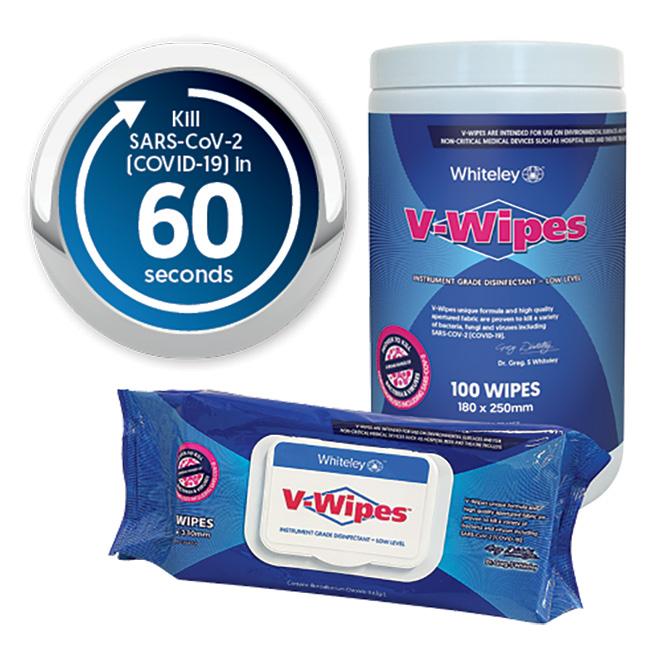
The unique formula of V-Wipes disinfectant wipes is proven to kill a broad variety of bacteria and viruses, including SARS-CoV-2 (COVID-19) Virus which is killed in 60 seconds. The formulation is pH neutral, and they feature a high-quality apertured fabric perfect for fast, effective cleaning and disinfection of all surfaces within the healthcare environment. V-Wipes is an instrument grade disinfectant – low level and can be used on environmental surfaces and non-critical medical devices such as hospital beds and theatre trolleys. Class IIb Instrument Grade Disinfectant – Low-Level Wipes.
• pH neutral – safe for use on most surfaces and equipment
• Highly absorbent apertured fabric
• Leaves surfaces streak free
Whiteley Corporation
1800 833 566
marketing@whiteley.com.au
www.whiteley.com.au
www.incleanmag.com.au 83 PRODUCTS
NEW Makita DCL284WX1
Makita’s NEW 18V Brushless Stick Vacuum leaps further ahead of the competition, no cords attached.

• 18kPa max sealed suction to power through tough applications
• Continuous operation of 16 minutes with 6.0Ah battery (max suction)
• 730ml collection capacity with HEPA filter
• Lightweight at 1.6kg with battery
• Charge time of 55 minutes with Makita rapid charger
Makita
1300 361 690
enquries@makita.com.au
www.makita.com.au
Ritzy
Ritzy is a specially designed creamy cleanser that combines the cleaning power of detergents, builders and buffers with a mildly abrasive polishing agent to help gently scour soils and stains off all shiny, hard surfaces being cleaned. Recently reformulated for better performance, this citrus-perfumed creamy cleanser is non-toxic, contains no chlorine and rinses freely with no residue leaving your bathroom smelling great again!

• Reformulated for better performance!
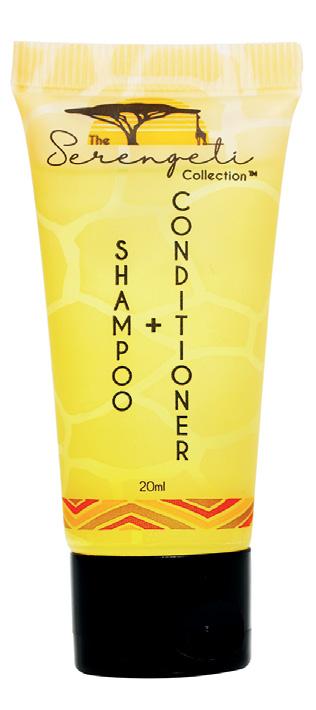
• Rapidly attacks soil and makes cleaning easier
• Contains no chlorine and rinses free with no residue
• Soft and mildly abrasive

• Fresh lemon perfume
Agar Cleaning Systems
1800 301 302 sales@agar.com.au agar.com.au
Serenity Collection
Cleanstar’s luxury hotel guest amenities brand Serengeti Collection has launched a new range of pump bottles under the Serenity Collection name, along with a new packaging design. The original Serenity Collection range includes shampoos, conditioners, soaps, body lotion, slippers, vanity kits, toothbrushes, shower caps, sanitary bags, and dishwashing liquid. The Serengeti Collection features a classic design and invigorating exotic modern flower fragrance. It is ideal for all hotel and hospitality industries including hotels, B&Bs, motels, and resorts.
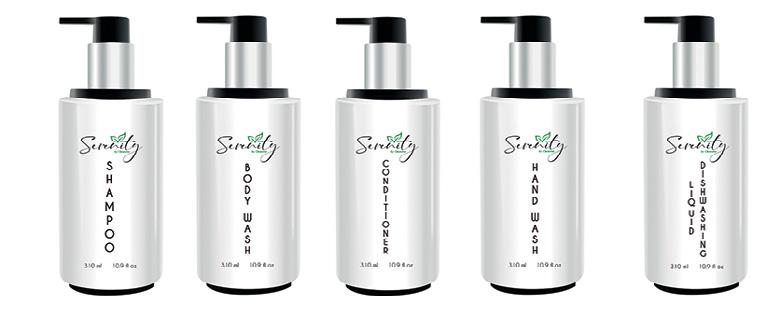
Cleanstar
03 9460 5655
sales@cleanstar.com.au
www.cleanstar.com.au
Polivac Mini Terminator
The Polivac Mini Terminator has been meticulously designed to deliver powerful performance and provide portability for small-scale carpet cleaning and upholstery cleaning. The heart of the Mini Terminator is a 220 psi Aquatec diaphragm pump. Other key features:
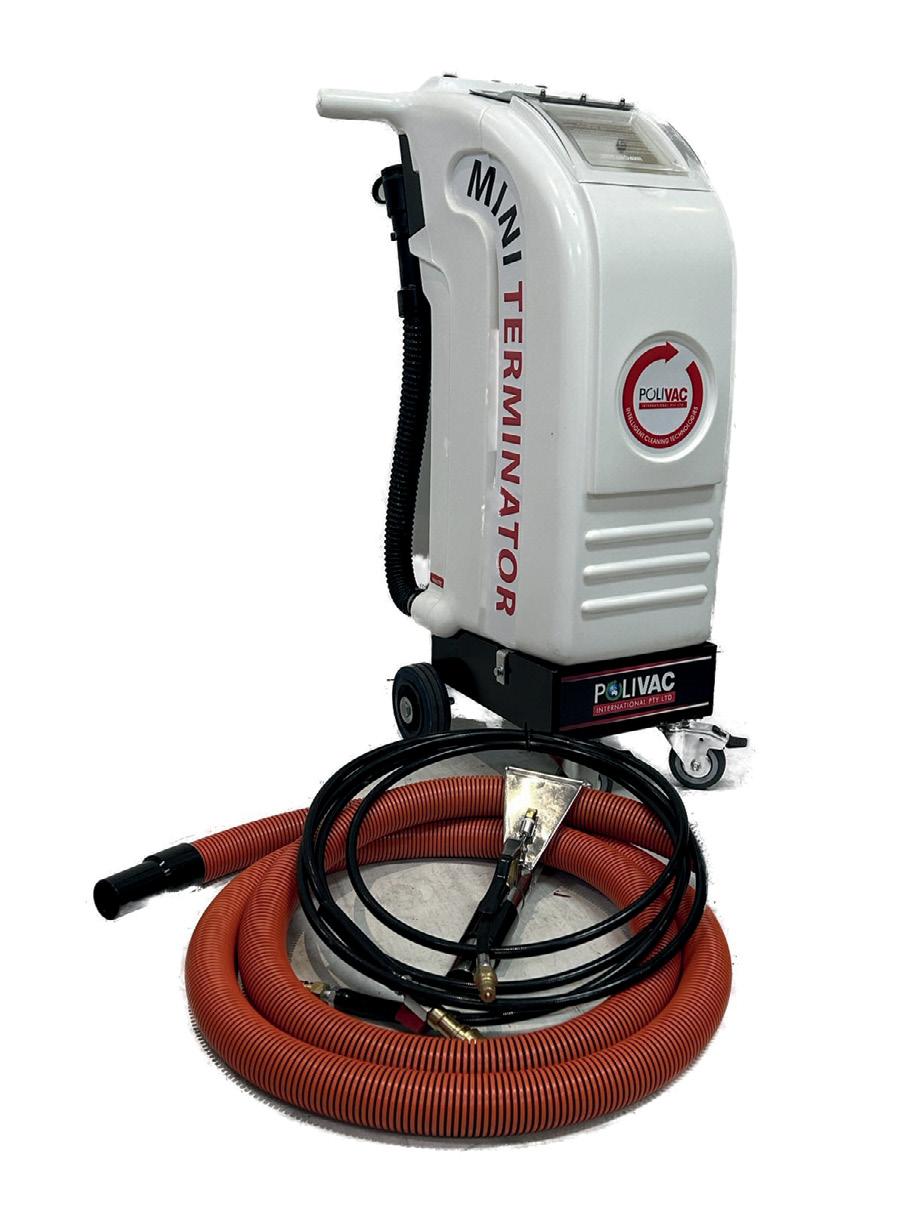
• 1100W Ametek Vacuum motor deliver vibration-free, low-noise extraction power in a minimum profile body (1 x vacuum motors: two-stage 1100W)
• LDPE body (20-litre solution and 20-litre recovery tank) and mild steel frame which creates an ultra-strong and light weight machine, ensuring longevity and easy serviceability
• Low and high-water level cutoff switches on solution and recovery tanks respectively
• Heavy duty non marking wheels at rear and lockable non marking castor wheels at front
• Comes with 3m hose kit and stainless-steel upholstery tool, optional two jet wand available
Polivac International Contact nearest distributor
www.polivac.com.au
84 INCLEAN Jul / Aug 2023 PRODUCTS
EarthSmart Total Bathroom Cleaner

EarthSmart Total

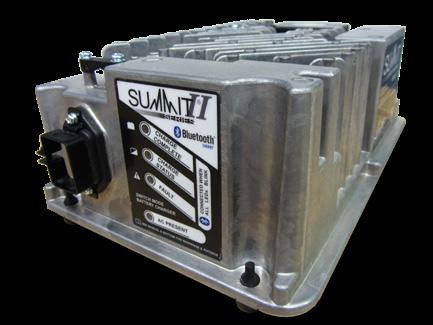
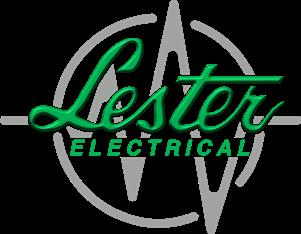
Bathroom Cleaner is a readily biodegradable, nonhazardous cleaner for use in all areas of the bathroom. This includes toilets, showers, sinks, floors and walls.
• Non-hazardous and non-toxic*
• Chlorine and phosphate free
• Outstanding finish results
* In accordance with the Globally Harmonised System of Classification and Labelling (GHS)

Whiteley Corporation
1800 833 566
CCS Janitor Cart – 100% recycled plastic
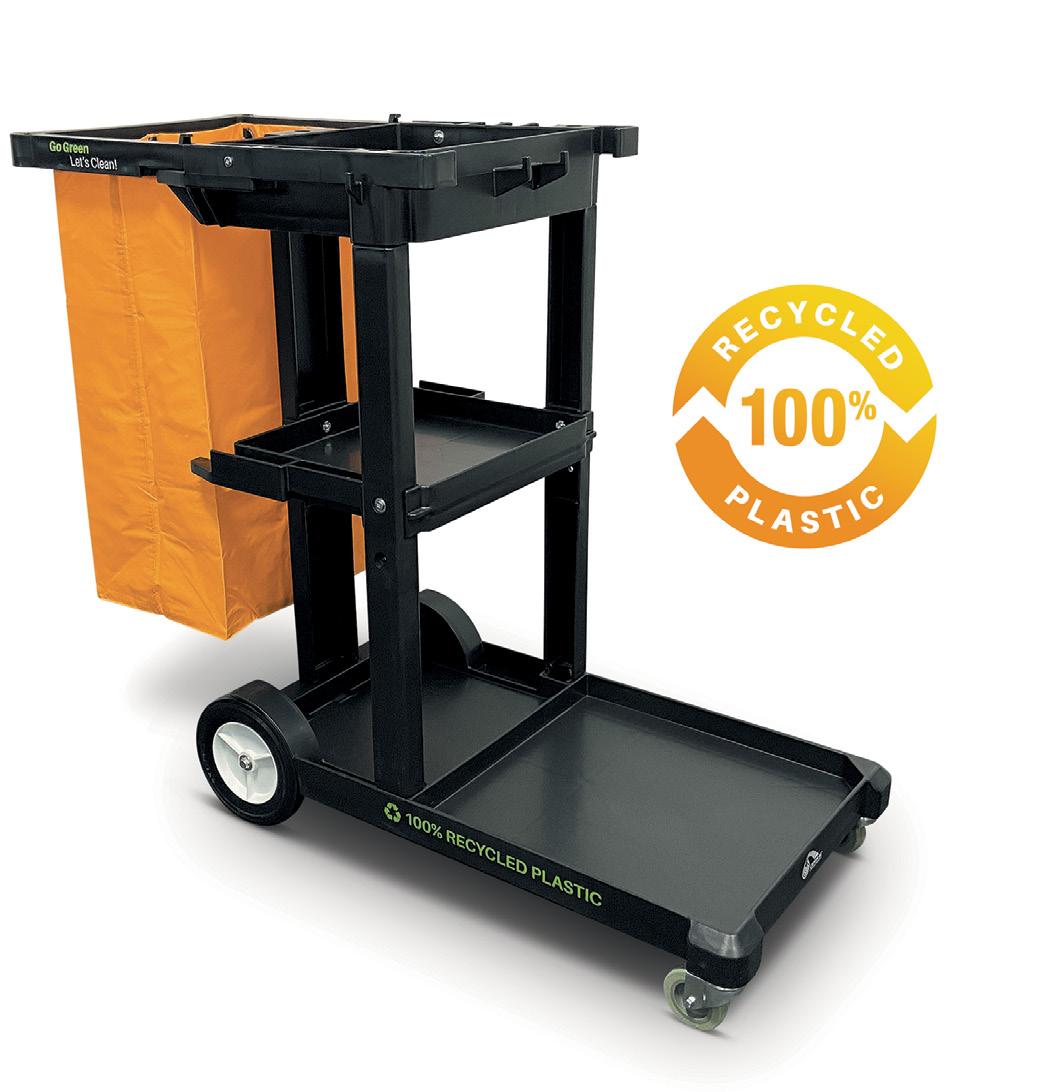

The new Janitor Cart from Central Cleaning Supplies, with its many features, is not only perfect for assisting professional cleaner, it is also great for the environment and sustainability as it contains 100 per cent recycled plastic. Easy and efficient transportation of buckets, mops, brooms, chemicals, cloths and all your cleaning essentials.
• Complete with bag
• Tough sturdy construction.
• Easy manoeuvrability with swivel front wheels
• Custom branding with black bags optional
Central Cleaning Supplies
1300 347 347
sales@centralcleaning.com.au www.centralcleaning.com.au

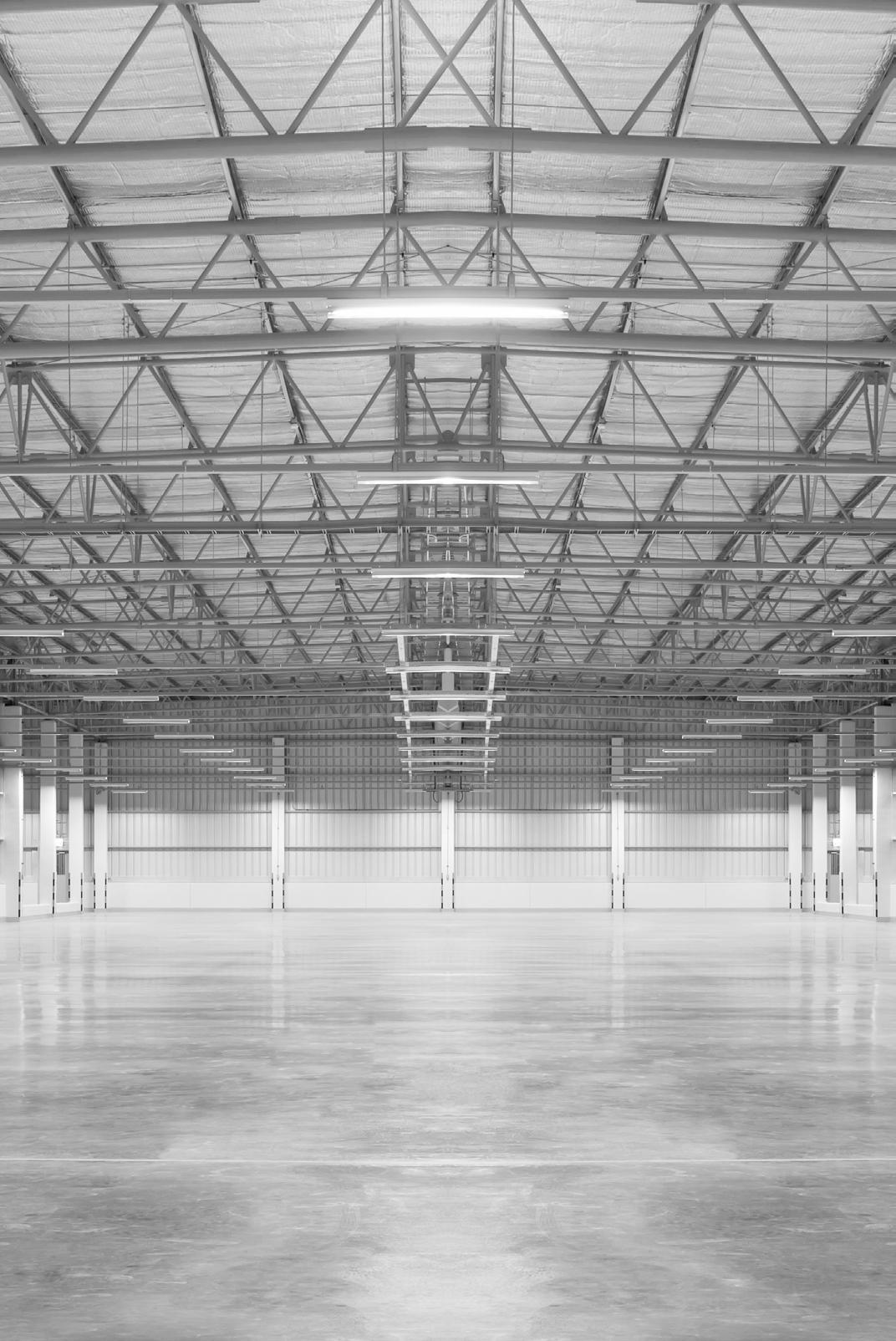
marketing@whiteley.com.au www.whiteley.com.au e:sales@robotfactory.com.au
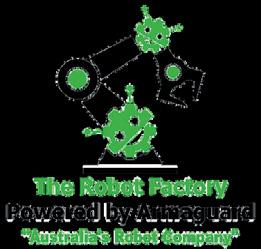
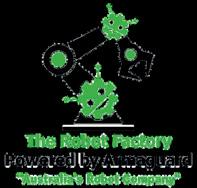
Cleaning Robots
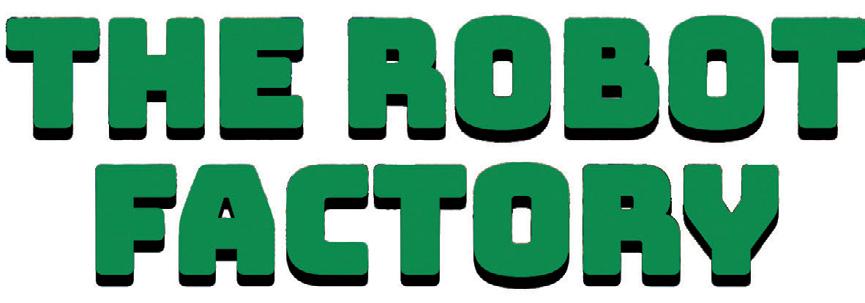
/ R&J Batteries PTY LTD / www.rjbatt.com.au / 1300 769 282 SUMMIT SERIES II 650W and 1050W LESTER INDUSTRIAL BATTERY CHARGERS • Bluetooth Communication • Cloud Connectivity
Best in Class Efficiency
Intelligent Performance
Extended Warranty
Versatile Use
•
•
•
•
w:robotfactory.com.au p:1800 566 110 Industry-Leading Navigation Algorithm
Mobile App Smart Cloud Platform Fully Unmanned Operation Contact Us sales@therobotfactory.com.au 1800 566 110 C Clleeaanniinng g R Roobbootts s Now supported with "bank-grade" support.Industry-Leading Navigation Algorithm
Mobile App Smart Cloud Platform Fully Unmanned Operation Contact Us sales@therobotfactory.com.au 1800 566 110 C Clleeaanniinng g R Roobbootts s Now supported with "bank-grade" support. Industry-Leading Navigation Algorithm User-Friendly Mobile App Smart Cloud Platform Fully Unmanned Operation Contact Us sales@therobotfactory.com.au 1800 566 110 C Clleeaanniinng g R Roobbootts s Now supported with "bank-grade" support. Industry-Leading Navigation Algorithm User-Friendly Mobile App Smart Cloud Platform Fully Unmanned Operation Contact Us sales@therobotfactory.com.au C Clleeaanniinng g R Roobbootts s Now supported with "bank-grade" support. ‘Bank Grade’ Support for robots
User-Friendly
User-Friendly
www.incleanmag.com.au 85 PRODUCTS
MotorScrubber SHOCK available for pre-order
SHOCK, MotorScrubber’s latest invention, is preparing to launch pre-orders for customers in Australia. The lowest profile floor scrubbing machine in the world, it delivers a ground-breaking clean on both smooth and lightly textured floors. Using oscillating shockwave technology, it is set to transform the way the industry cleans detailed areas, such as edges, corners, baseboards and stairs. SHOCK is in the final stage of preproduction. Designed, manufactured and assembled in the UK, complete machines will be arriving in Australia in Q3 2023. Visit www.motorscrubber.com to book your demo.
MotorScrubber
www.motorscrubber.com
Phantas
Phantas is an Al-powered floor cleaning robot designed for small- and medium-sized commercial facilities, particularly office buildings. It integrates four cleaning modes and all kinds of latest technology breakthroughs to deliver a highly productive and cost-effective all-in-one cleaning solution.
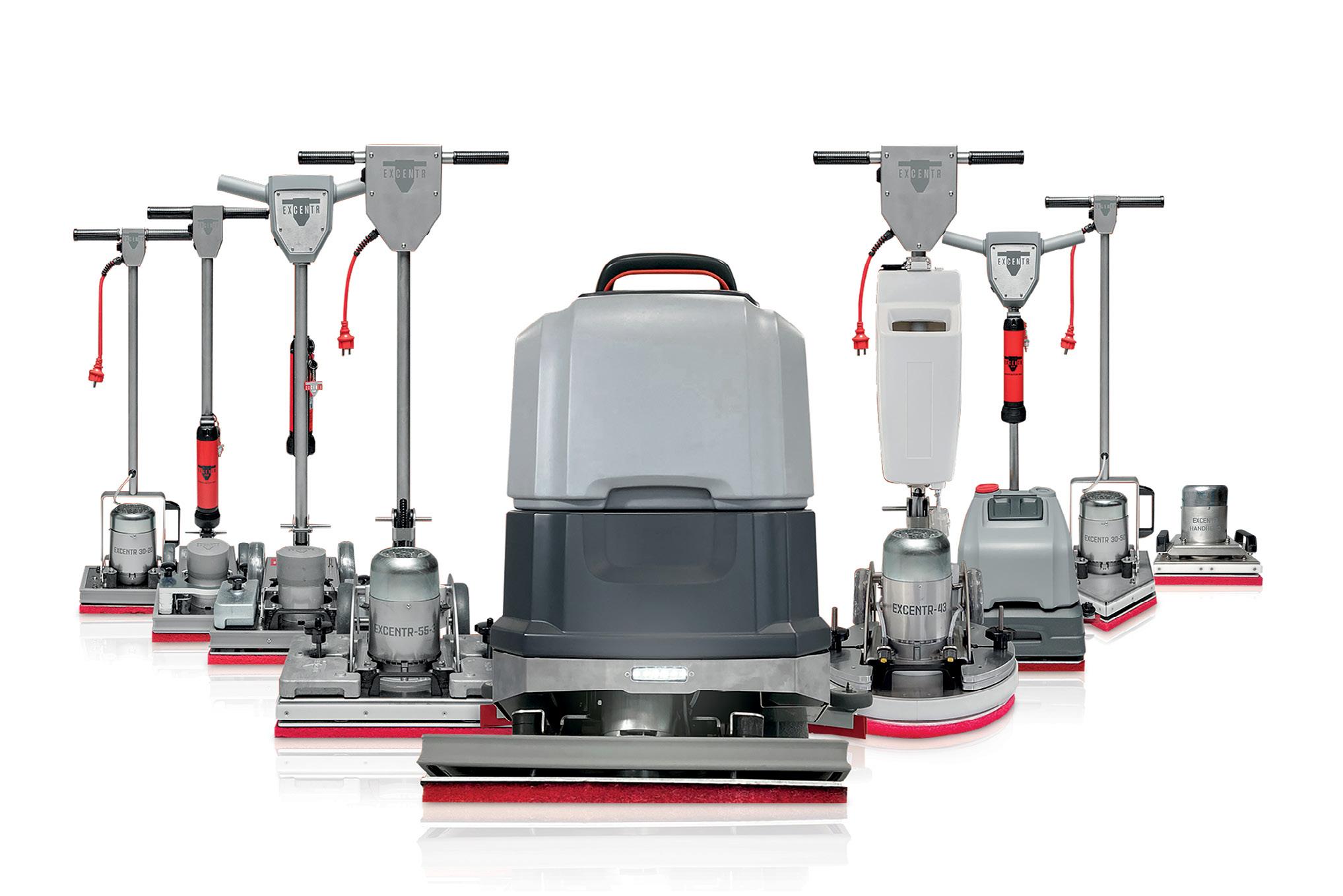
With its compact size, the robot can effortlessly pass through and clean narrow aisles and under-table areas. Backed by the side brush and highprecision sensors, Phantas is able to clean along the edges 0cm close.
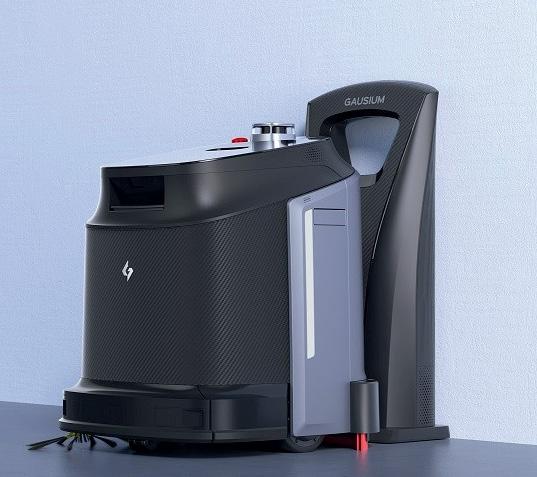
The Robot Factory
1800 566 110
Sales@TheRobotFactory.com.au
Excentr Floor Scrubber/Polishers
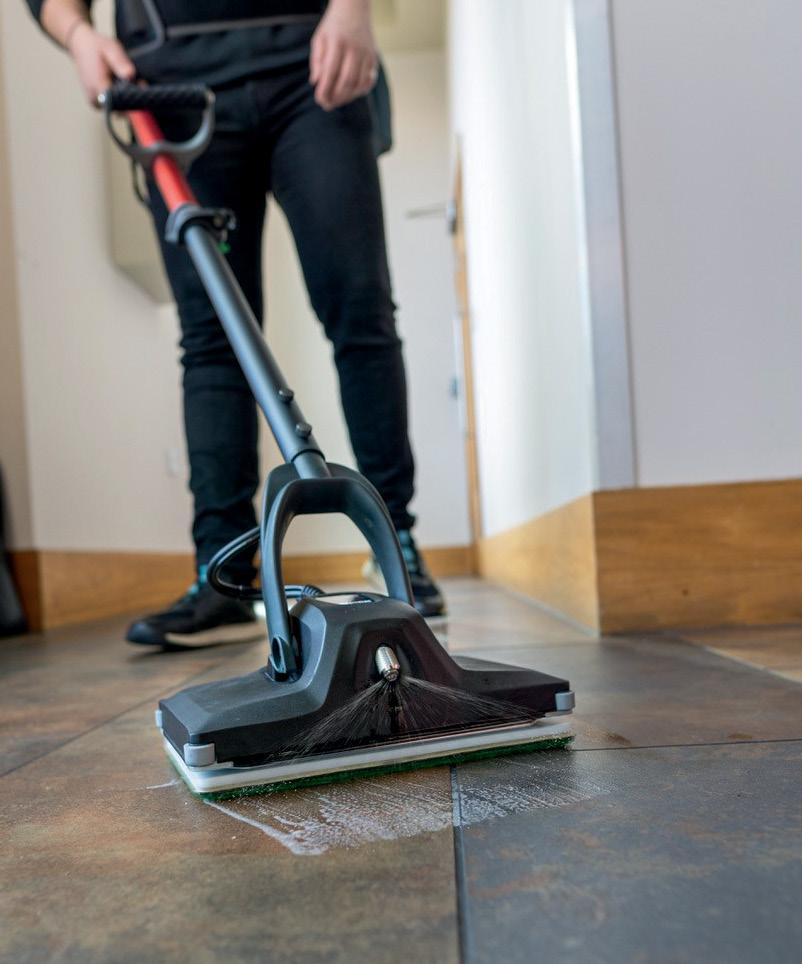
Excentr are powerful and efficient scrubber/polishers made in The Netherlands using quality material such as stainless steel. Excentr are exceptional cleaning machines thanks to the The Excentr Method, which consists of 5 benefits;
• Up to four times faster based on movements of 2850 rpm in small circles of 7mm
• A unique design using rectangular and special shape machines.
• Ergonomic and user-friendly
• Environmentally friendly with a focus to reduce chemical consumption
• Deep cleaning using short 7mm circular movements Free demonstration available.
Central Cleaning Supplies
1300 347 347 sales@centralcleaning.com.au www.centralcleaning.com.au
86 INCLEAN Jul / Aug 2023 PRODUCTS
Dish-Kleena
Dish-Kleena is a GECA-certified dishwashing detergent made from plant-based ingredients. It provides an exceptional clean that removes oils, fats, grease, protein and food scraps easily and leaves your dishes sparkling without drying out your skin. This highfoaming, neutral and concentrated detergent has been specially formulated to be environmentally preferable and economical, minimising the cost to the environment and your pocket.
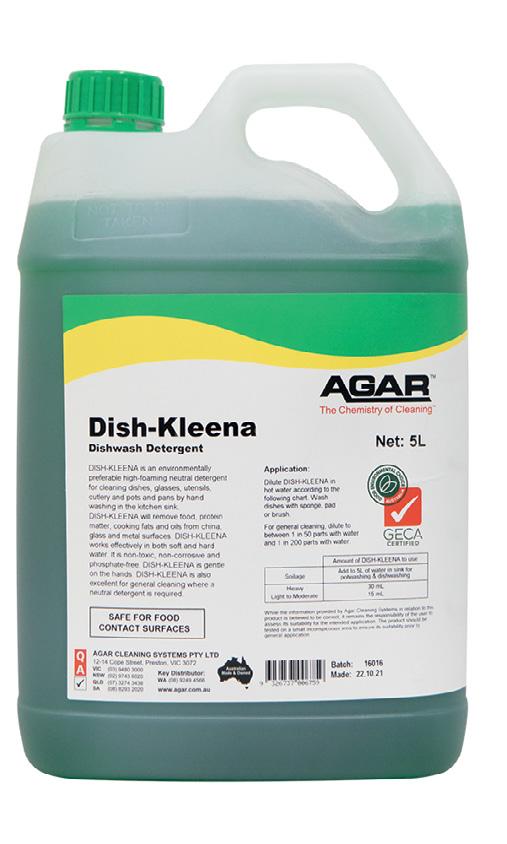
• GECA-certified environmentally preferable

• Removes all oils, fats, grease, and food scraps easily
• Gentle on hands – can’t be beaten for dishwashing
• Very economical to use
• Fresh lemon fragrance
Agar Cleaning Systems
1800 301 302 sales@agar.com.au agar.com.au
Camill Electric Utility Vehicles
Meet the fleet of Camill Electric Utility Vehicles. They are environmentally friendly and helps to minimise our carbon footprint. Noise levels are also greatly reduced during operation. What really sets this fleet apart is the extensiveness of the range, from transport vehicles, to sweepers, to garbage trucks and pressure washers. Each category also comprises of various models to fit different job requirements. No matter the job or the size, there’s bound to be a Camill Electric Utility Vehicle that can help make heavy work easy on your site. Free demonstration and custom branding available.
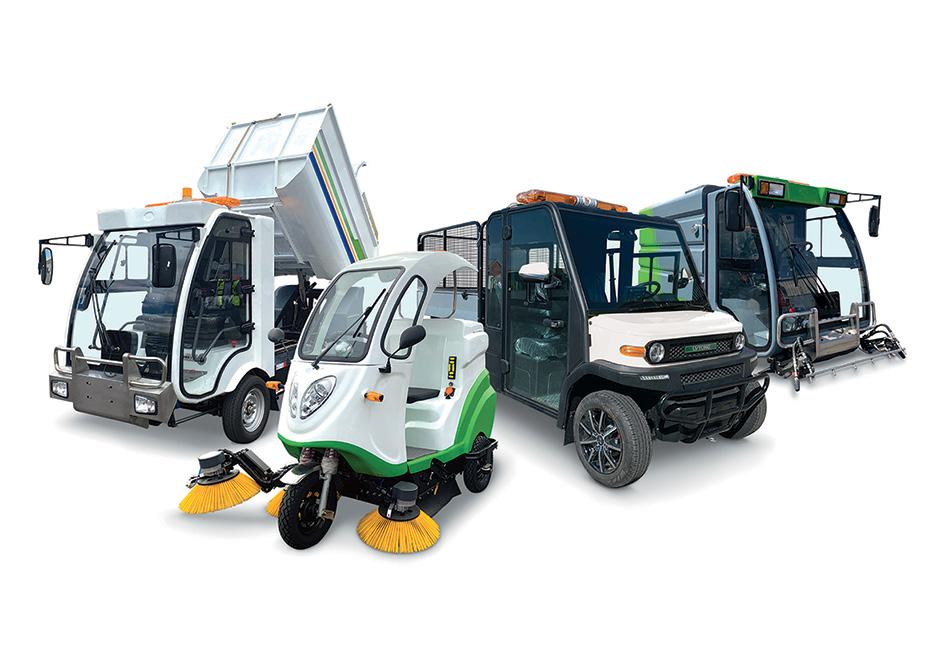
Central Cleaning Supplies
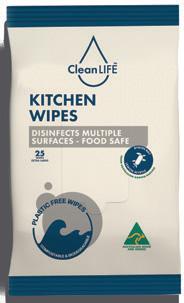
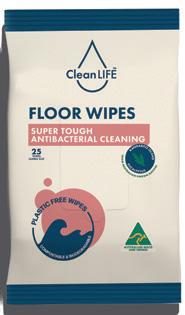

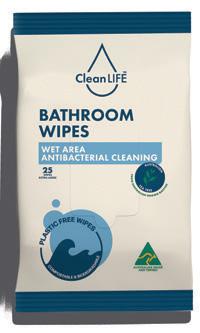
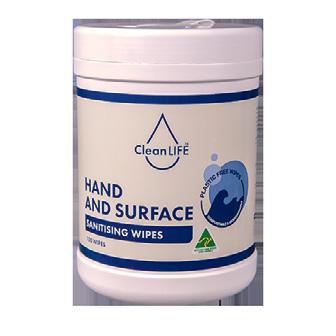
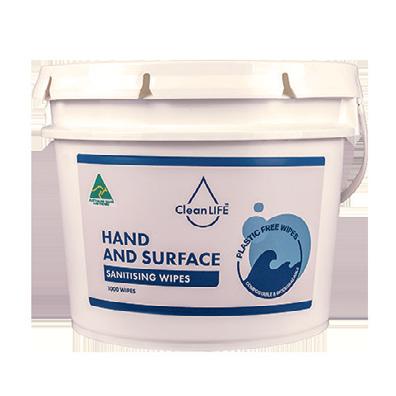

1300 347 347
sales@centralcleaning.com.au www.centralcleaning.com.au
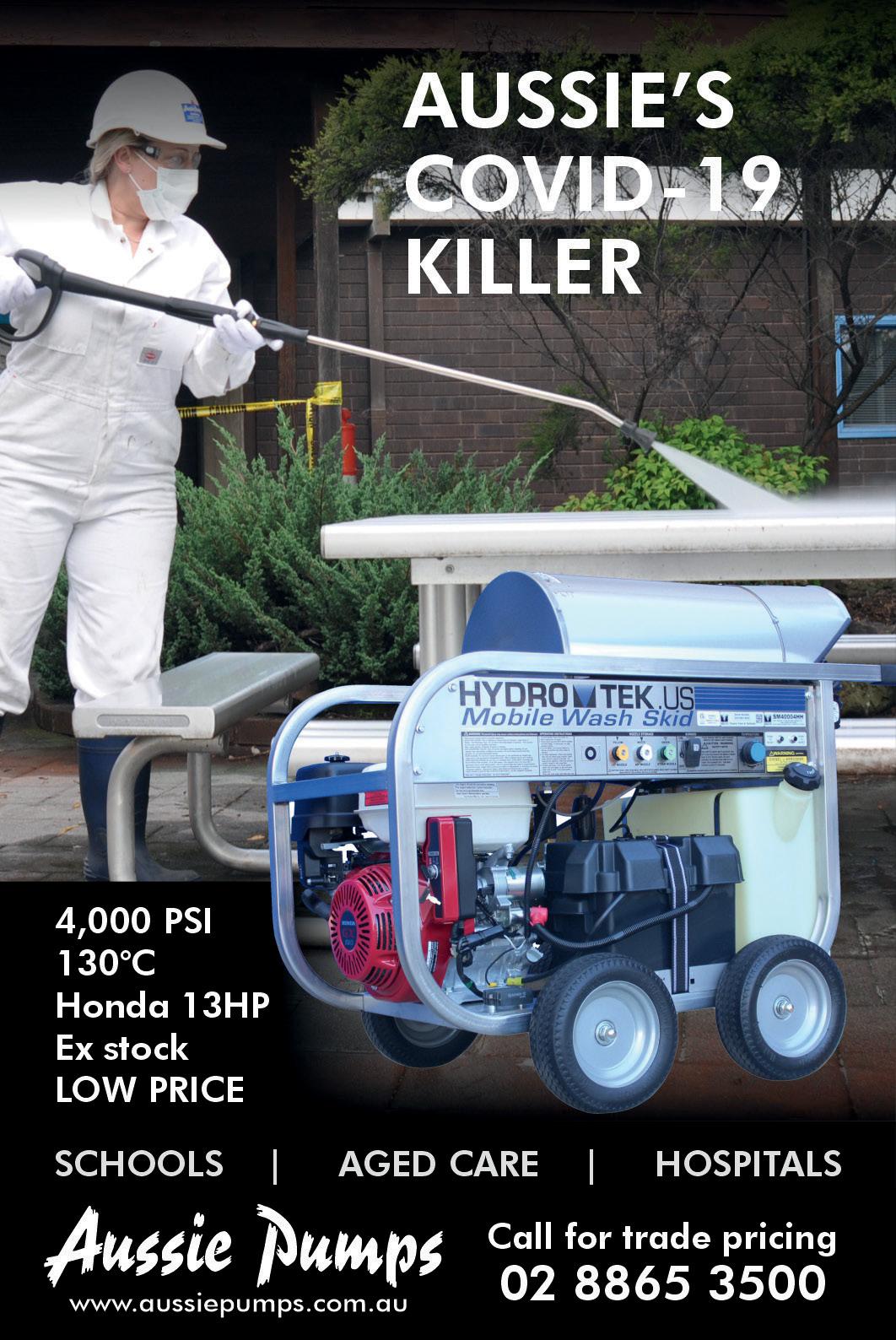
www.incleanmag.com.au 87 PRODUCTS
Sabco Ultraclean Microfiber Antibacterial Flat Mop Pads
Sabco Ultraclean Microfiber Antibacterial Flat Mop Pads offer multiple benefits for cleaning surfaces. Currently used in leading hospitals and other facilities, they have the following benefits:
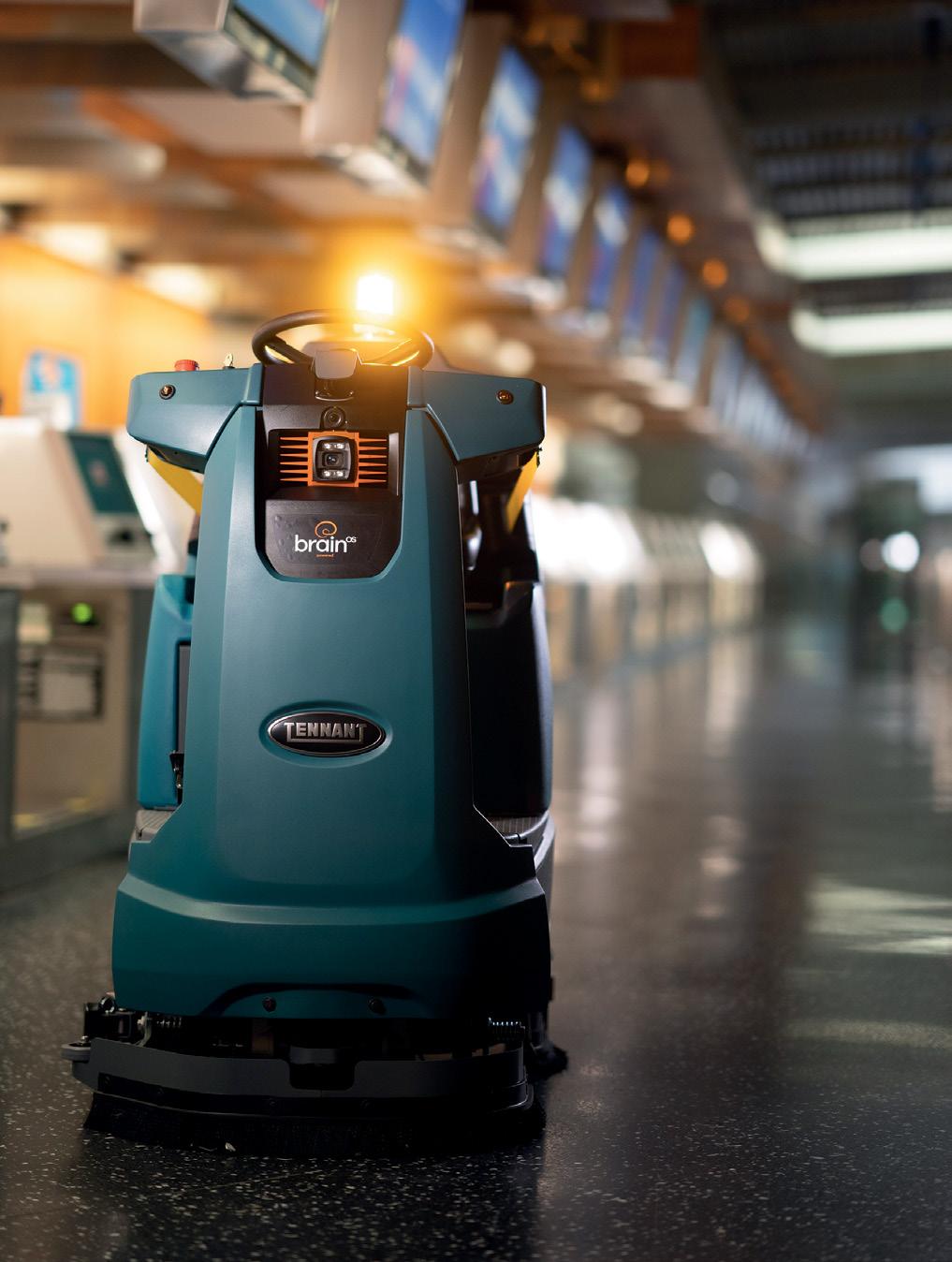
• Twist pile microfibre that affectively removes microbes, dirt, dust, and grime
• Highly absorbent
• Bleachable
• Able to be washed up to 500 times and laundered up to 90 degrees
• The unique pre antibacterial treatment helps to prevent the growth of bacteria
• Independently laboratory tested, for its effectiveness against Staphylococcus aureus, Pseudomonas aeruginosa, E.coli, Enterococcus hirae, VRE and the approved TGA Covid-19 surrogate Murine hepatitis
Request a free sample by emailing Sabco.commercial@sabco.com.au
Sabco Professional www.sabco.com.au
BrainOS® Automation Platform
The BrainOS® Automation Platform is the most proven AI platform for automating time-consuming tasks like cleaning floors and scanning shelves, while also unlocking operational intelligence so people at all levels of an organisation can work smarter. BrainOS is the number one choice of companies looking to build more productive and sustainable teams with autonomous mobile robots, powering more than 28,000 robots across the globe in stores, malls, warehouses, airports, schools, and more.
Brain Corp
www.braincorp.com
Wet Umbrella Dryer Australia
WUDA-1200
The first and only wet umbrella dryer to be manufactured in Australia. Locally manufactured, Wet Umbrella can offer a truly sustainable product with closed loop recycling available for the body of the machine. Unique features include:
• All panels are made from recyclable HDPE
• Side panels and pads are fully ventilated to assist in the drying process
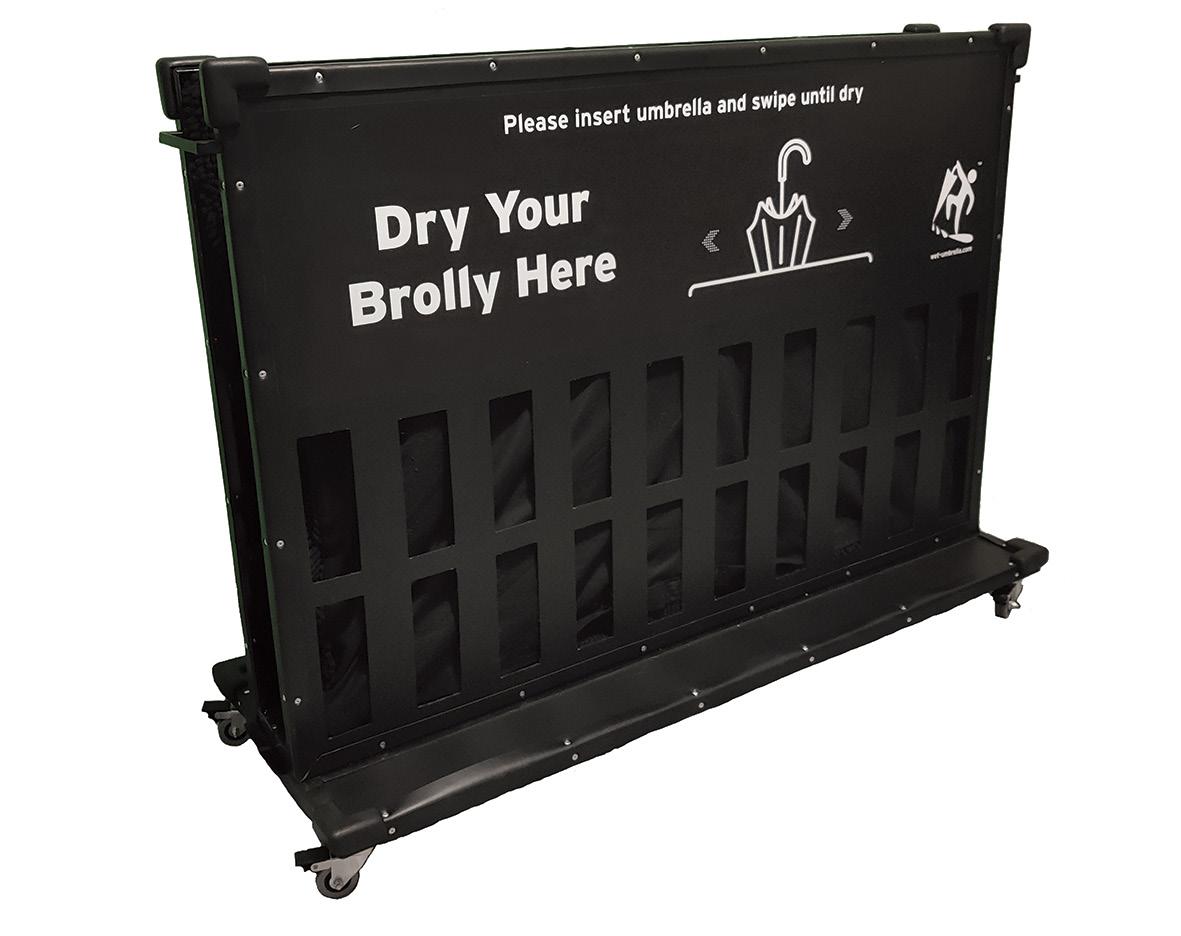
• Flat packed, can be sent with standard courier services Australia wide
• Handles for lifting or moving also used as reinforcement to panels
• Splash panels on the ends, no mat necessary under machine
• Five-year warranty
• Washable microfiber pads
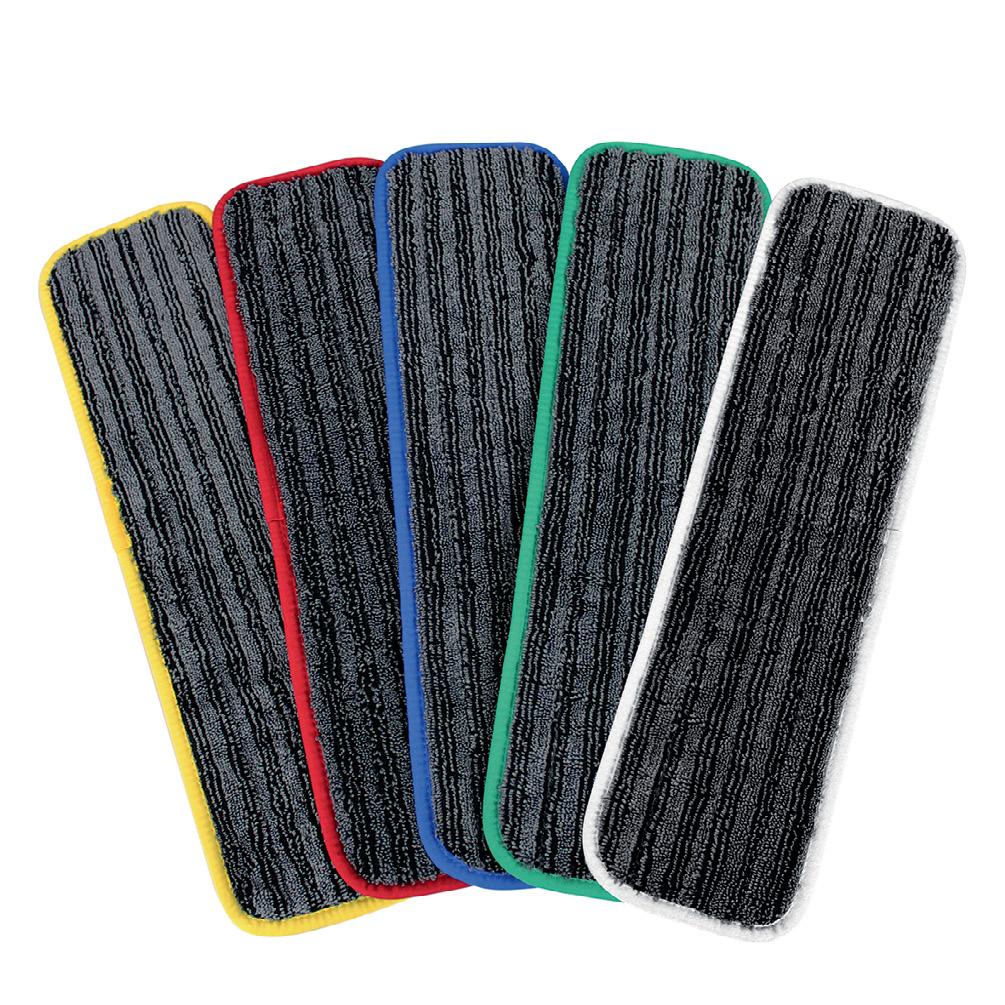
Wet Umbrella 0466 278 782
info@wet-umbrella.com
www.wet-umbrella.com
PRODUCTS 88 INCLEAN Jul / Aug 2023
Cleanstar Sprintus SE7 Spray Extraction Cleaner


Available from Cleanstar, the Sprintus SE7 Spray Extraction Cleaner features a separate anti-foaming tank. The machines provides thorough cleaning through the four-bar spray pressure and 230 mbar suction power and features removeable clean water and wastewater tanks (6.5-litre capacity each) for easy filling and emptying. The Sprintus SE7 Spray Extraction Cleaner offers maximum 1100-watt power, power pump 50W, and features a 2.5-meter suction/solution hose, three-piece floor wand (250mm wide), and 7.5-meter power cord.
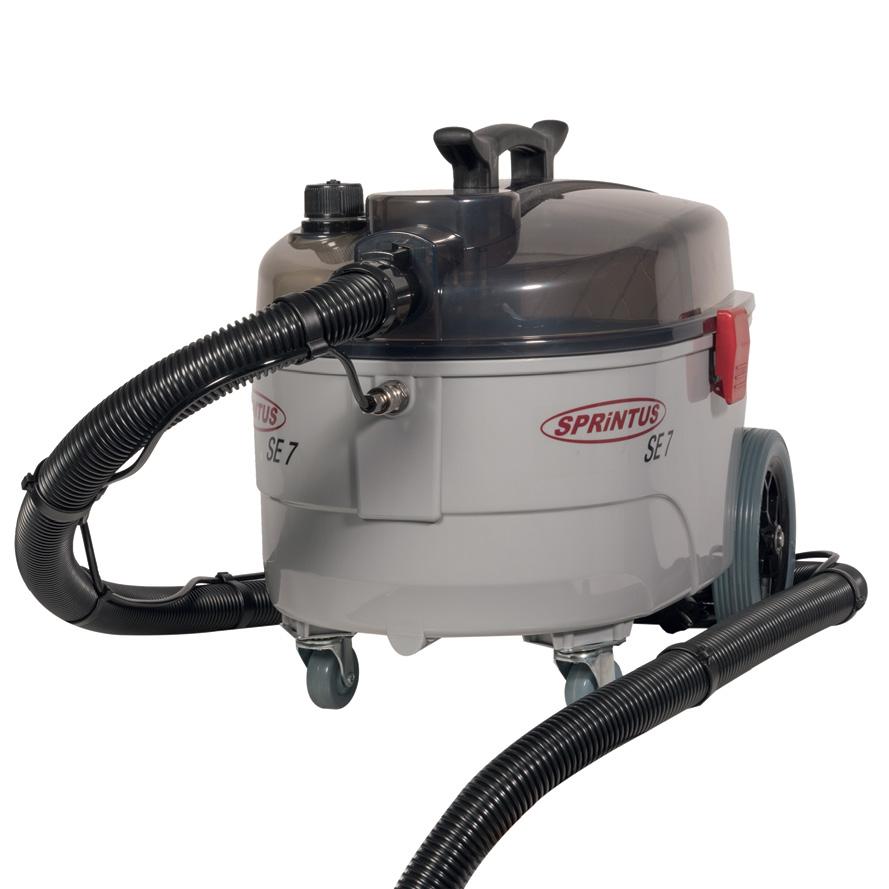
Cleanstar






03 9460 5655


sales@cleanstar.com.au
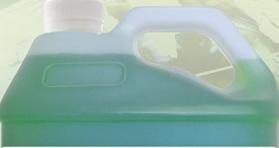
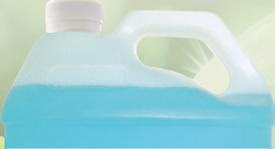
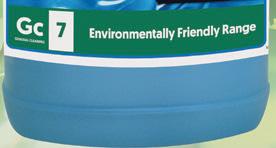
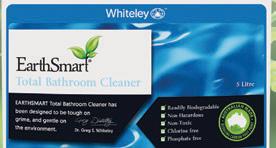
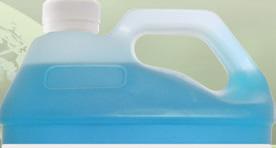







www.cleanstar.com.au
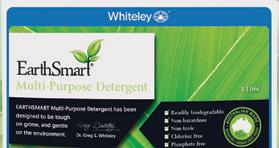
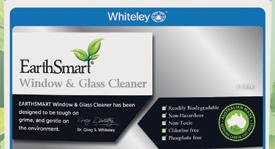


Comac Vispa XS


The Comac Vispa XS, complete with nylon brush, is the revolutionary walk-behind floor scrubber, ideal for use in restaurants, bars, and fast food outlets. The innovative rotary head features parabolic squeegees for targeted cleaning and drying, preventing any slipping risks and hazards whilst you clean. It is both lightweight and foldable, meaning it is easily transportable. The Vispa XS is powered by a lithium-ion battery which gives a run time of up to 1 hour, and is eco- friendly.

Godfreys Commercial 1800 314 580
www.godfreyscommercial.com.au


Part of the family www.incleanmag.com.au 89 PRODUCTS
Bonastre Pads
Polish floors in three easy steps, only with water. No harsh chemicals, just a combination of unique pads impregnated with diamond particles, and water – that’s the secret of Bonastre Pads success in creating mirror finish floors, in just three easy steps Easy to use with most floor machines, simply attached the graded coloured pads and follow the easy steps to rejuvenate worn floors to a sparkling gloss shine. Environmentally friendly and available in many sizes. Onsite demonstration available.

Central Cleaning Supplies
1300 347 347
sales@centralcleaning.com.au
www.centralcleaning.com.au
KIRA B 50 cleaning robot

Introducing Kärcher’s KIRA B 50 cleaning robot - the ideal solution for cleaning floors in medium to large sized areas. With the latest technology and multi-sensor system, this fully autonomous scrubber dryer robot can efficiently clean designated areas, freeing up your cleaning team to focus on more complex tasks. With roller brush technology and a side brush for edge cleaning, the KIRA B 50 ensures excellent cleaning results while reducing the need for manual prep and follow-up work. Plus, with its intuitive touch display and web portal connectivity, you can easily manage and monitor your cleaning robot from anywhere. Kärcher’s commitment to safety and data protection is validated by independent bodies, making KIRA B 50 the perfect addition to any cleaning team.
Kärcher Australia
1800 675 714
professionalcare@au.karcher.com
www.karcher.com.au
EarthSmart MultiPurpose Detergent
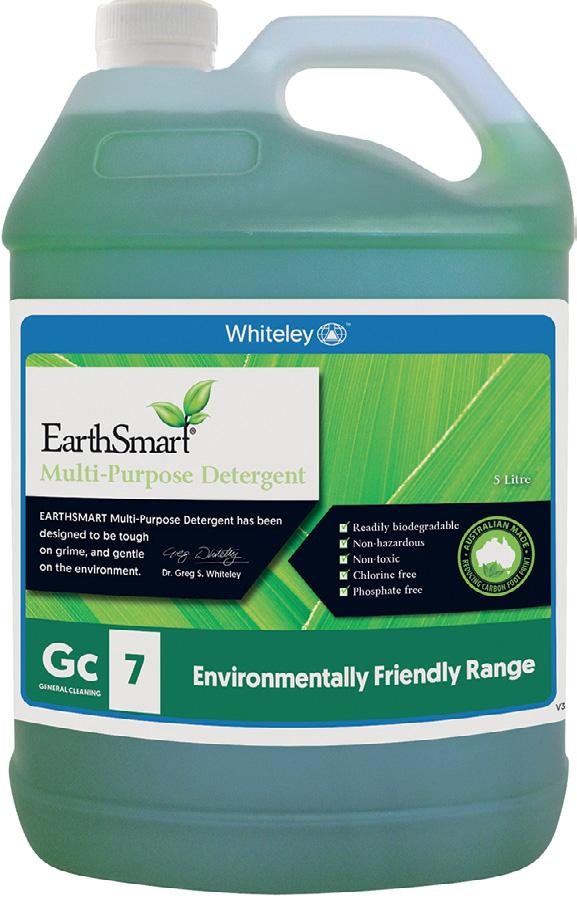
EarthSmart Multi-Purpose
Detergent is a readily biodegradable, nonhazardous dilutable detergent for use on floors, walls, bench tops, countertops, sinks, and other surfaces.
• Non-hazardous and non-toxic
• Chlorine and phosphate free
• Concentrated formula
* In accordance with the Globally Harmonised System of Classification and Labelling (GHS)
Whiteley Corporation
1800 833 566
marketing@whiteley.com.au
www.whiteley.com.au
90 INCLEAN Jul / Aug 2023 PRODUCTS

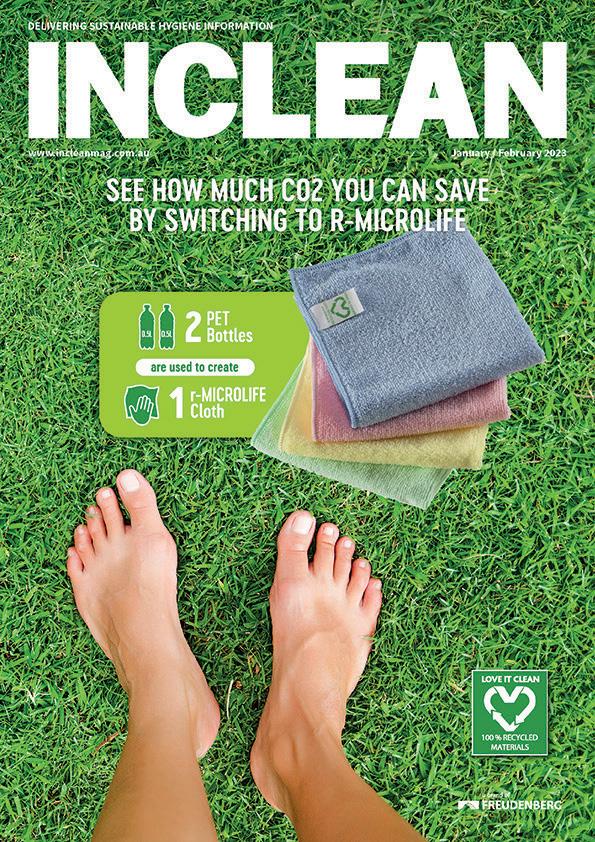






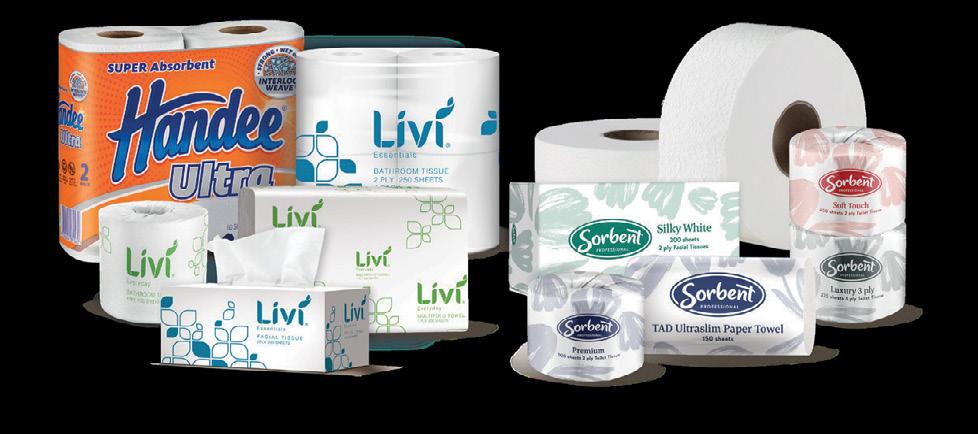

www.incleanmag.com.au Subscribe NOW Stay up to date with the latest news and events in the cleaning industry Sustainable SUPPLY SOLUTIONS Cleaning • Packaging • Catering • Safety www.rapidclean.com.au DELIVERING SUSTAINABLE HYGIENE INFORMATION www.incleanmag.com.au March / April 2023







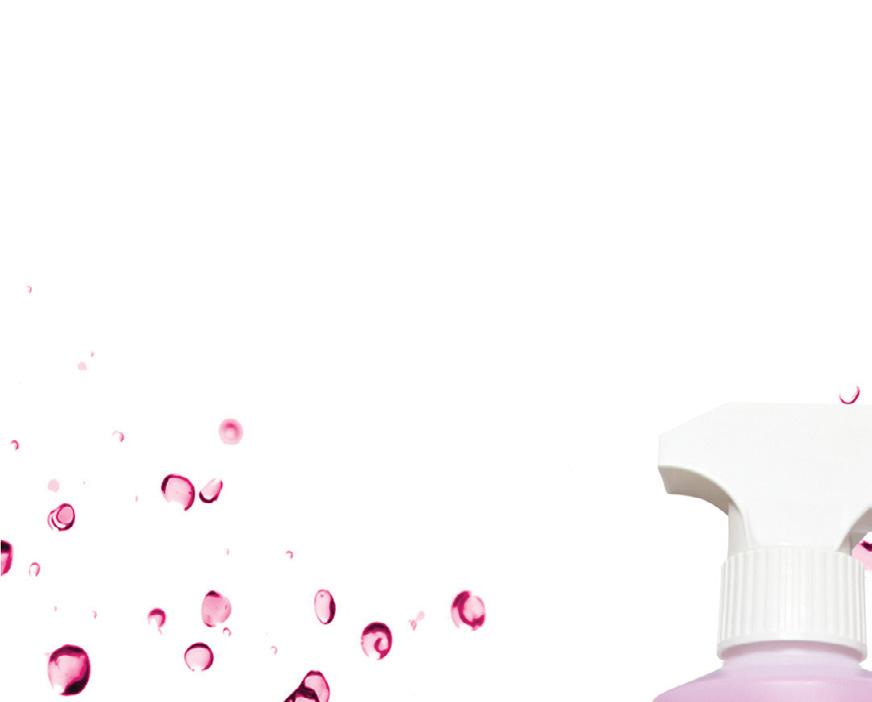
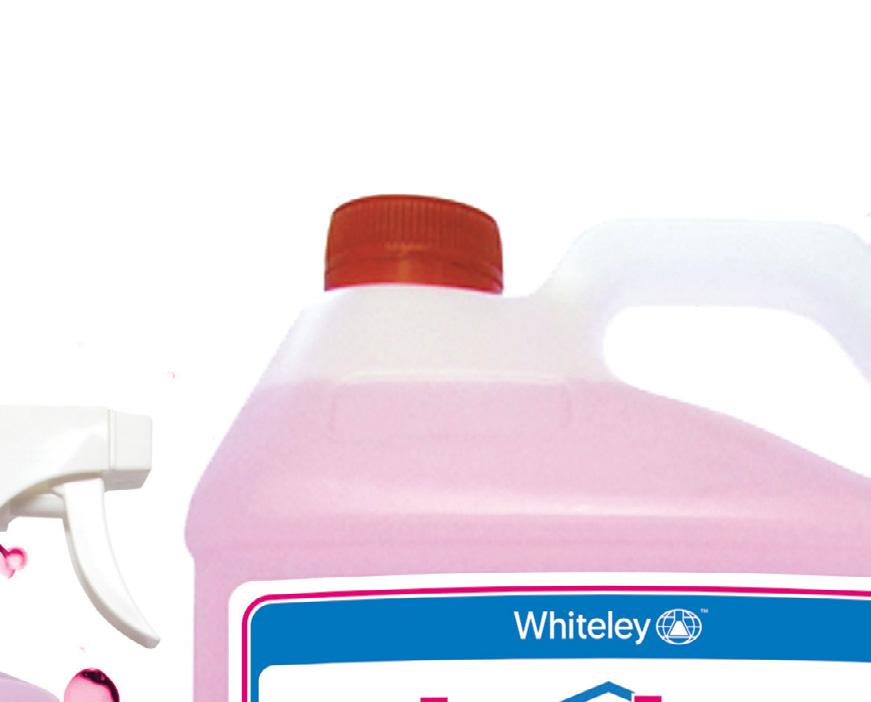

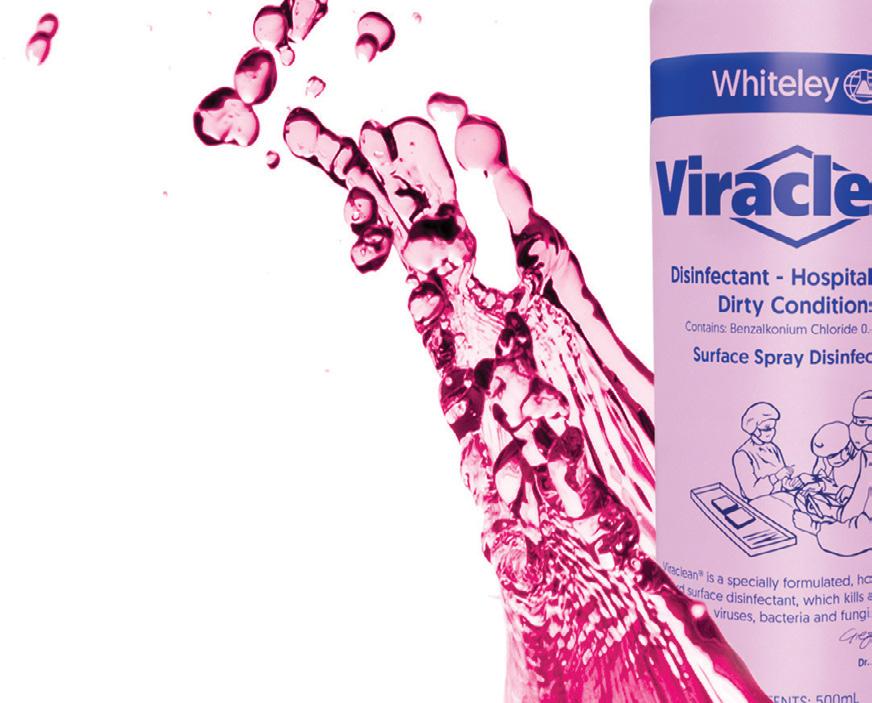

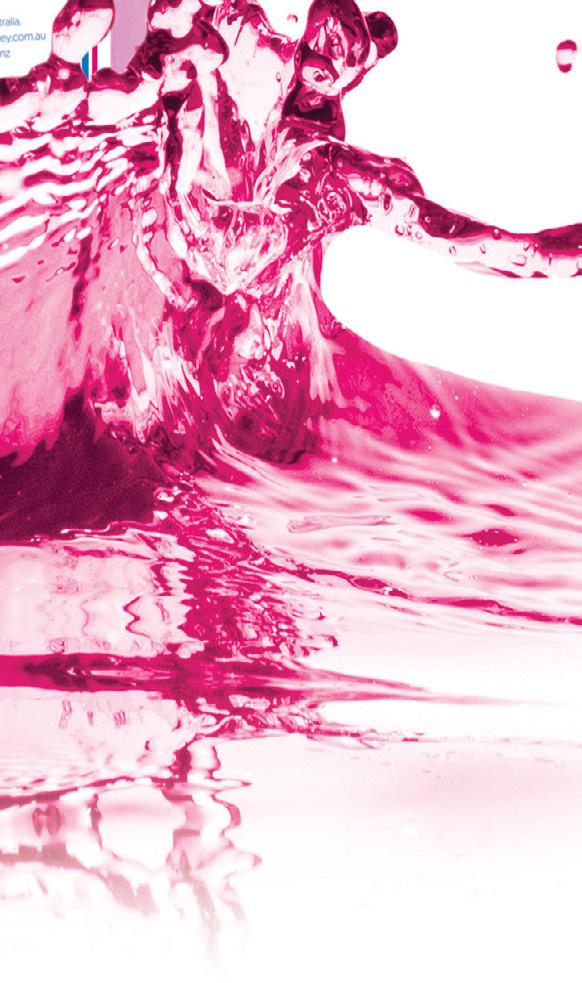
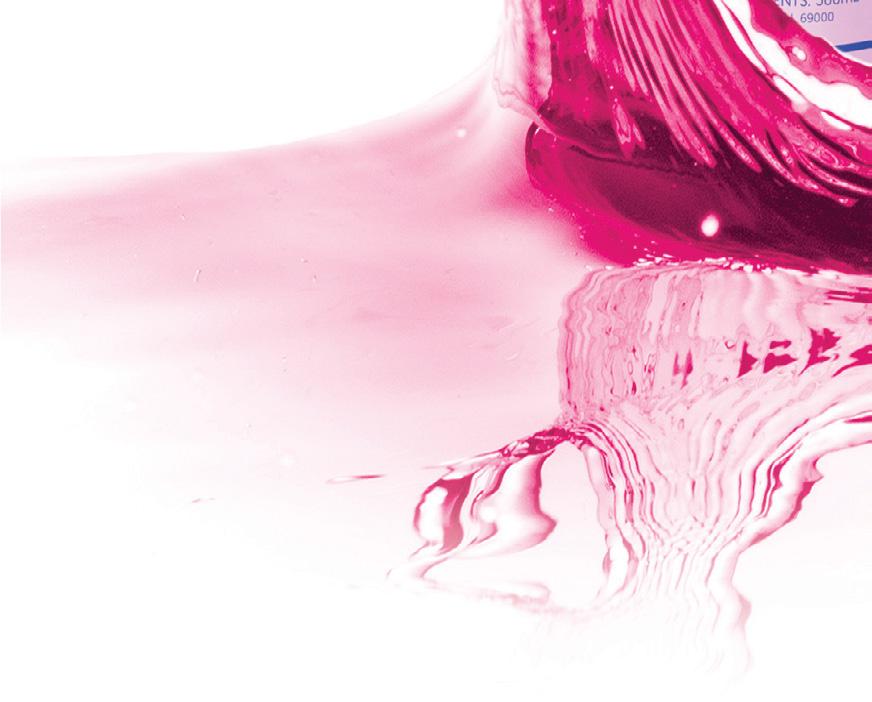
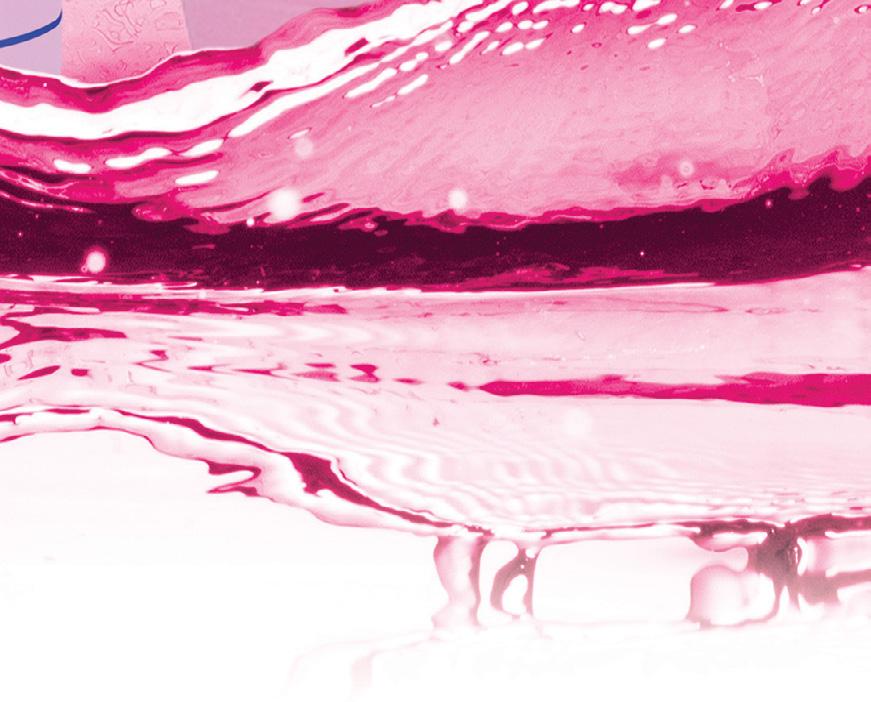




























www.whiteley.com.au Protecting lives and livelihoods since 1933 ™





































































































































 Sabco Professional Sales Director, Gerard Searl
Sabco Professional Sales Director, Gerard Searl





































































































 Words Tim Poskin
Words Tim Poskin





















































































































